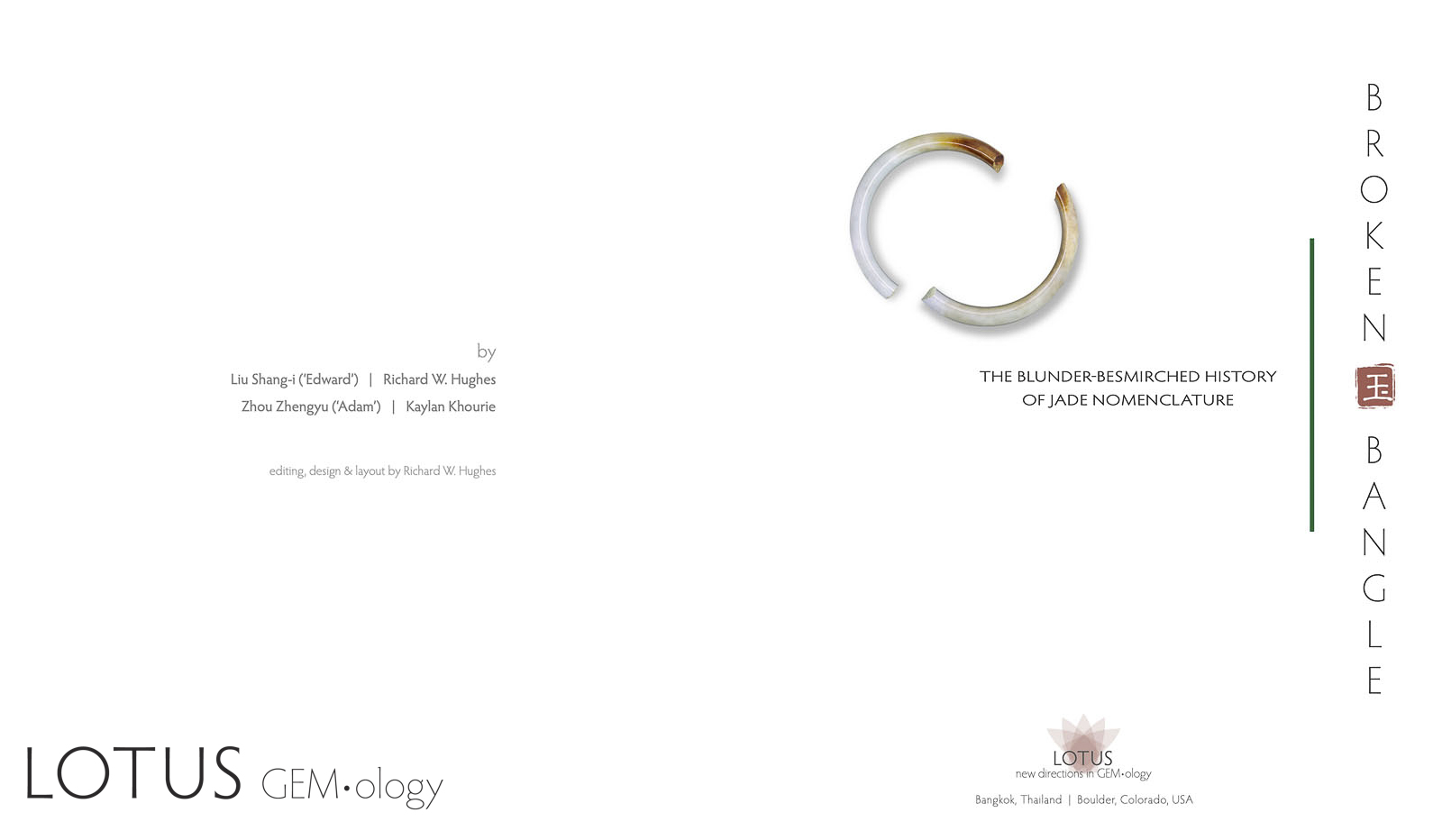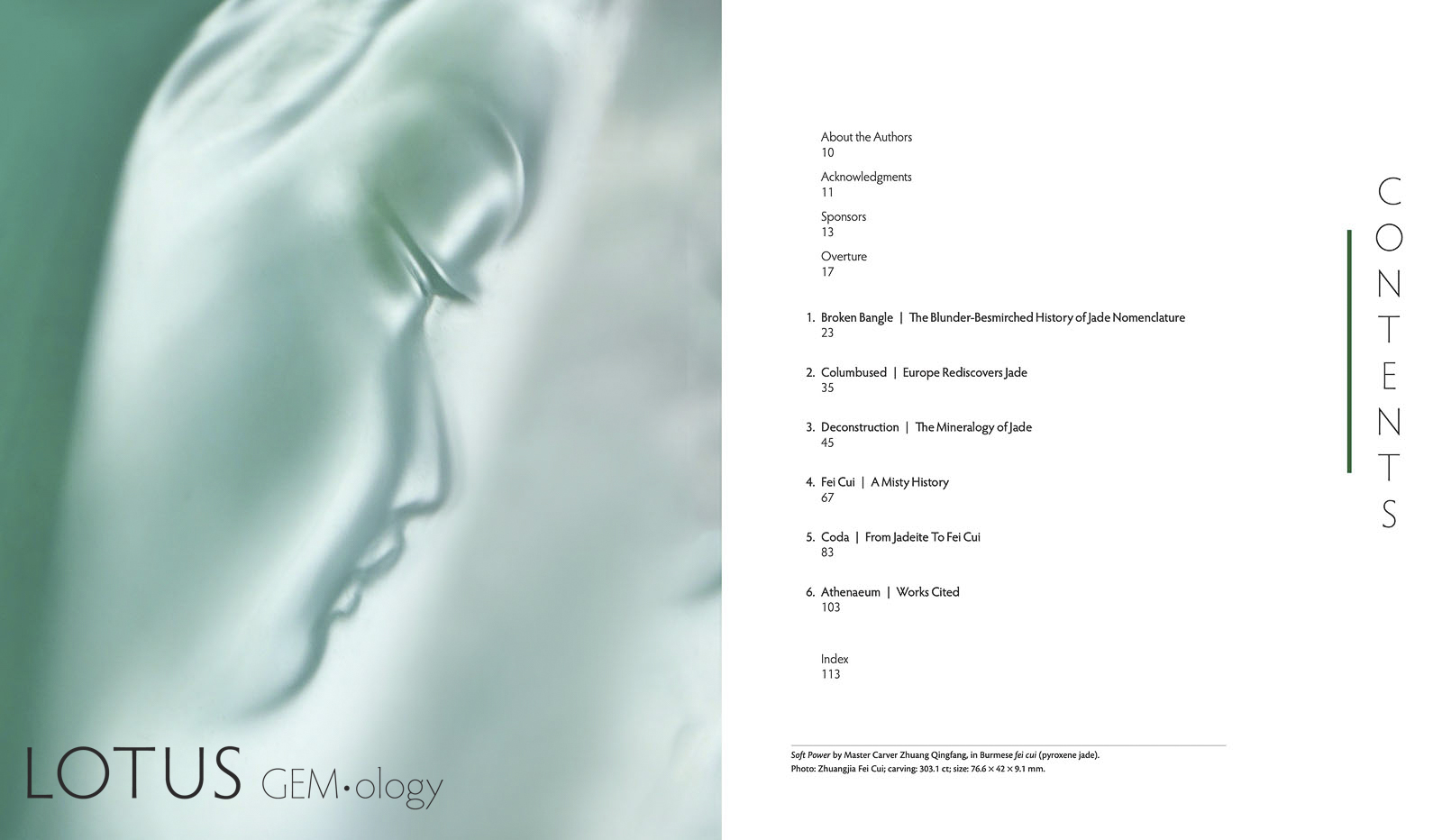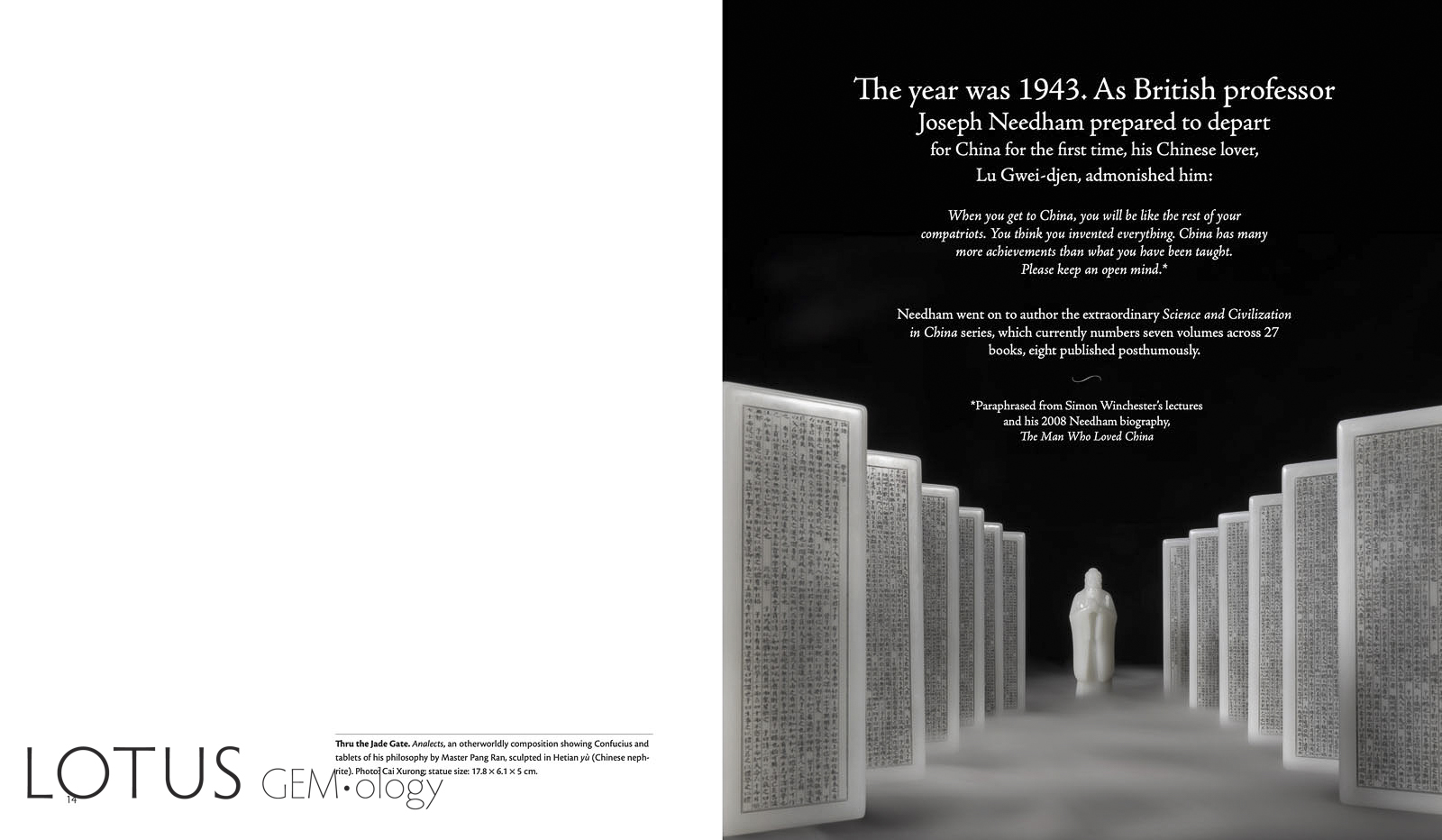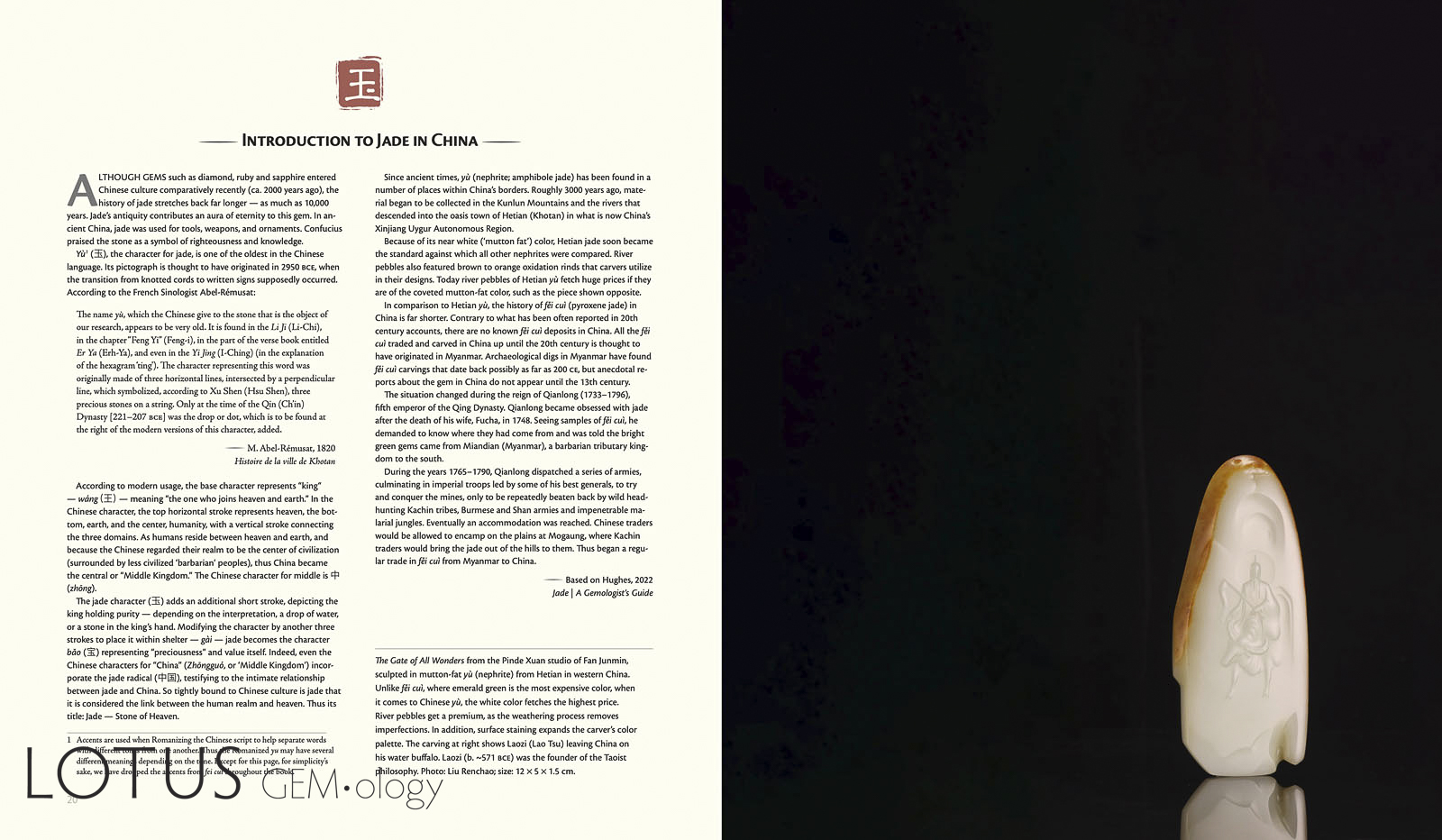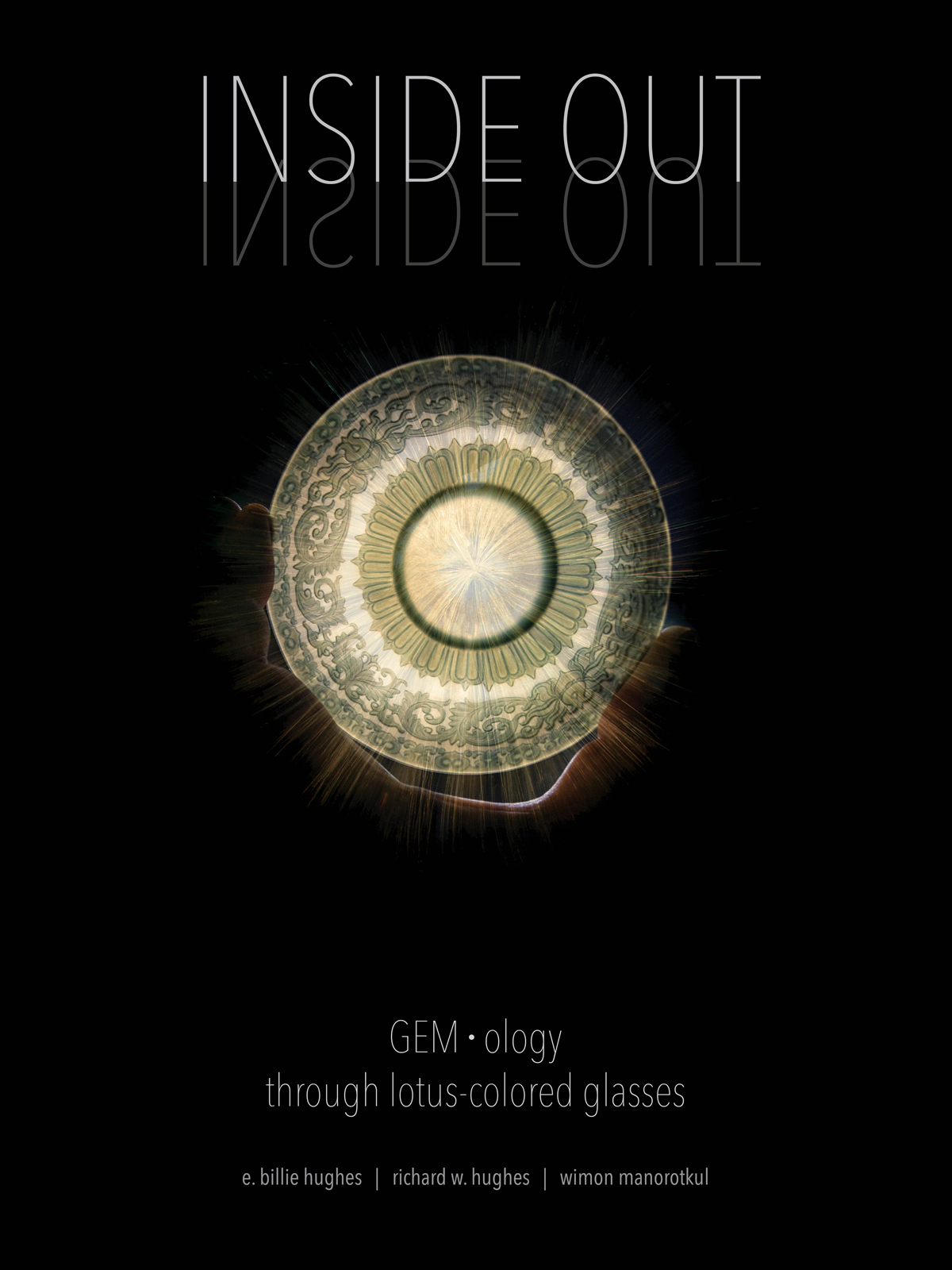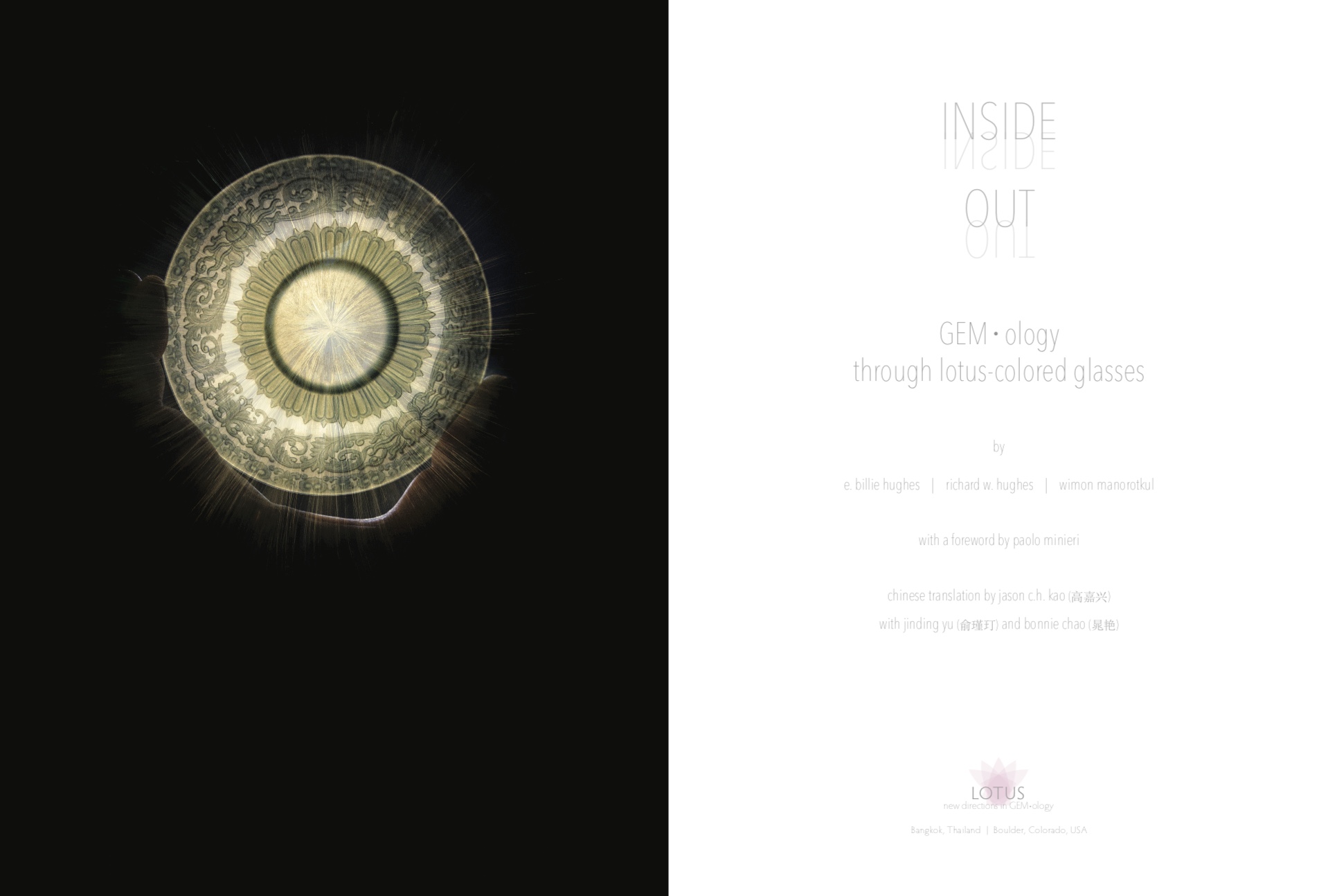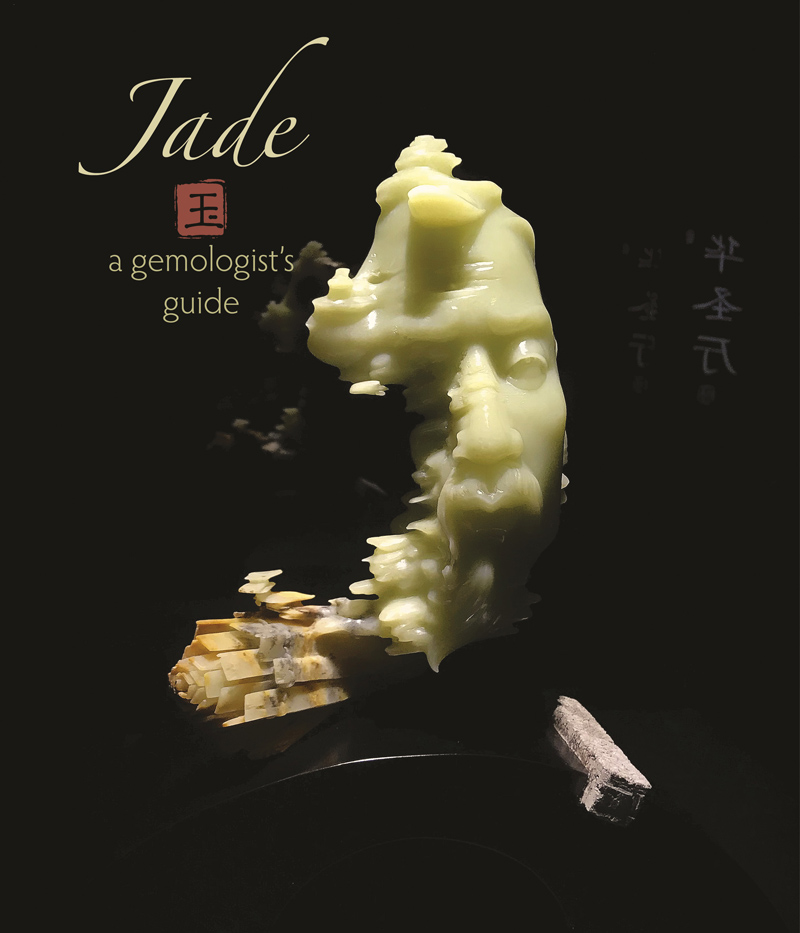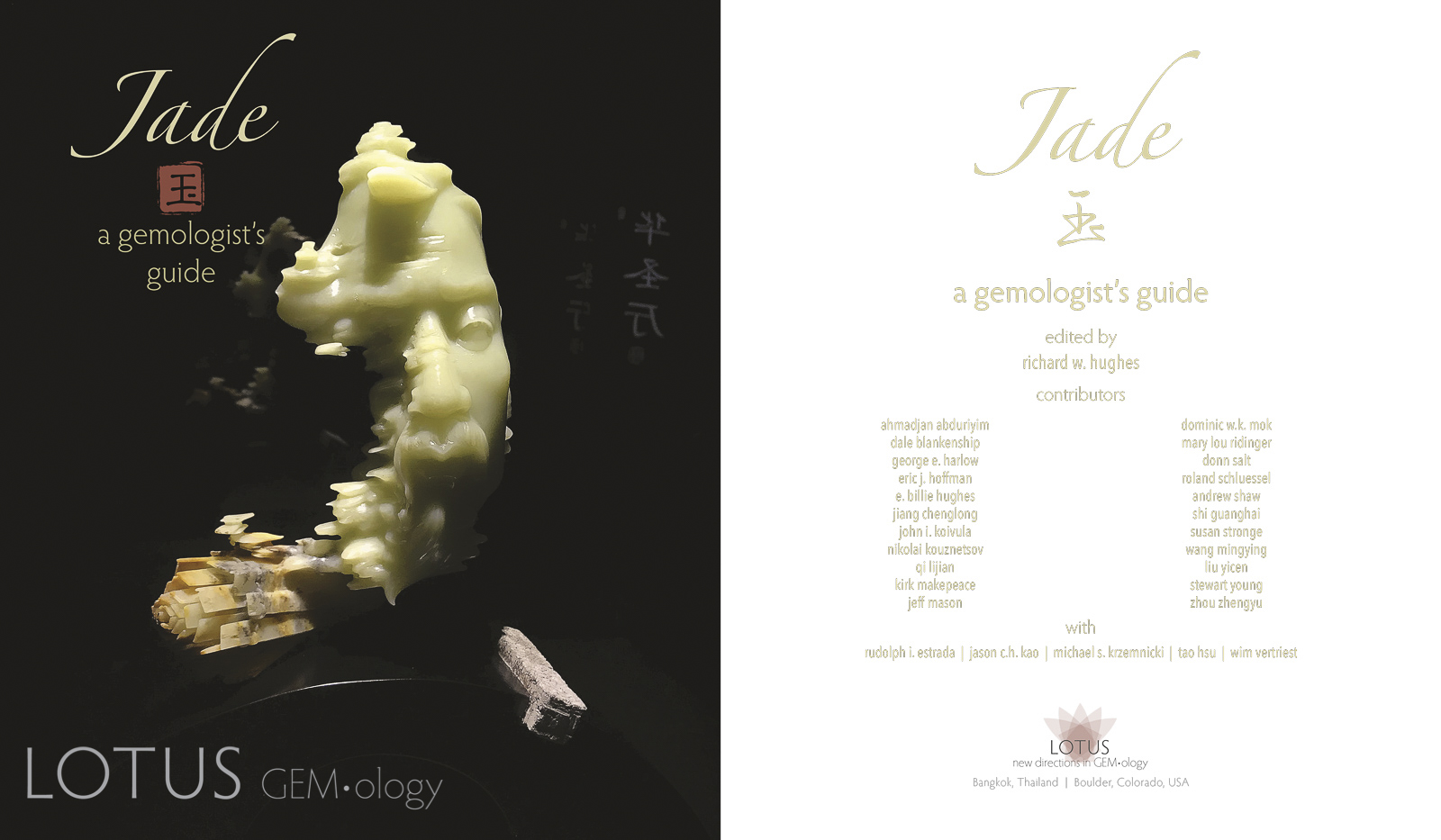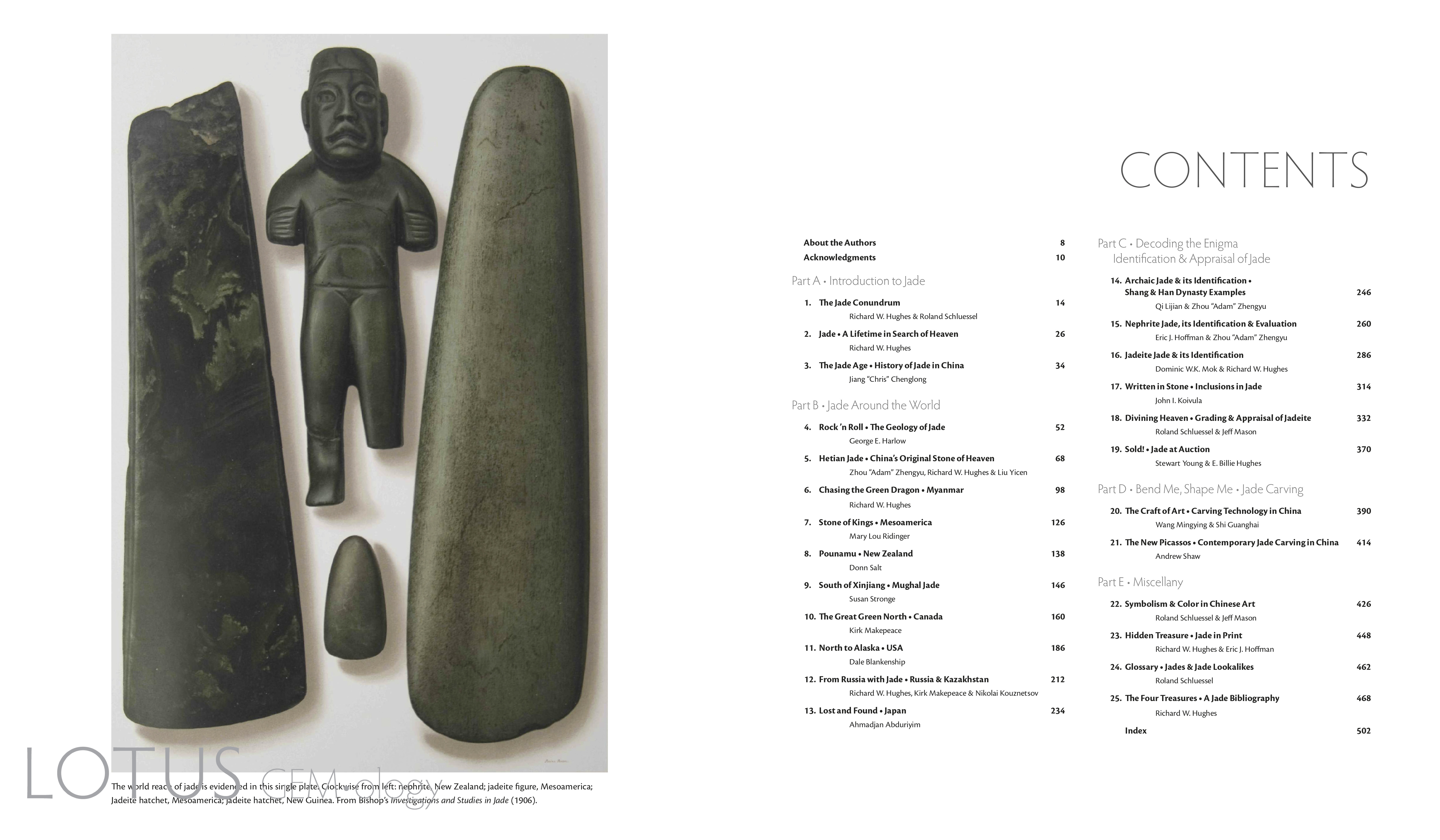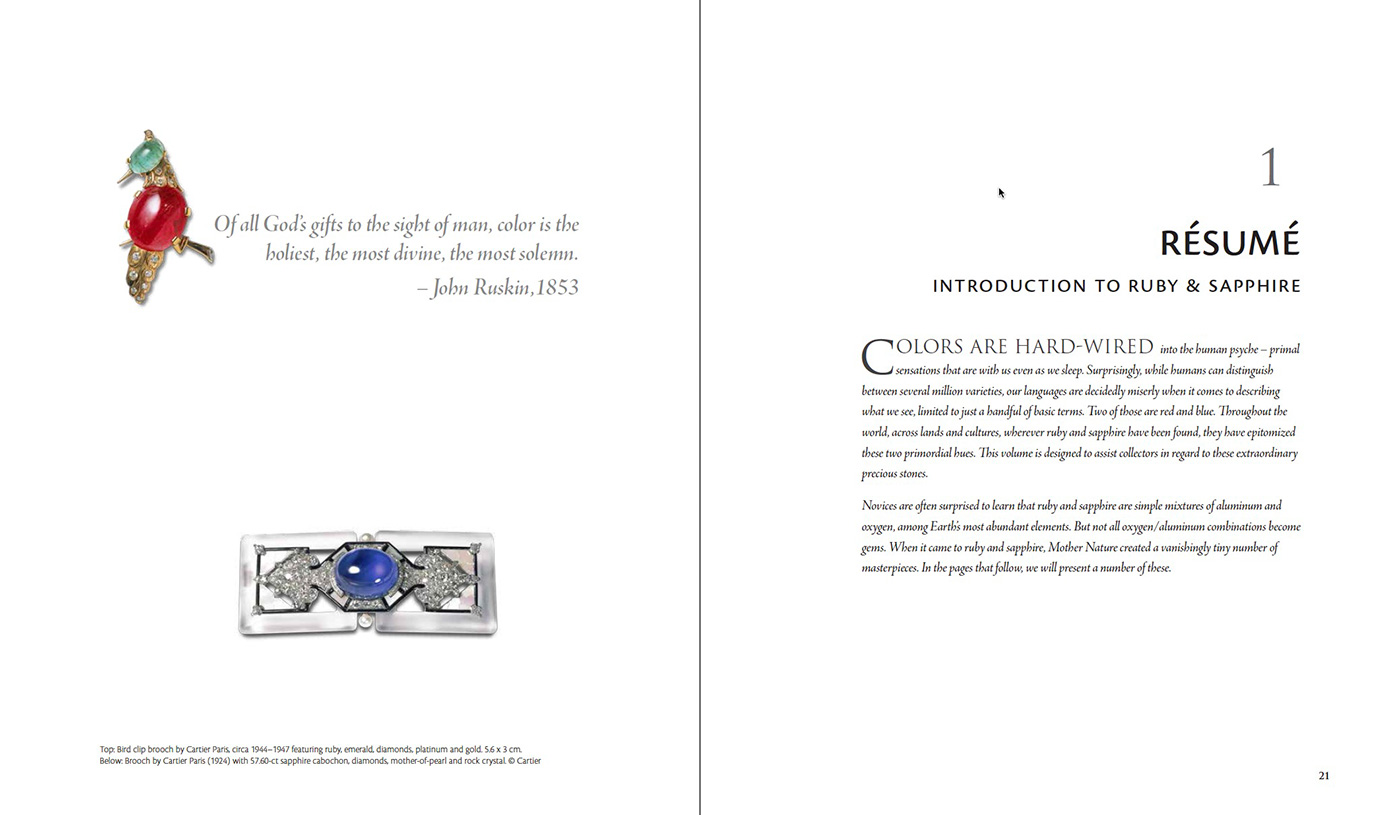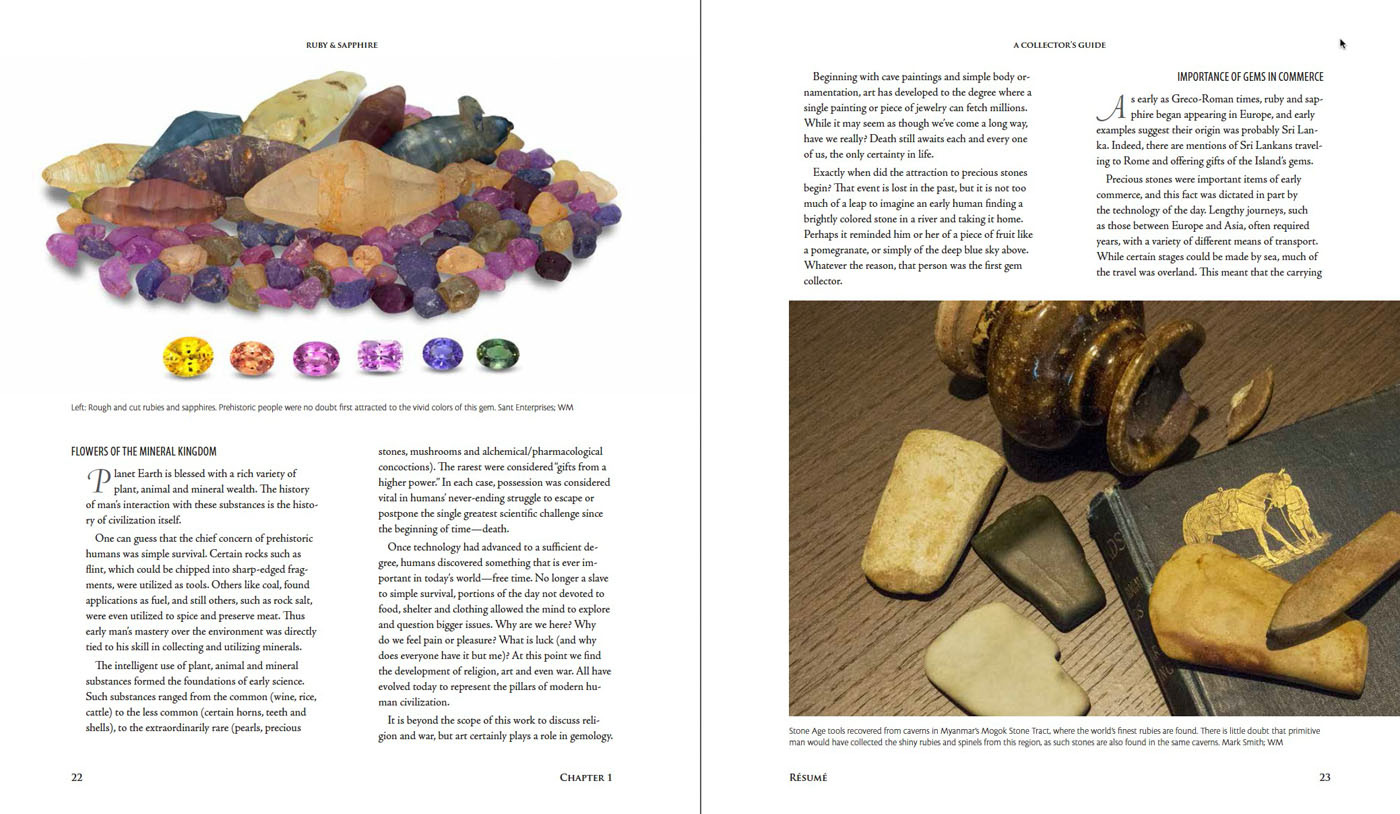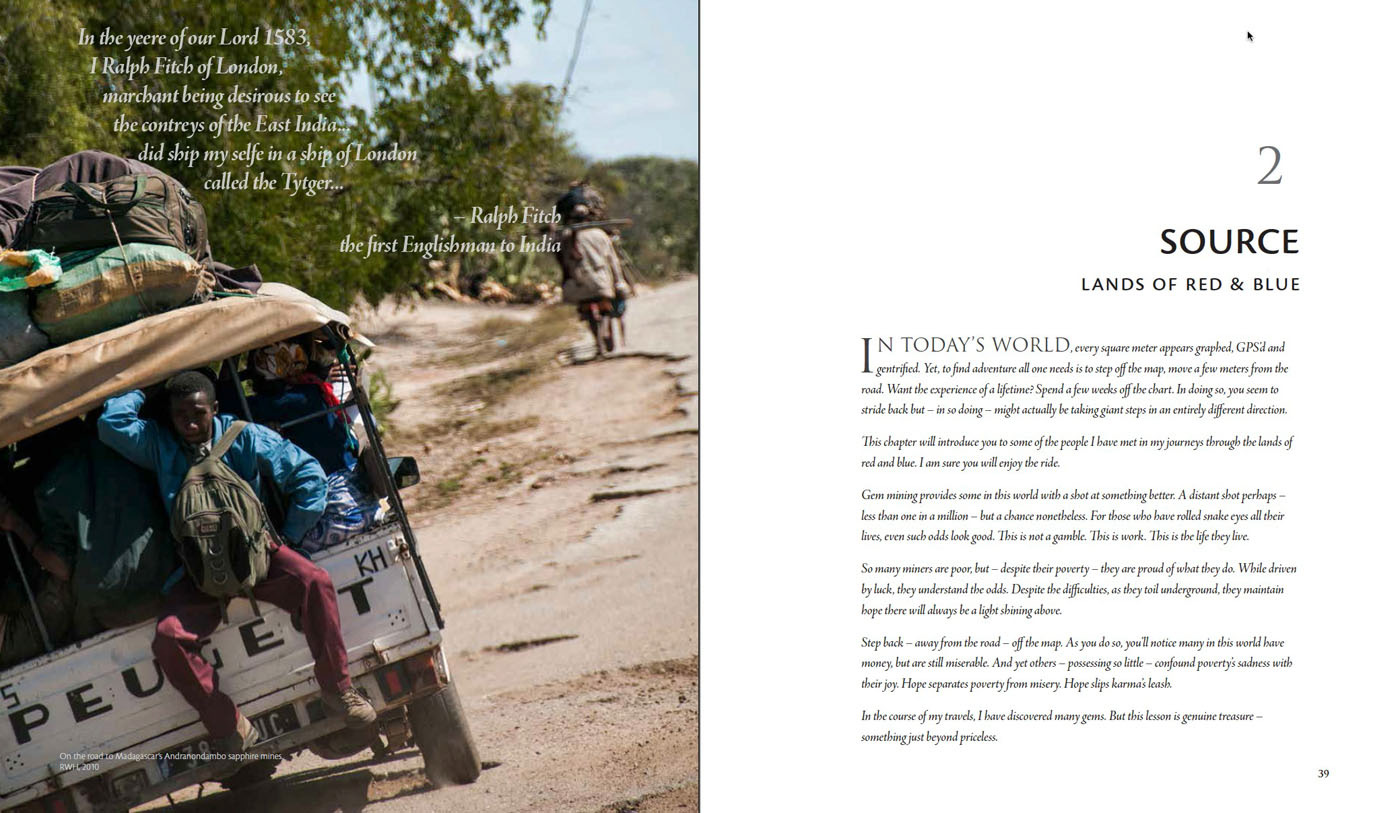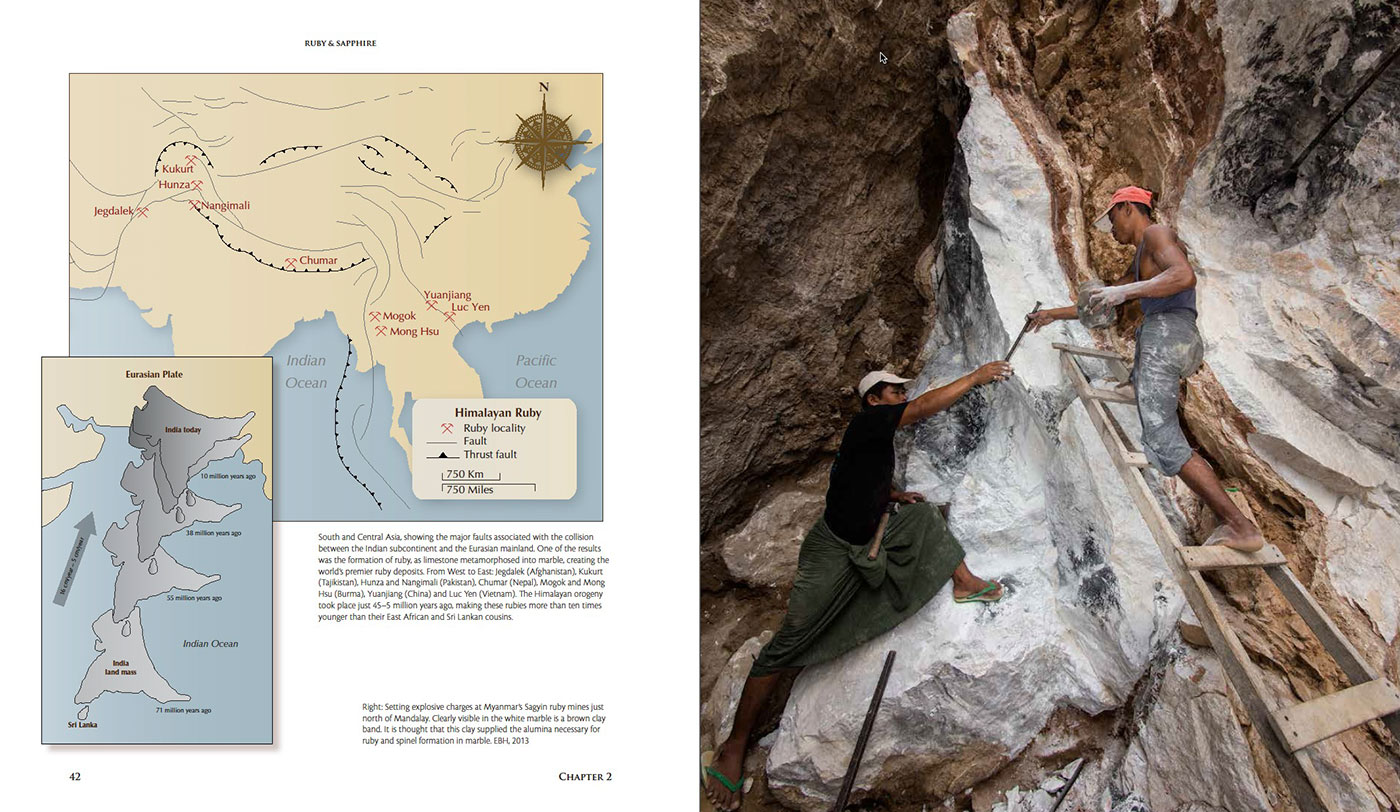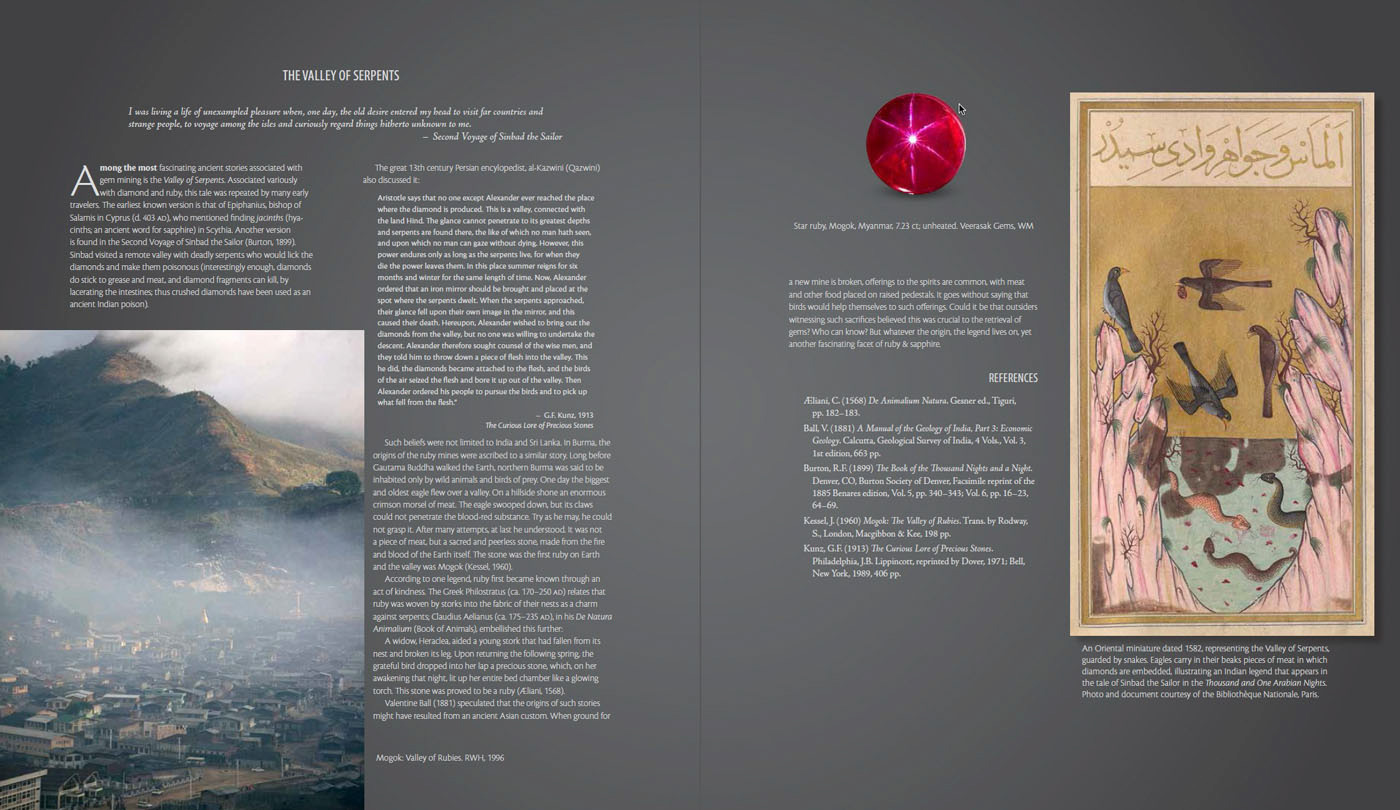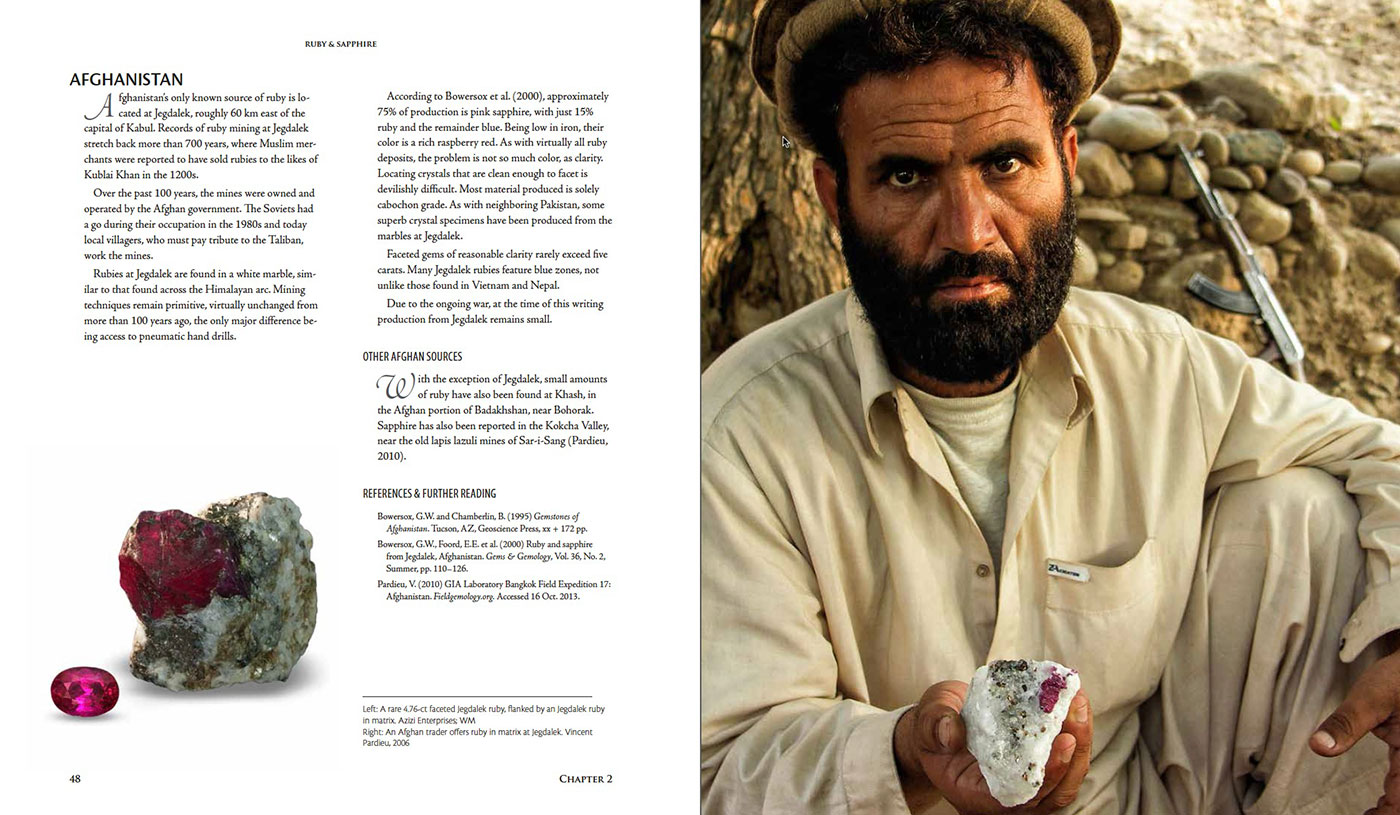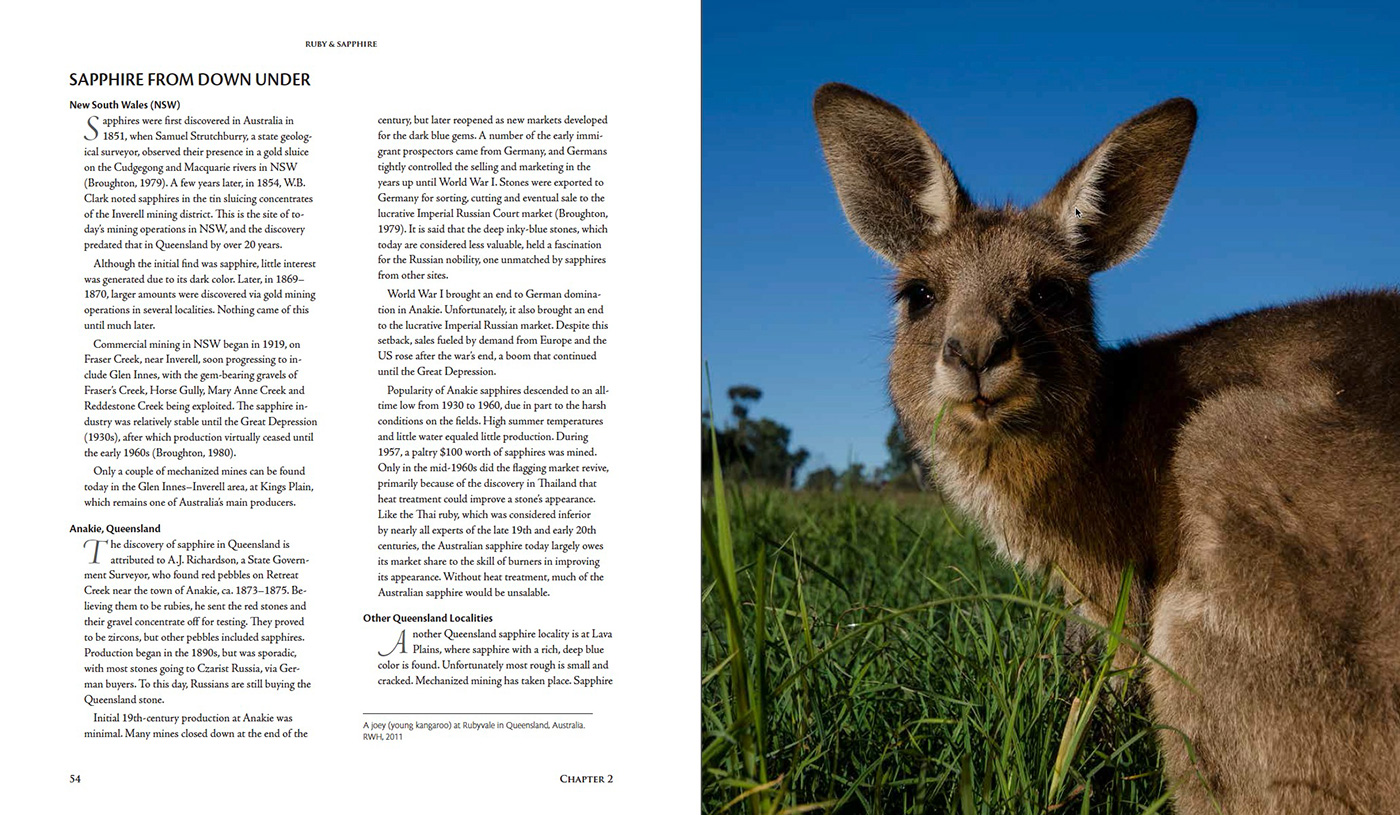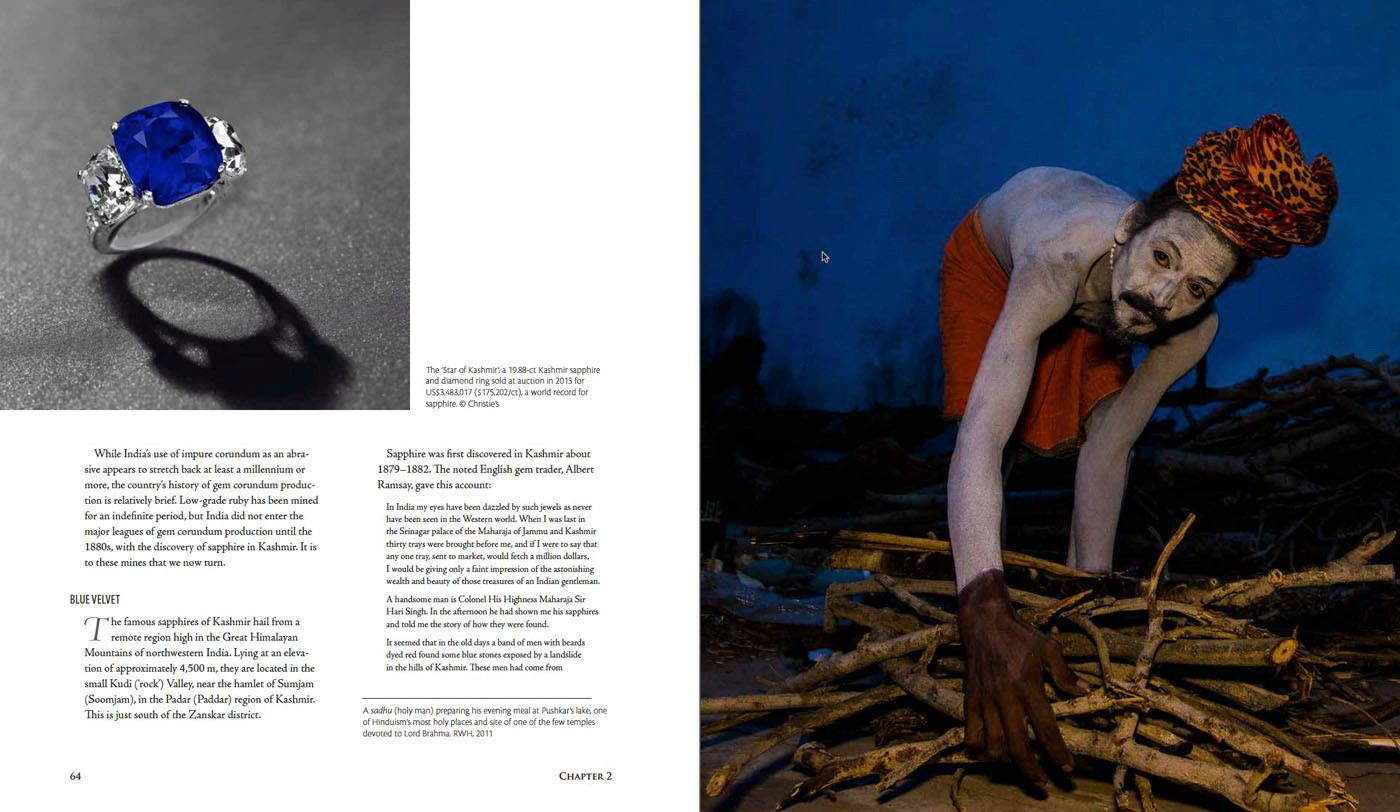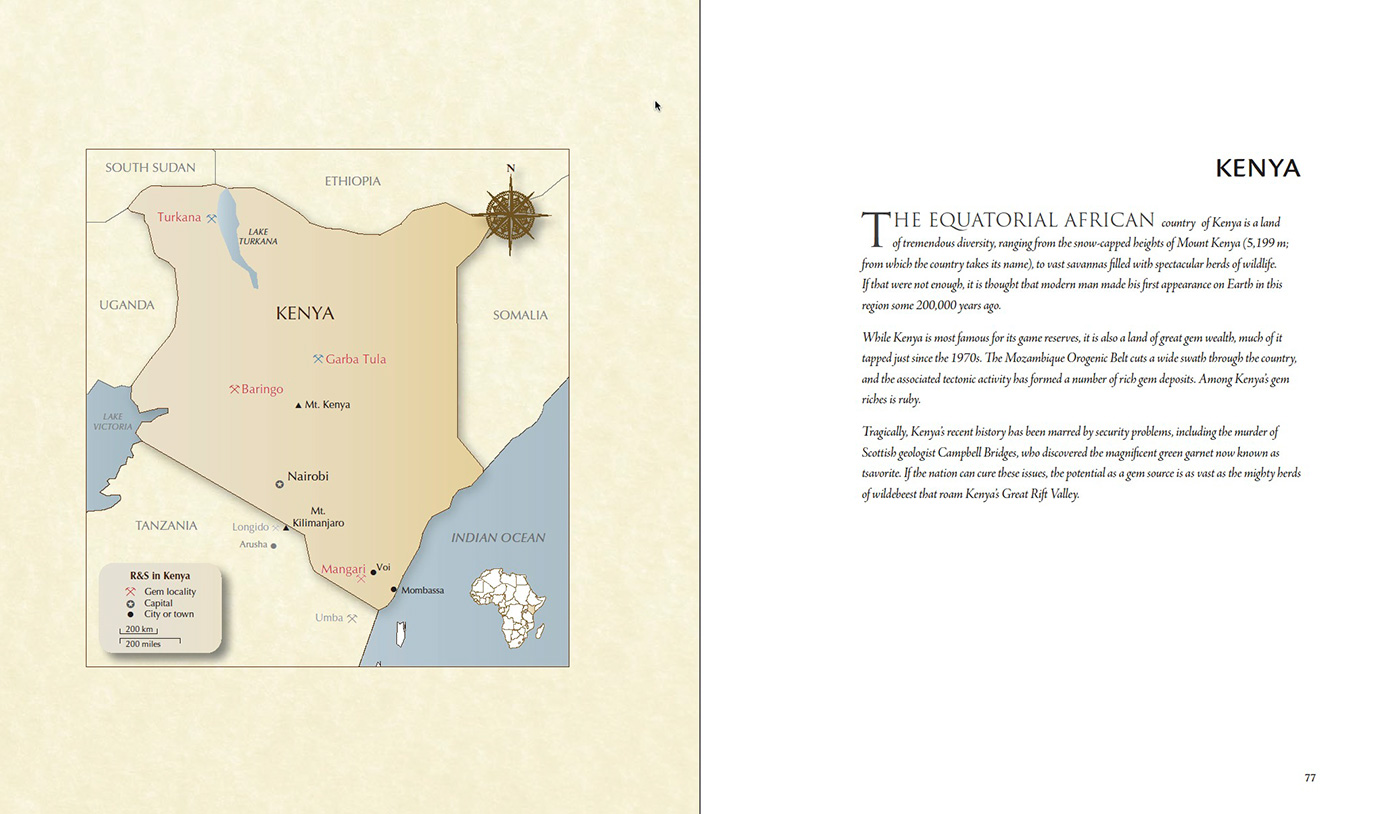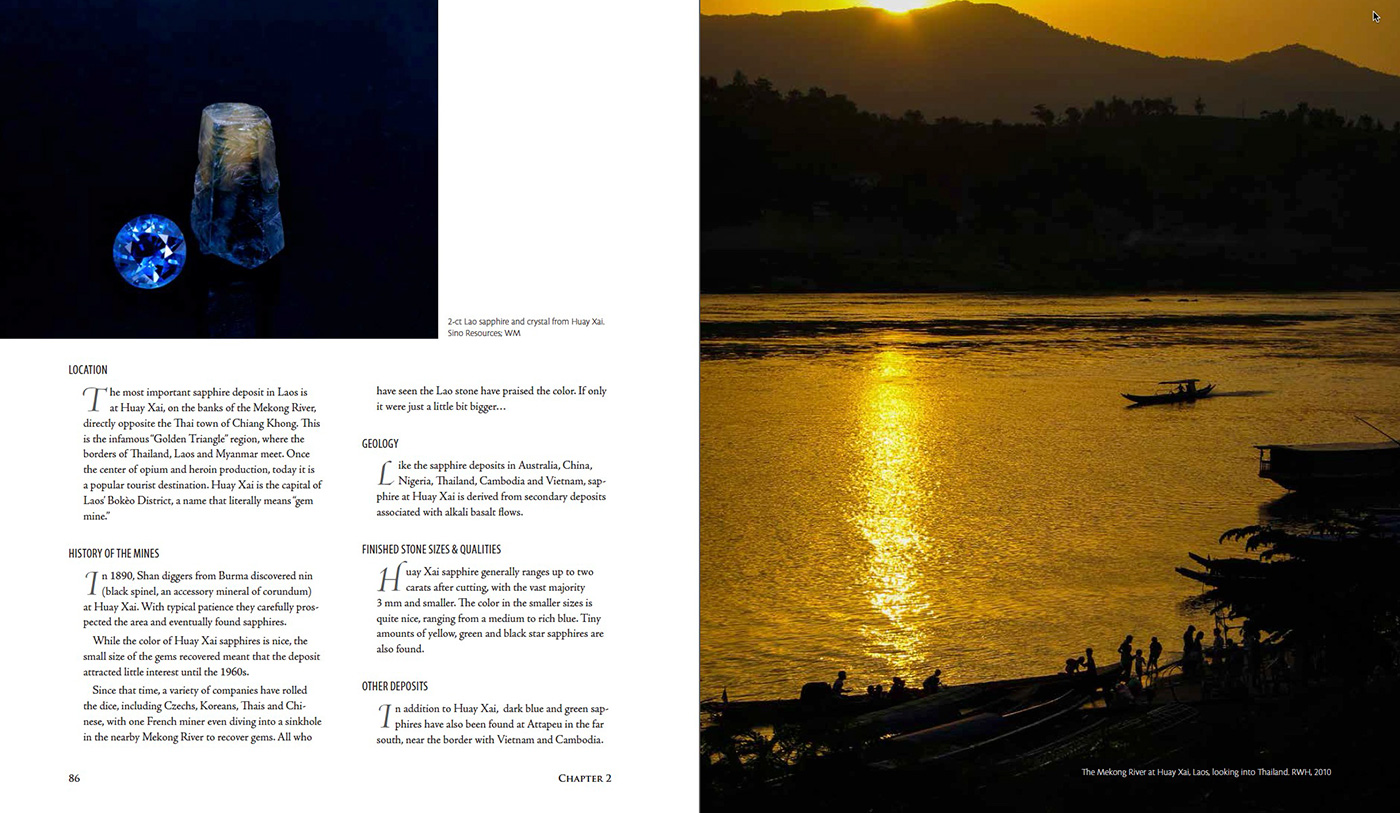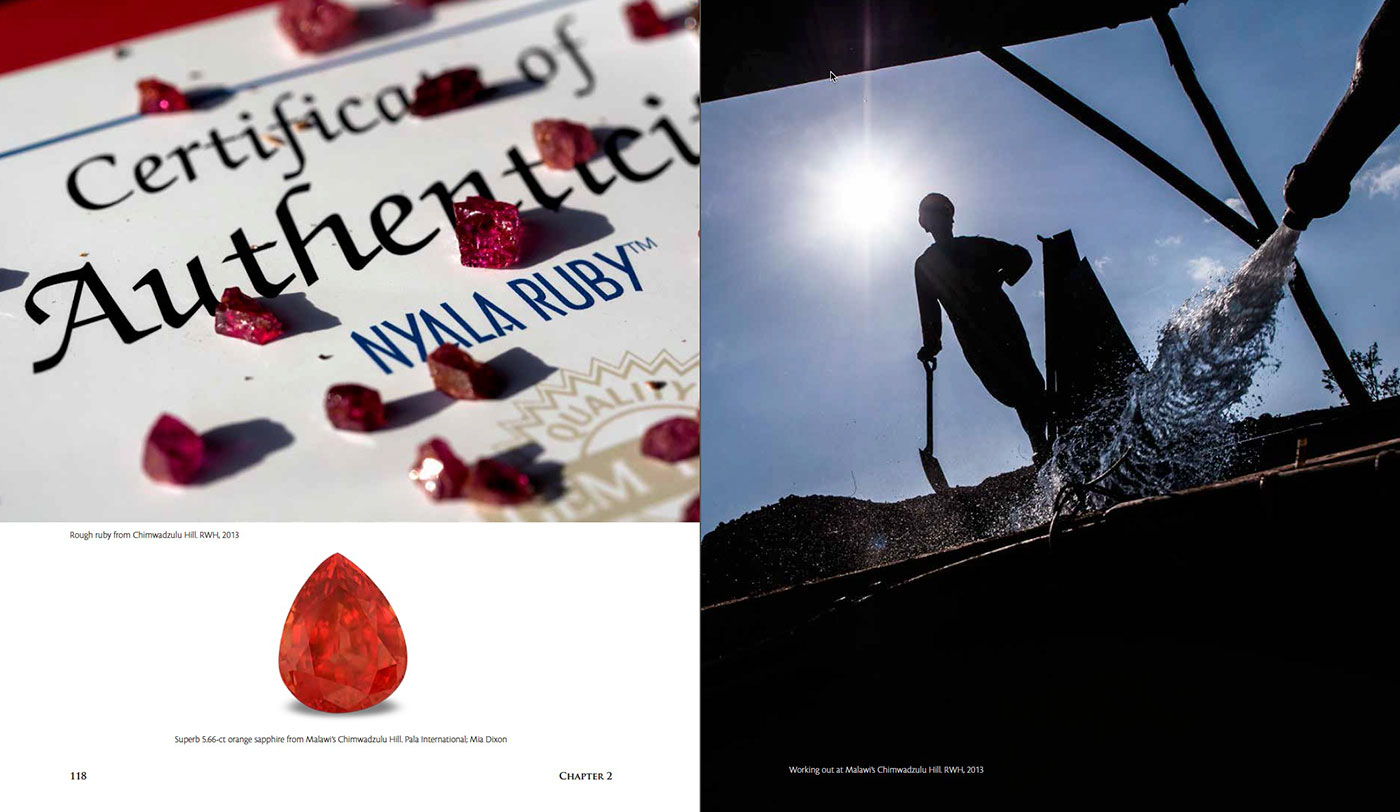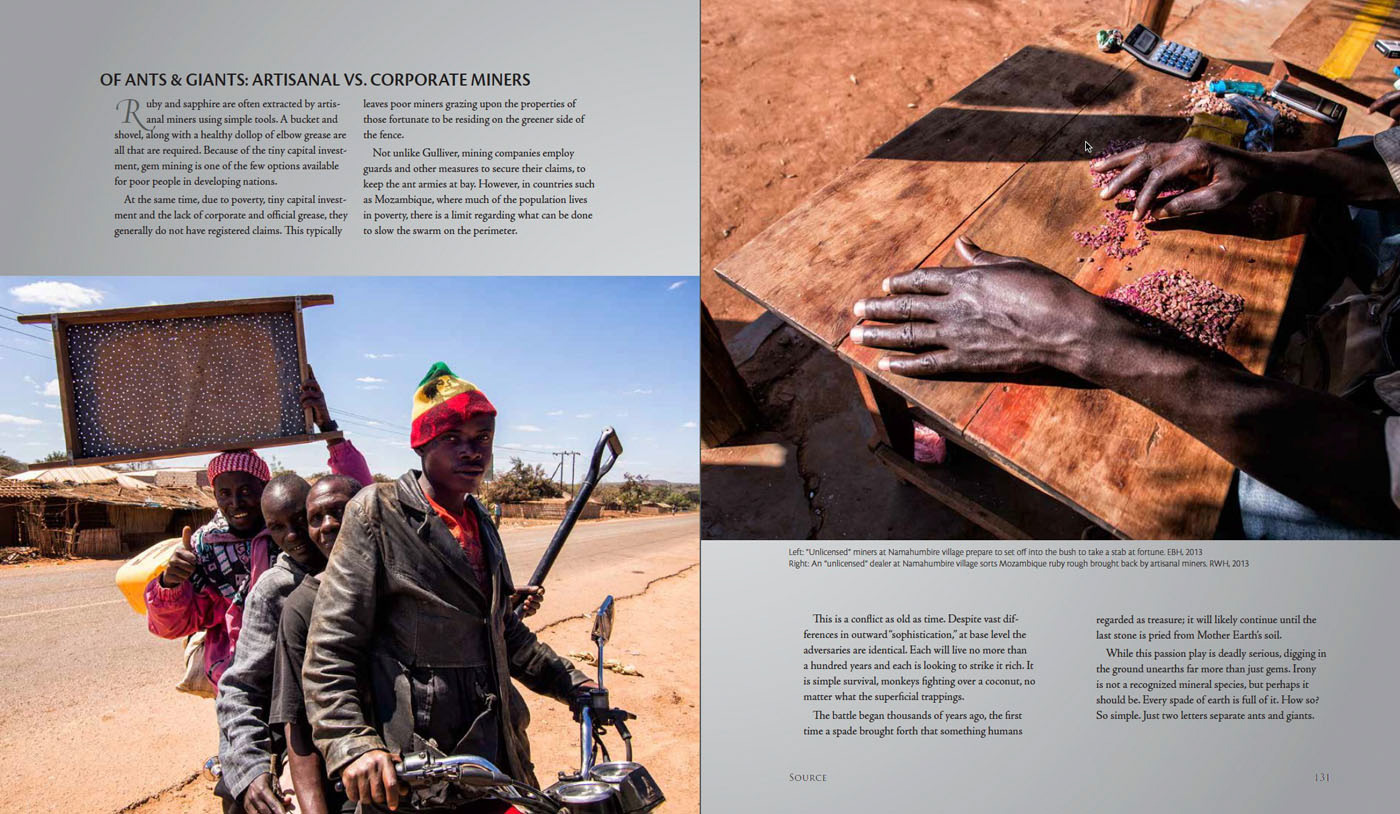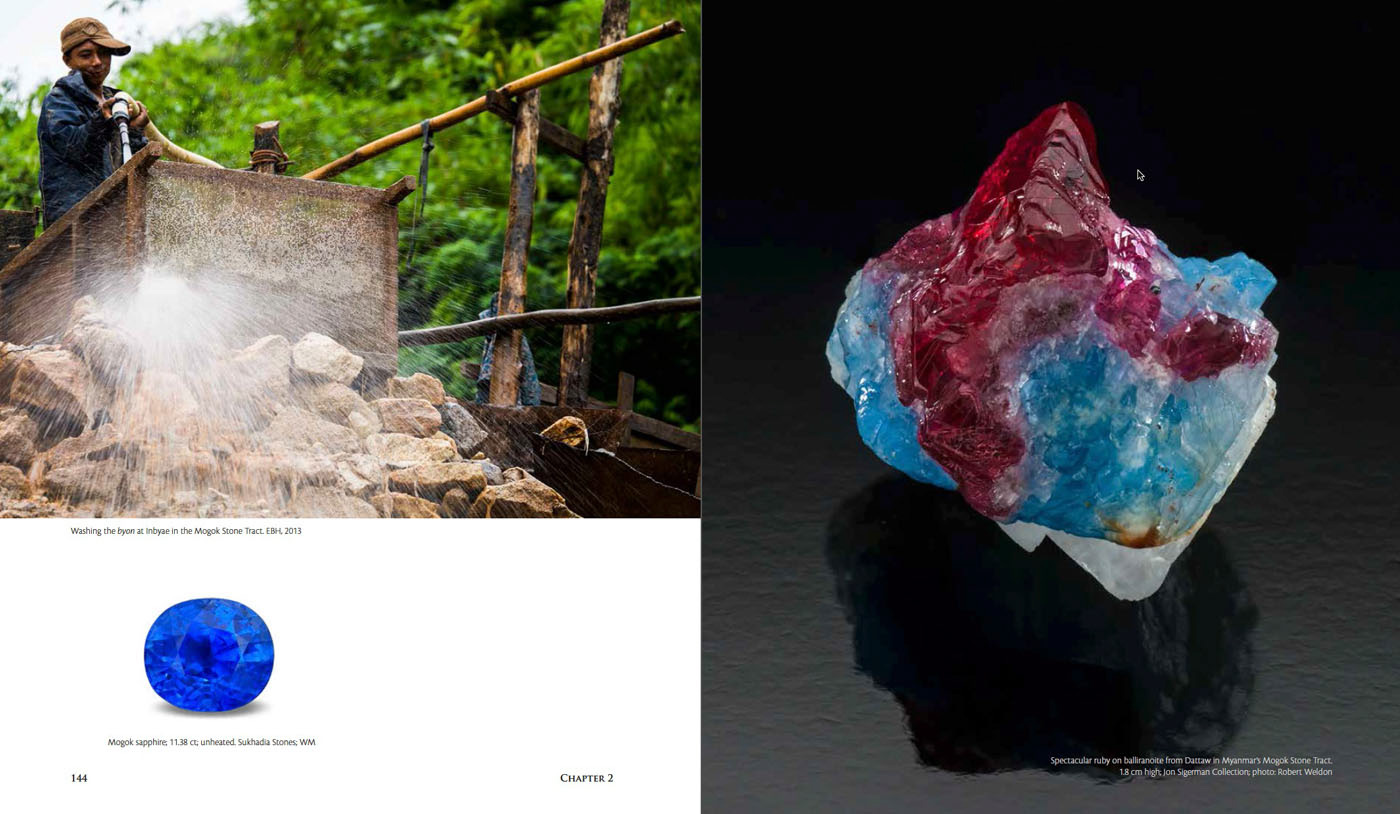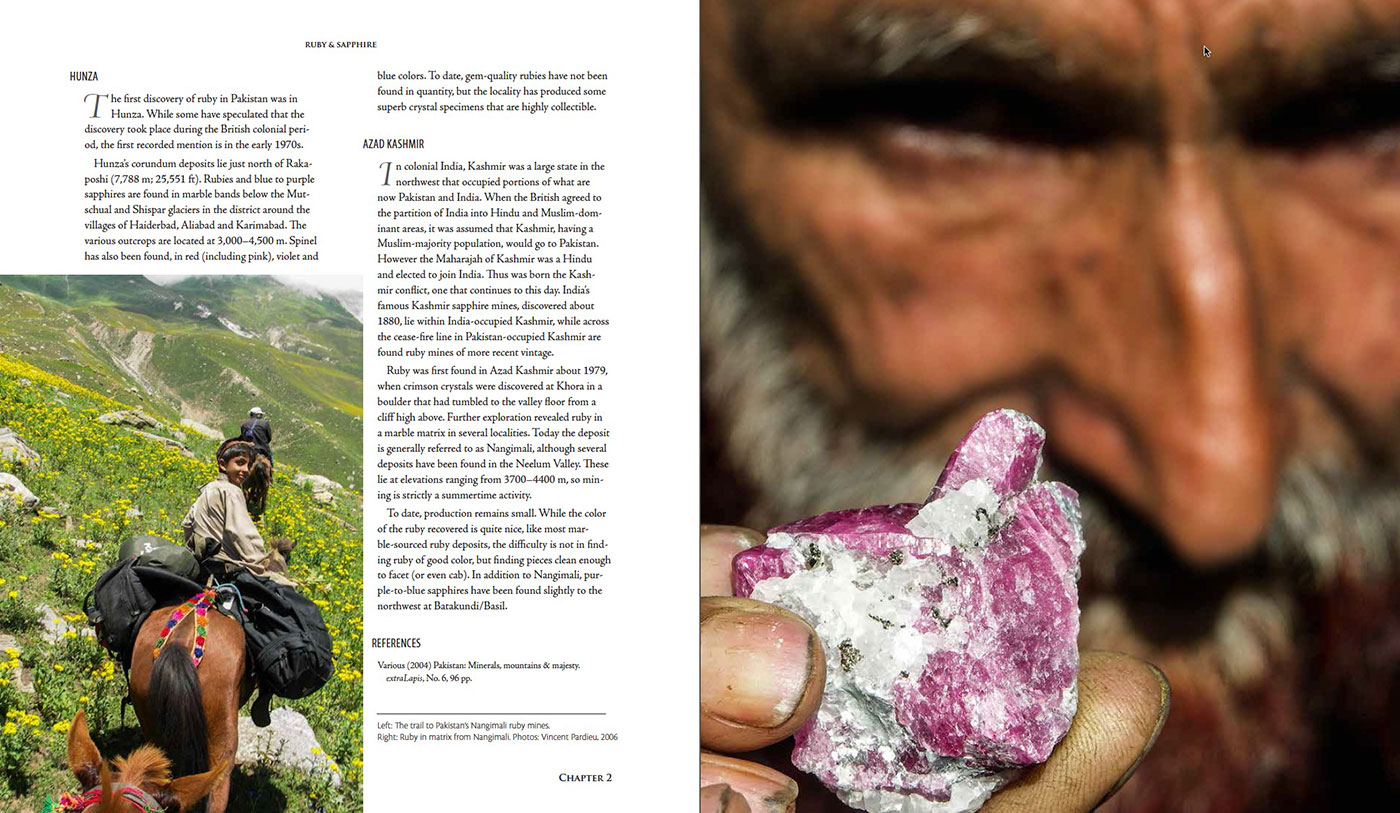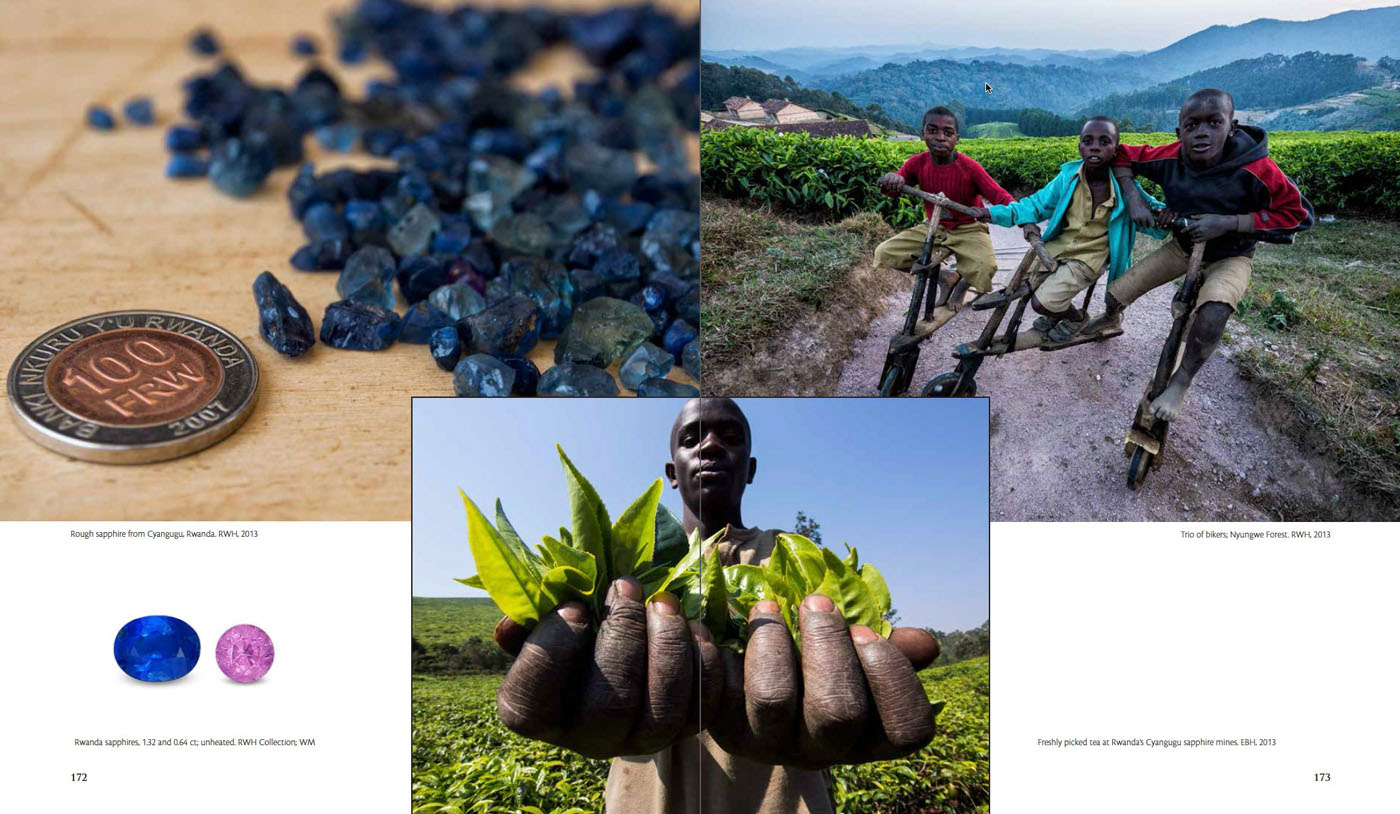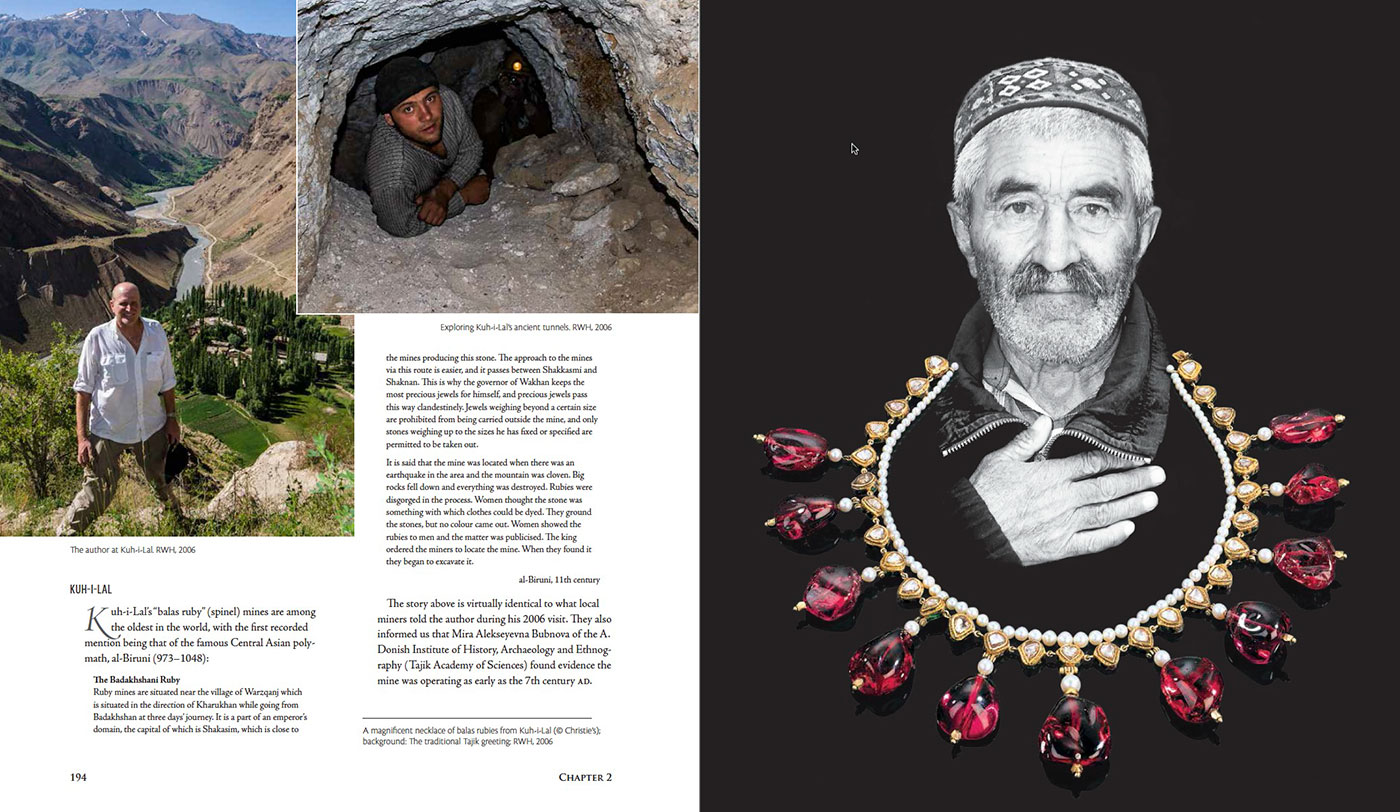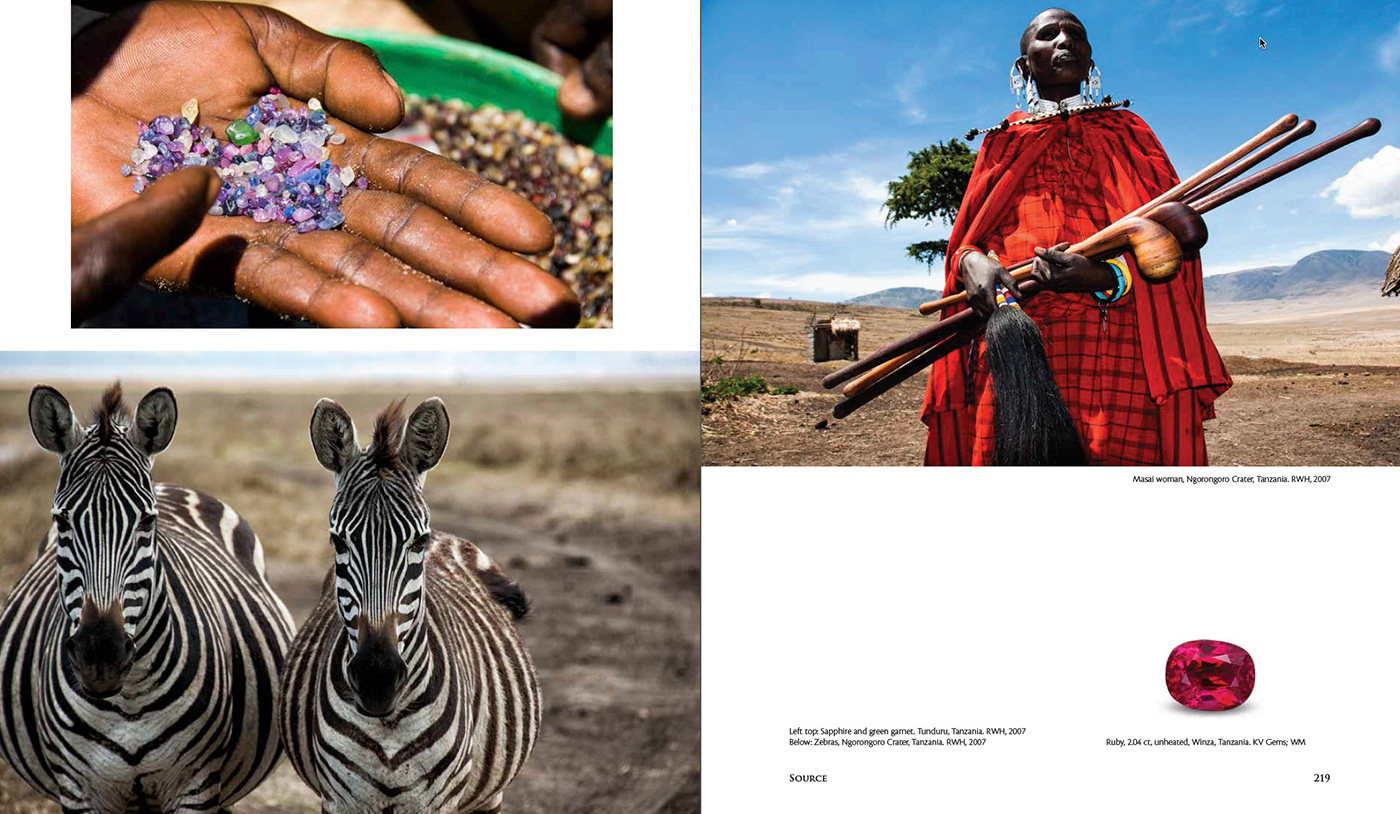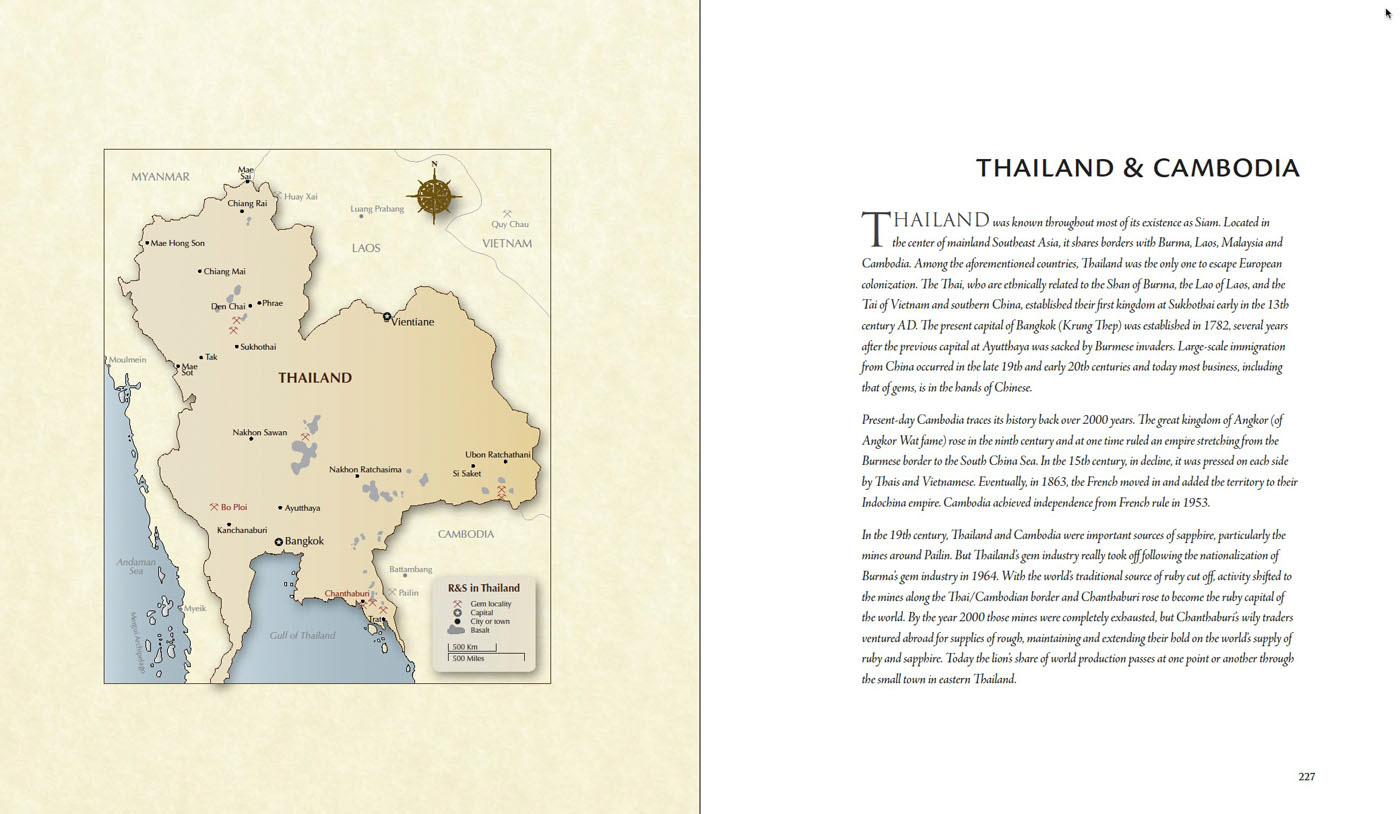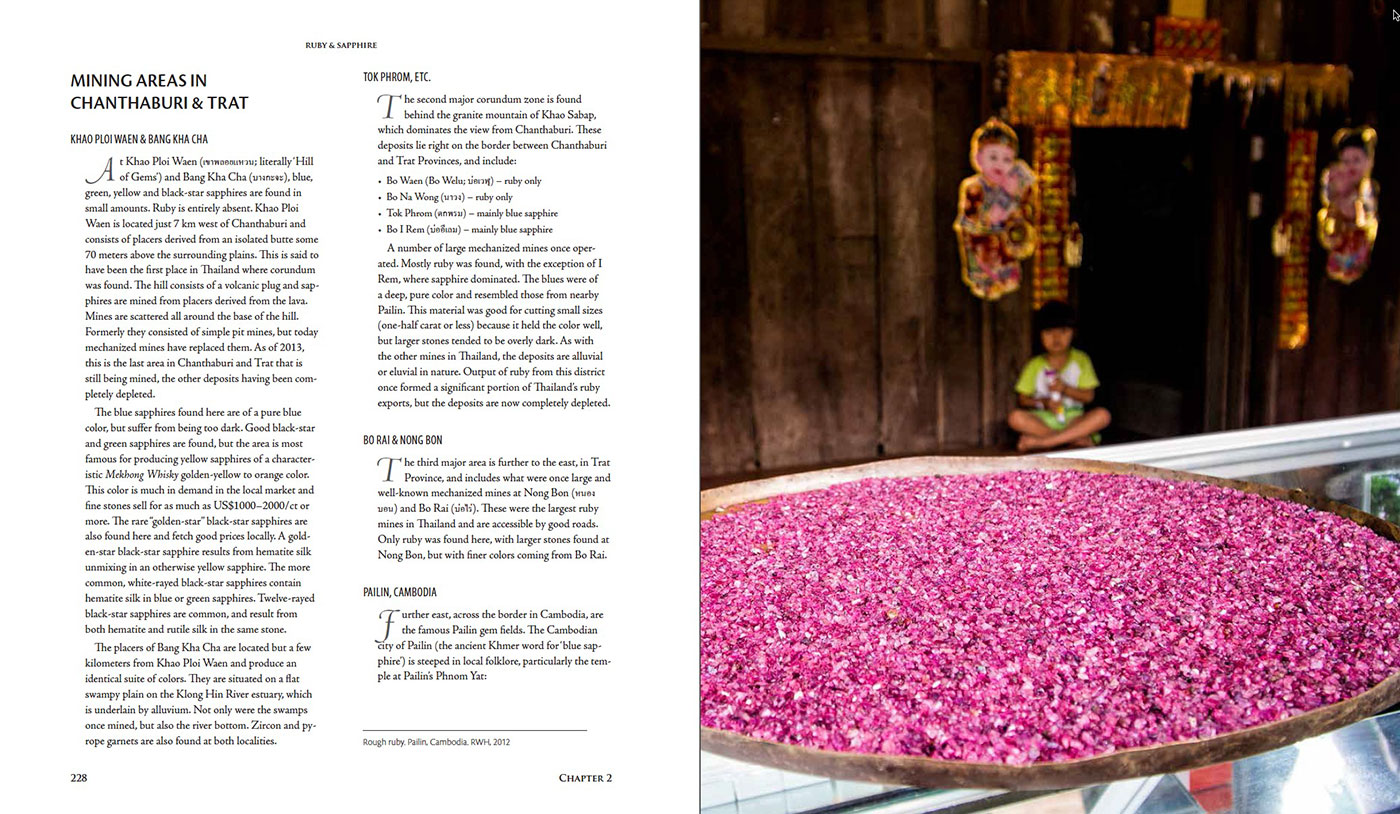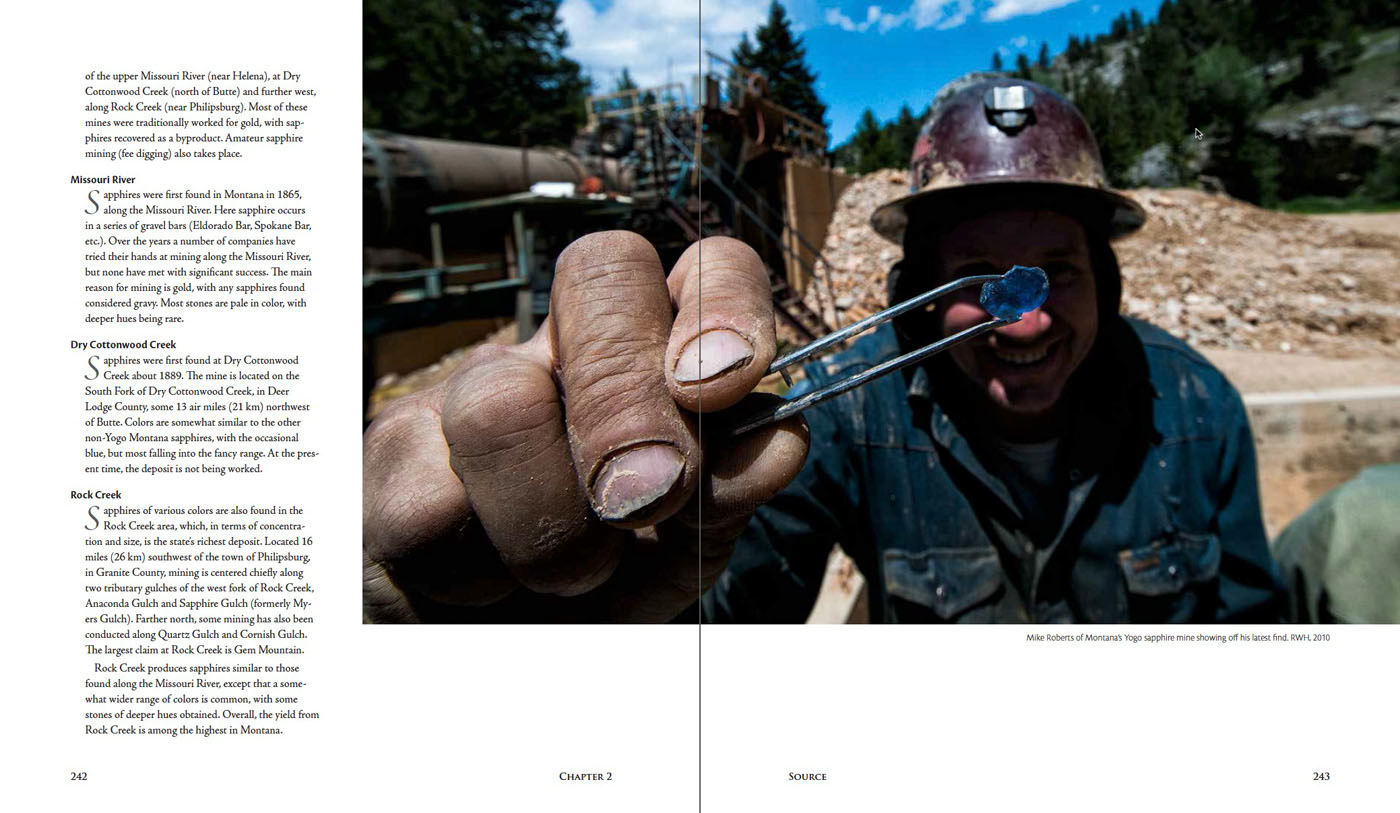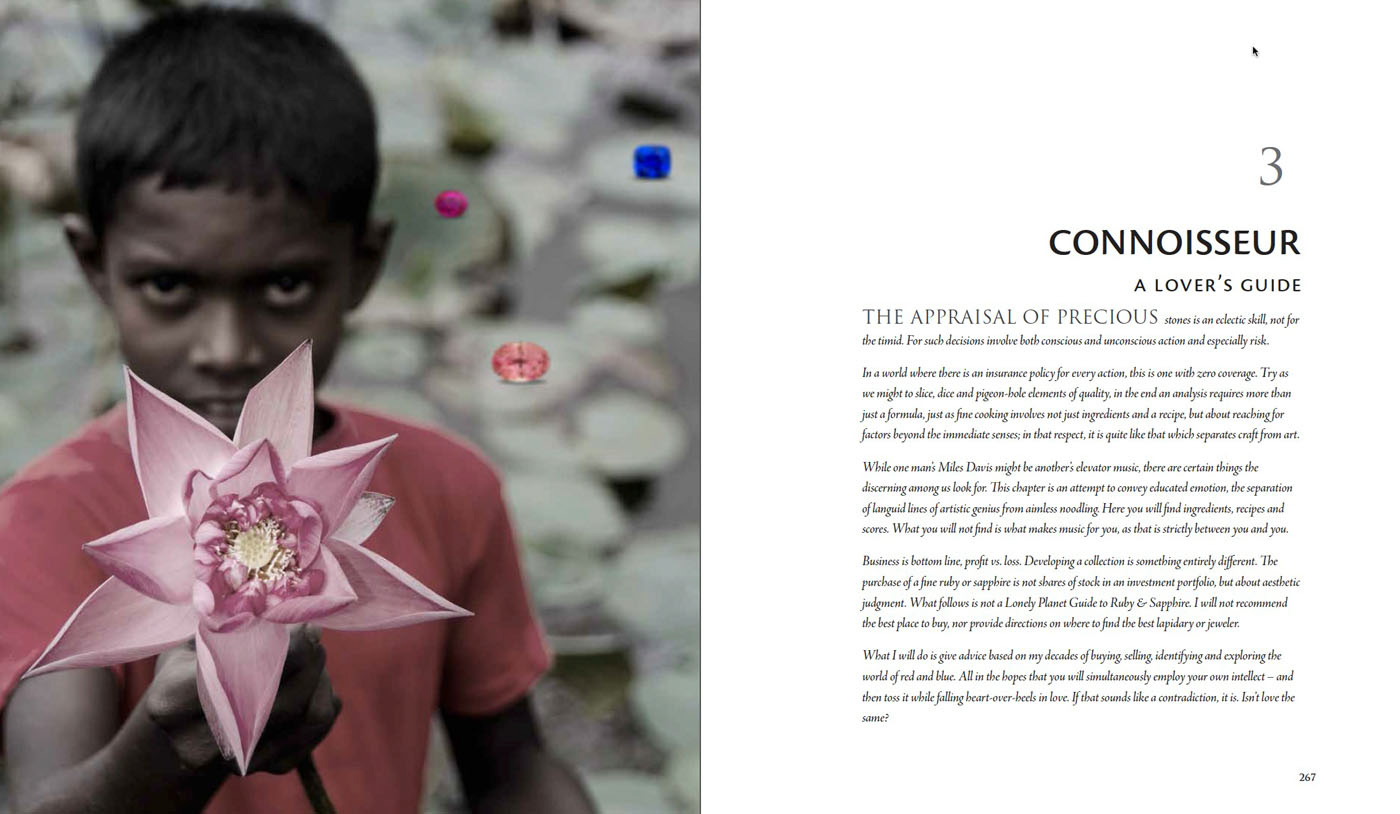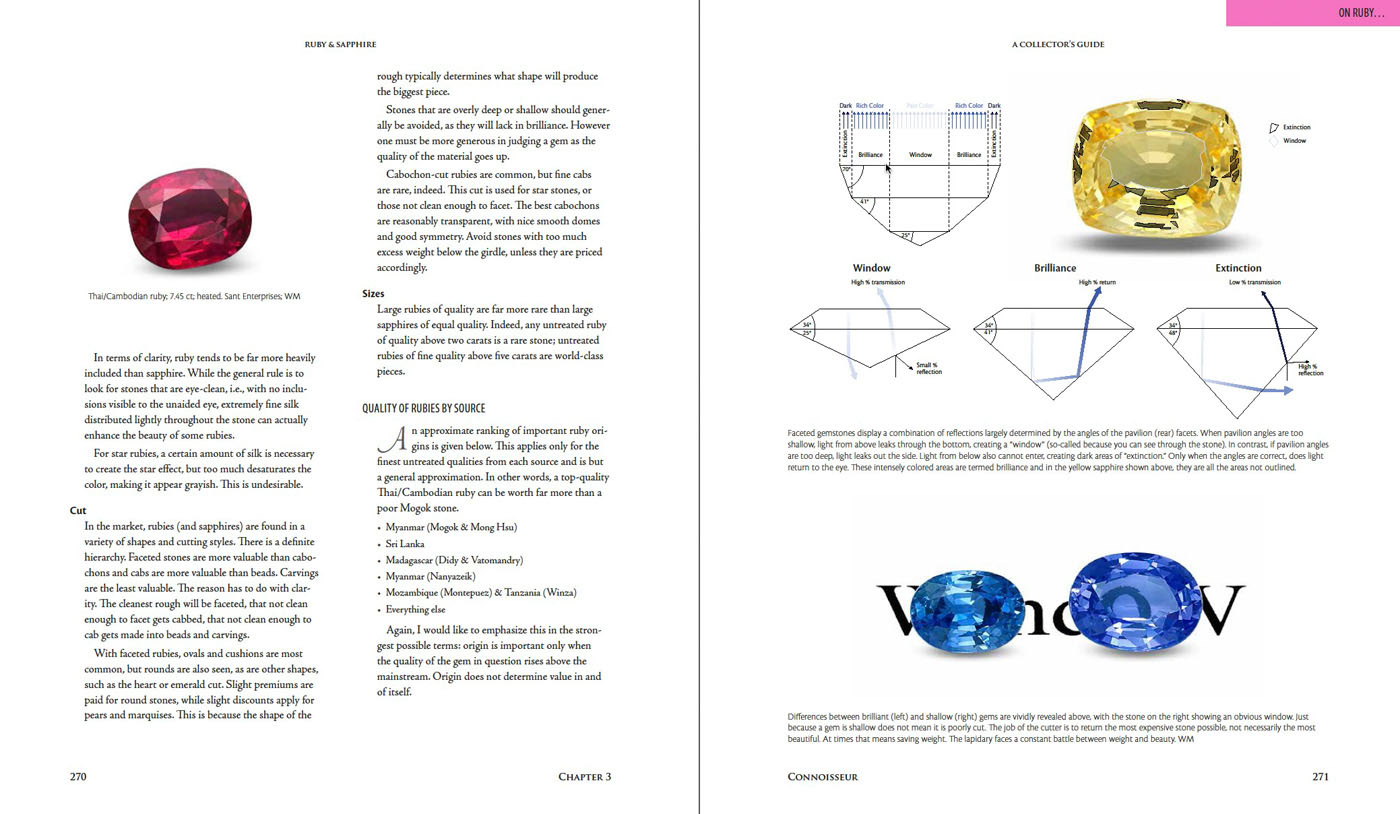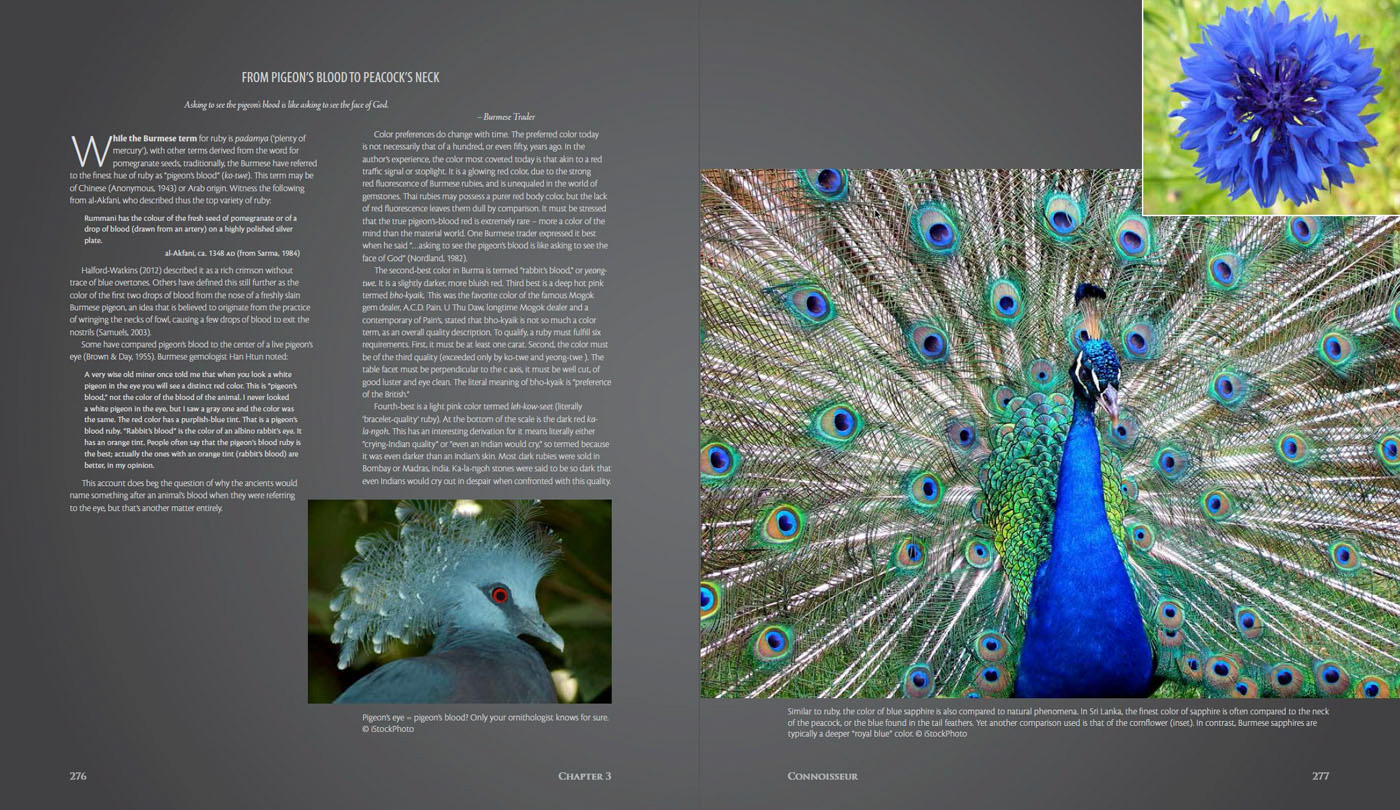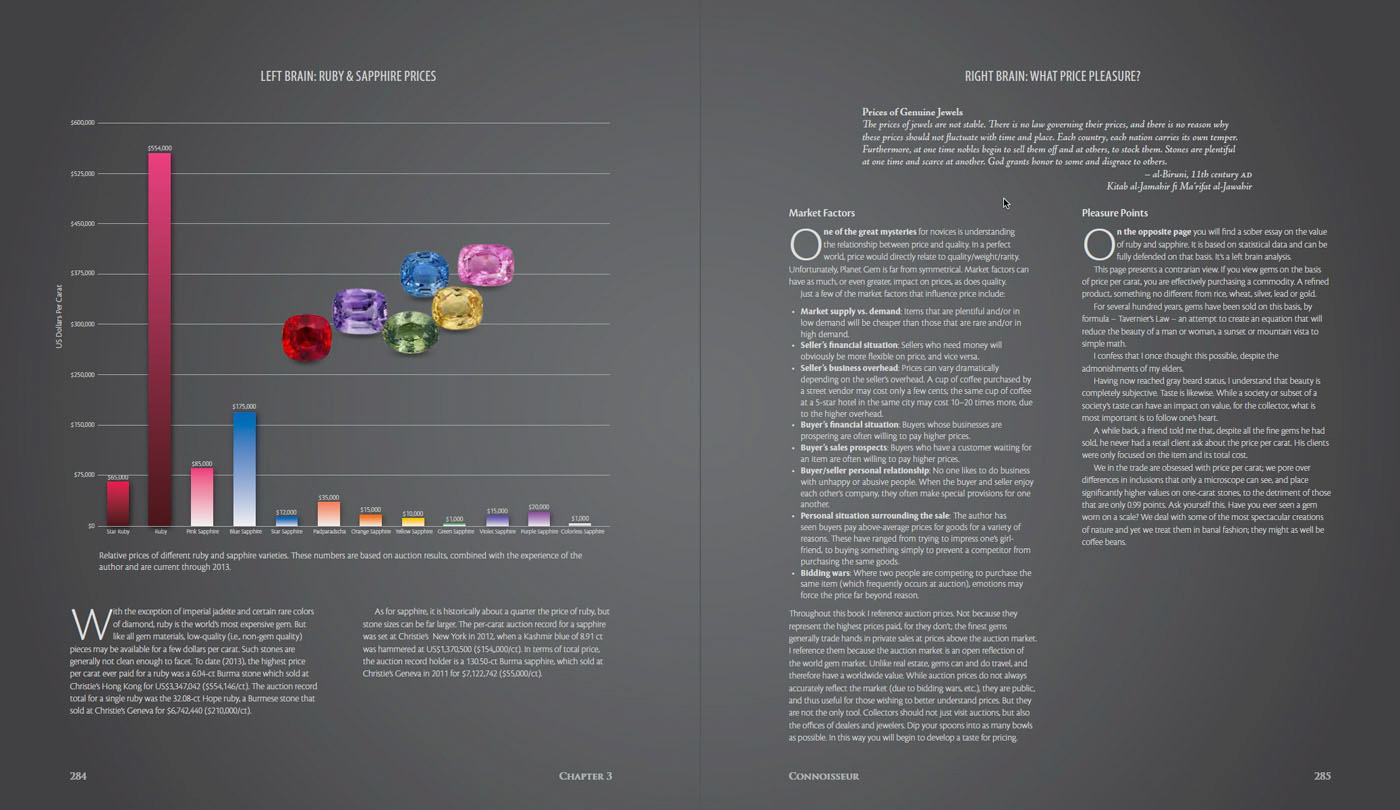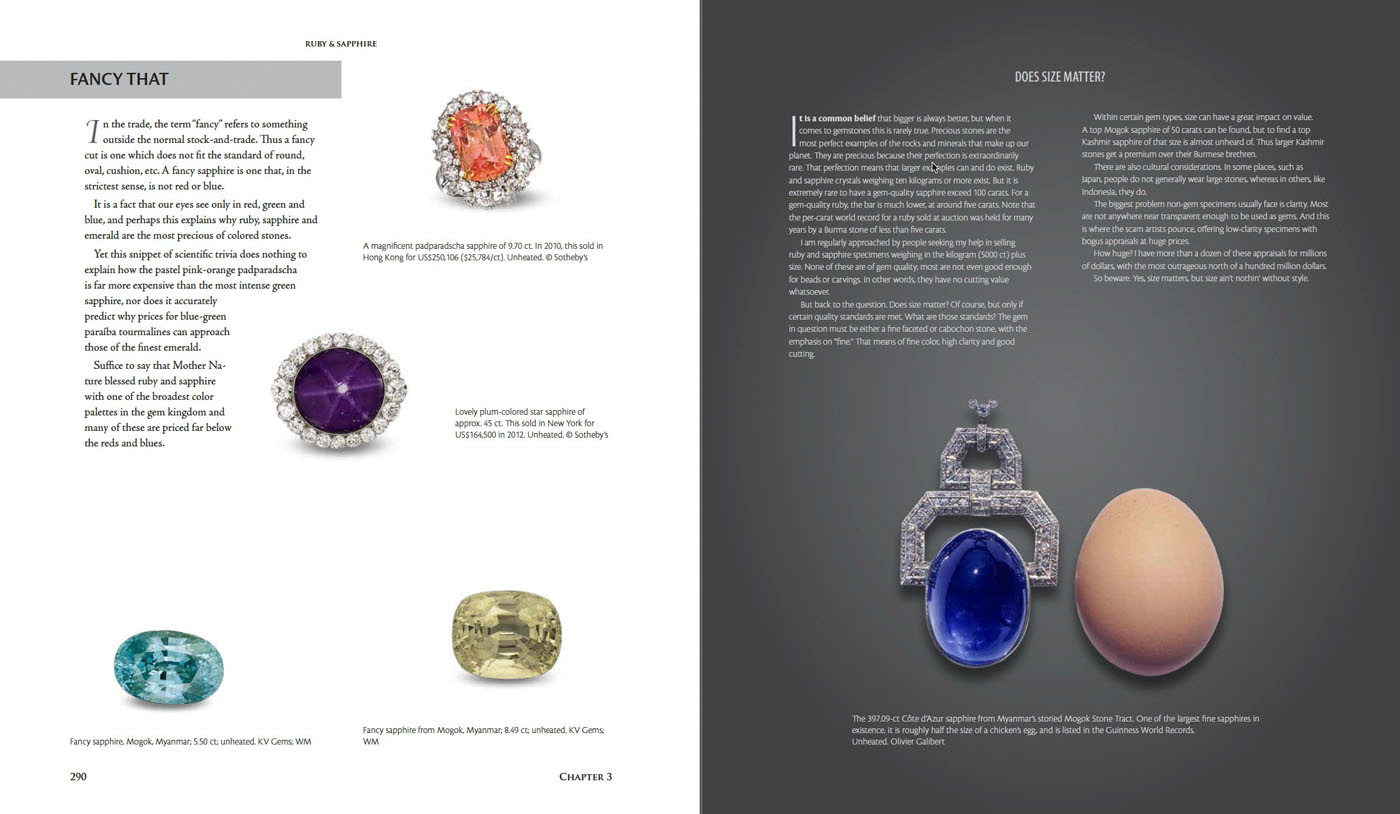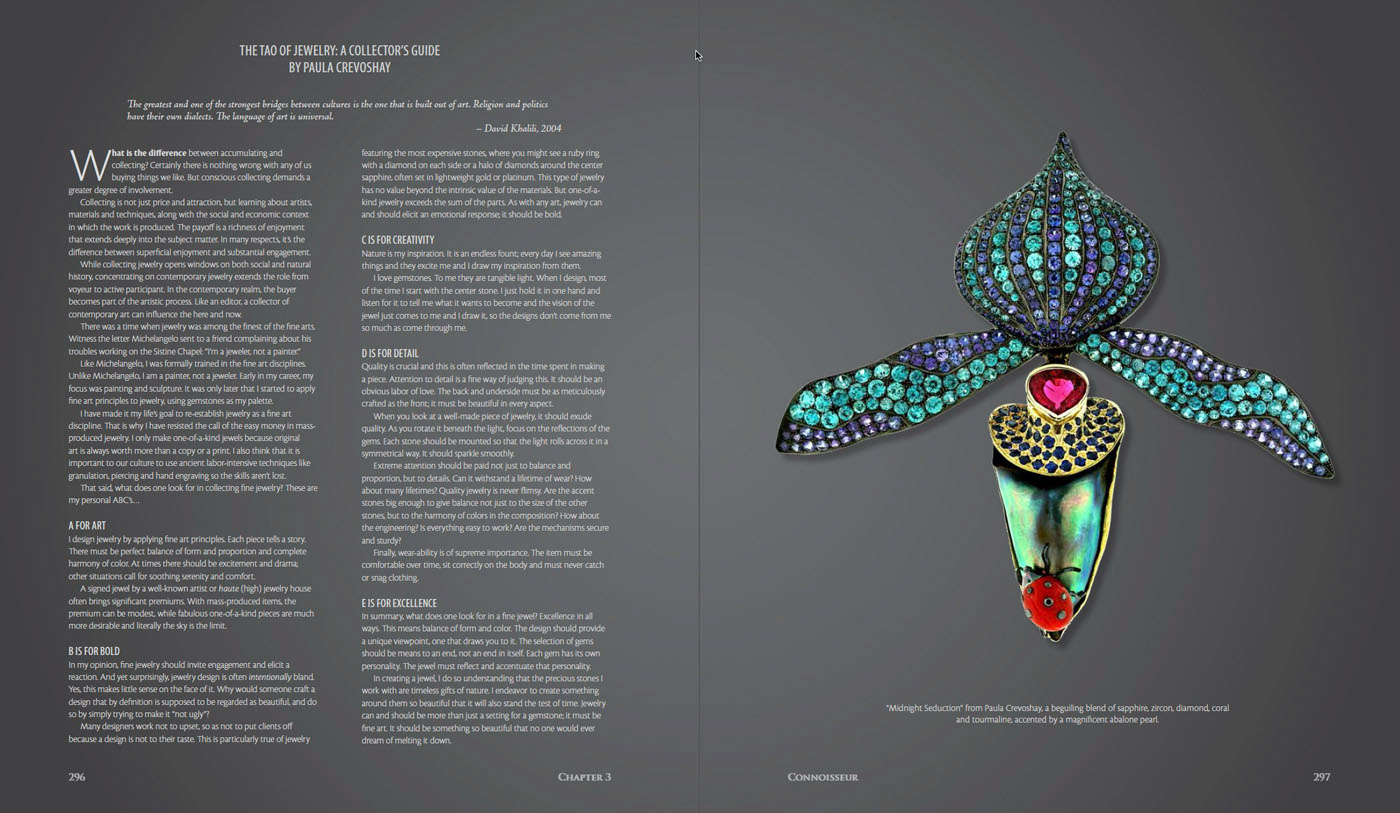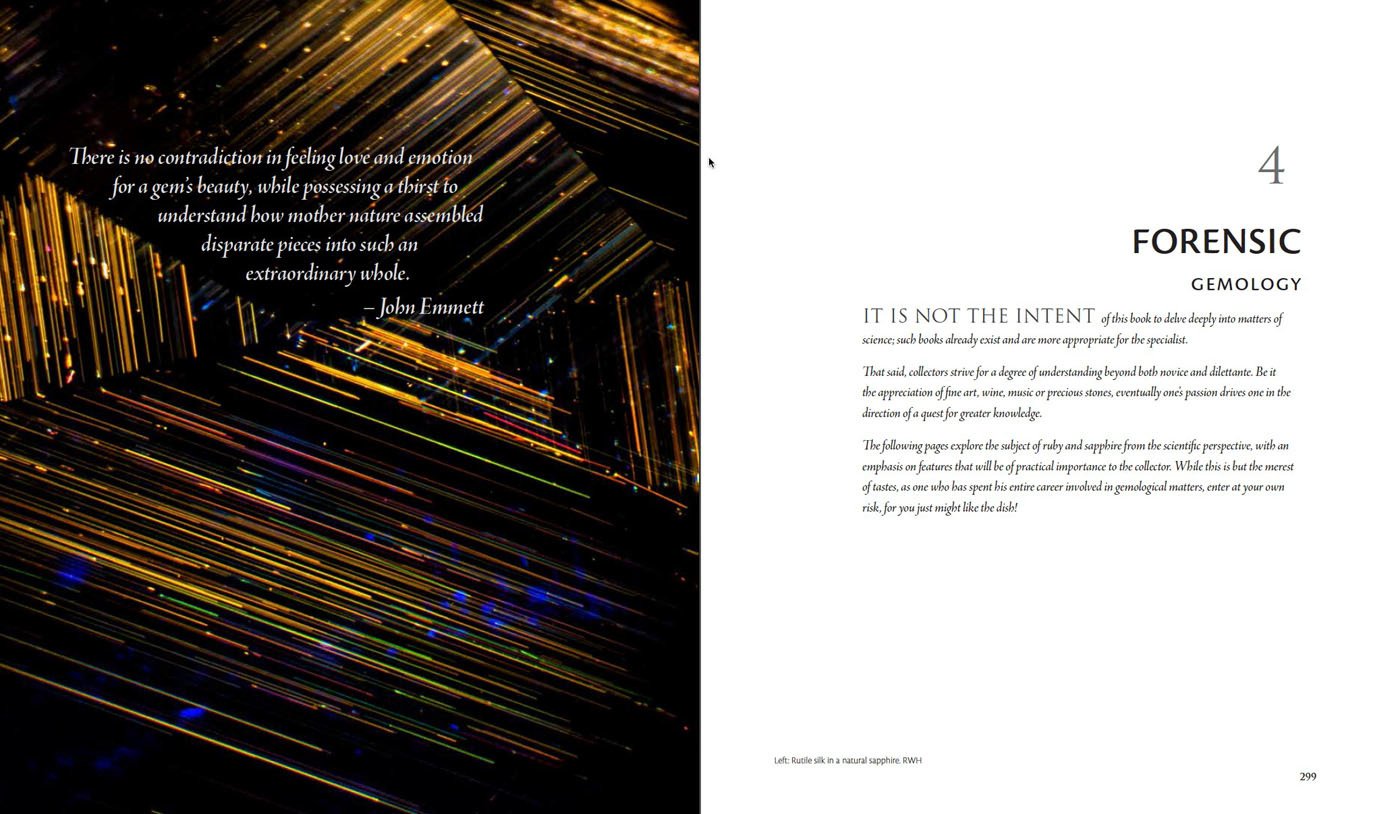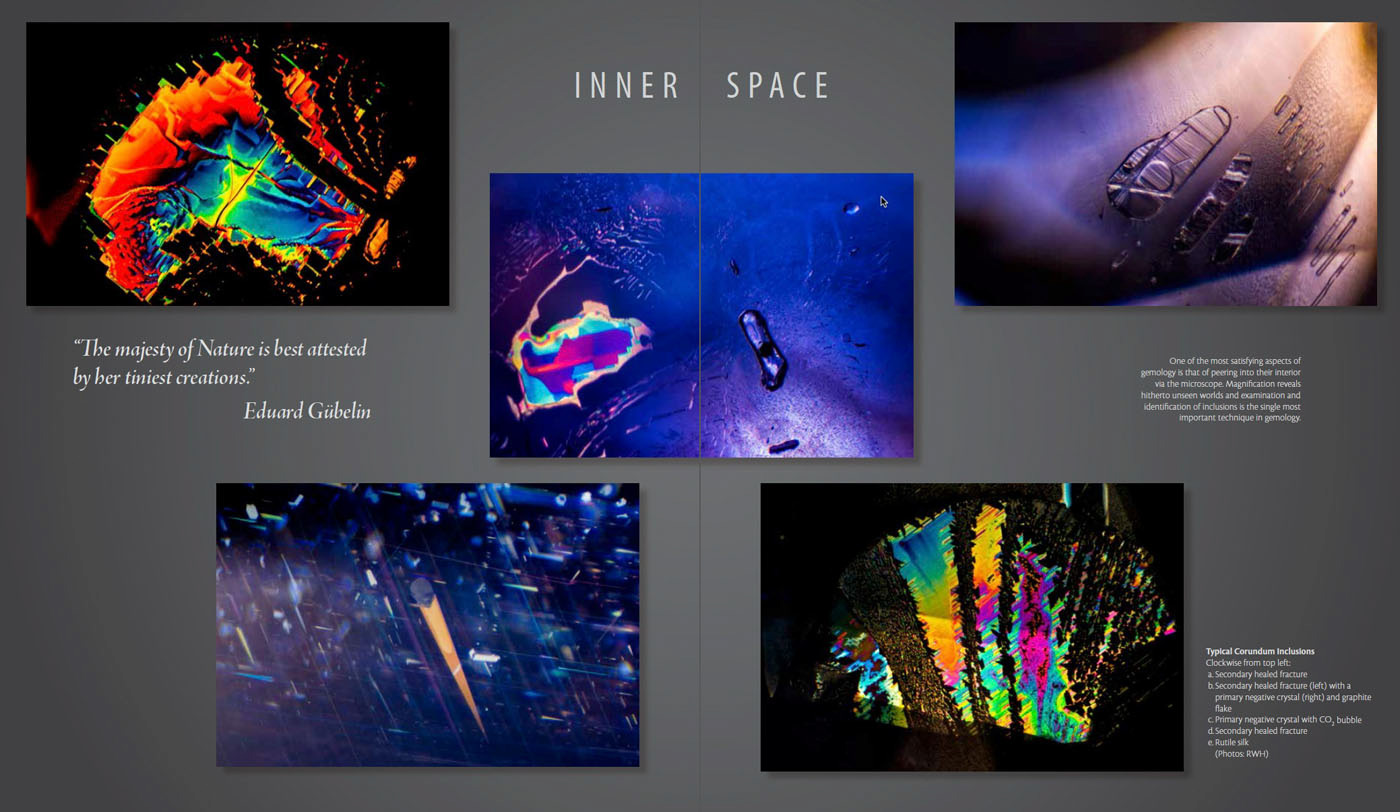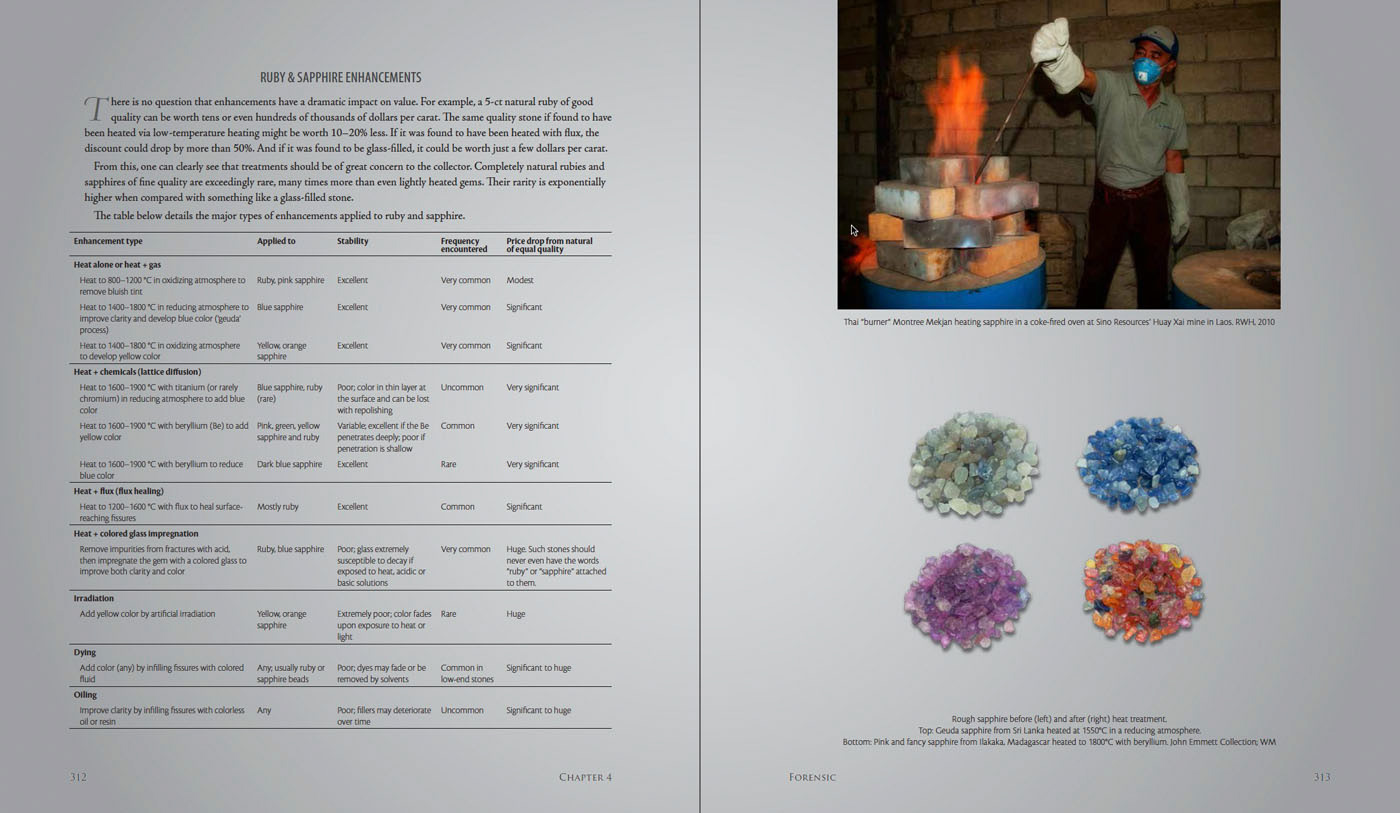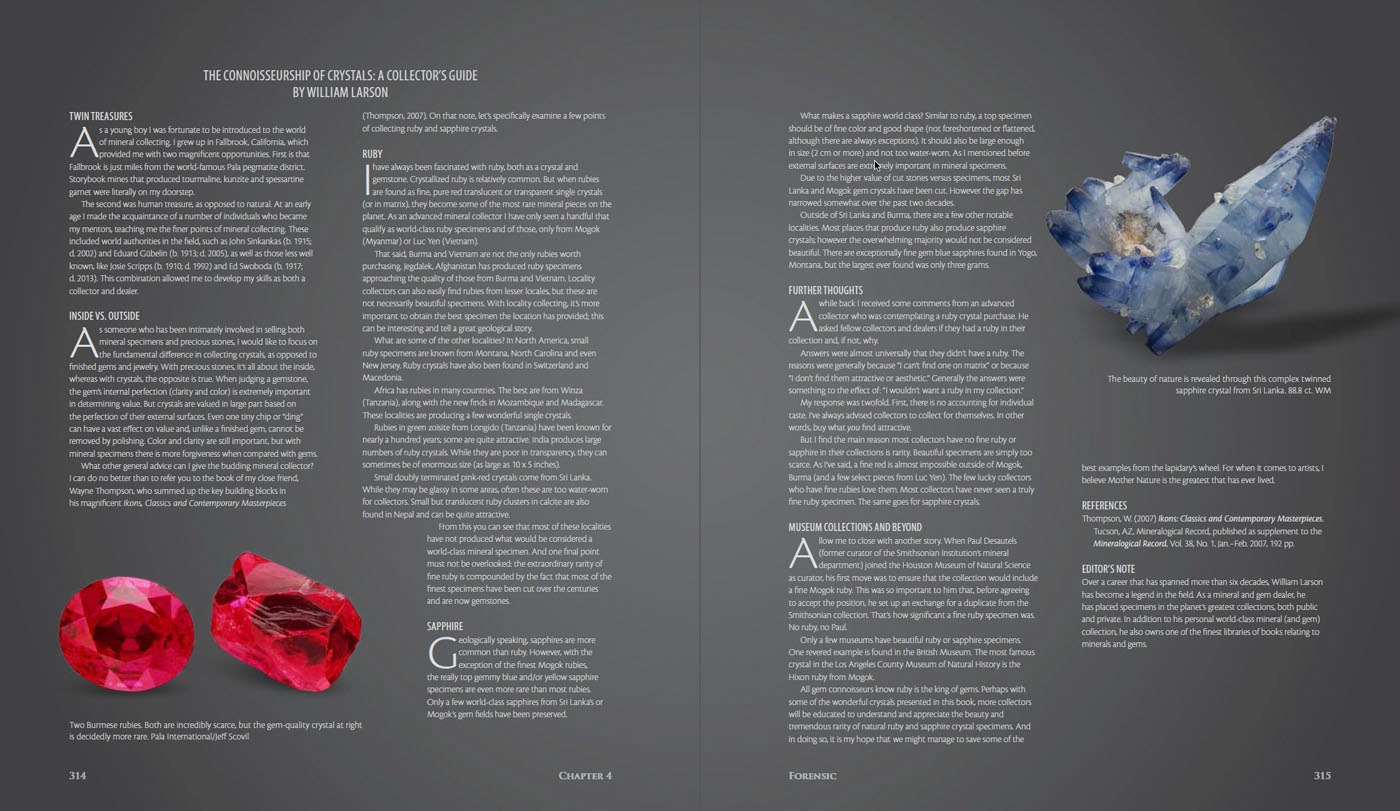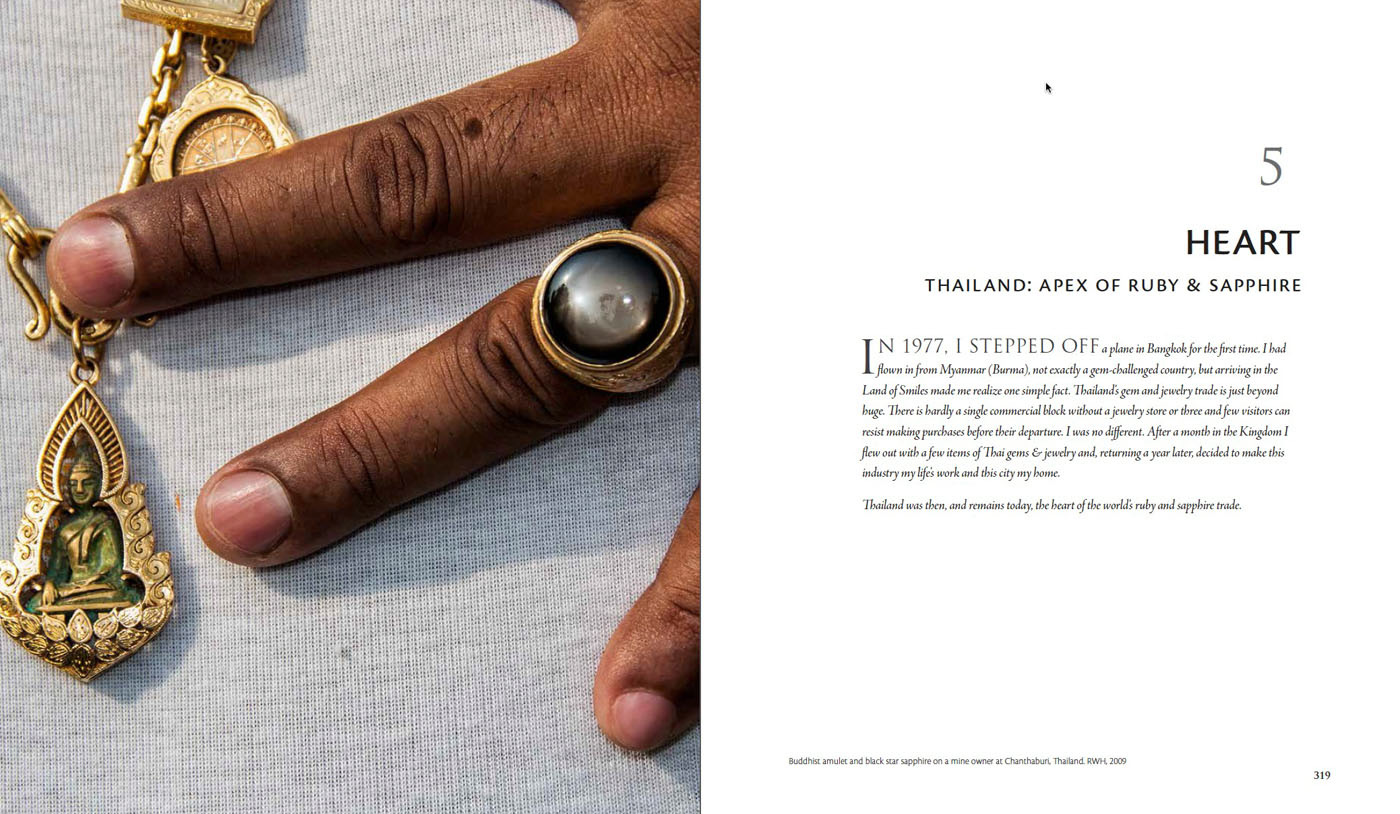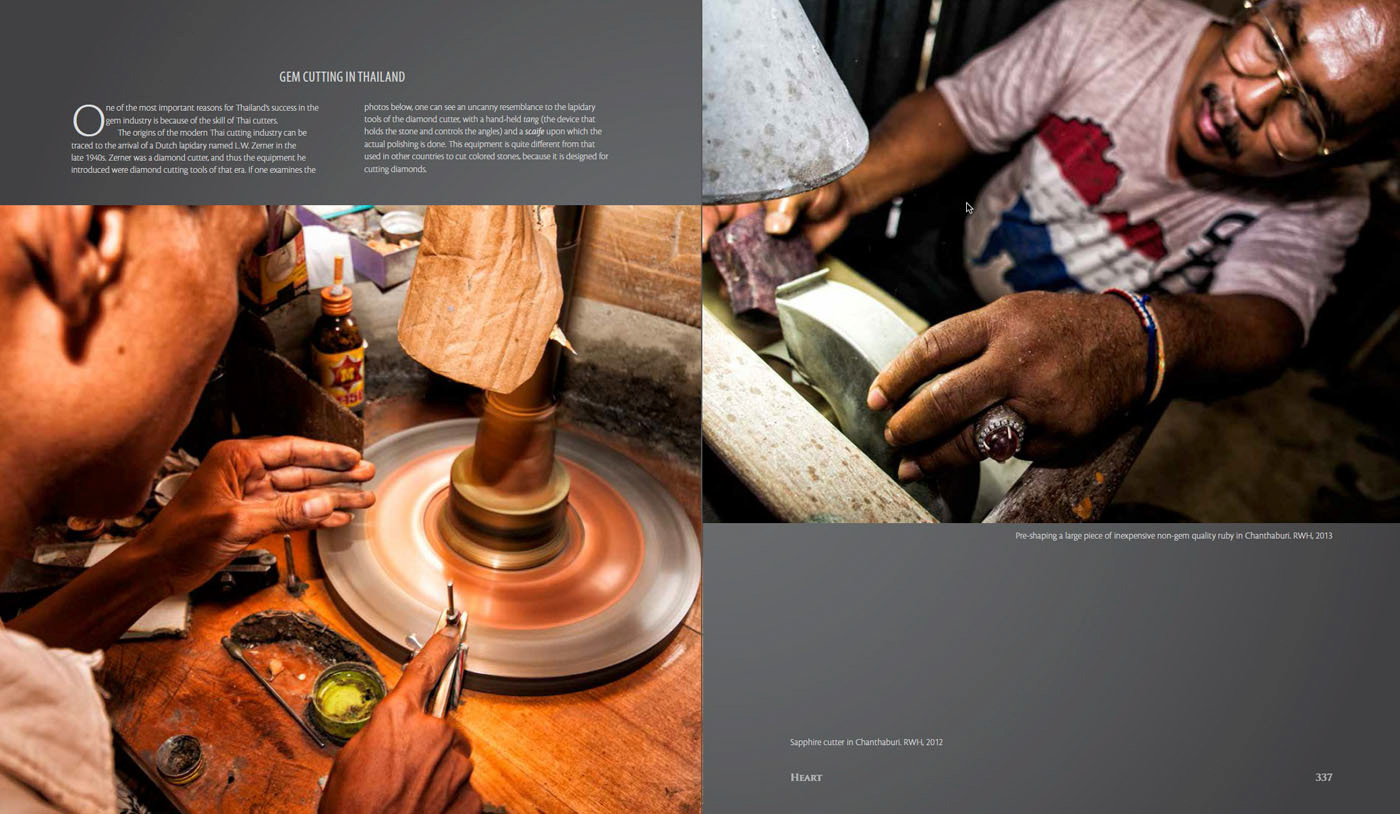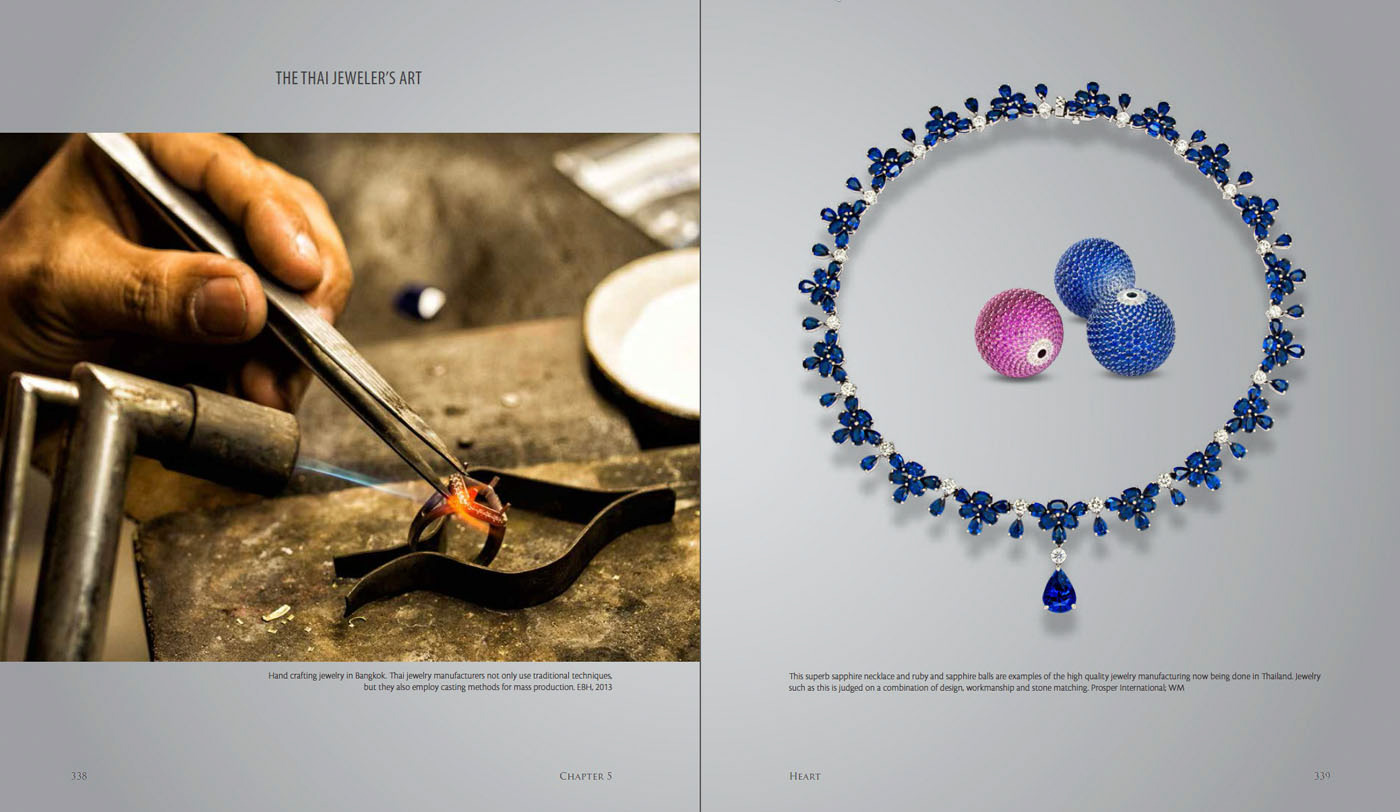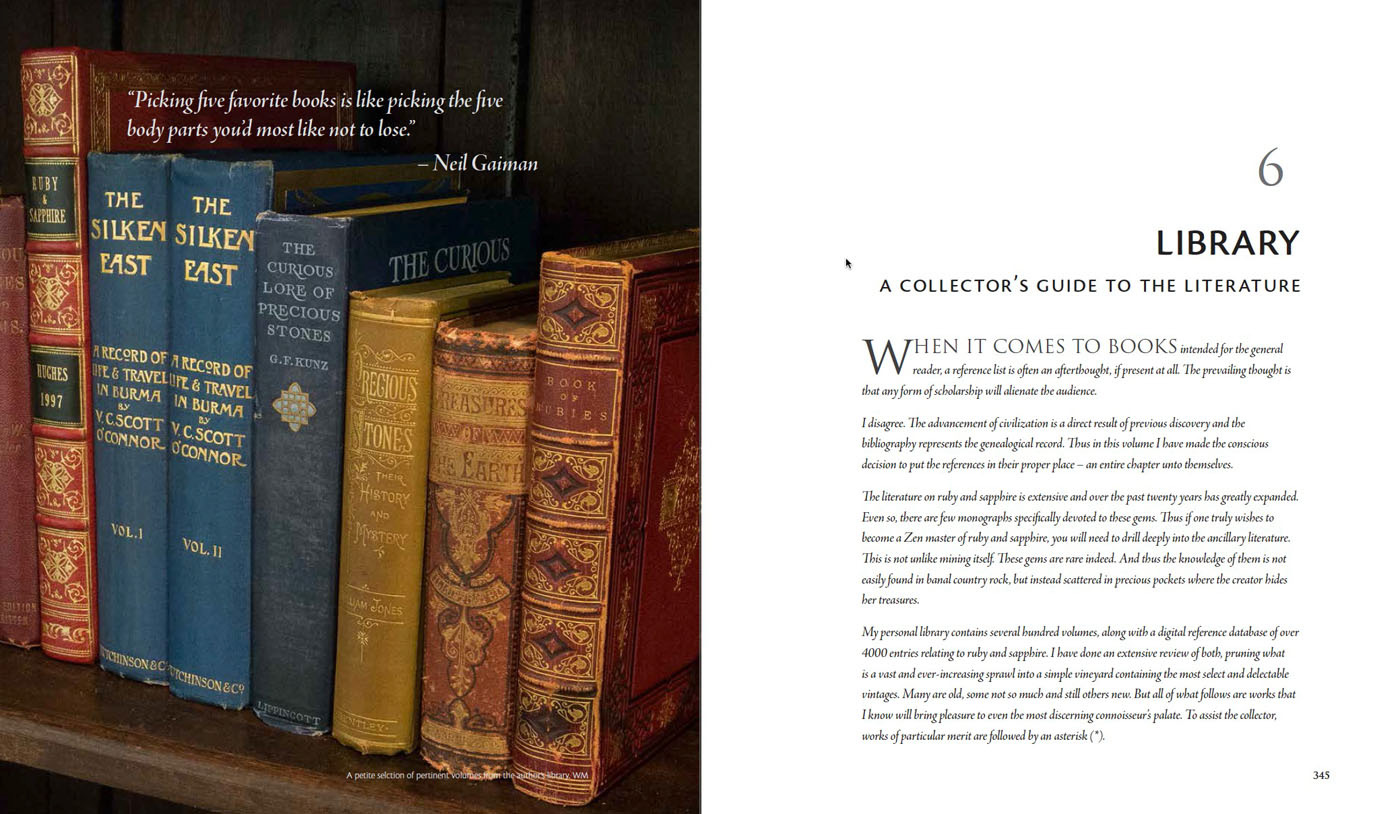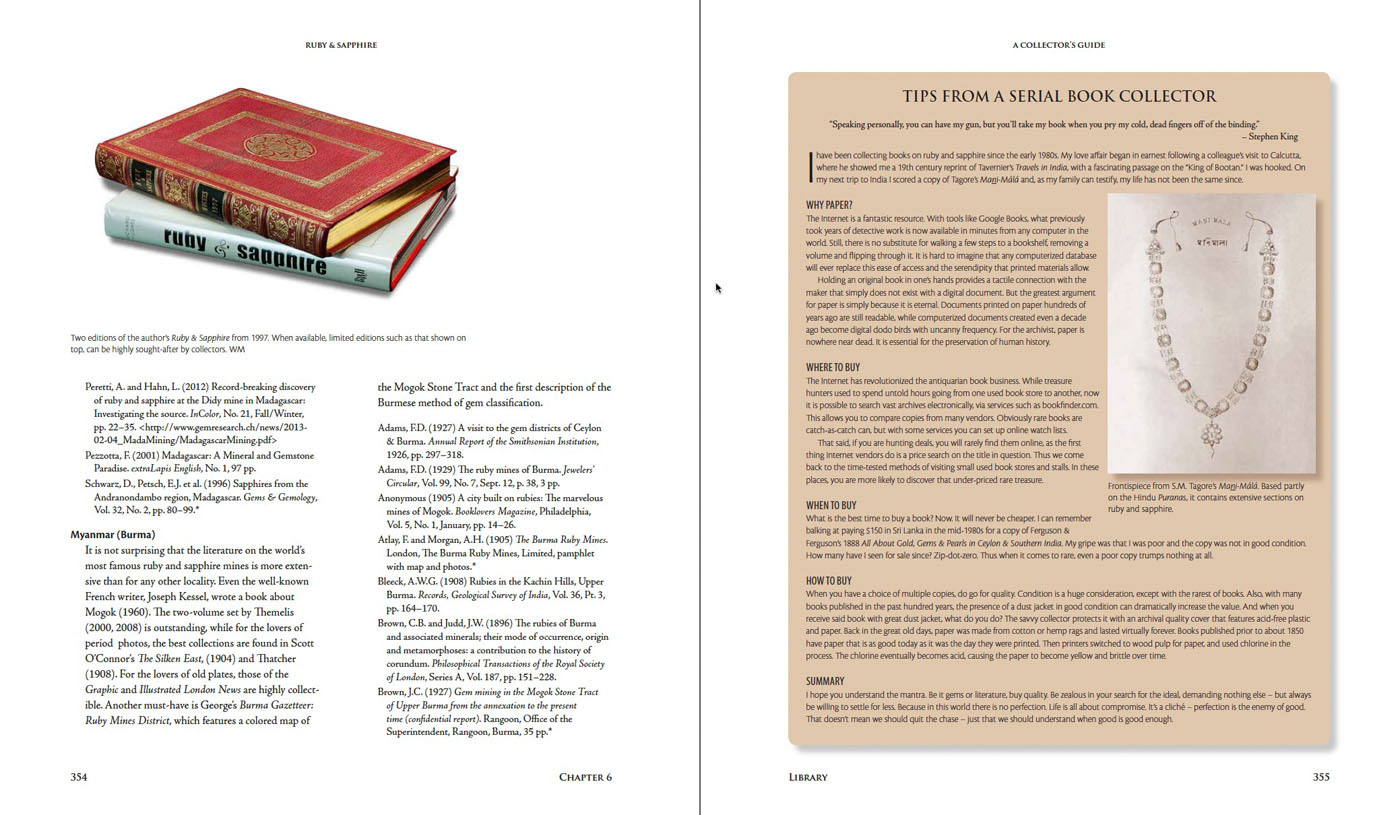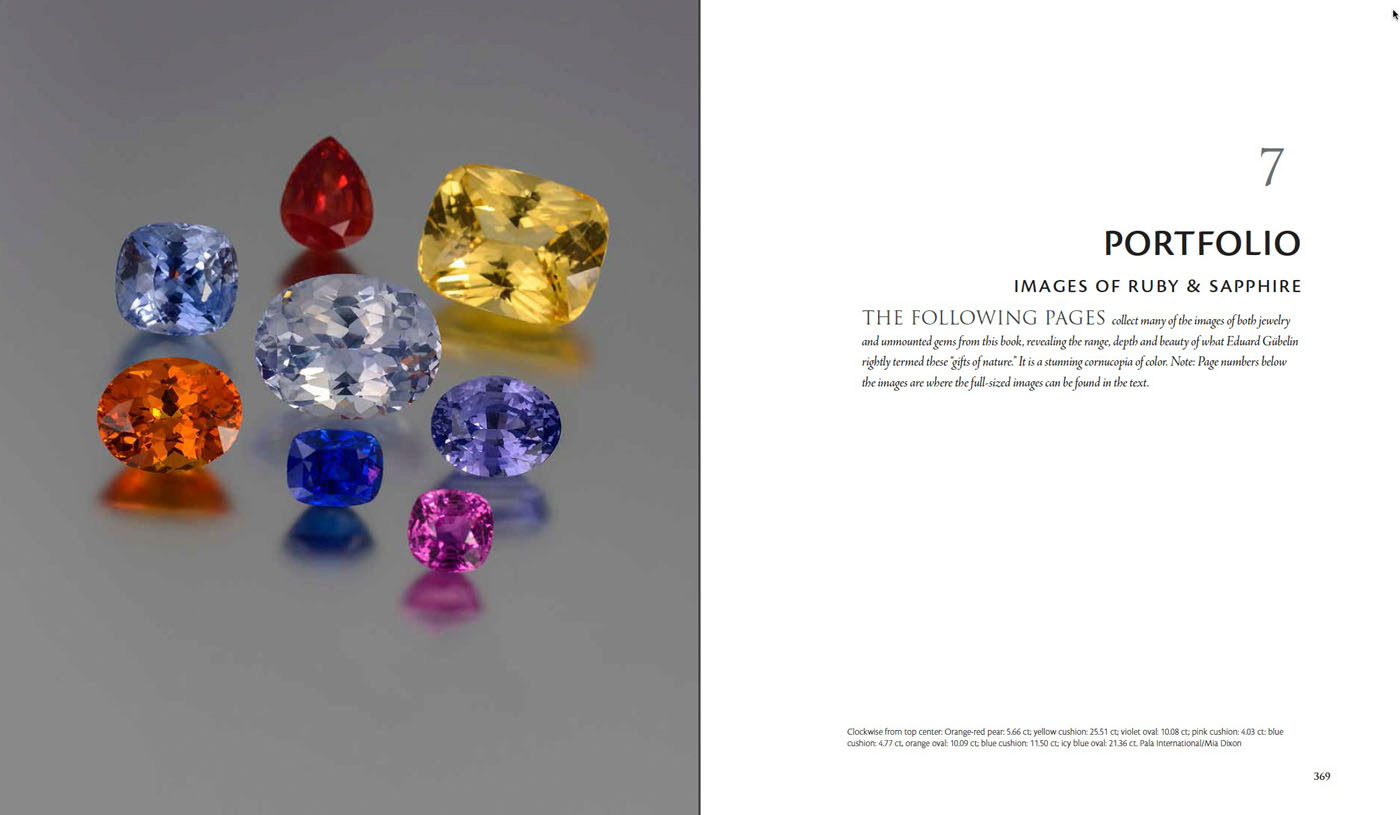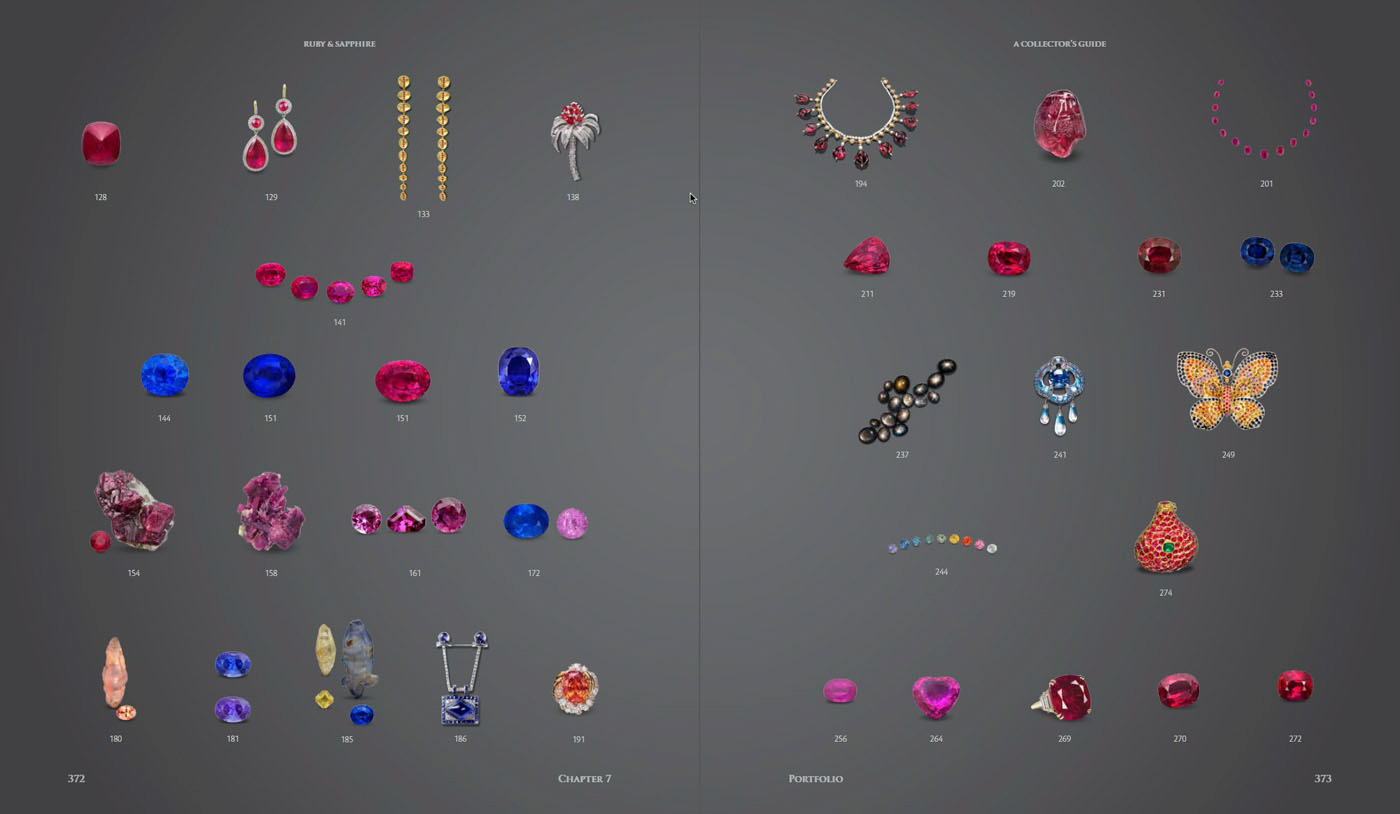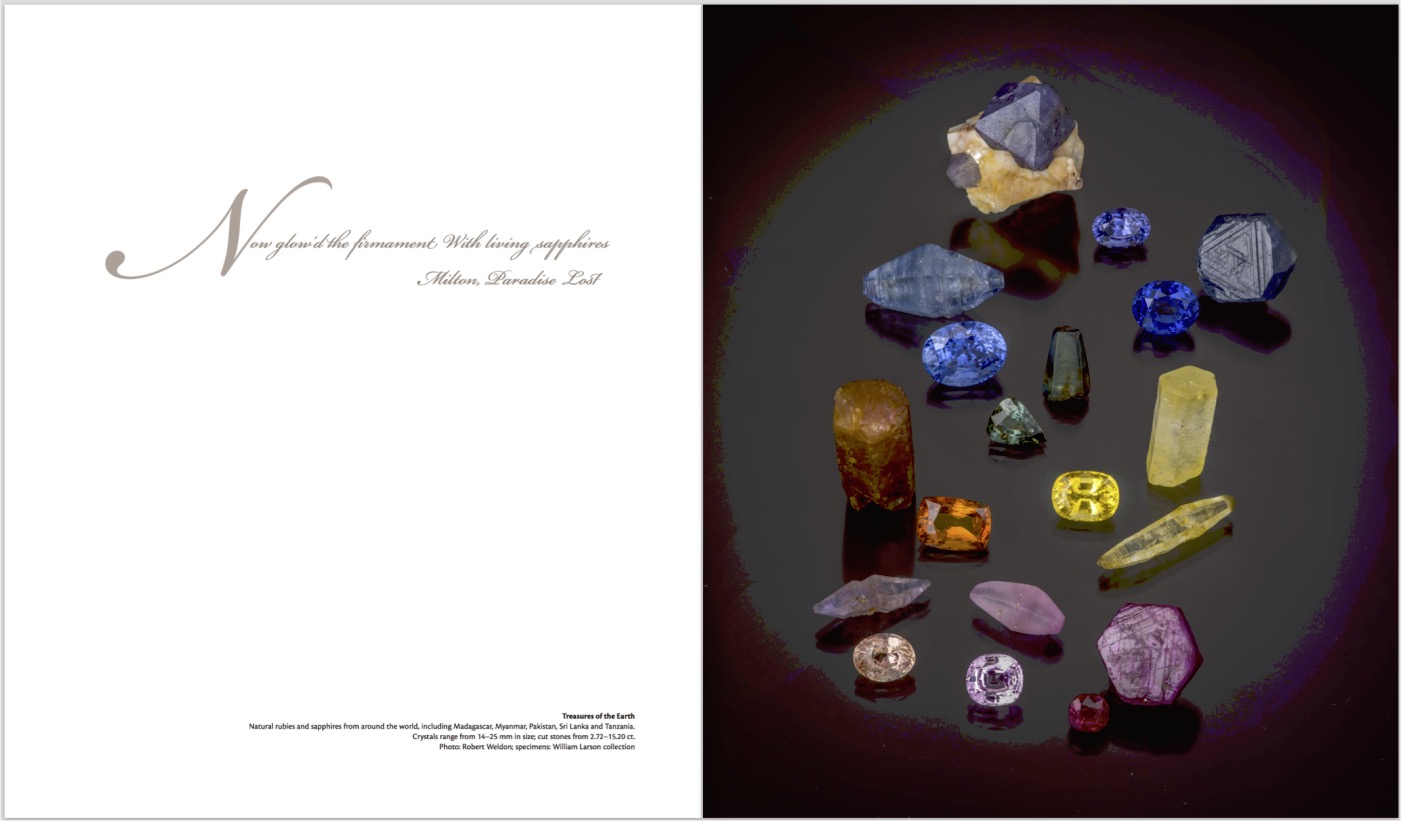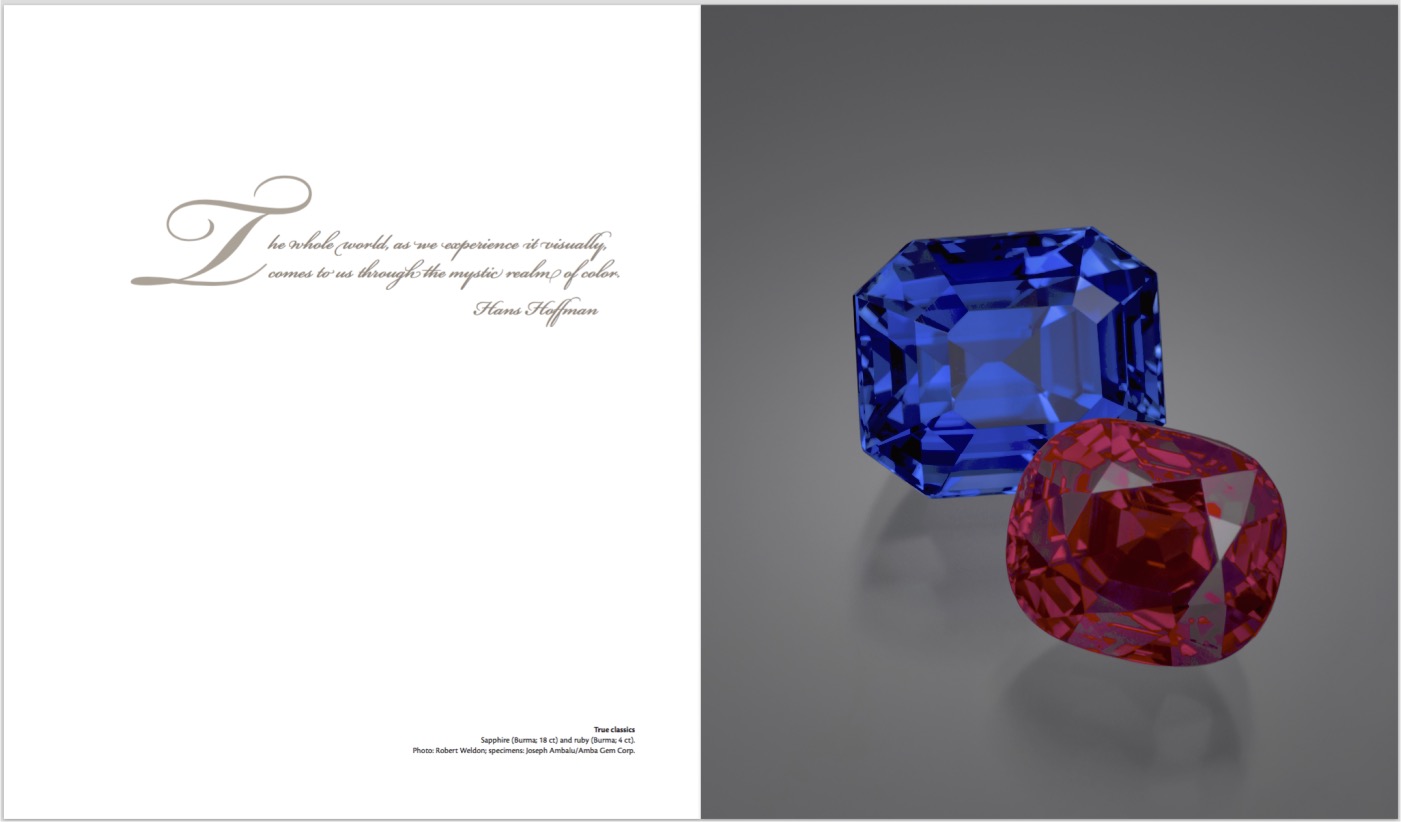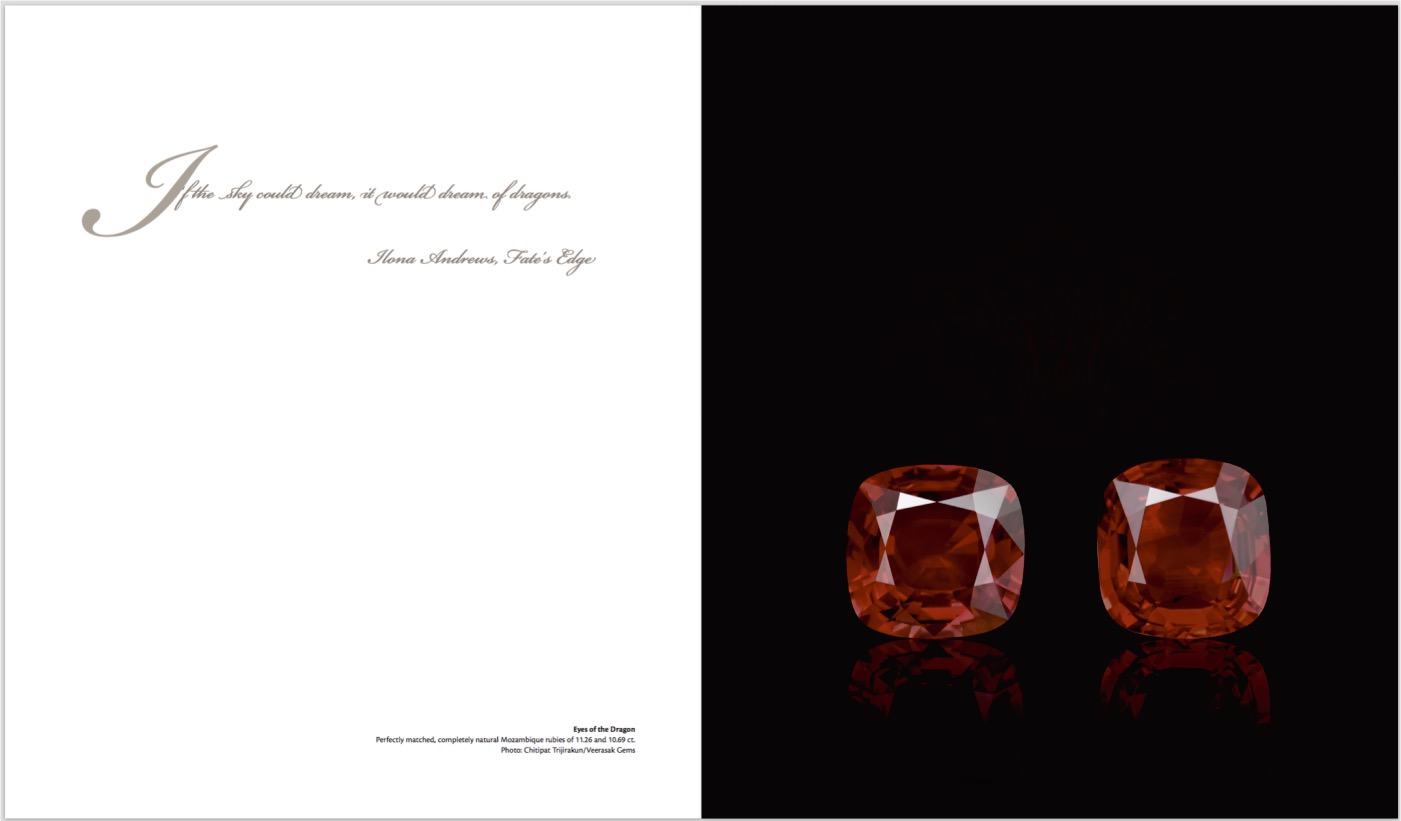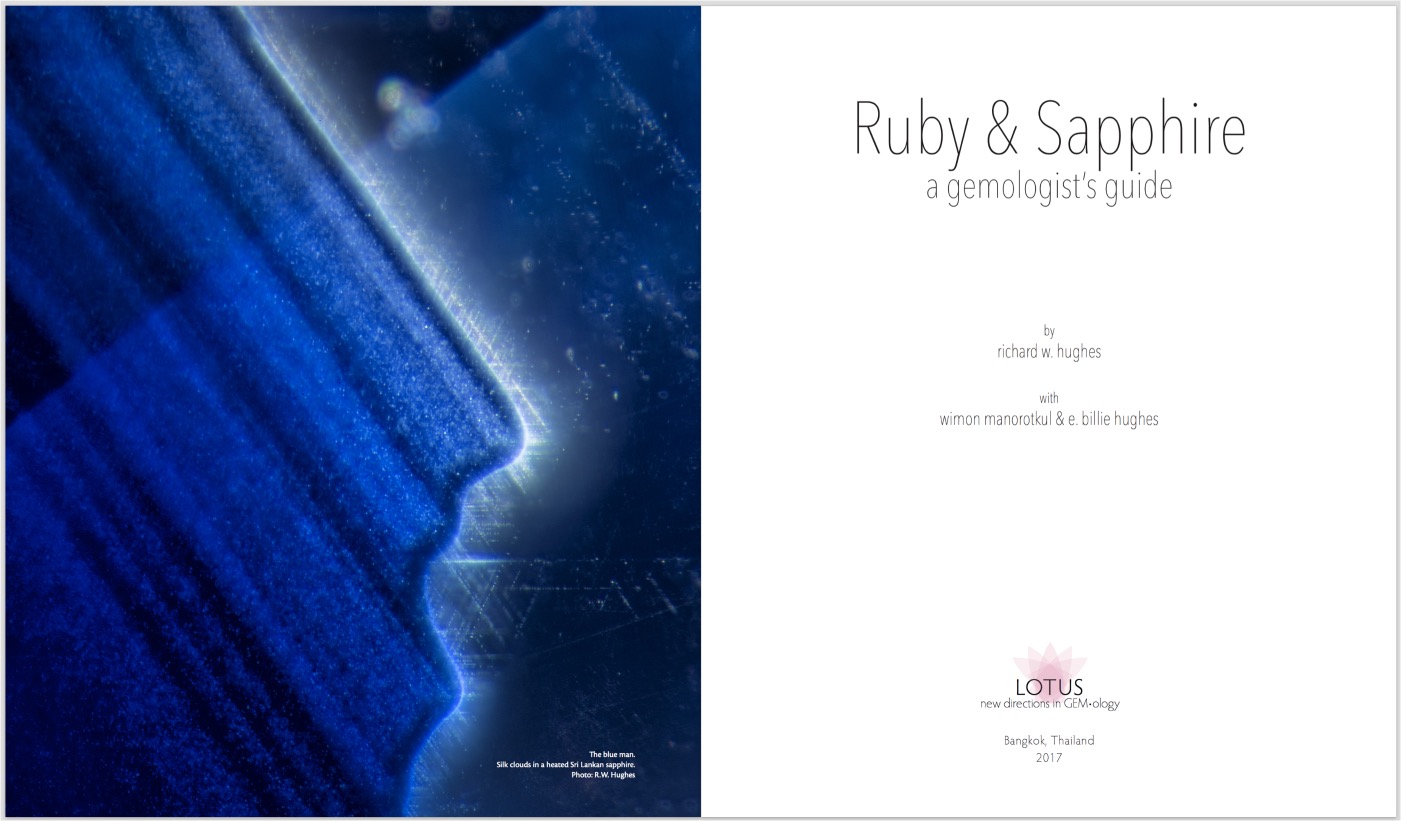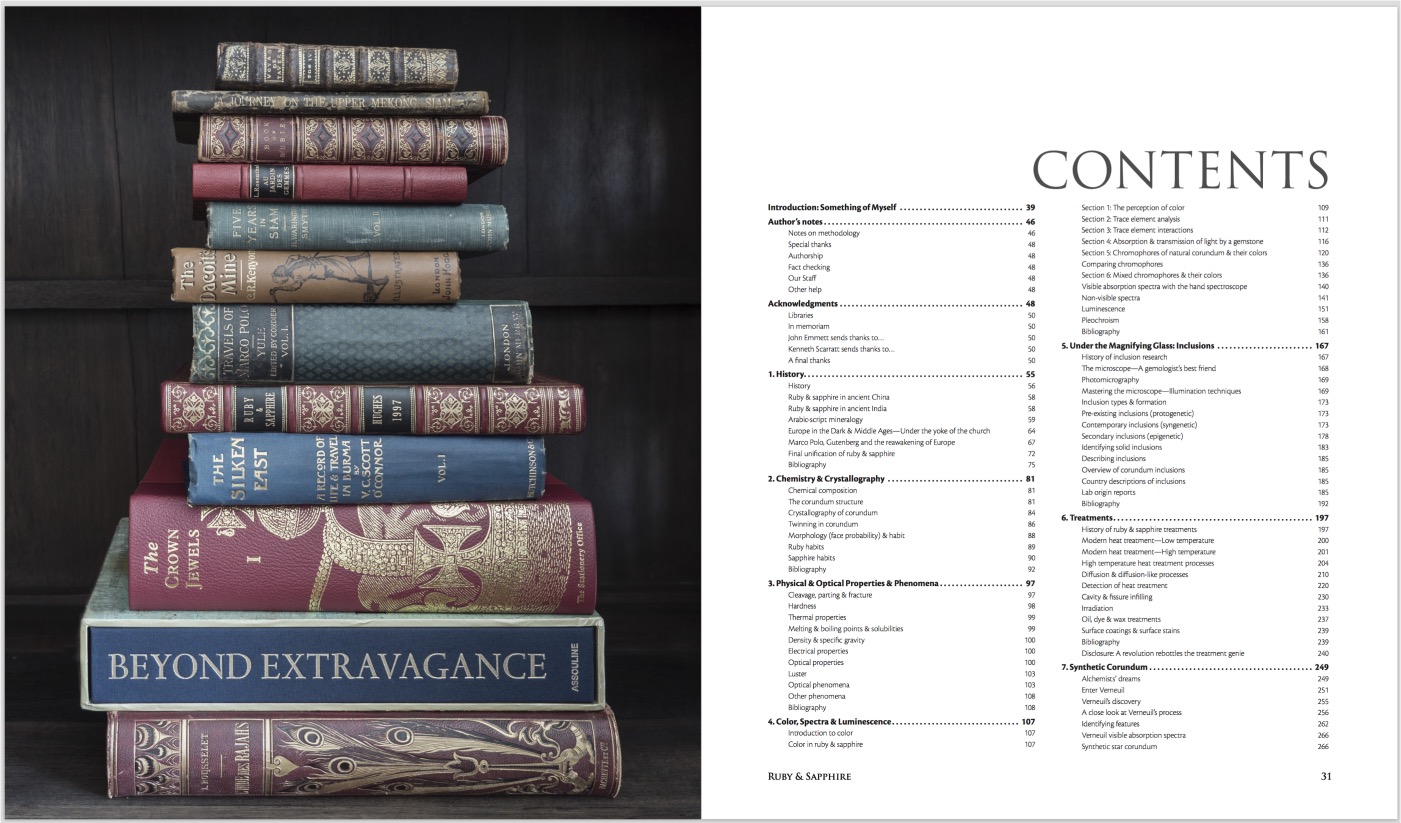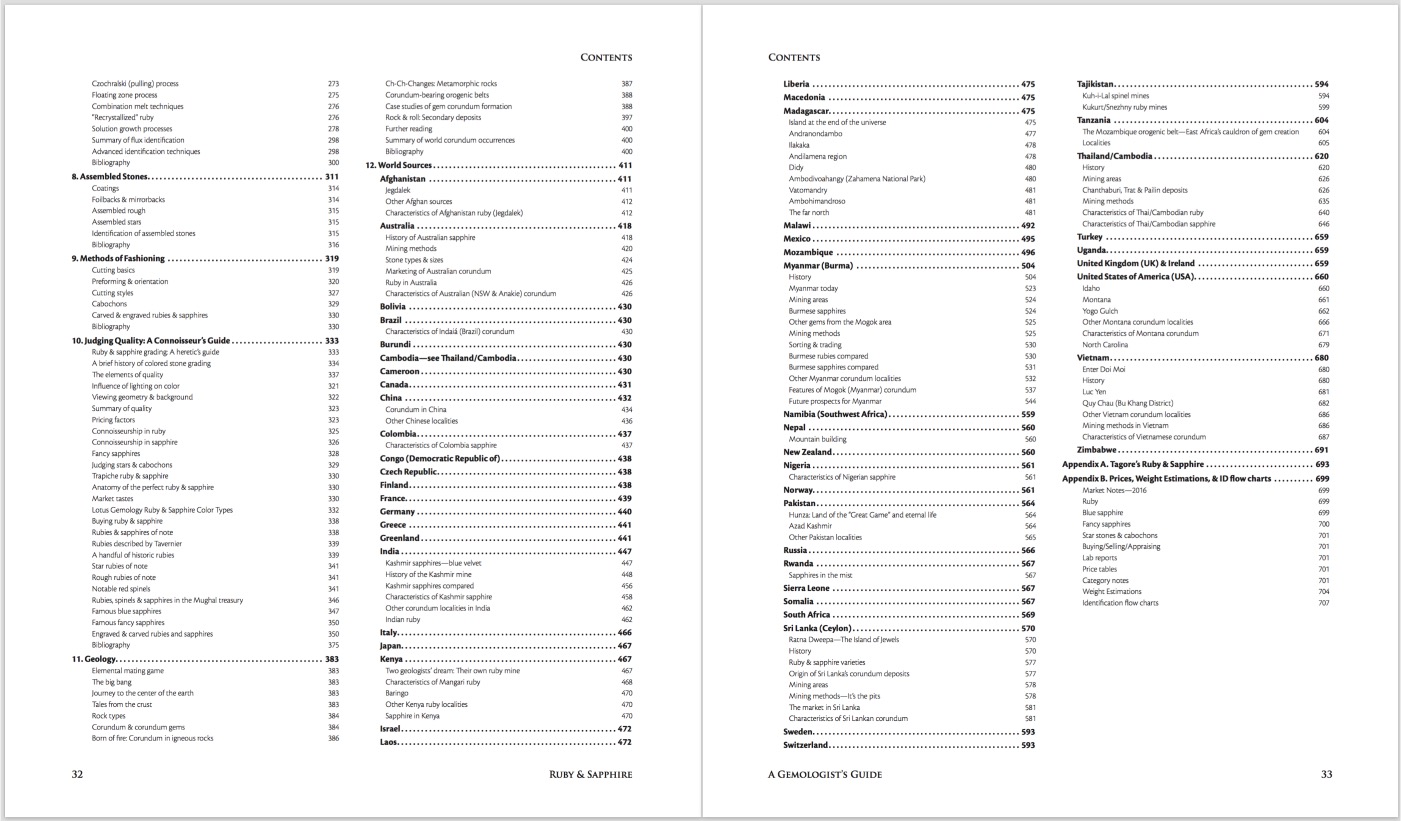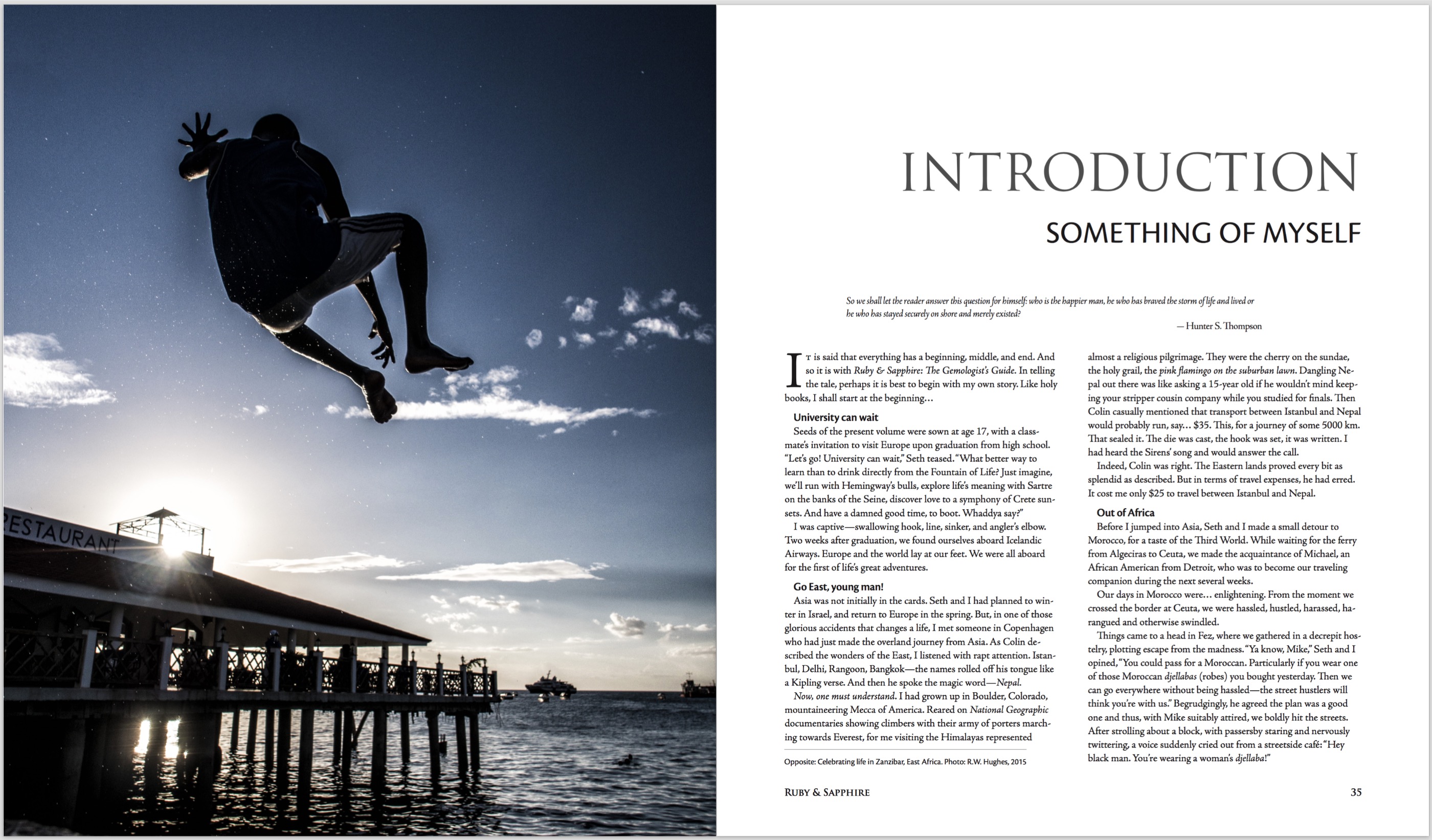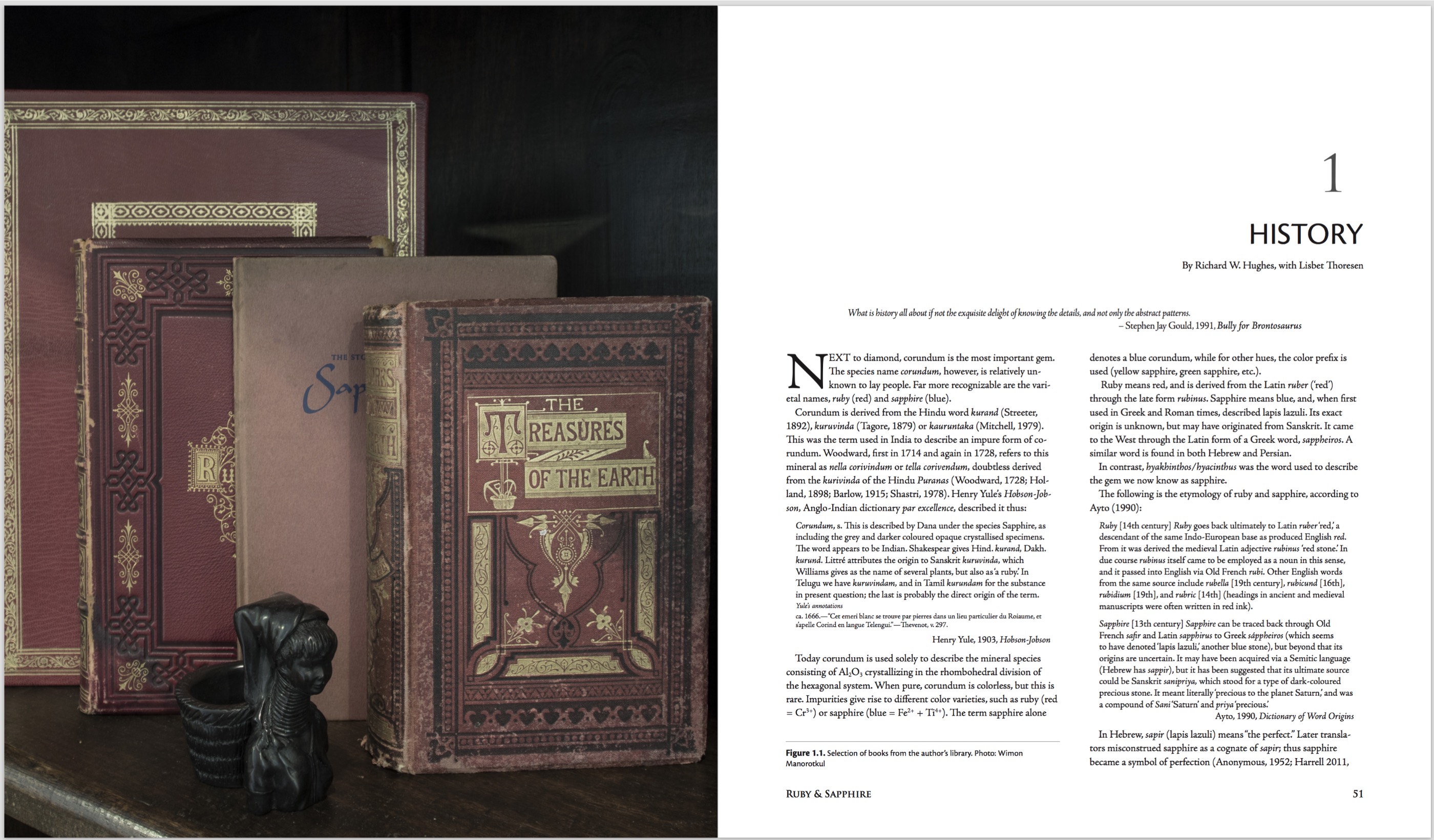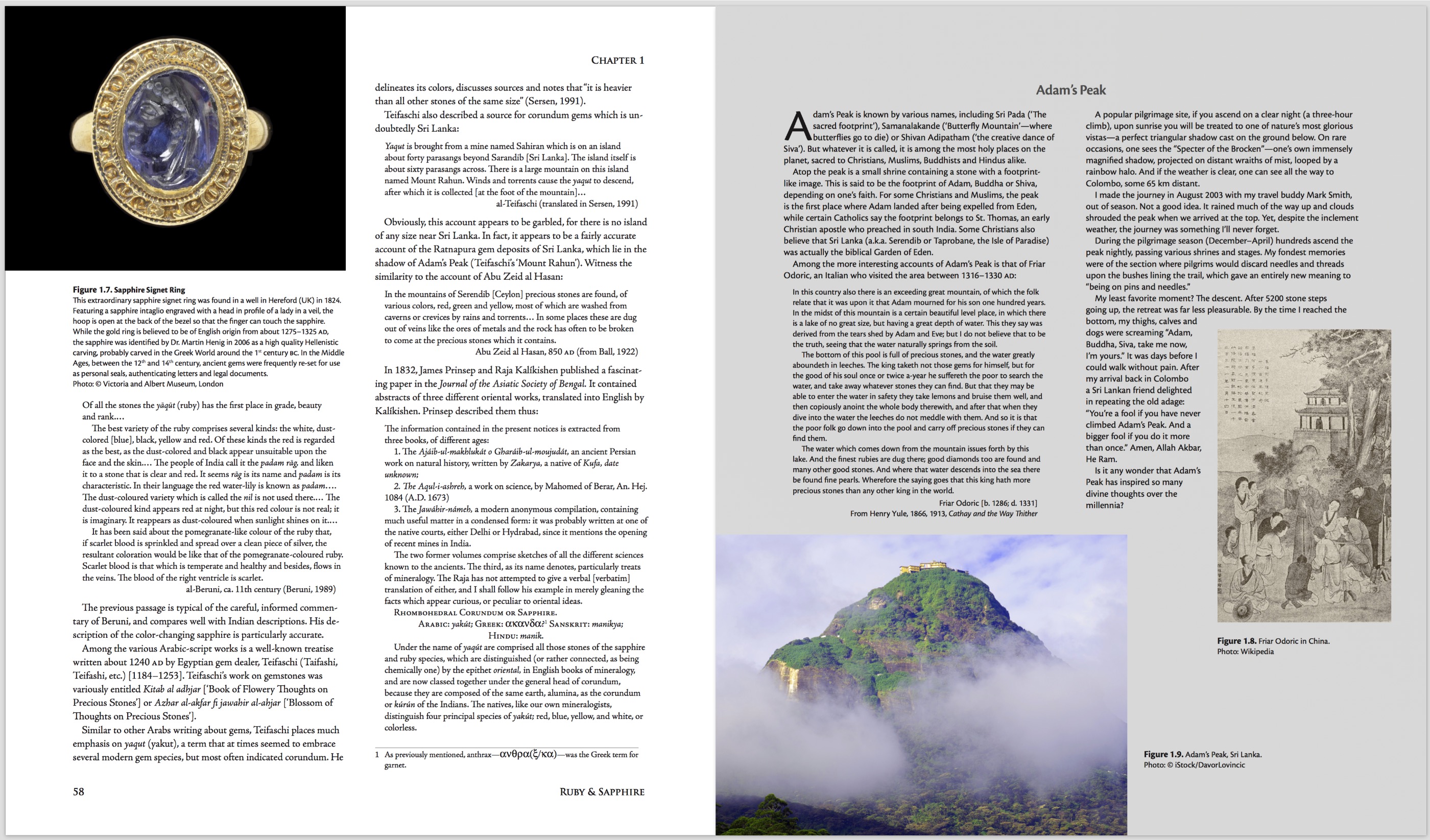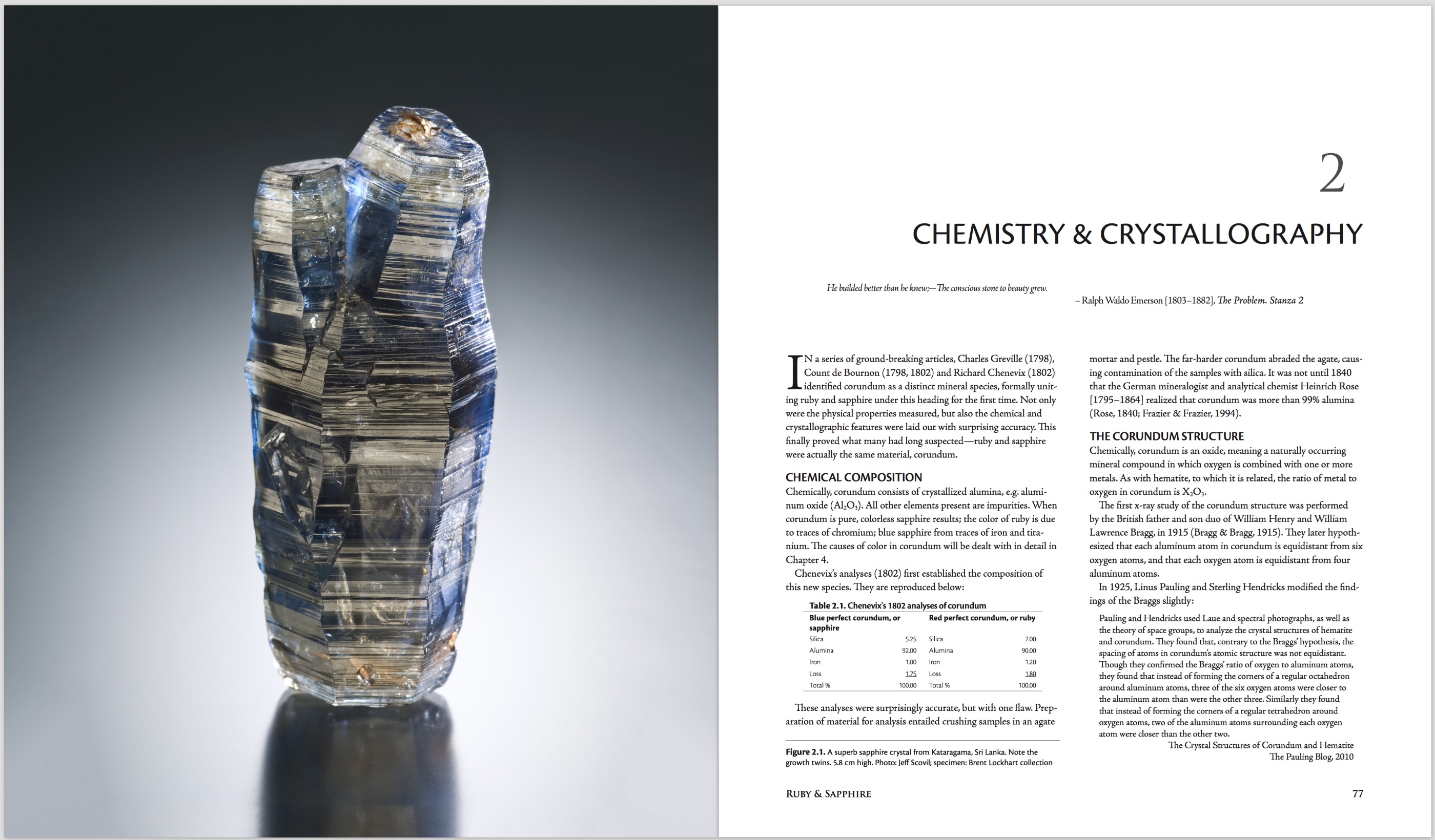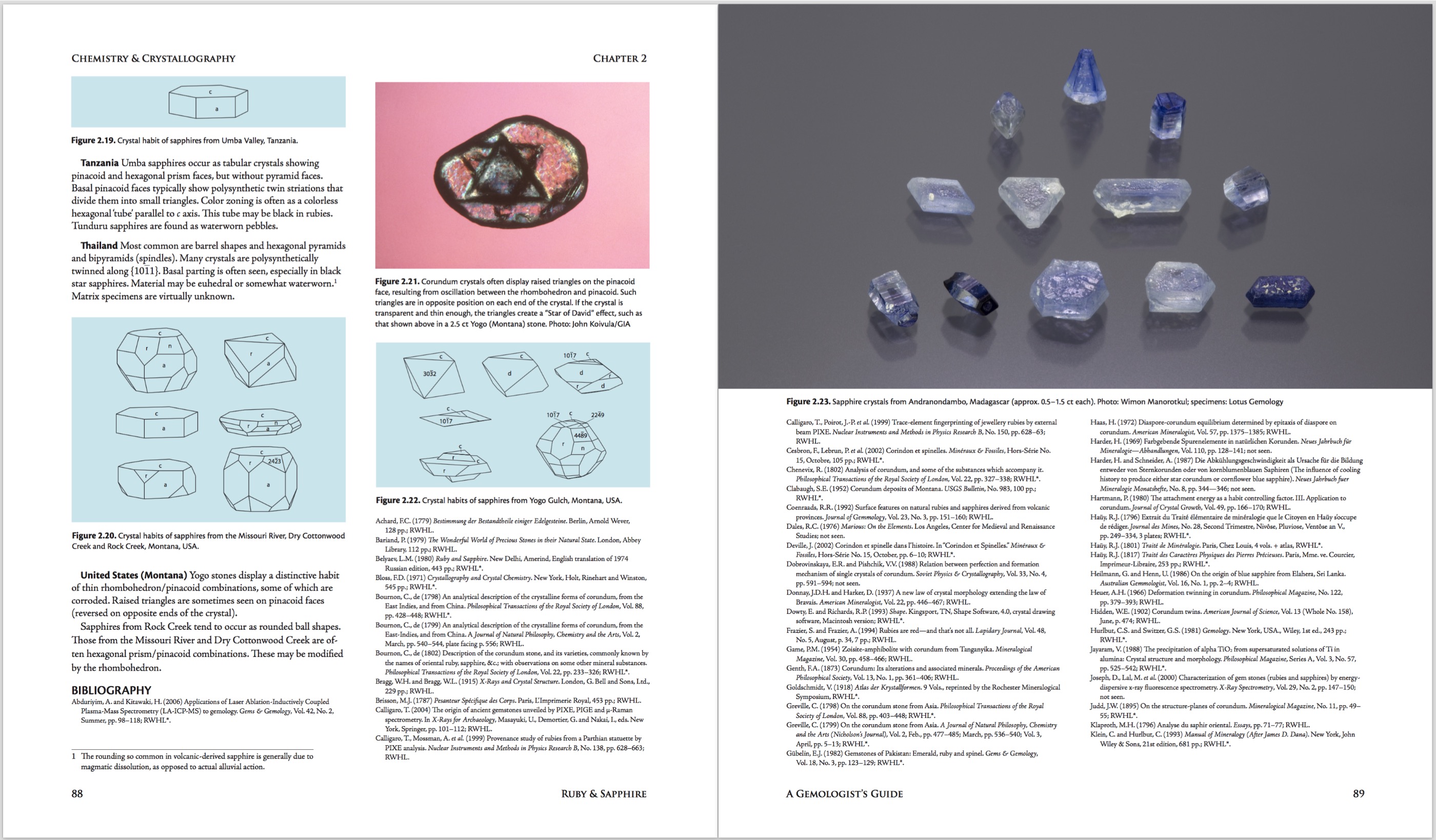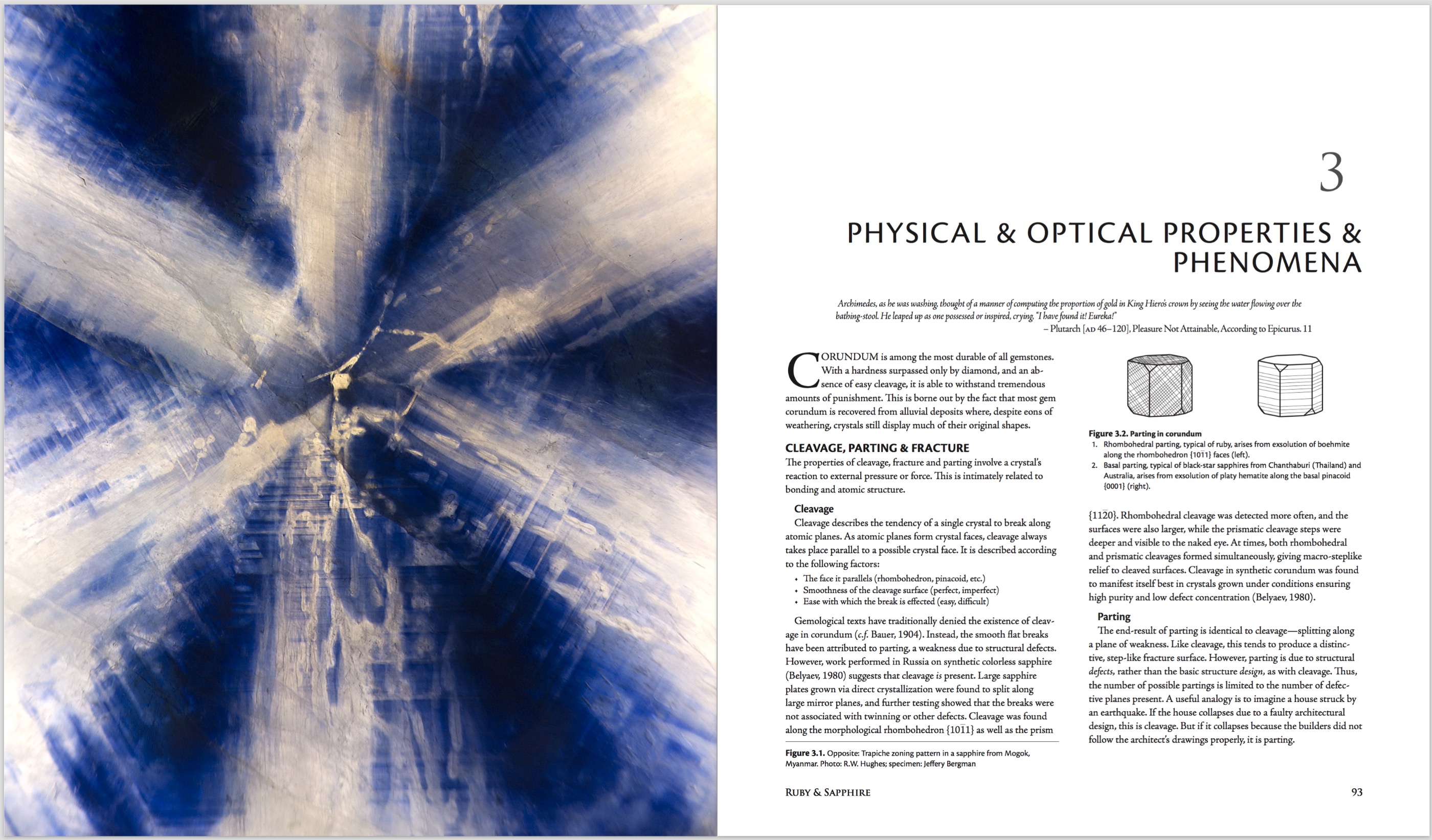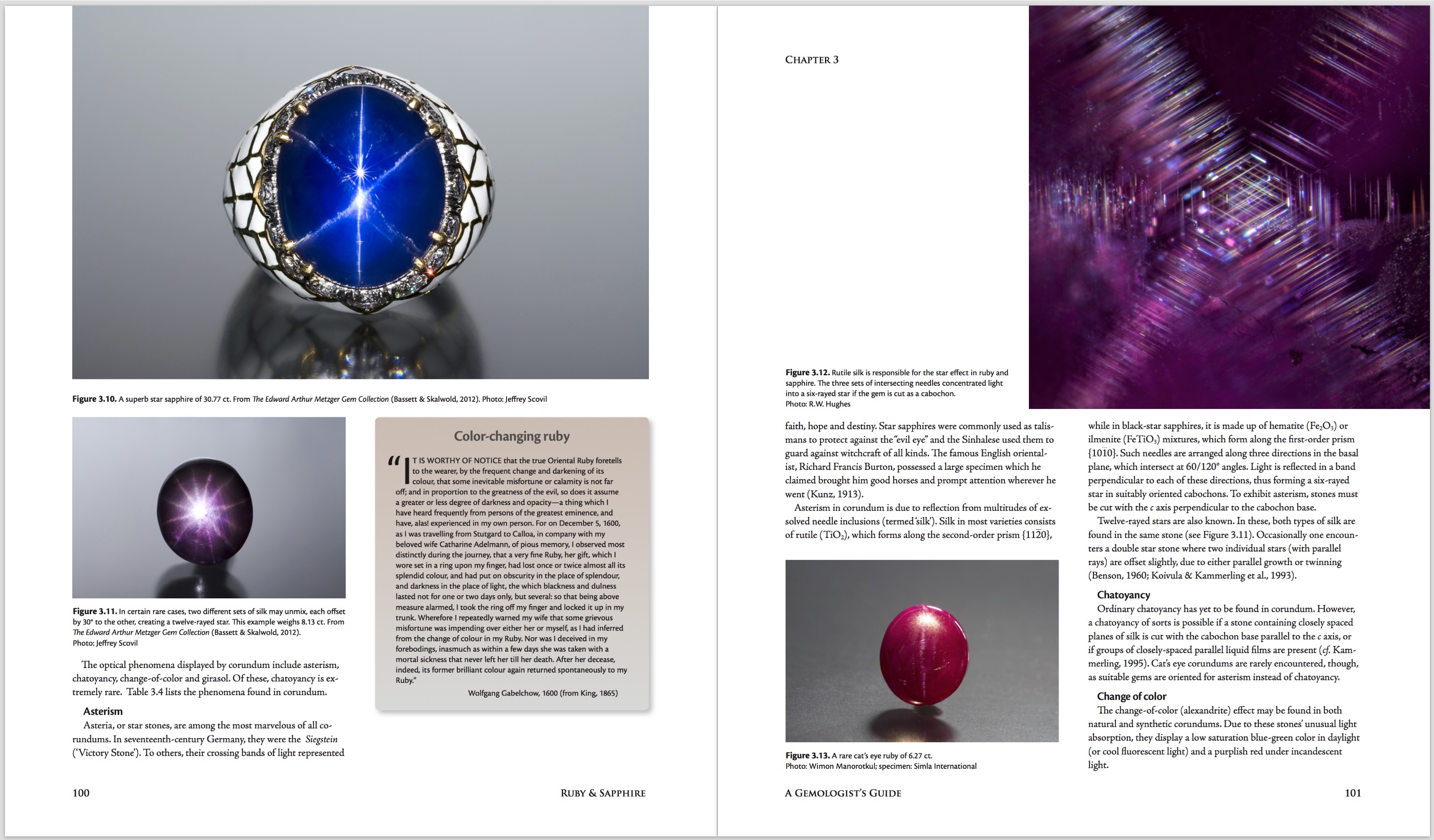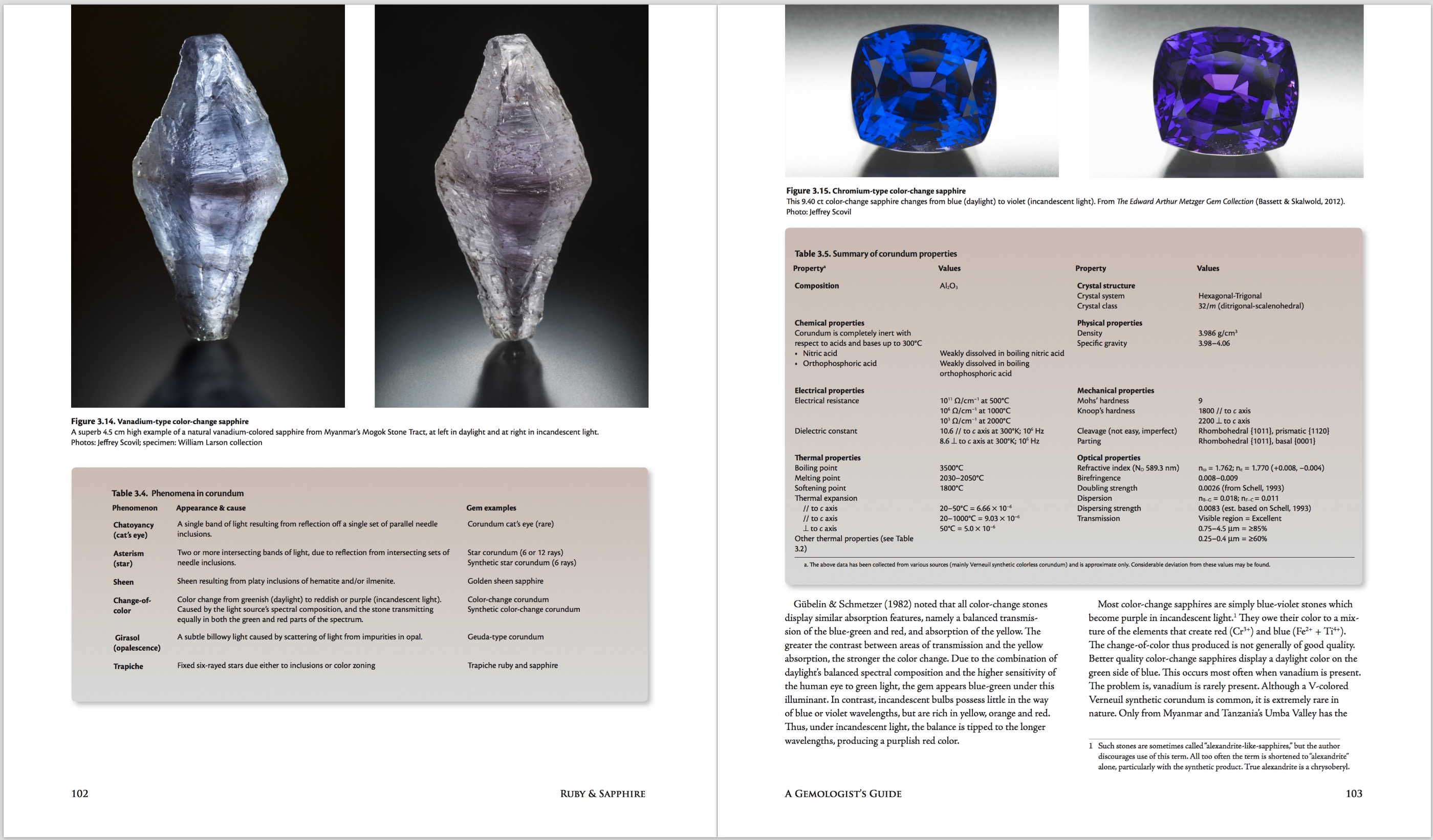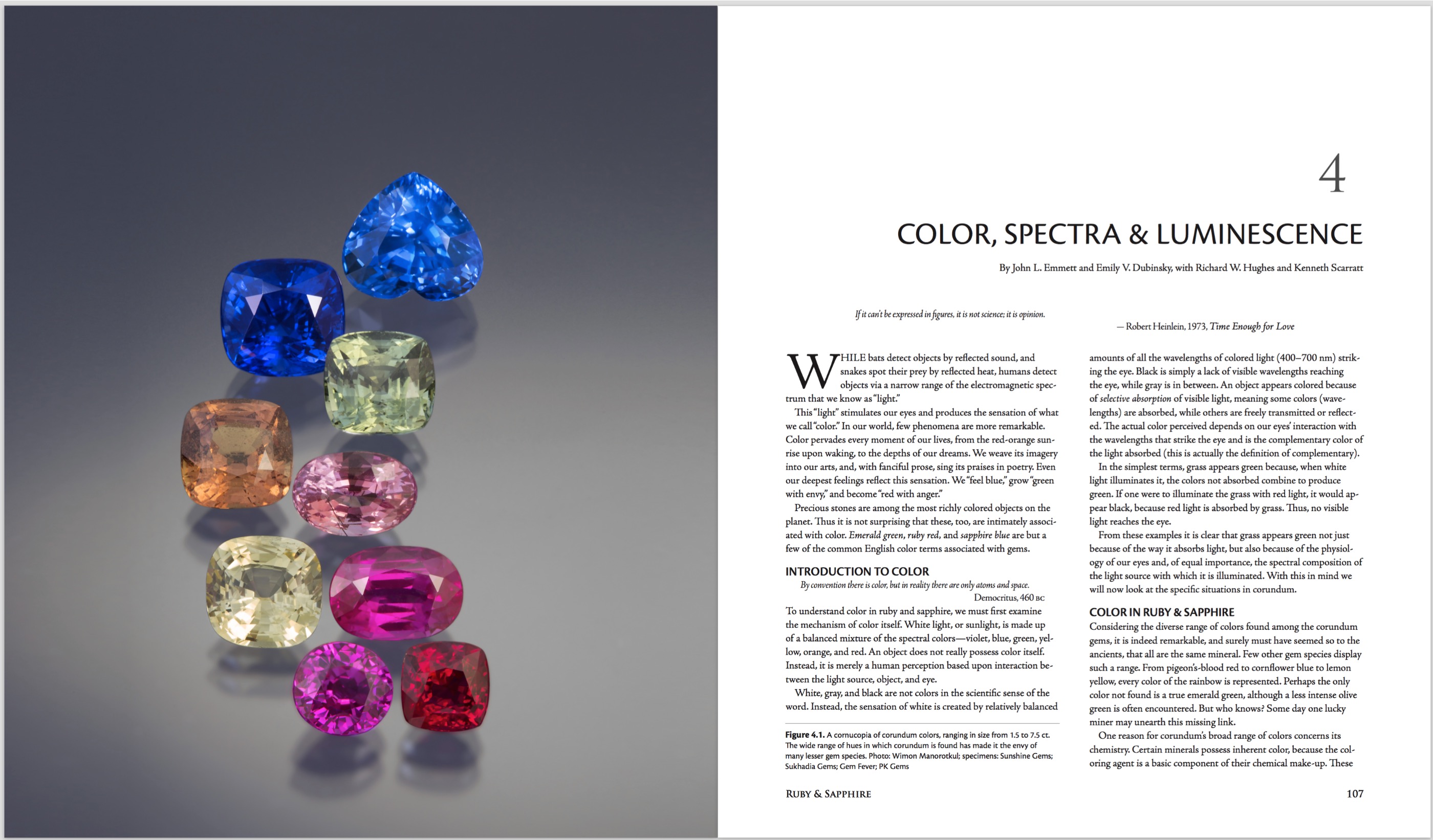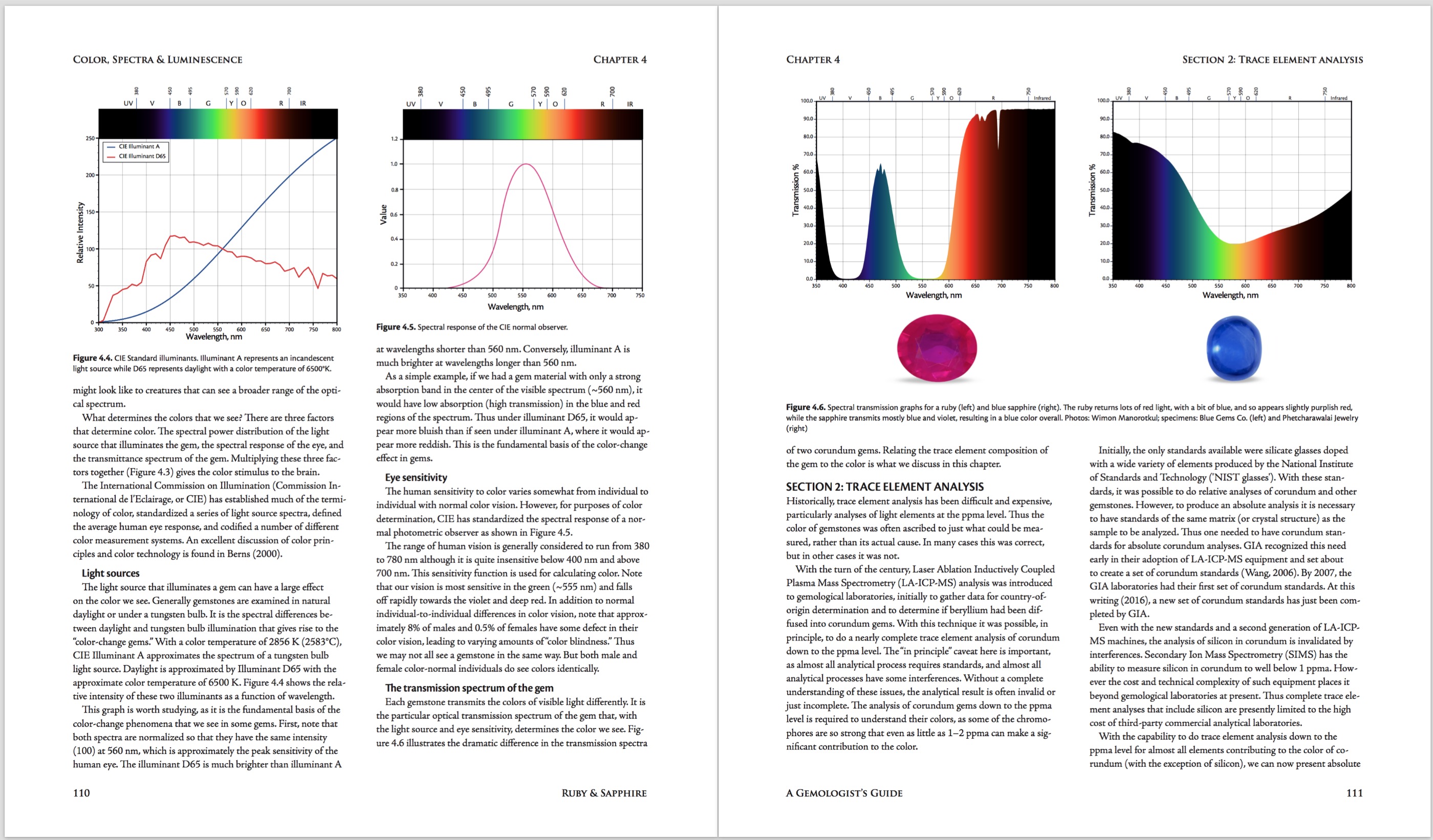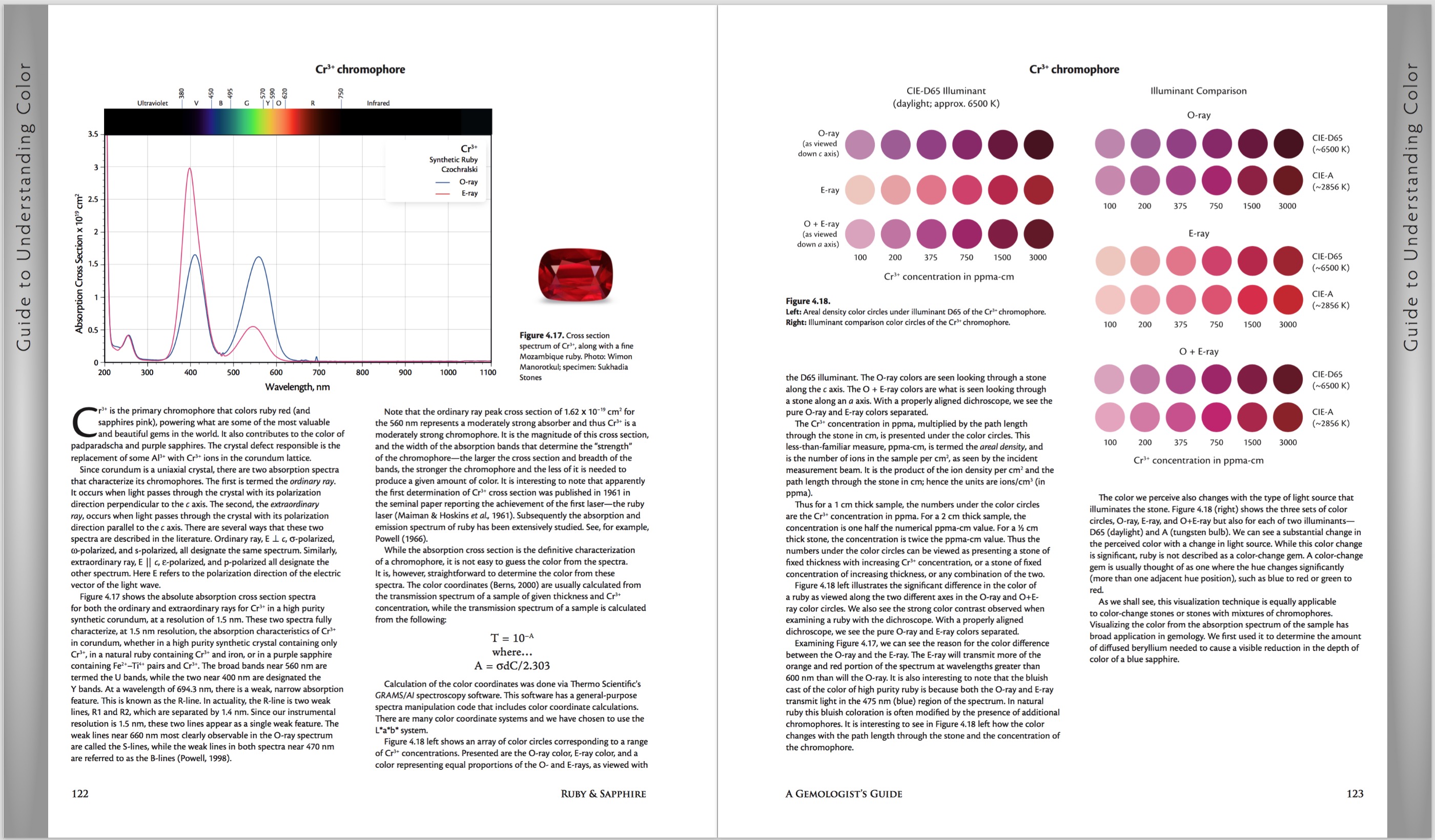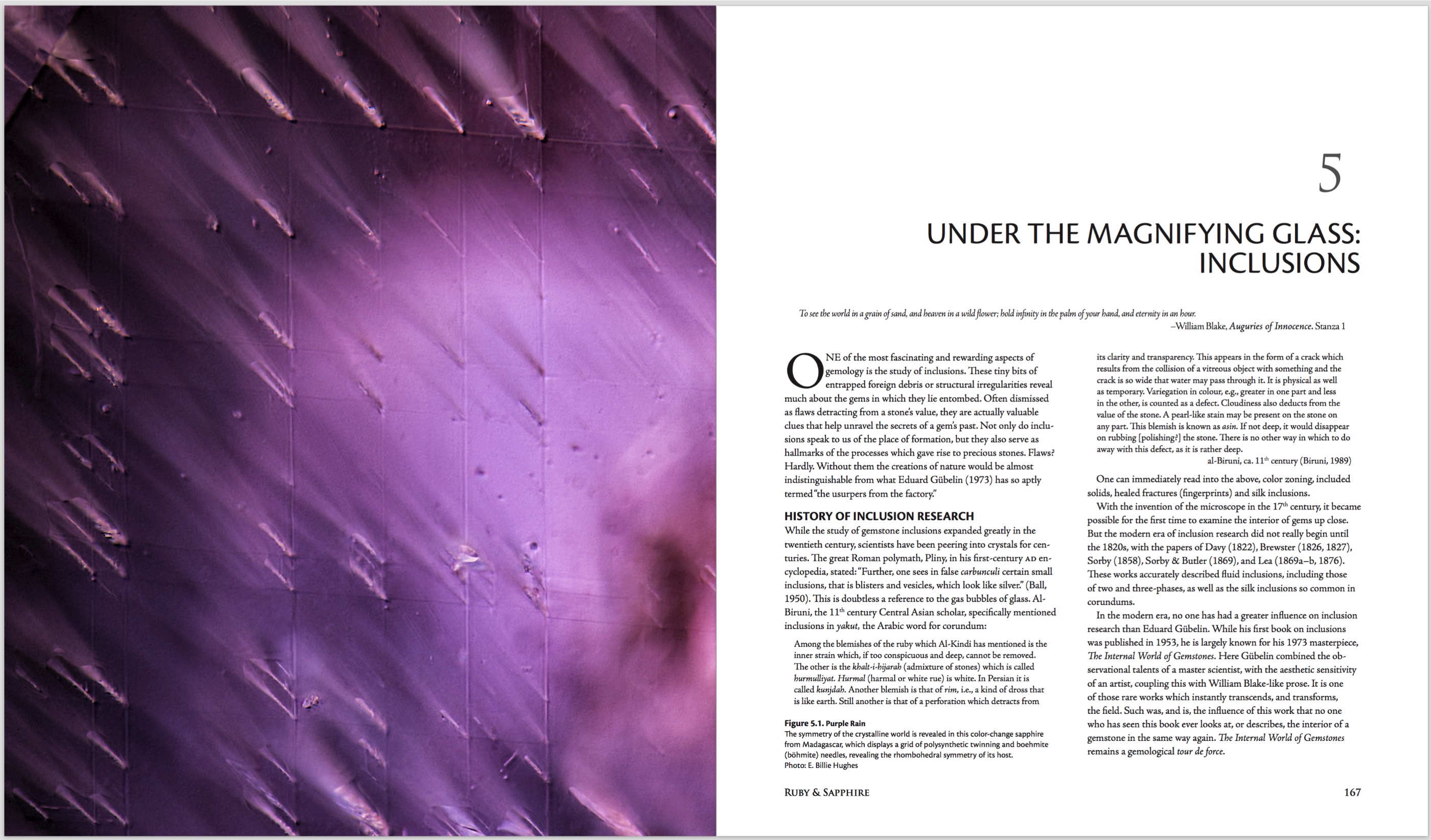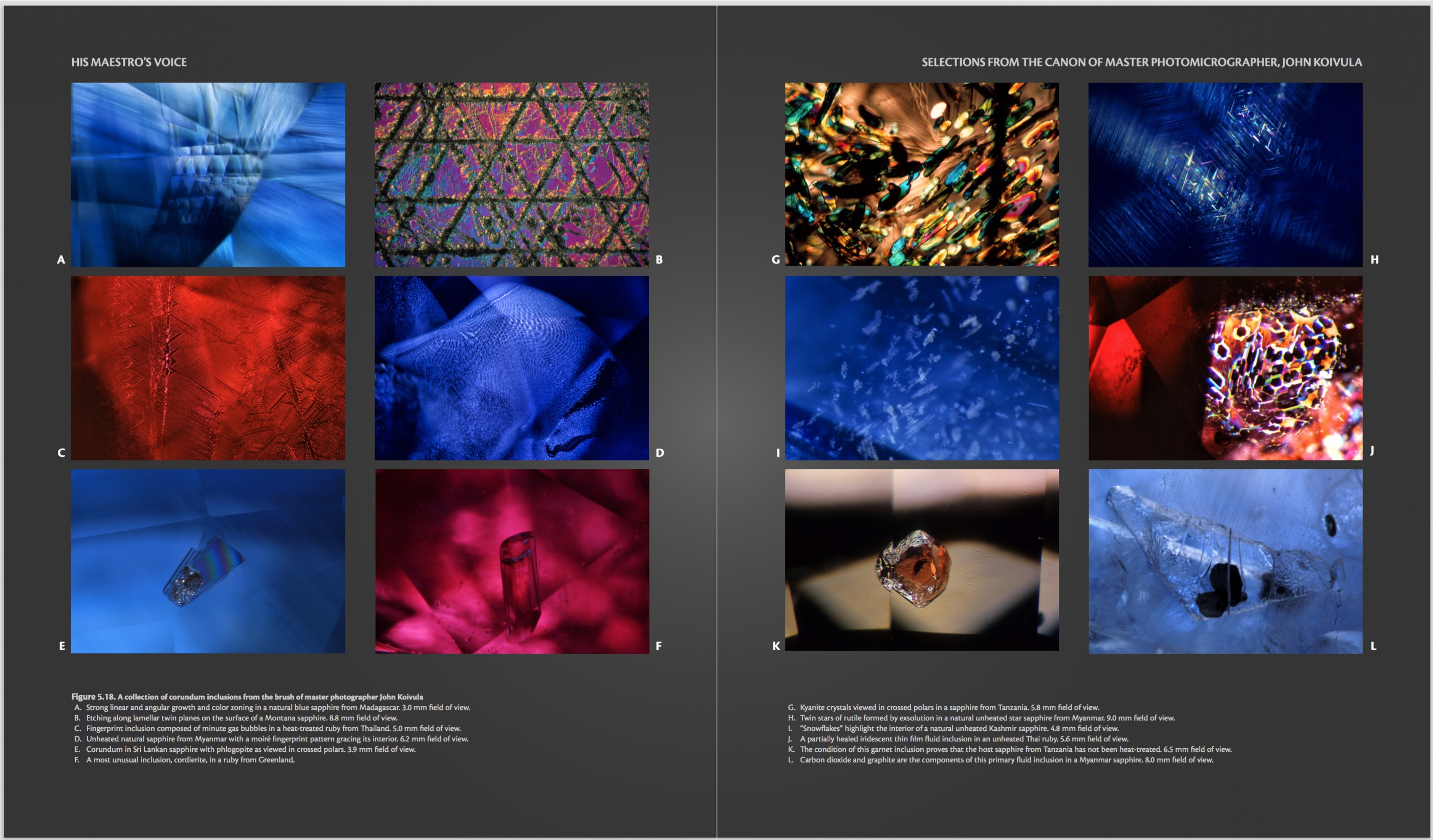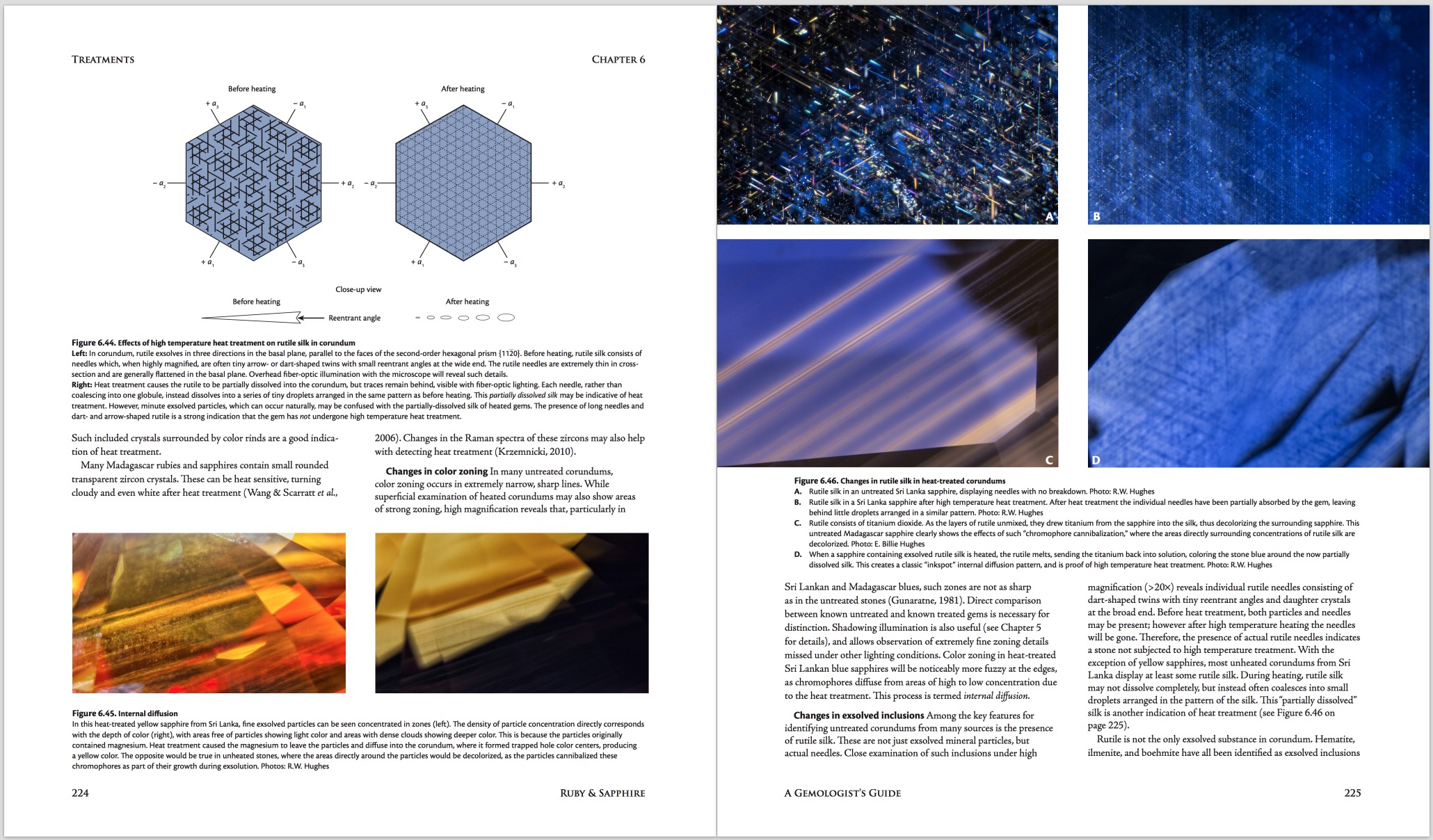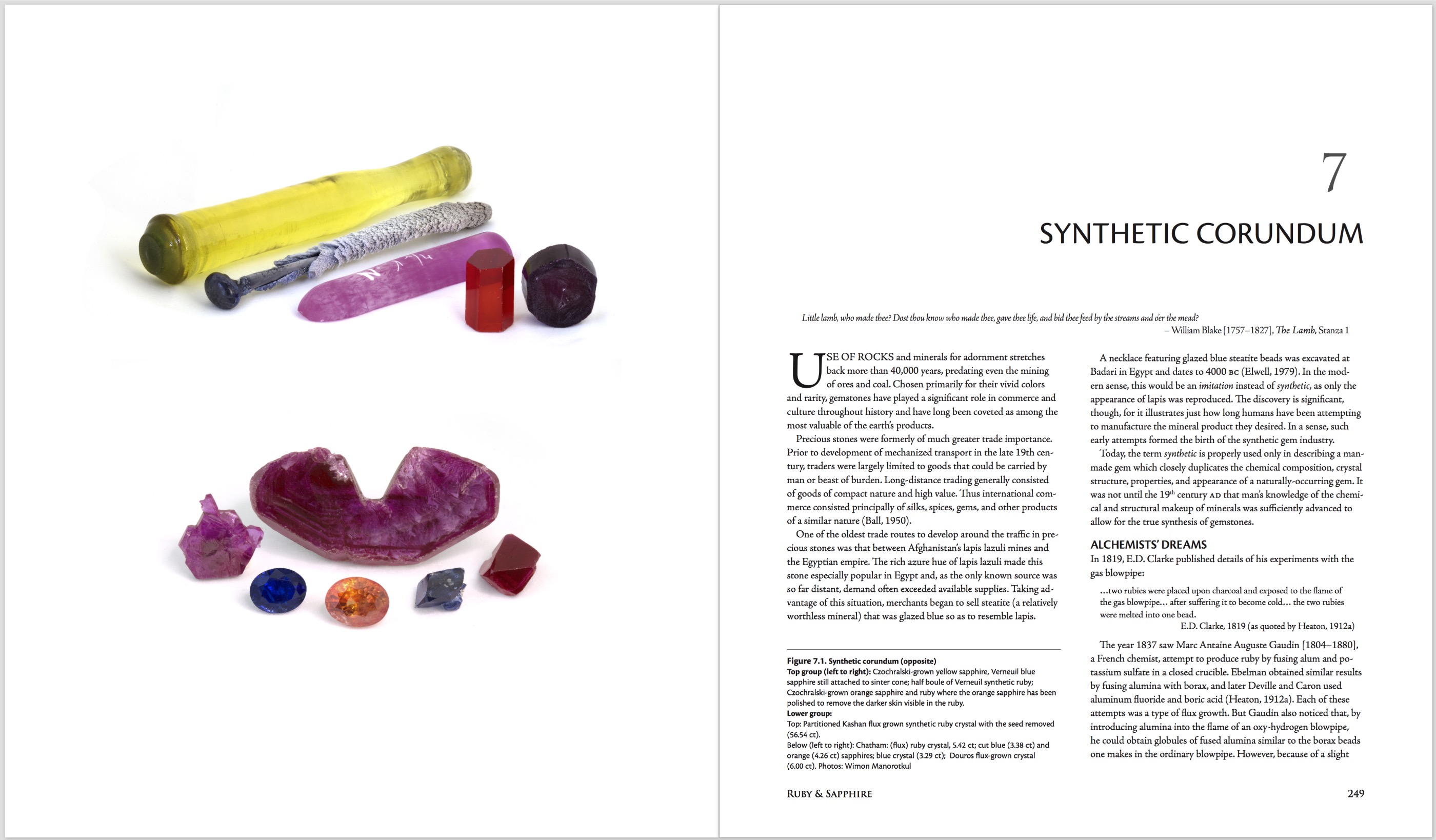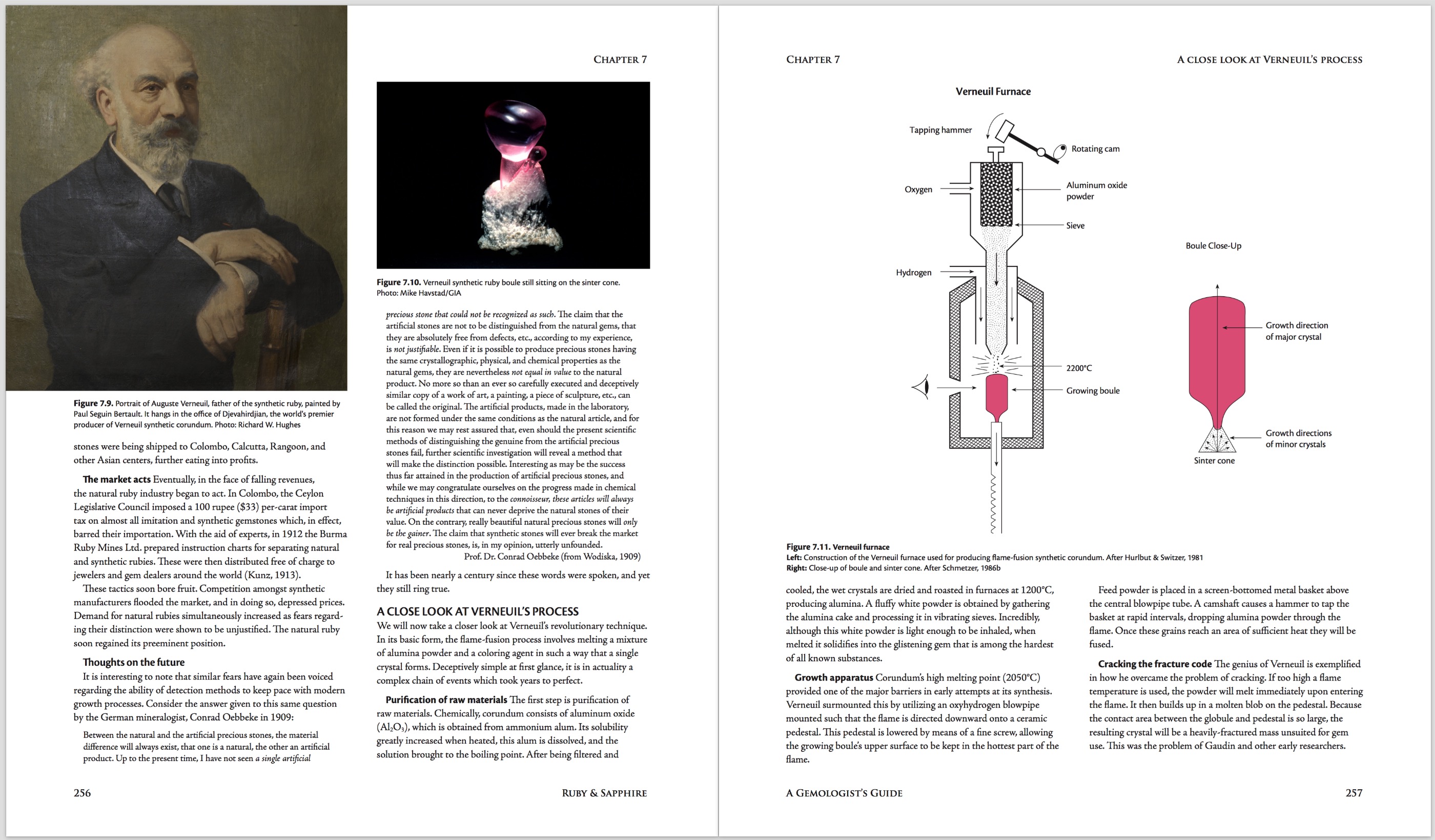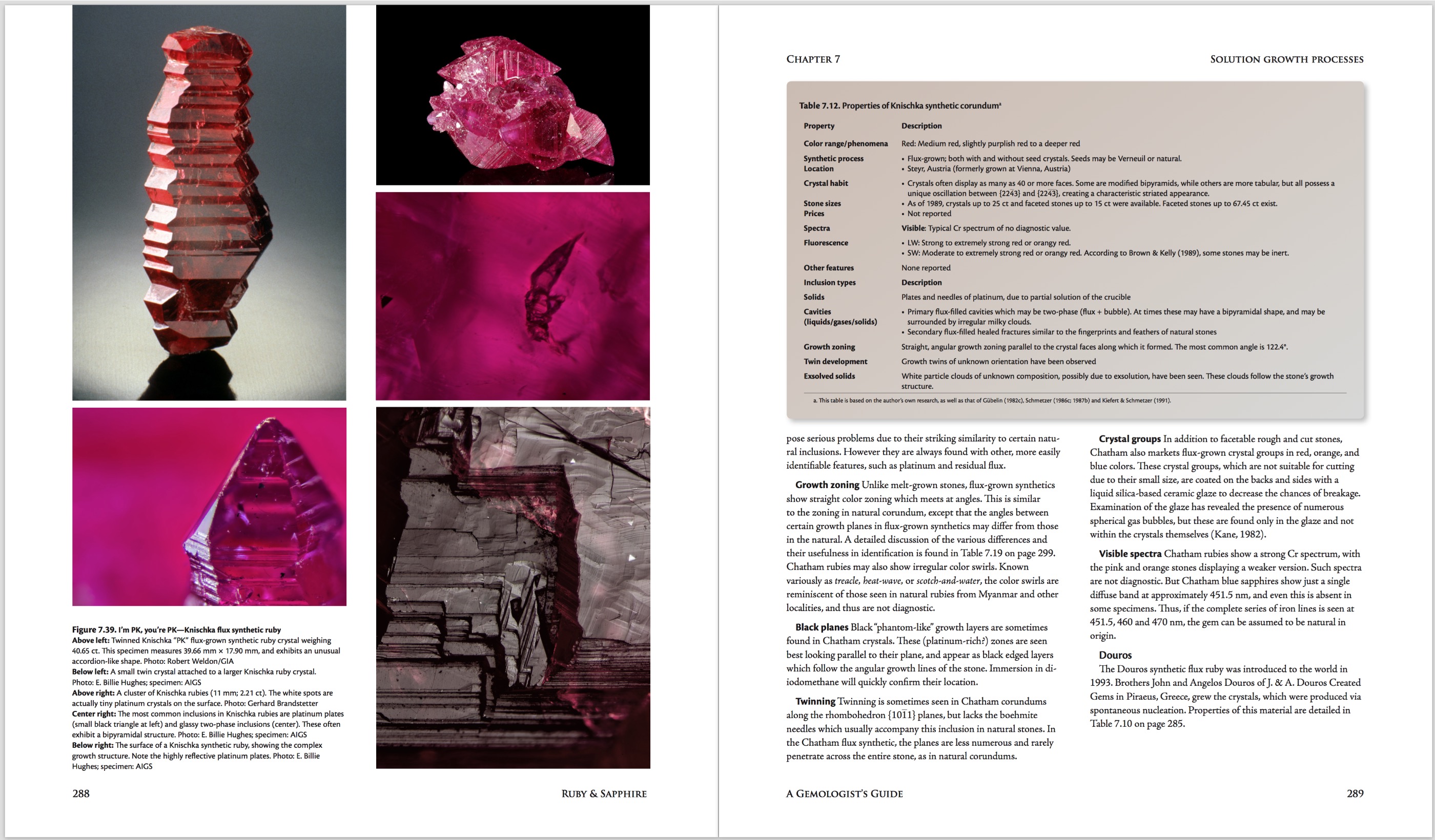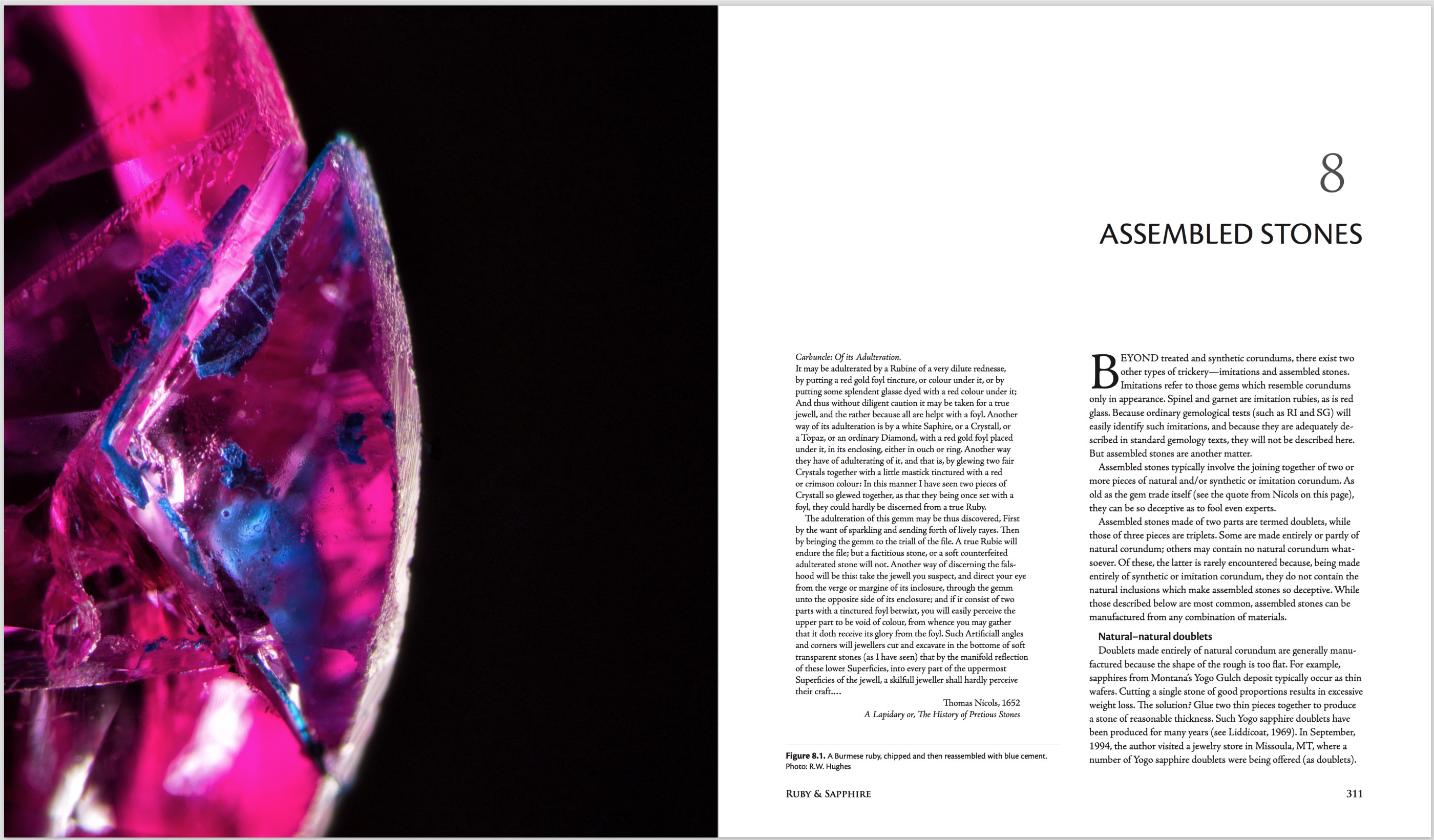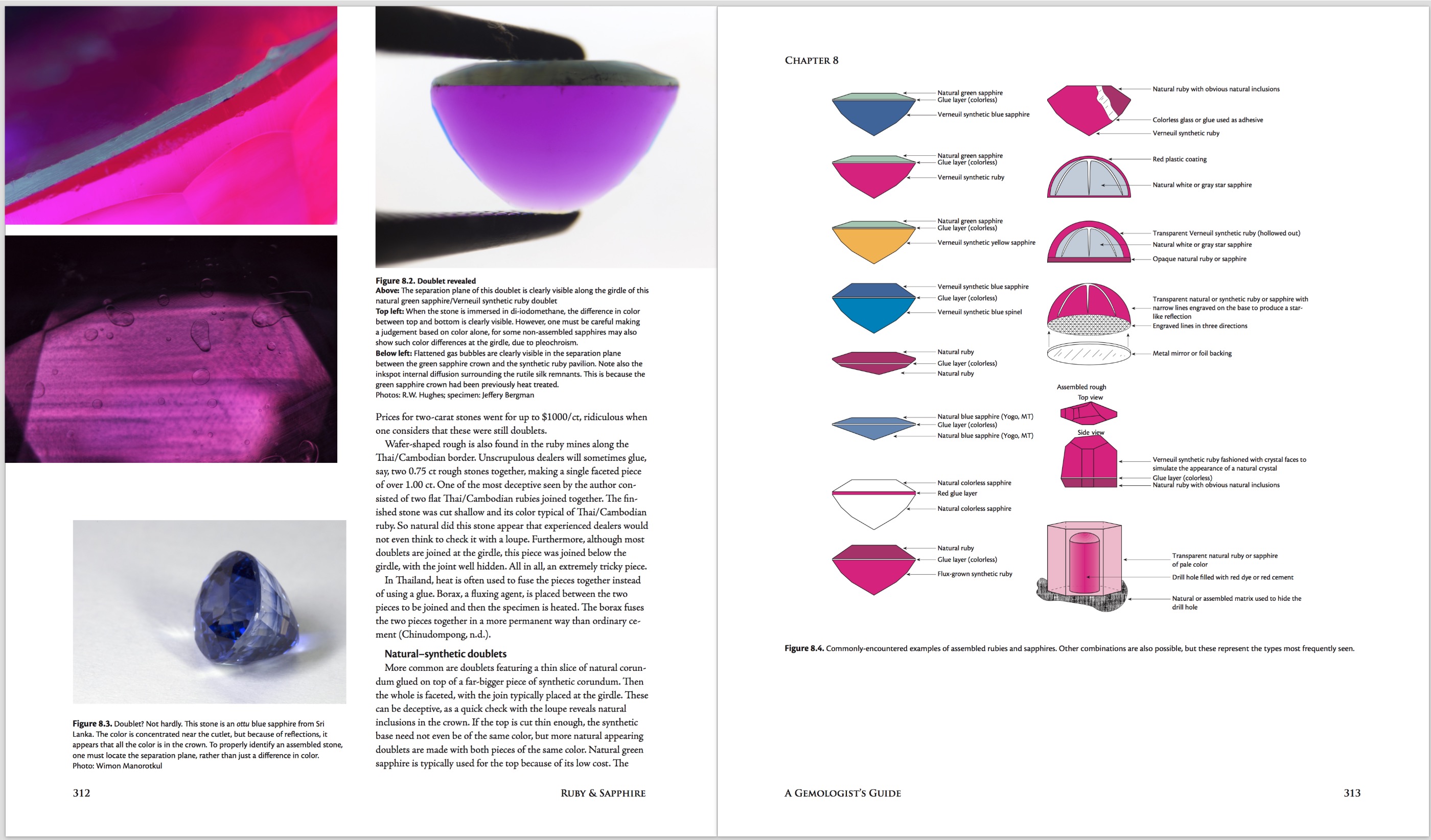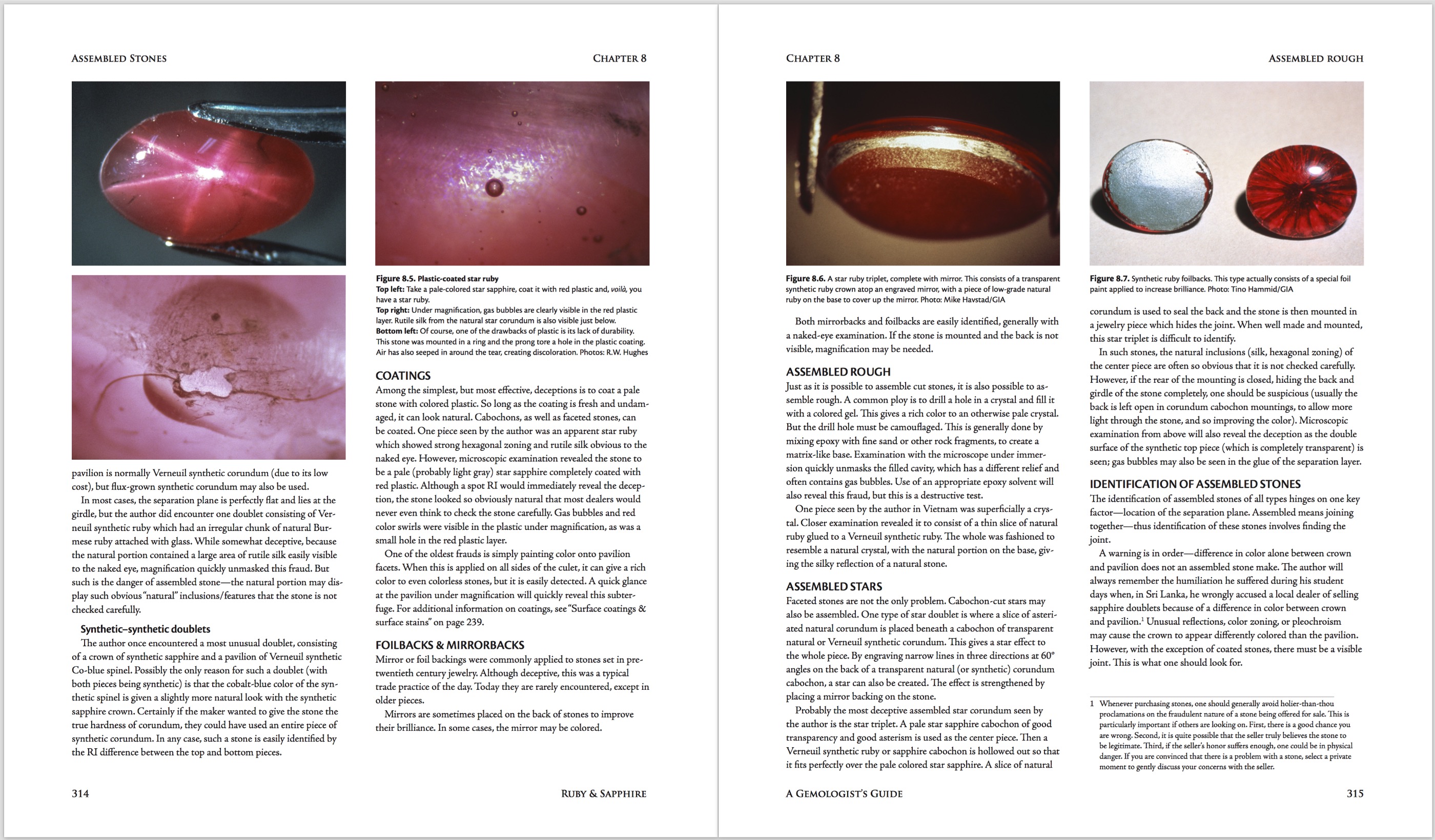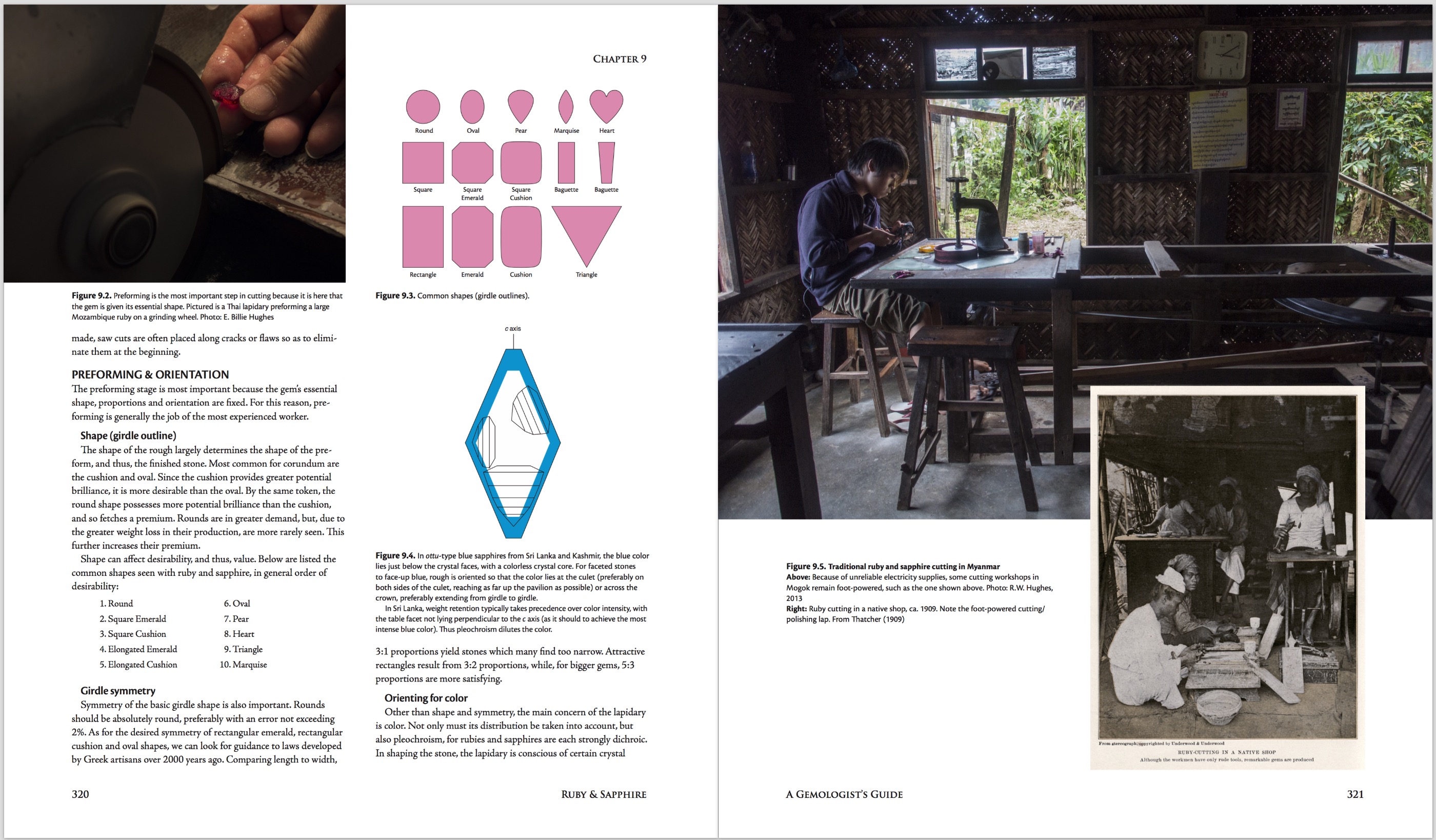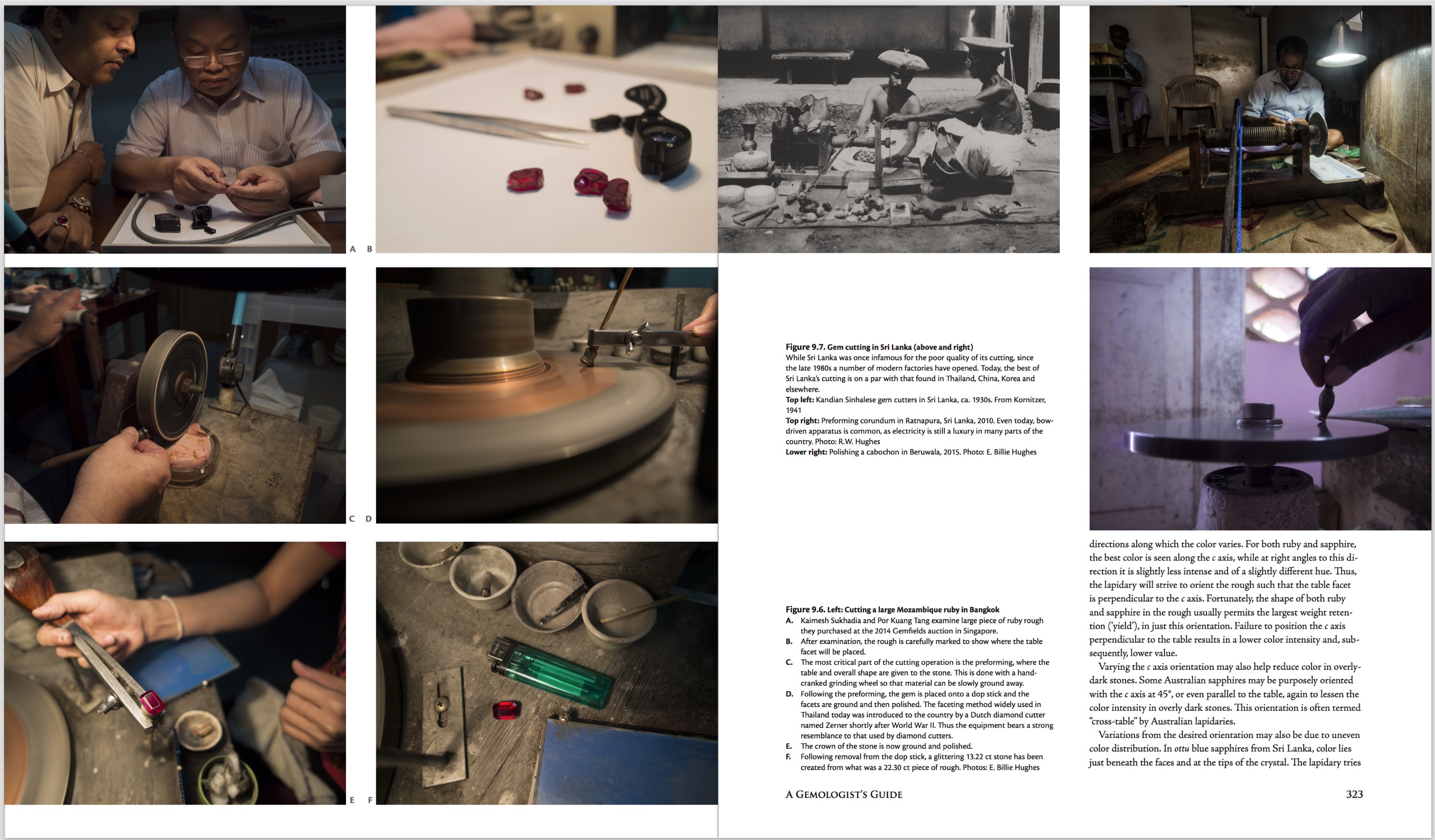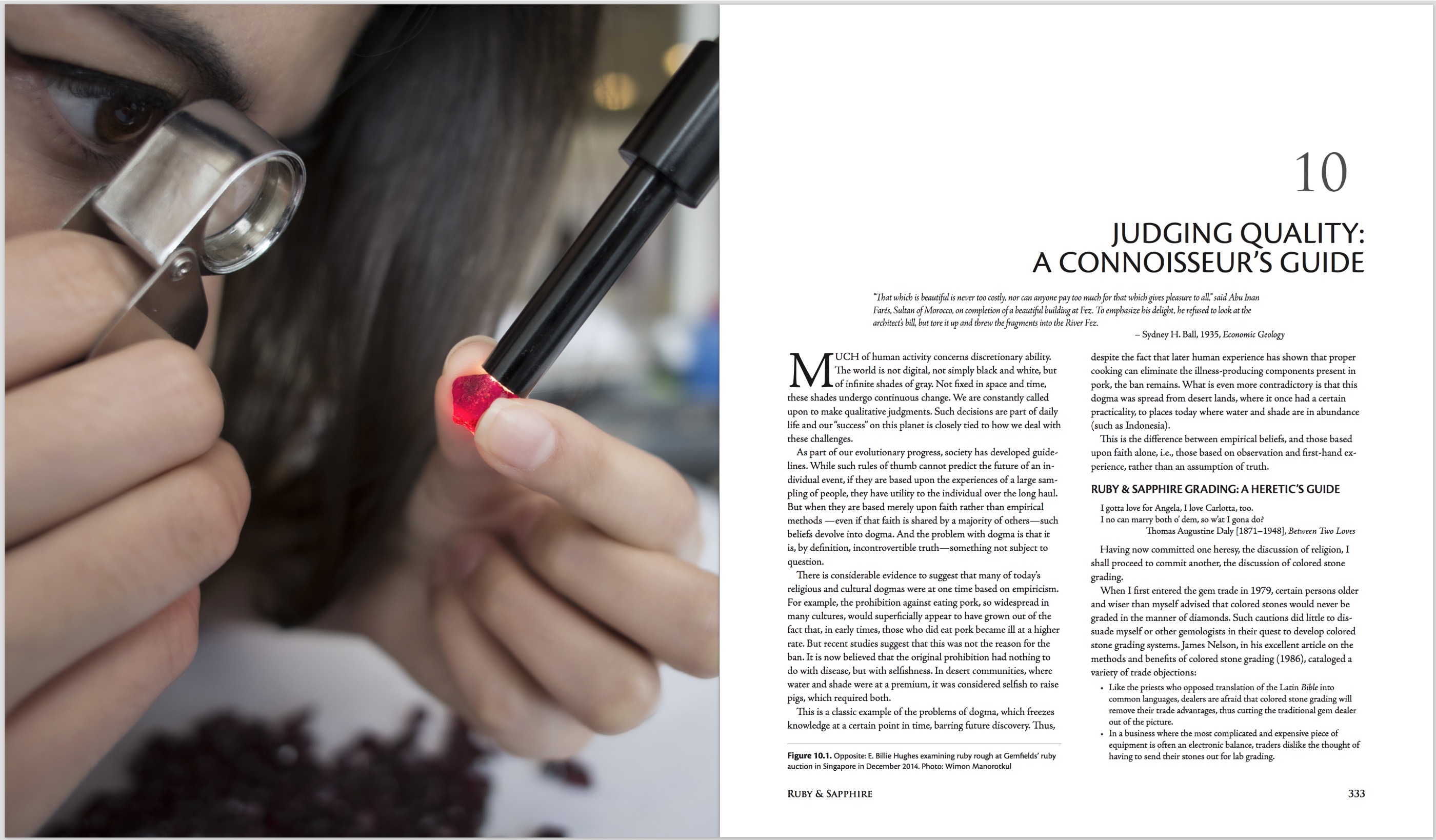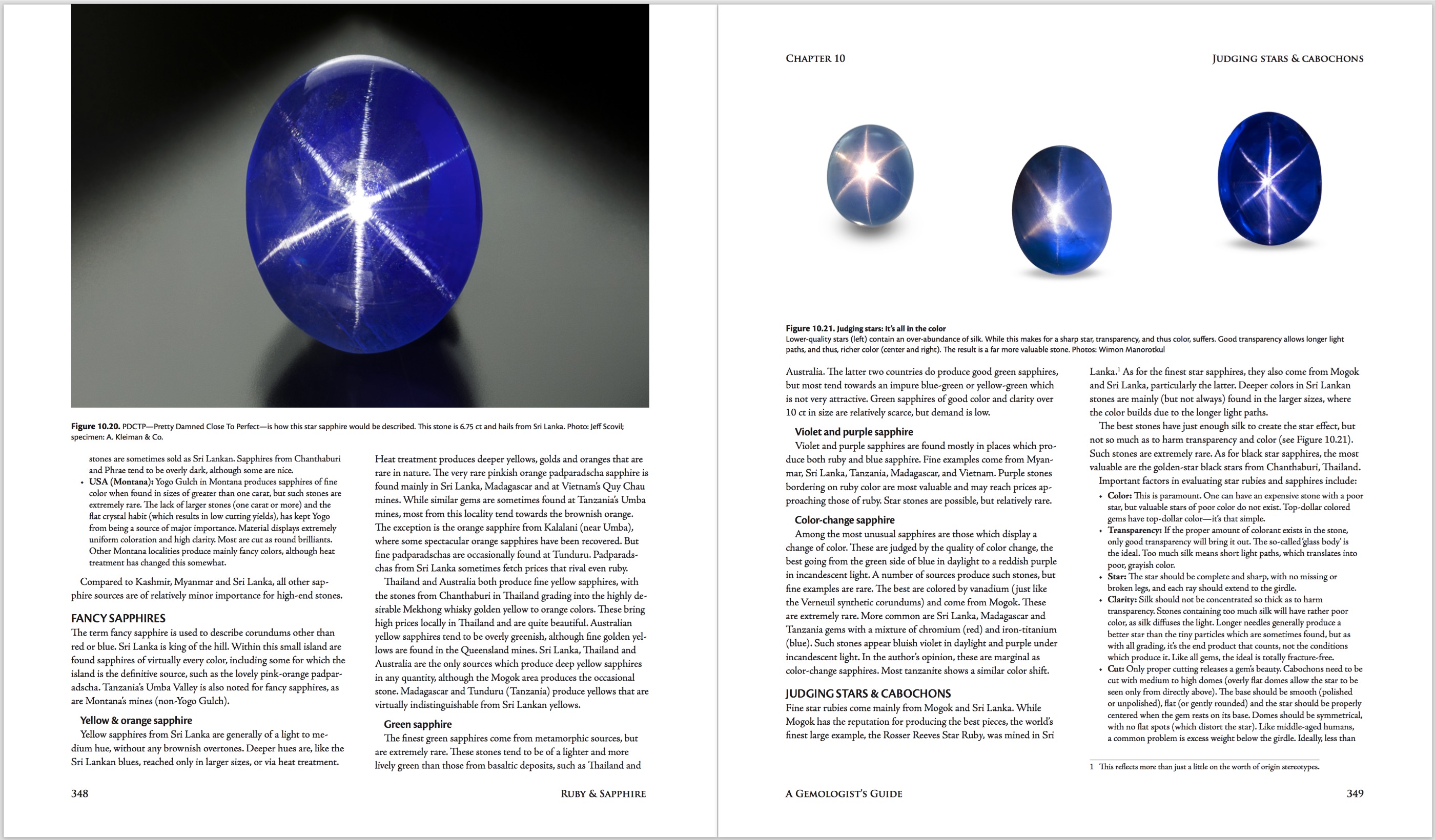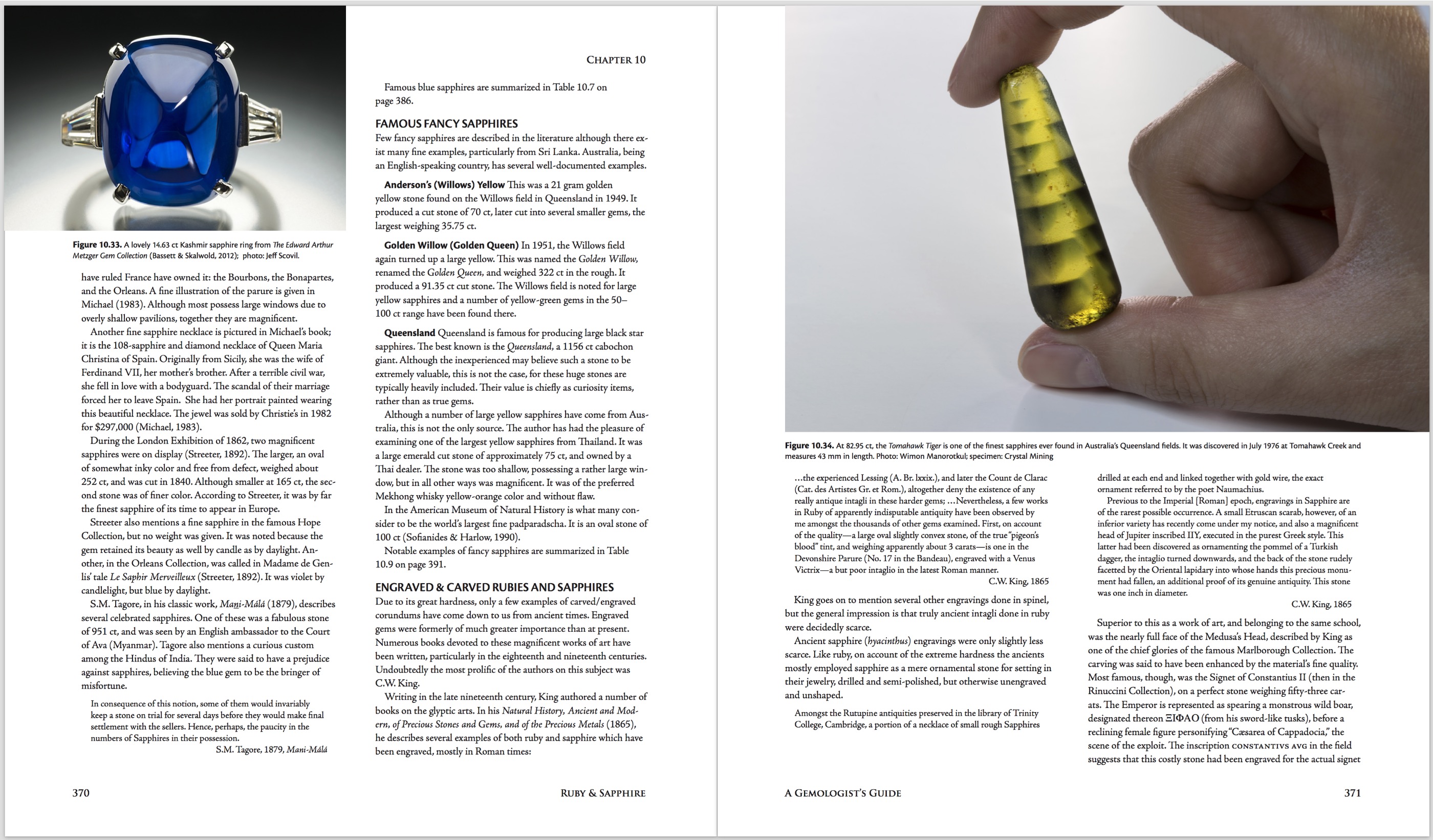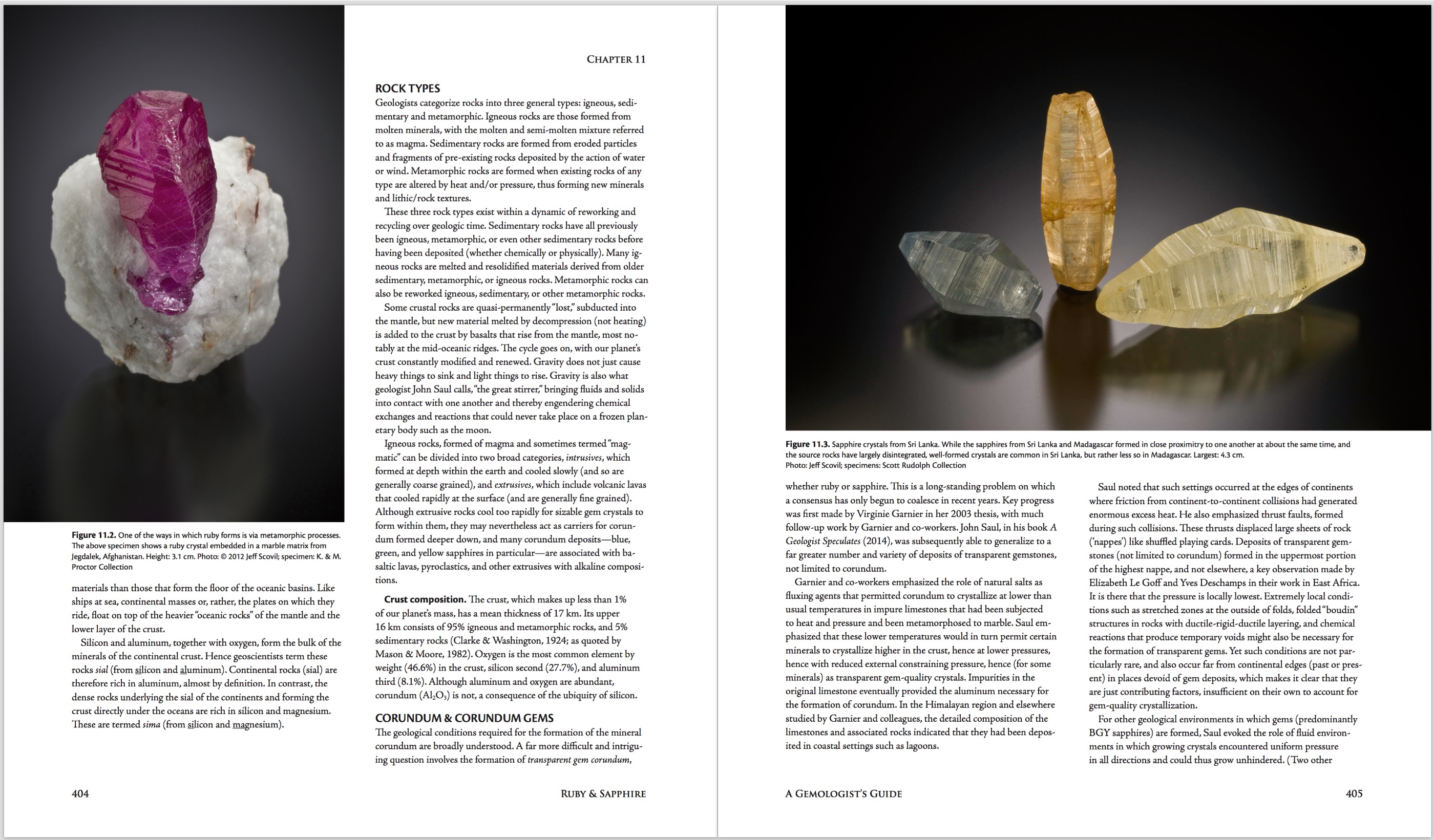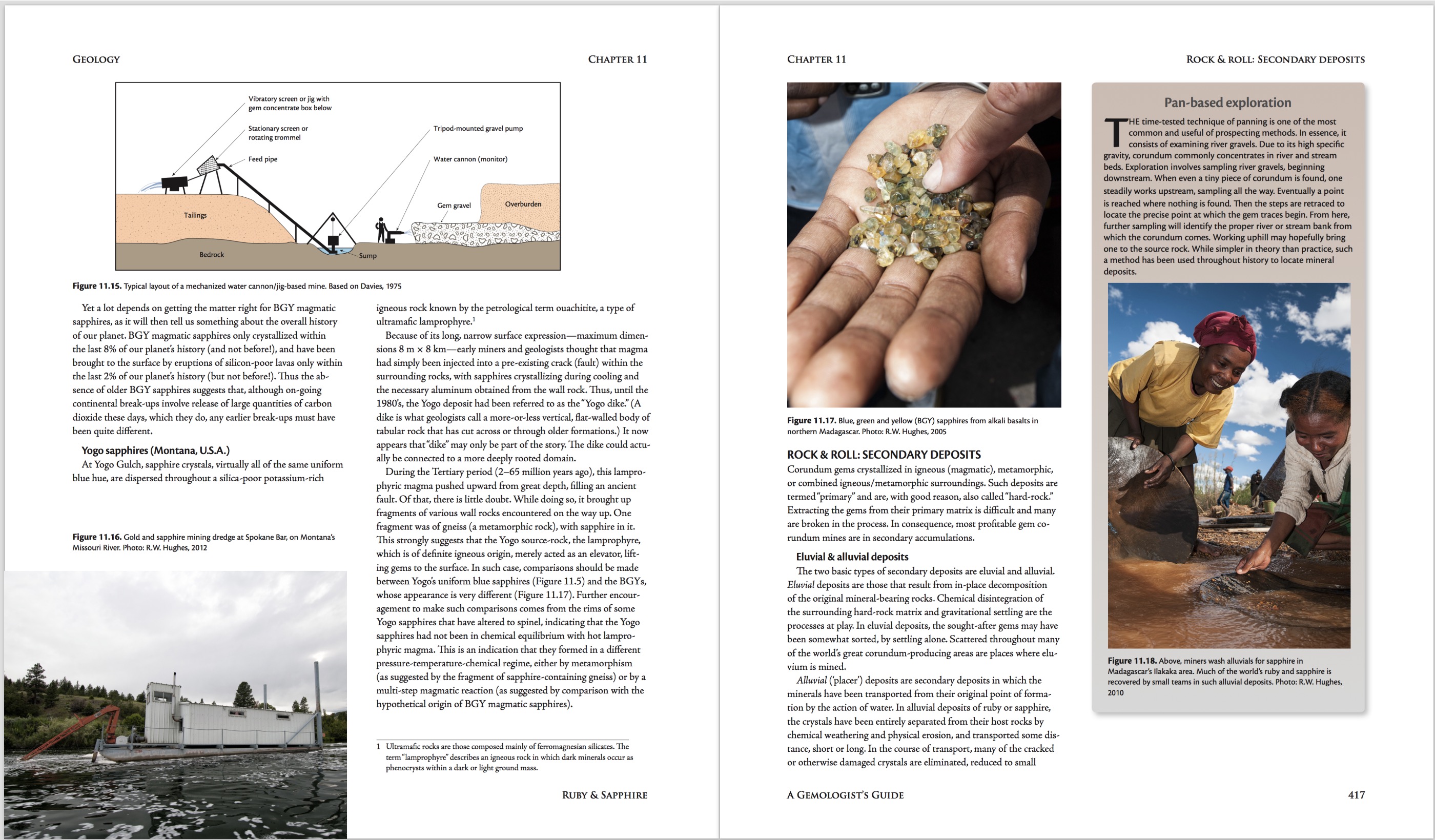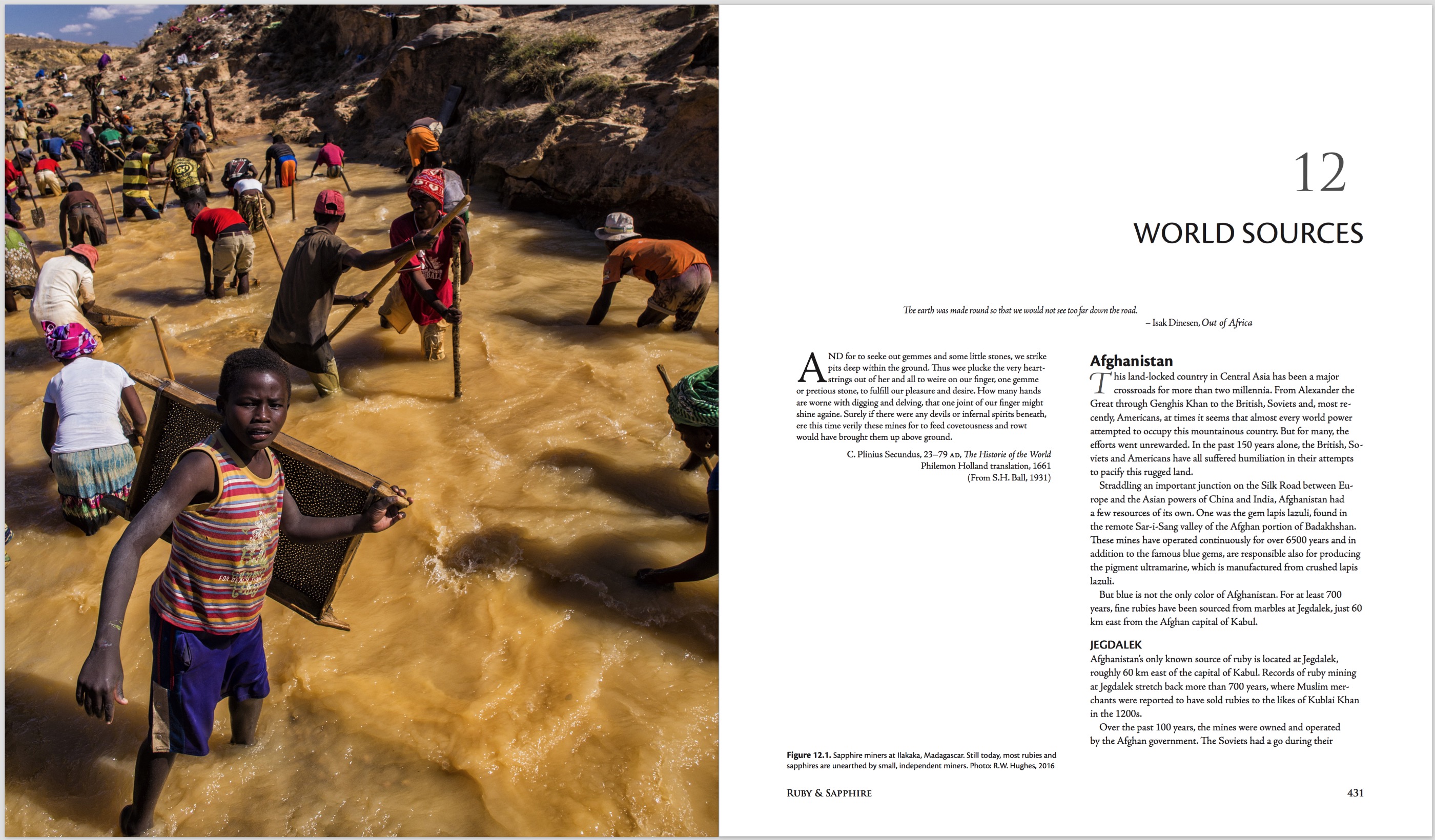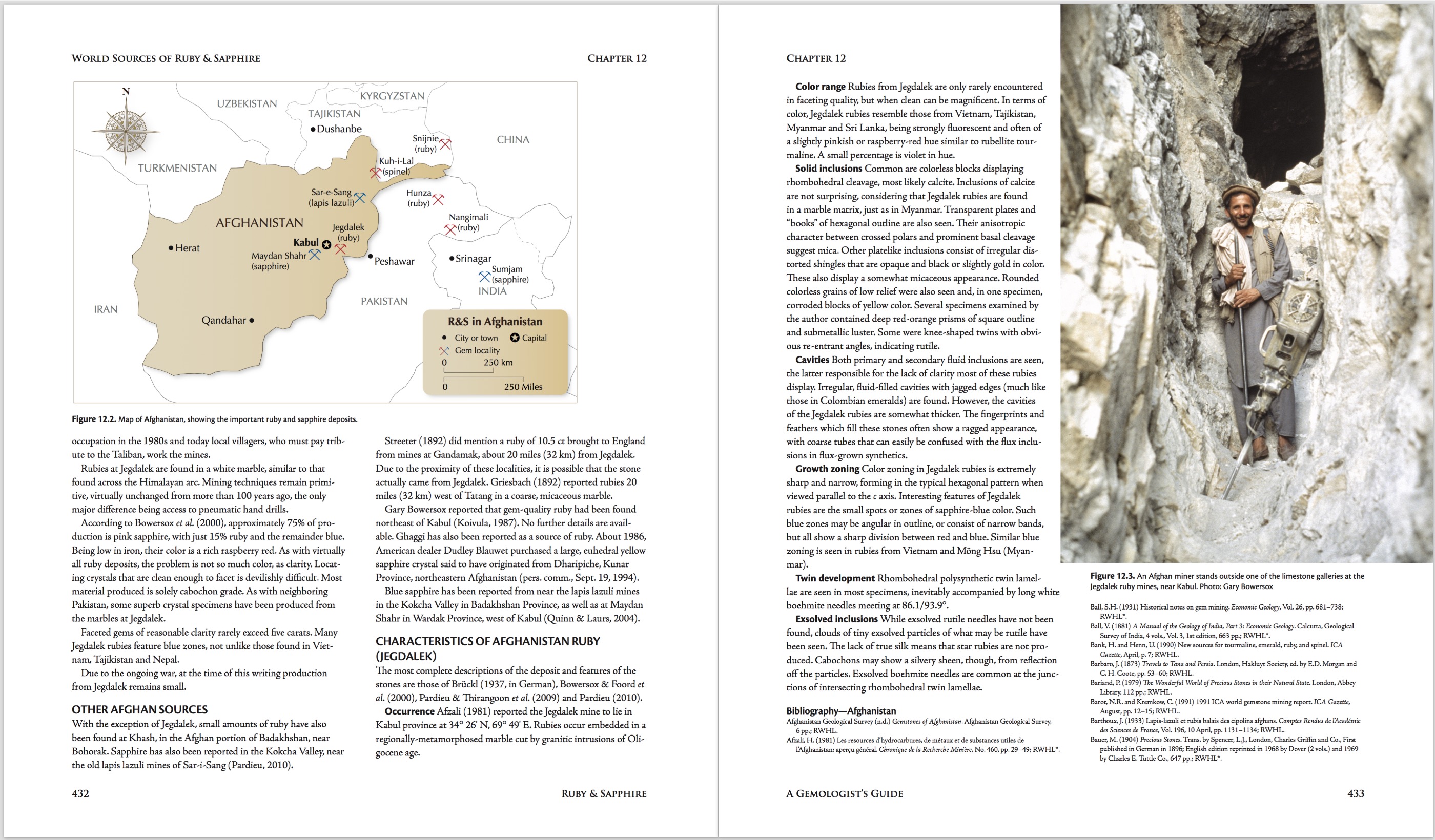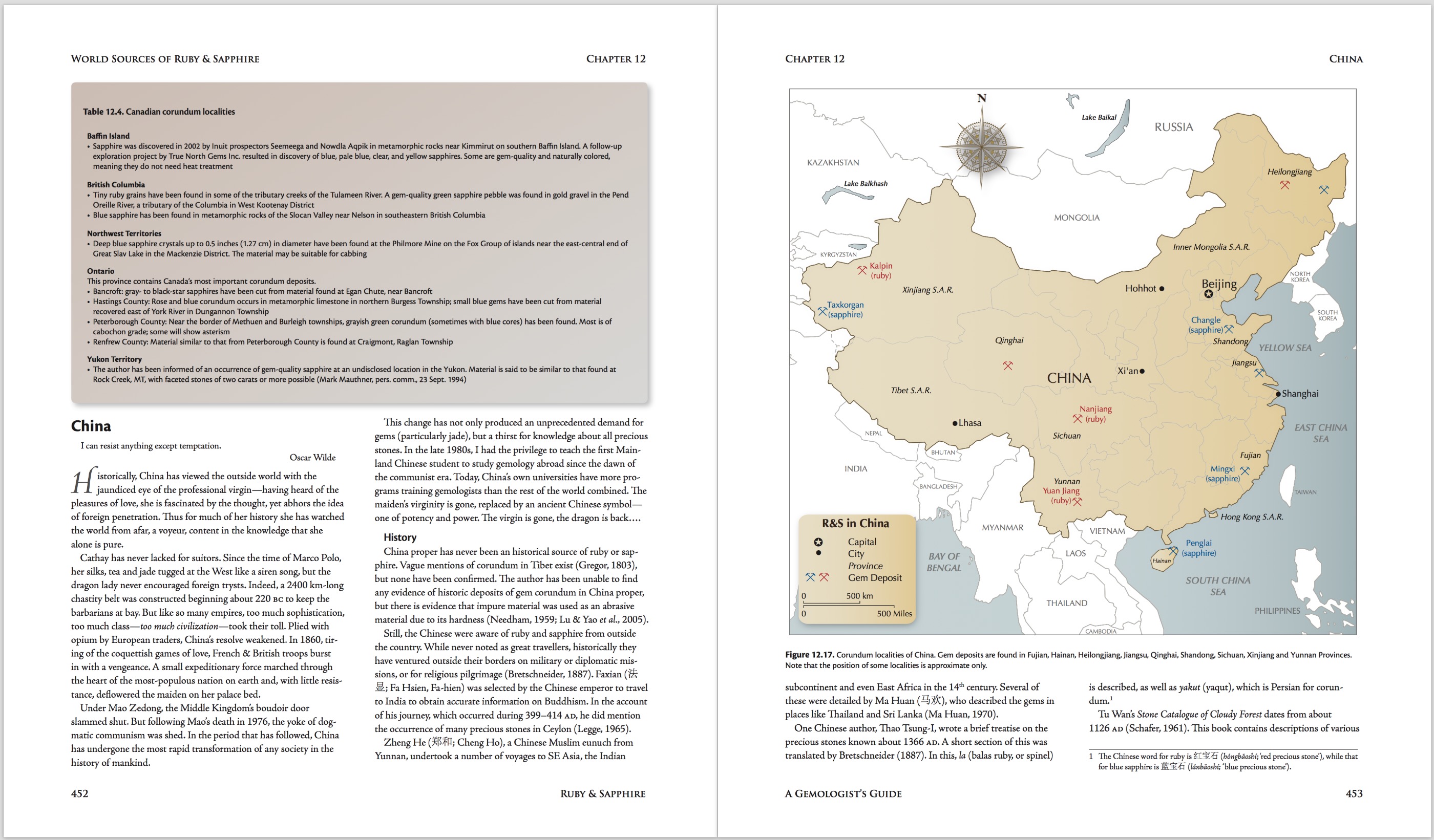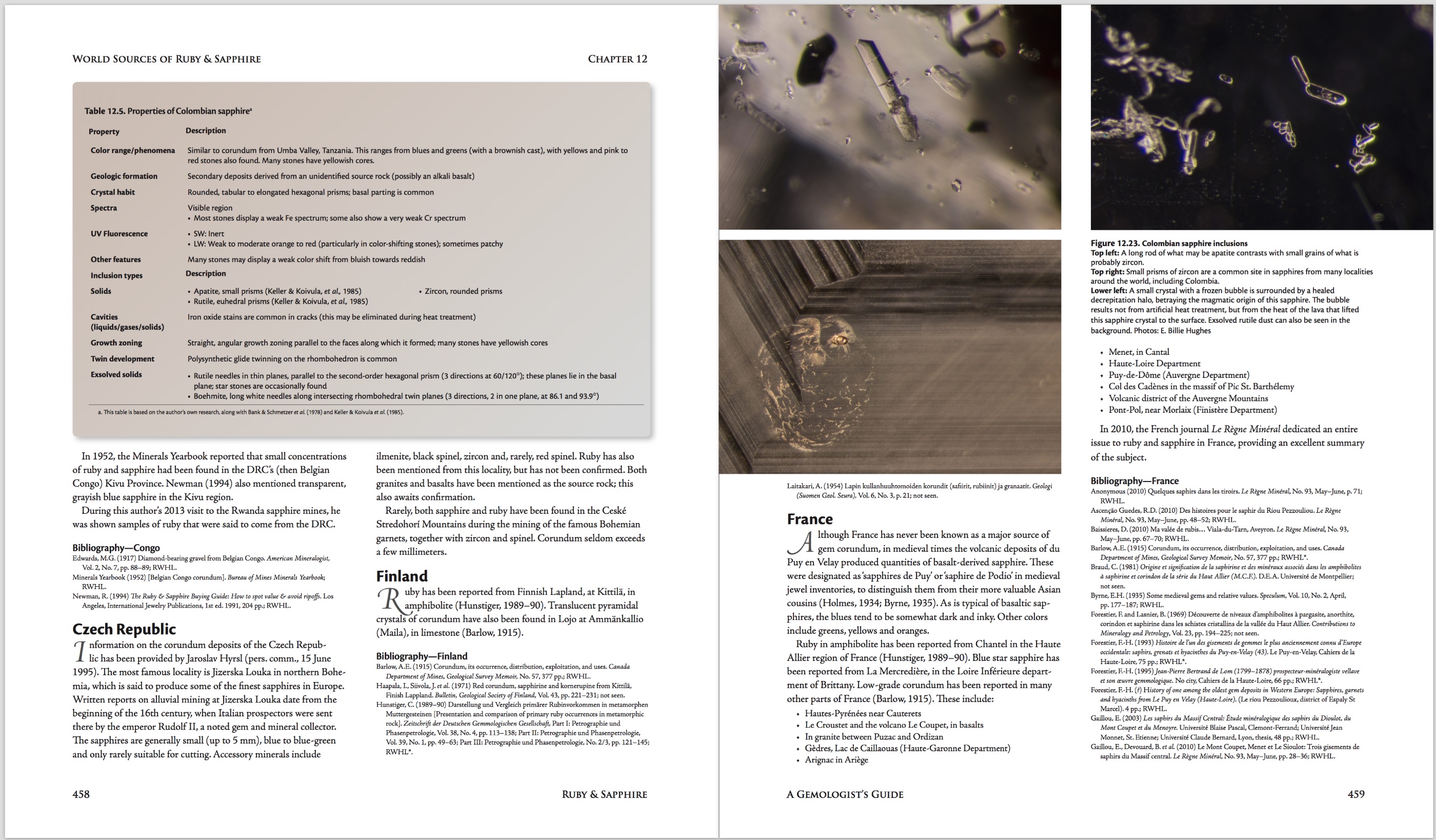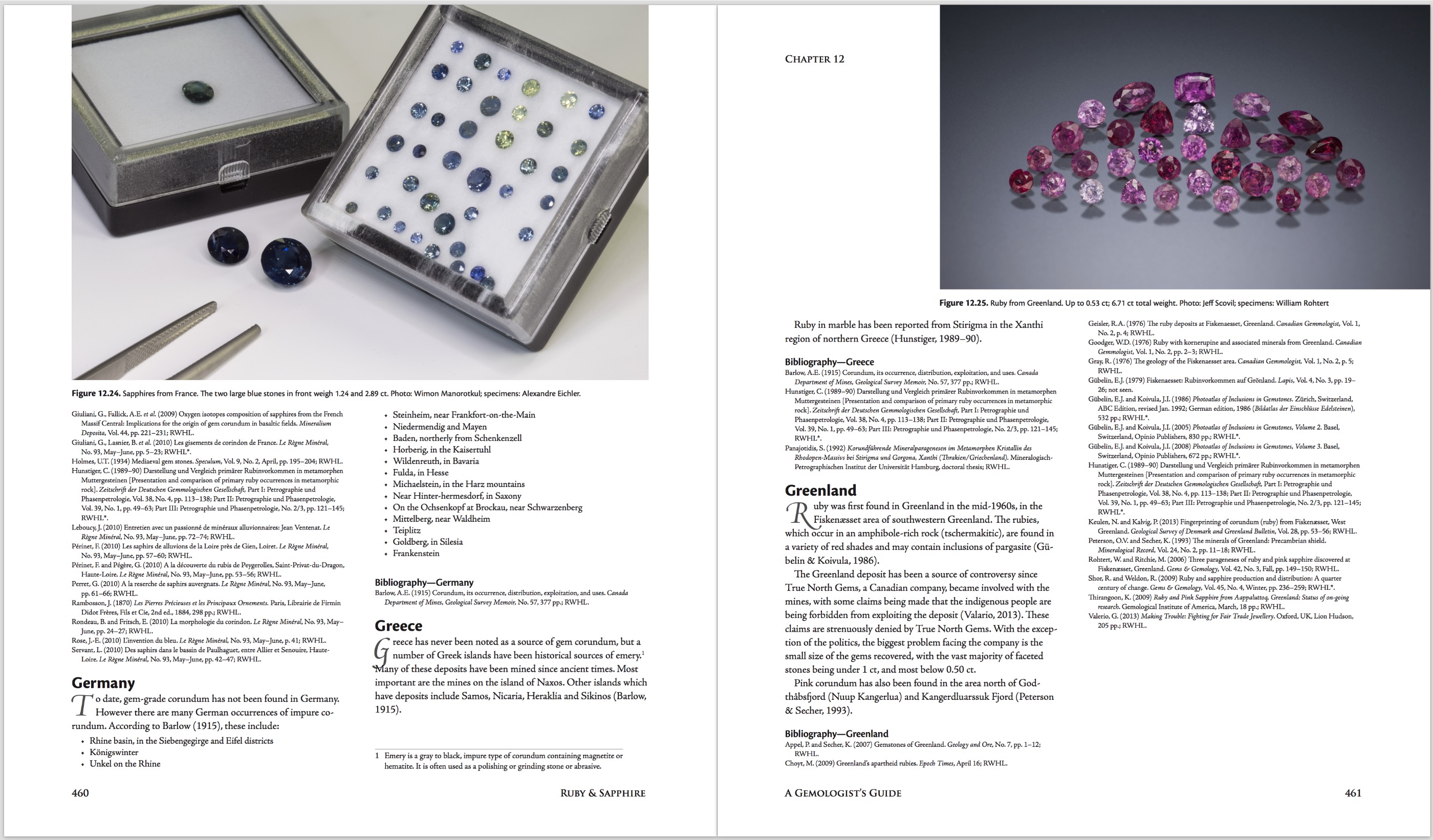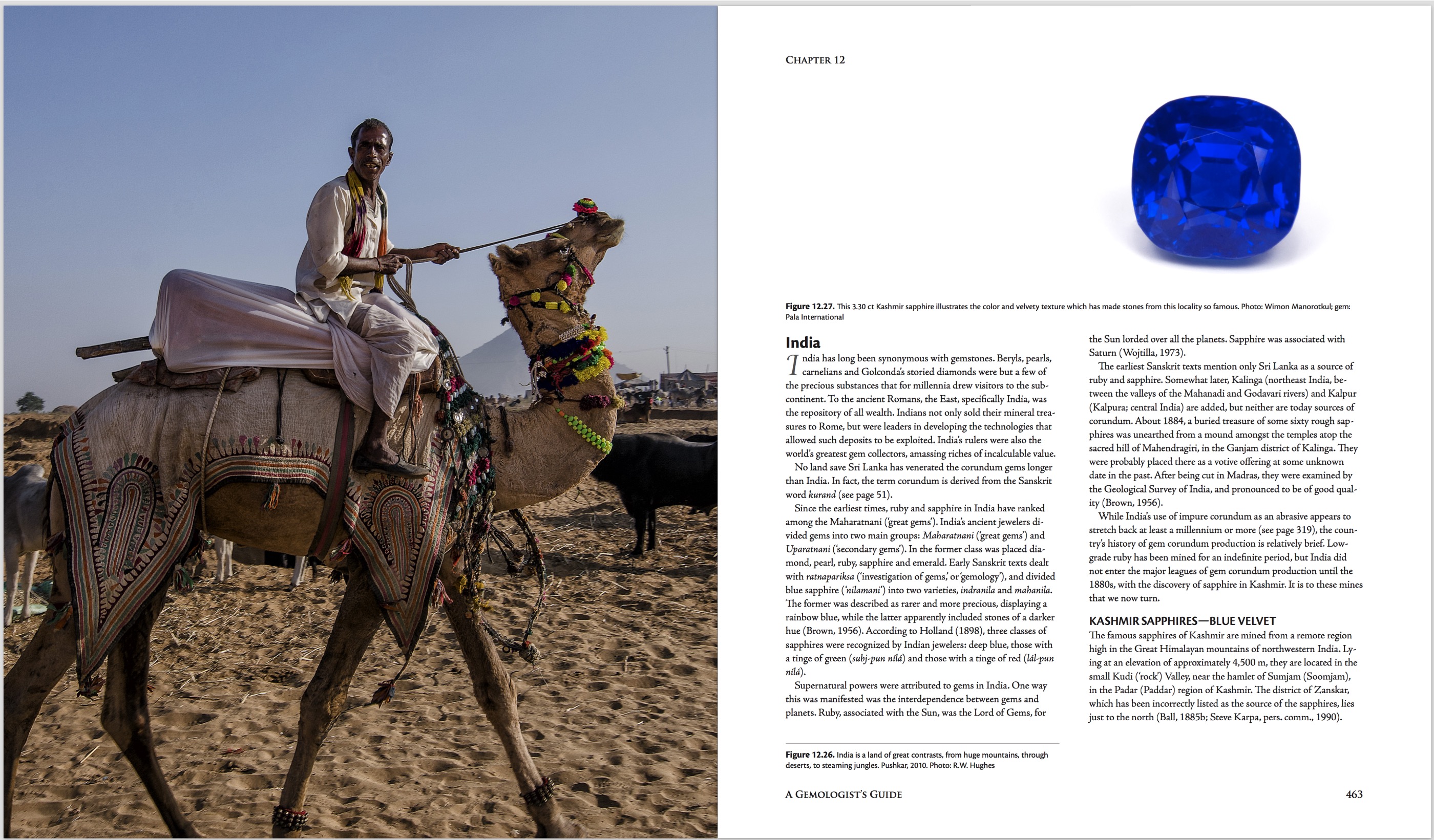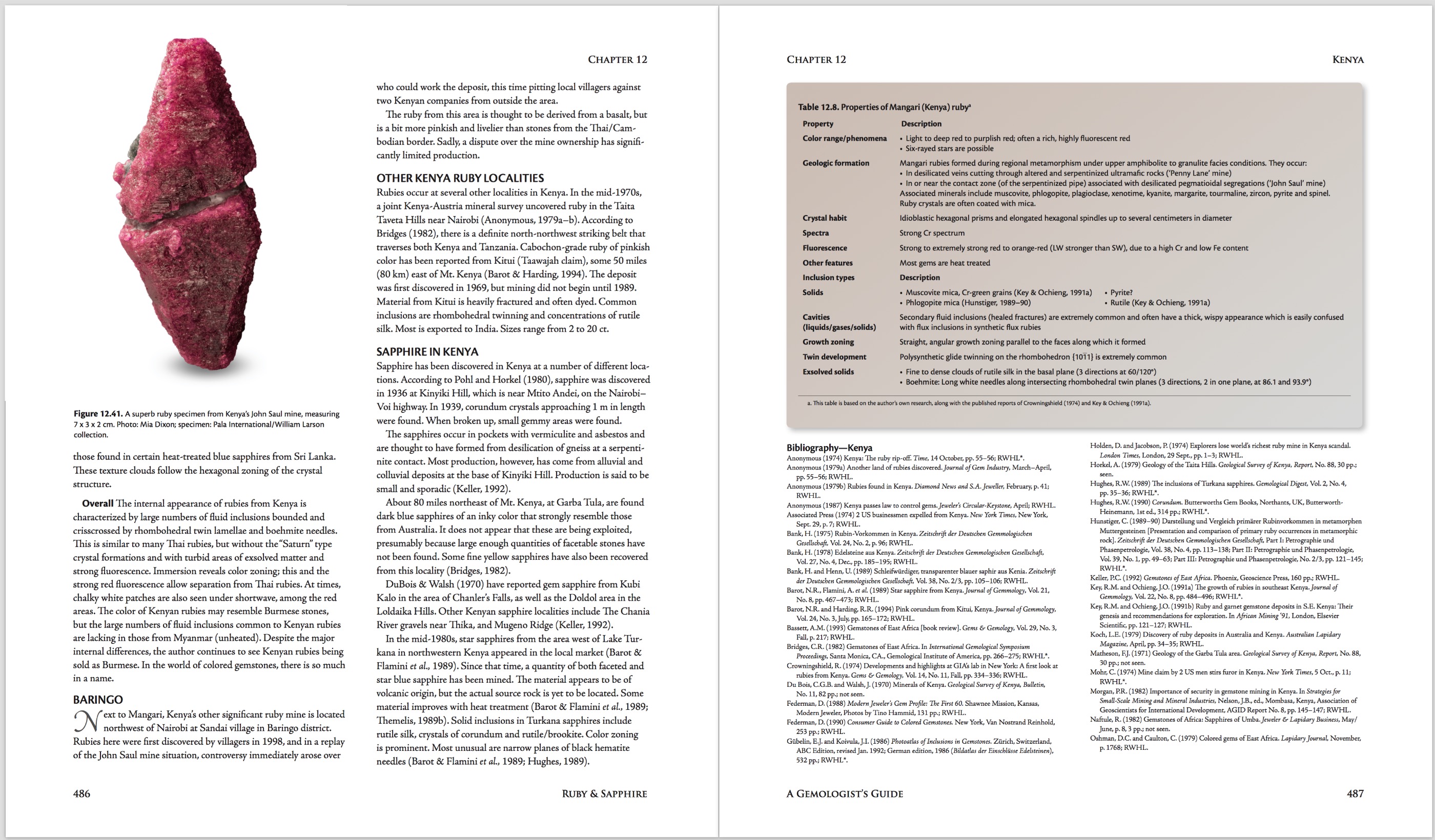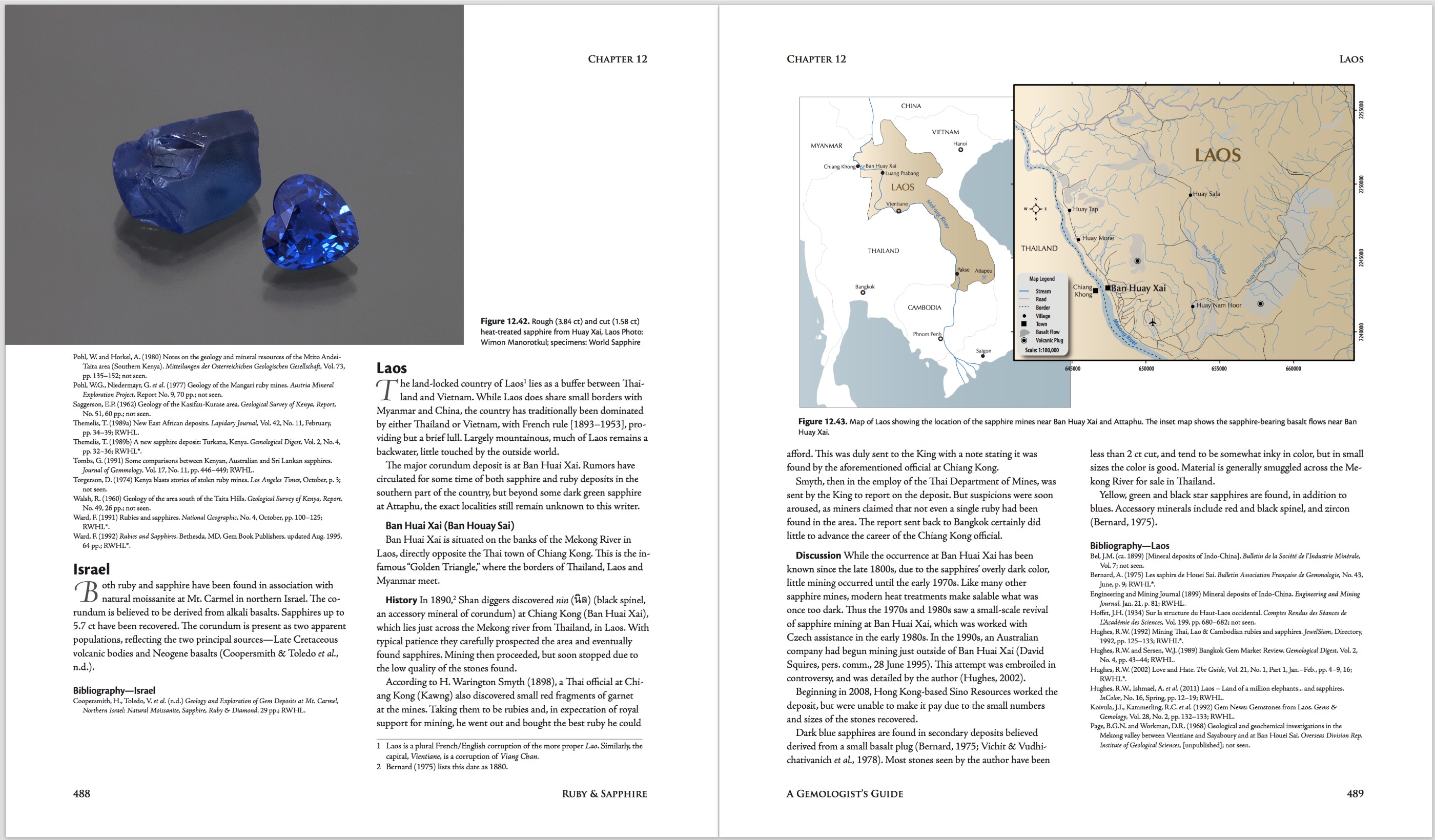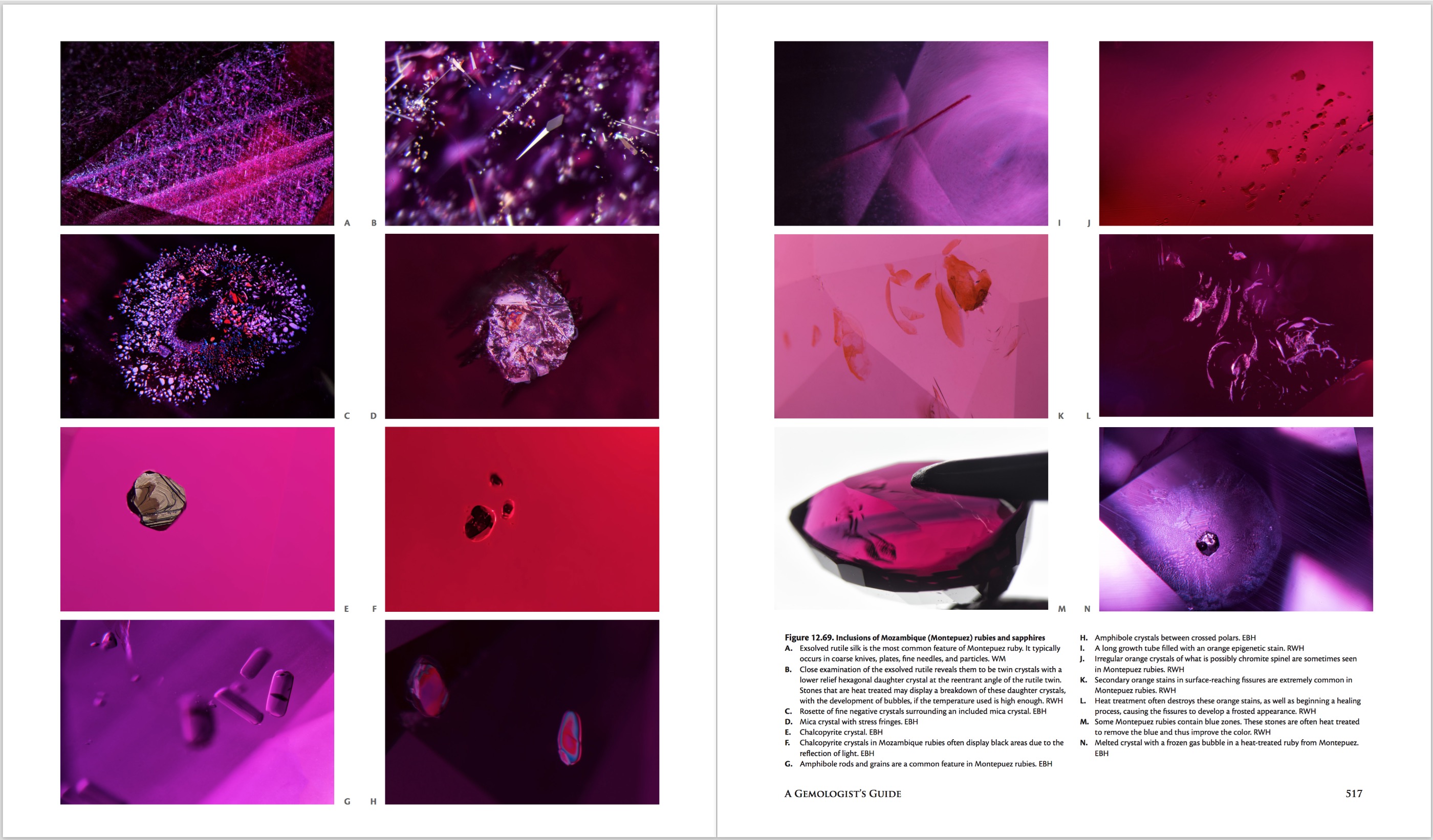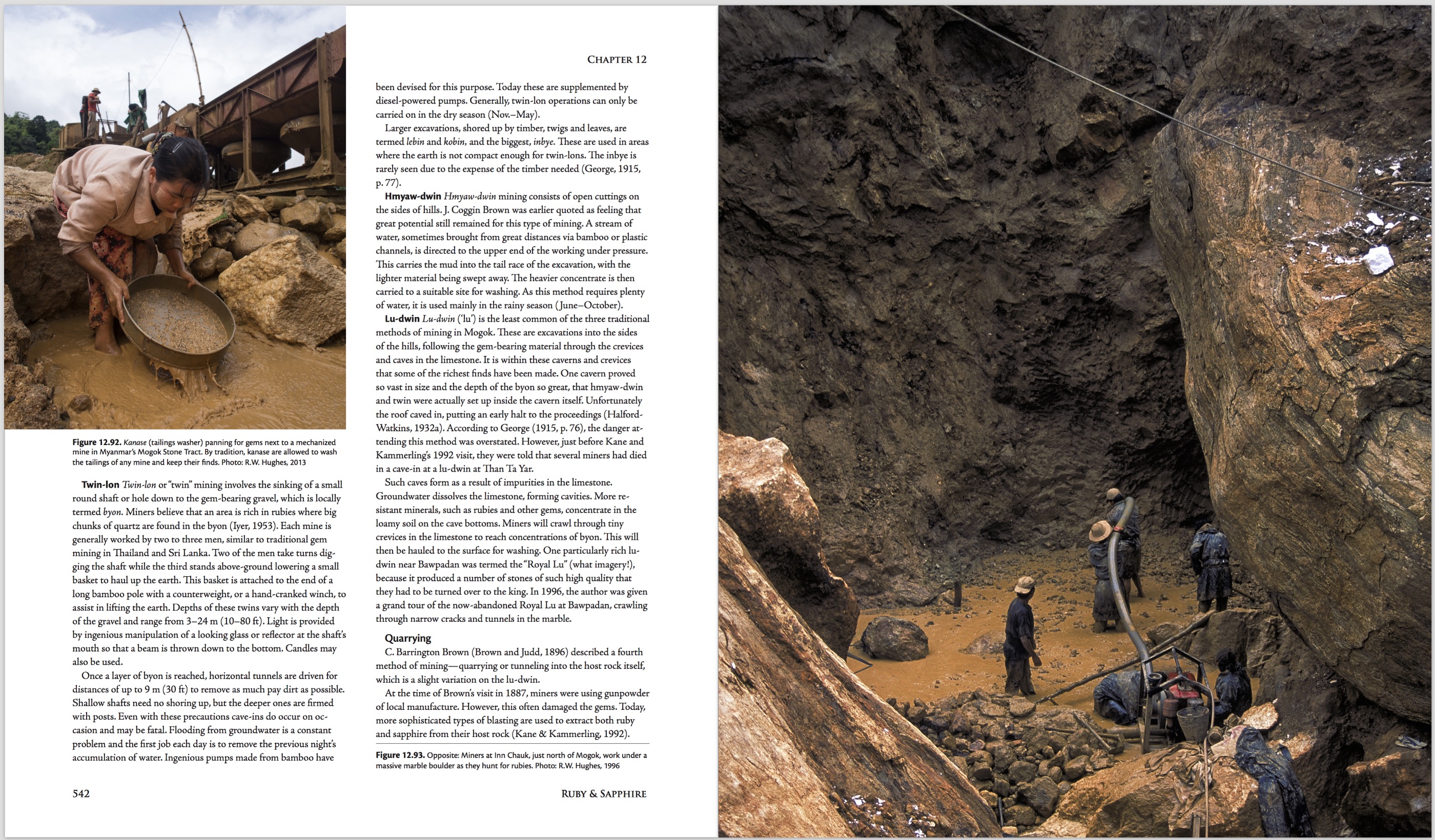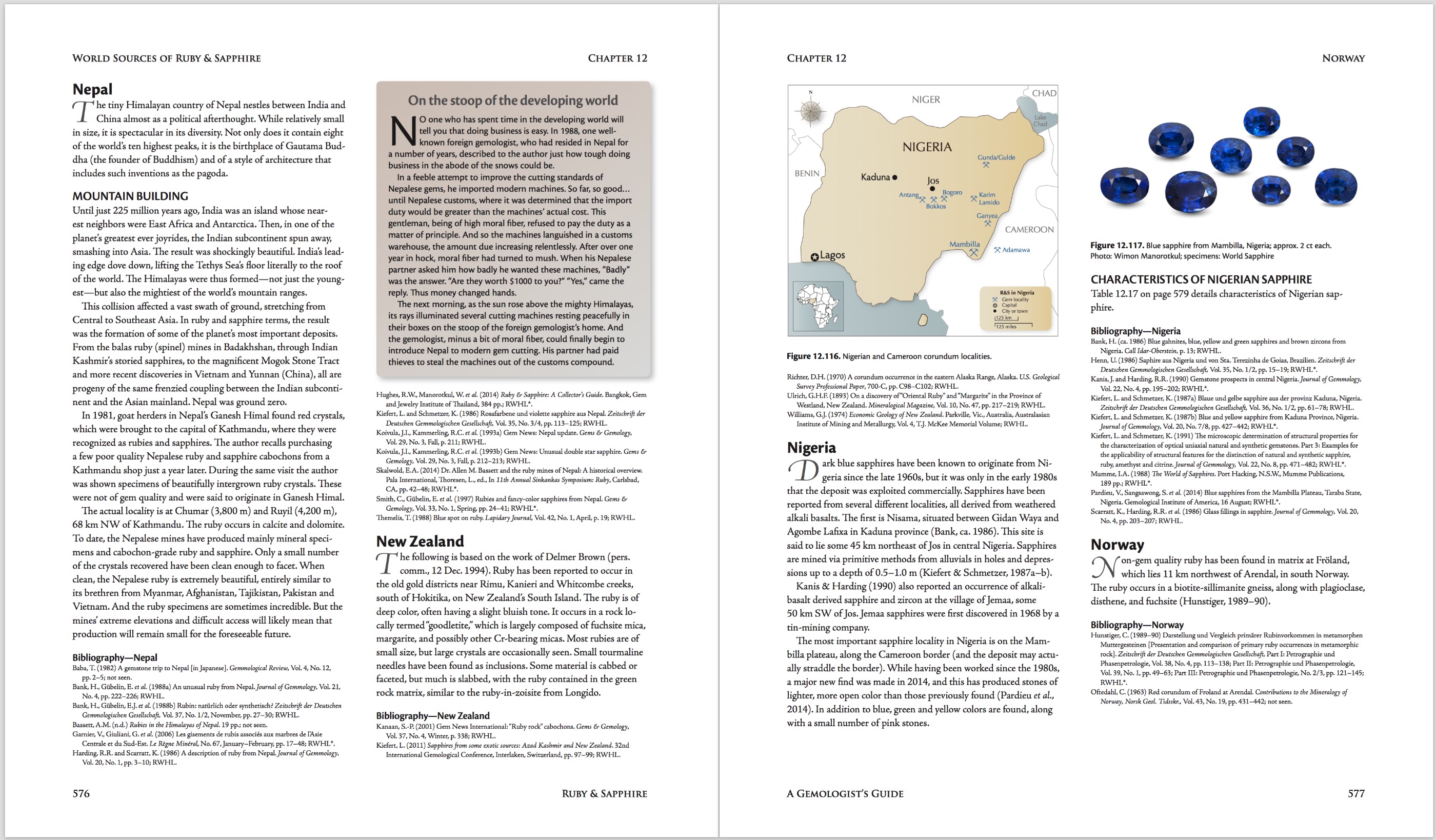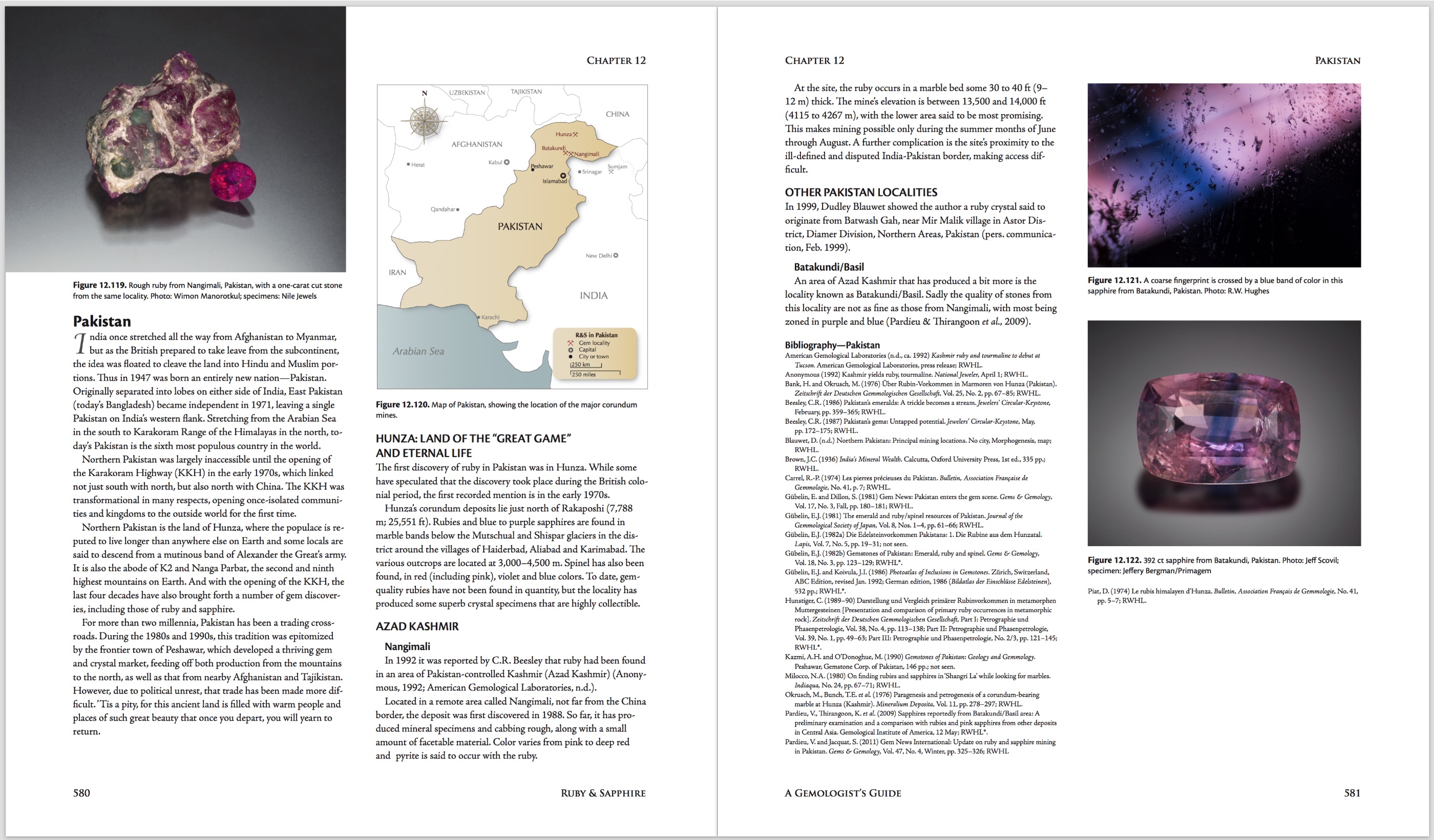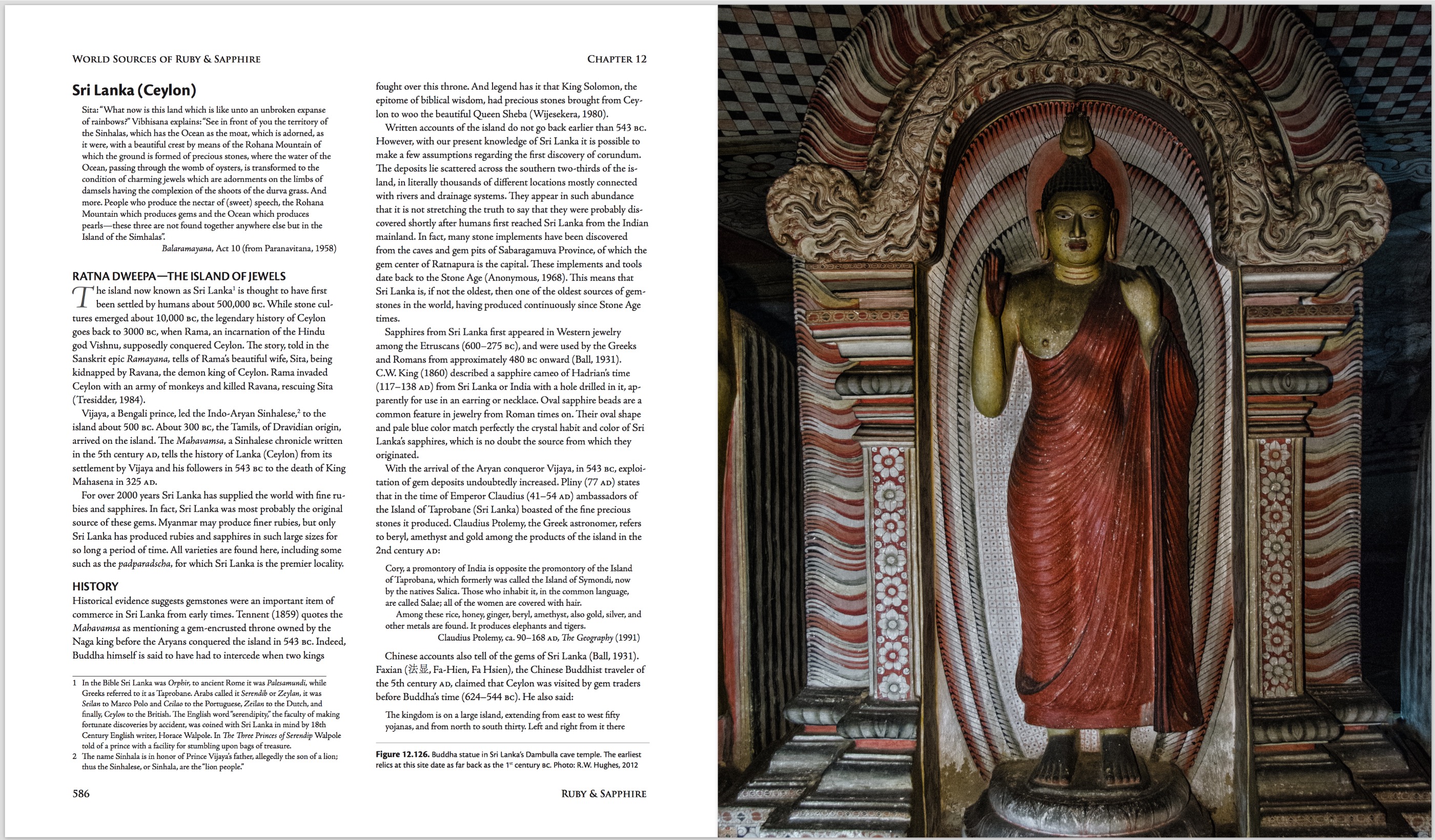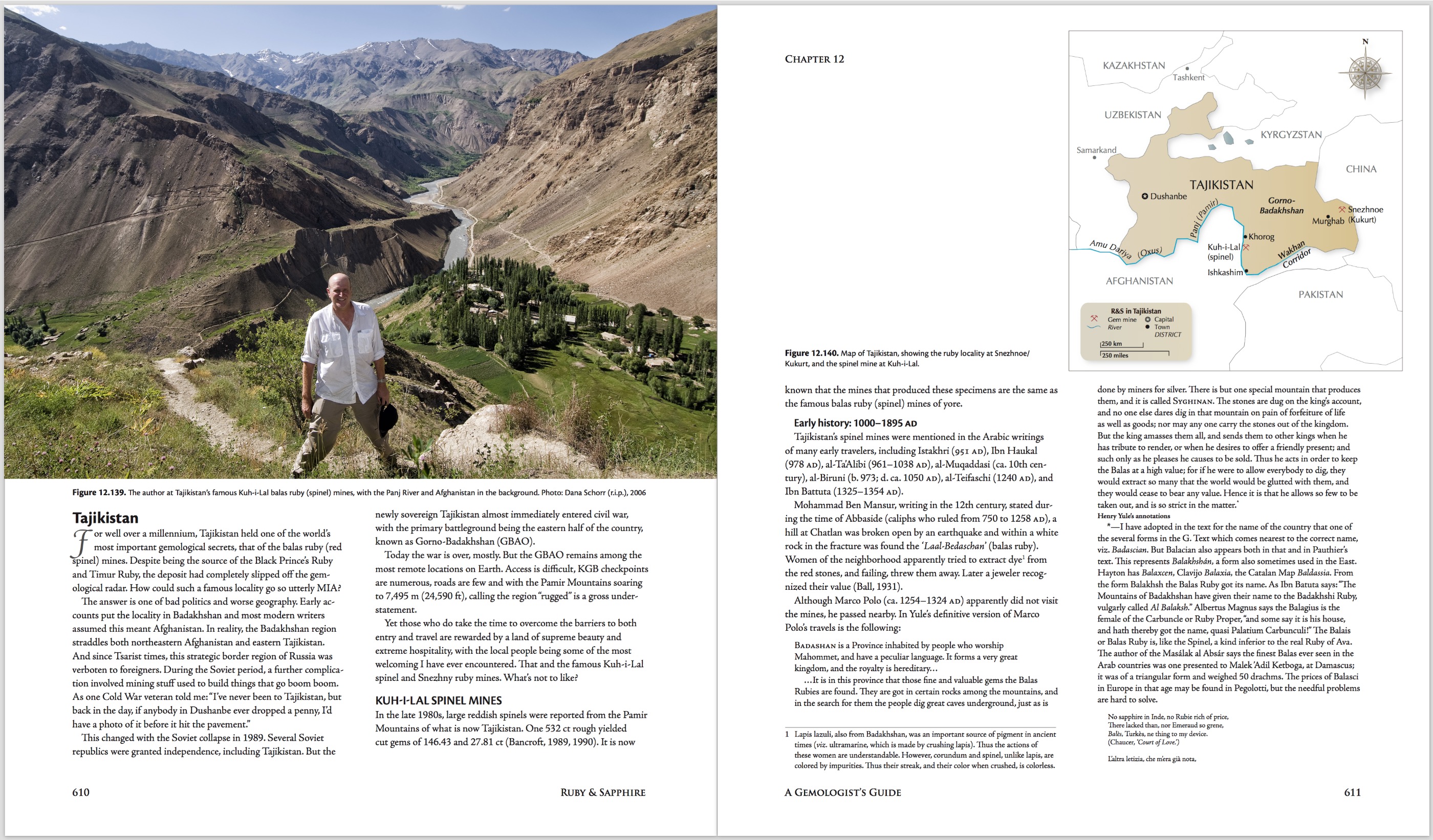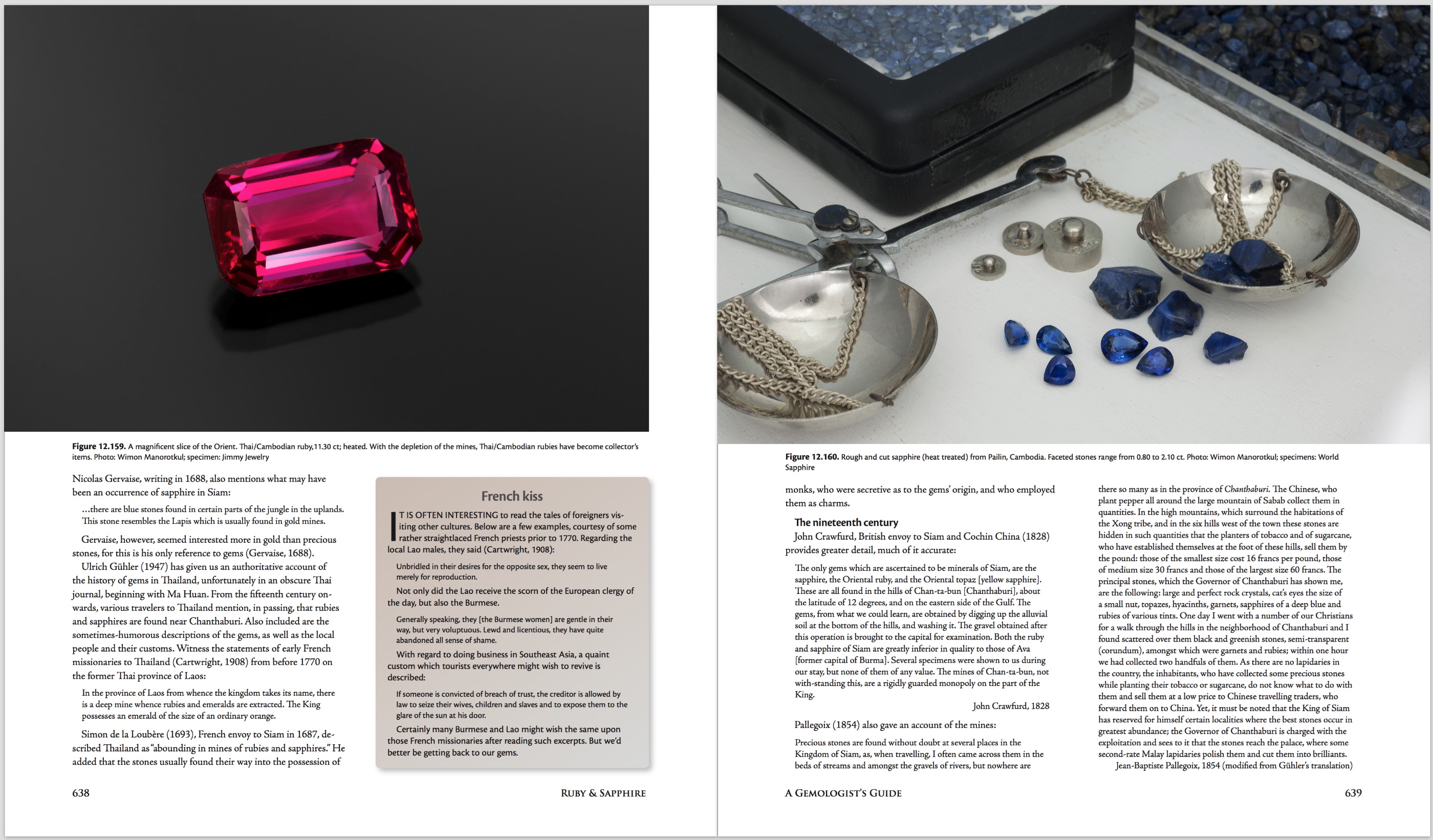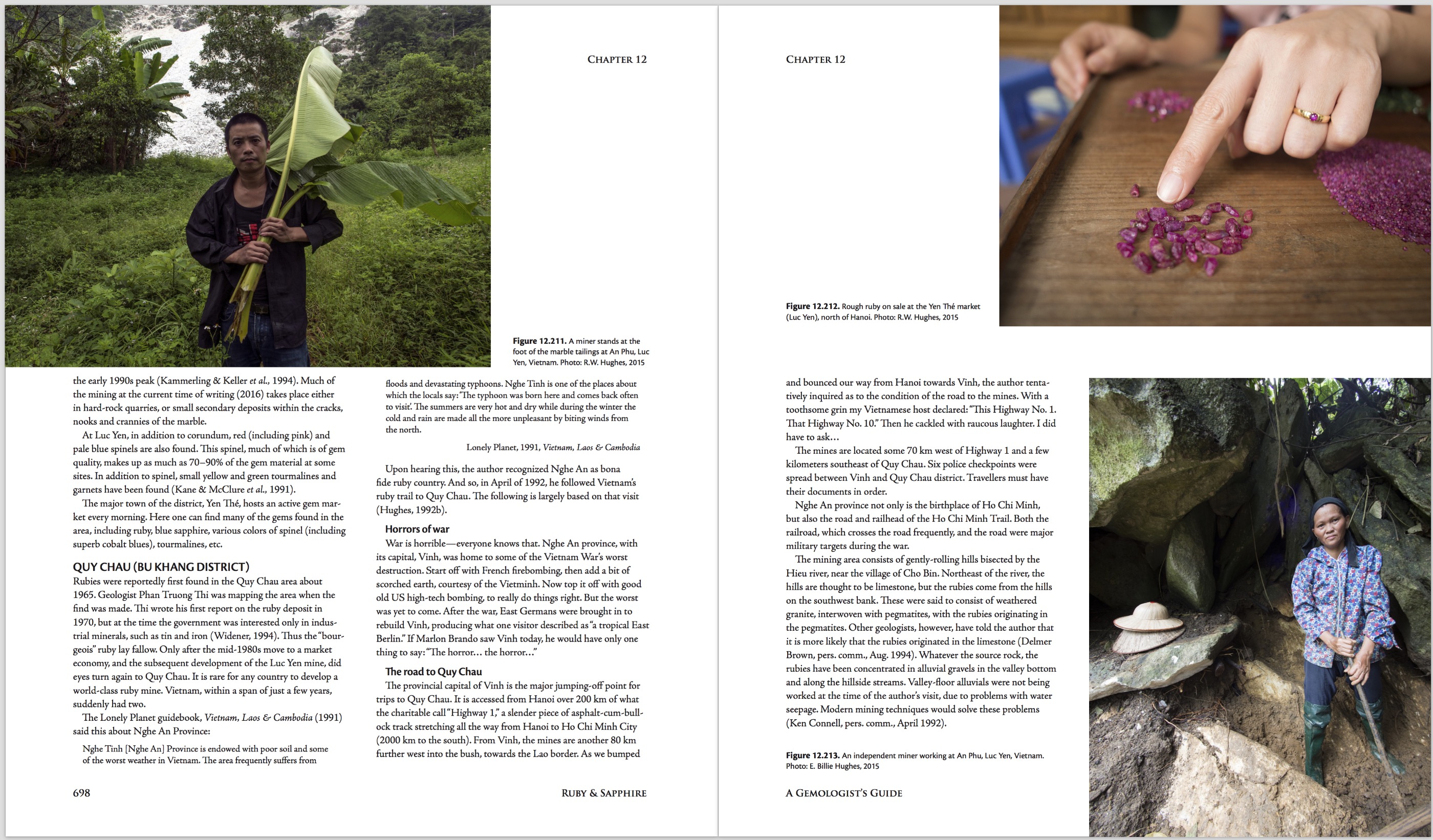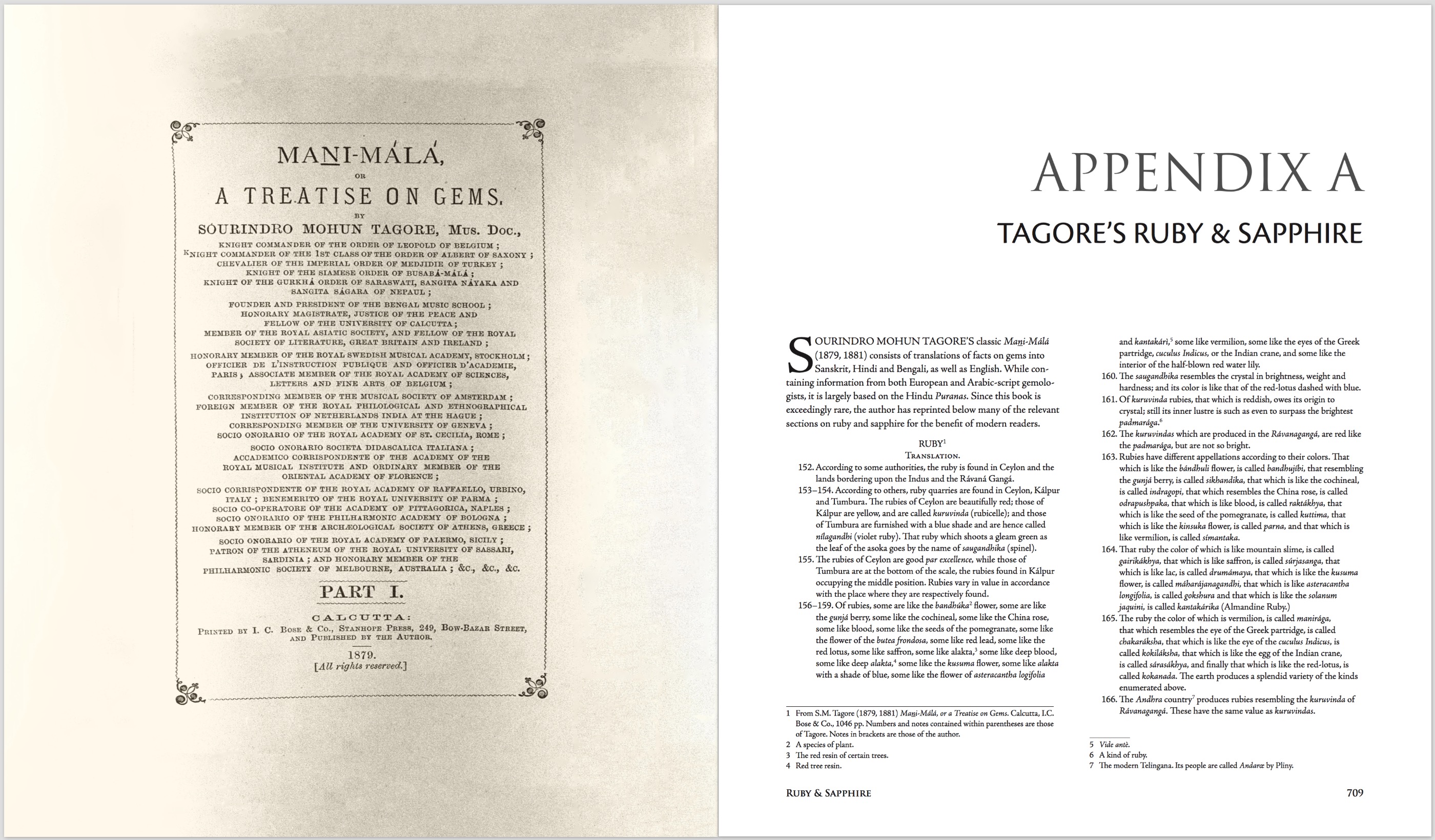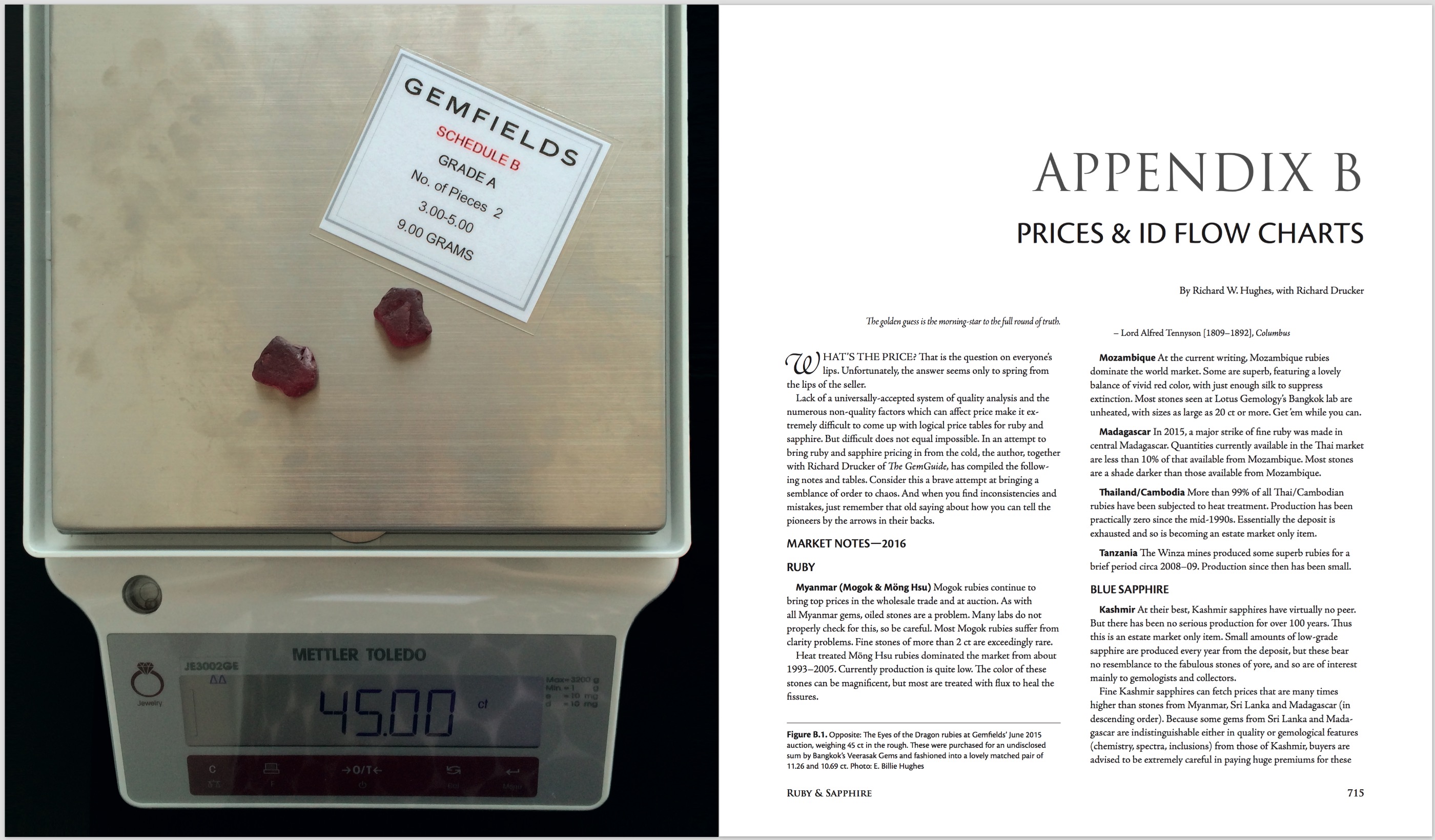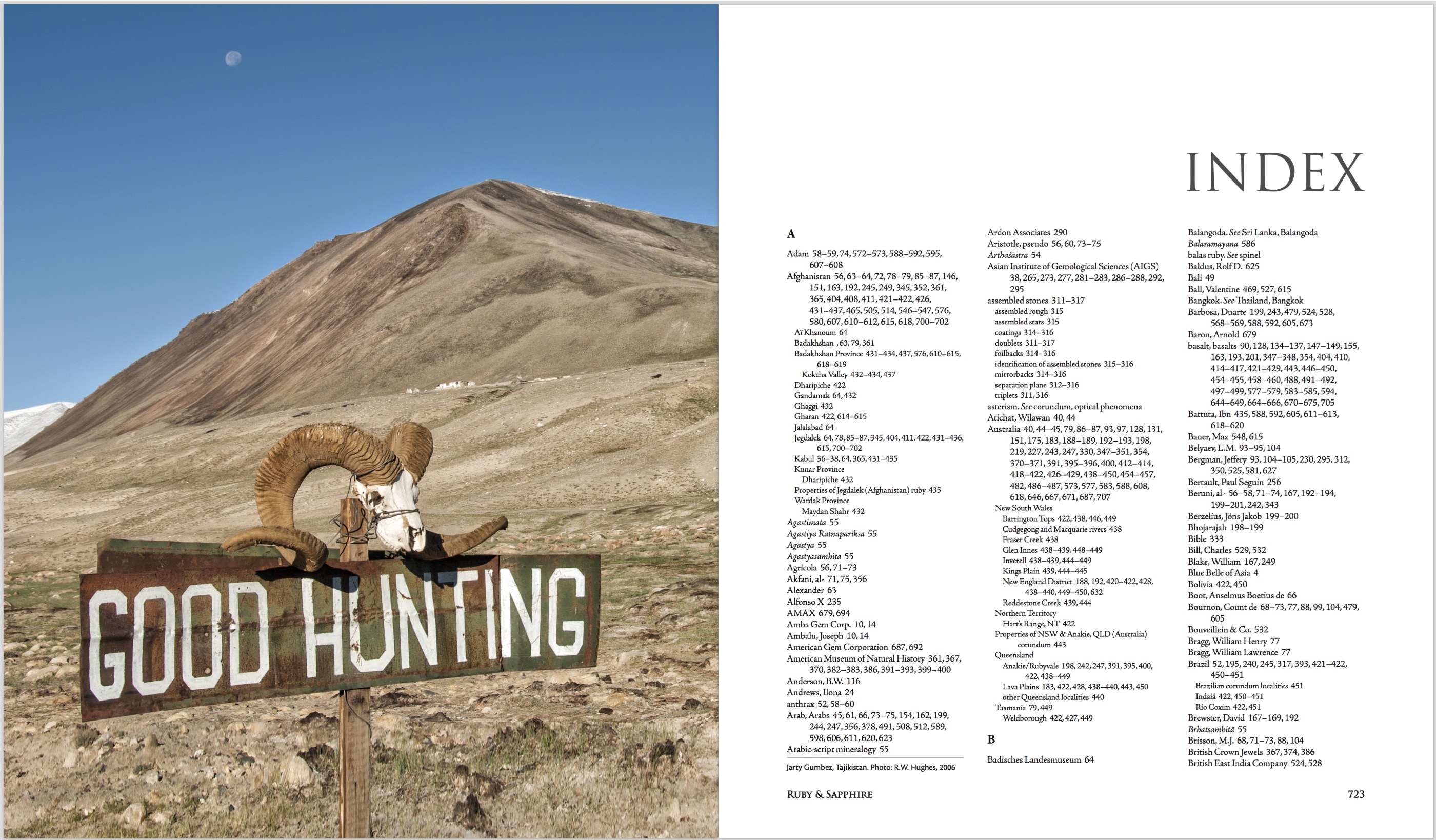gemology
-
About Lotus Gemology
When you see a fine ruby, it does something to you. It’s not about the value.
If it were simply the value, I’d go out and buy a kilo of gold. Richard Hughes to journalist Rod Nordland
“On the treacherous trail to the rare ruby red” | 1982 | Asia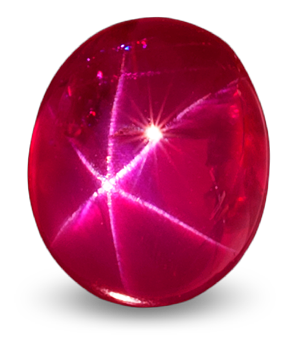
Lotus Gemology begins with a simple idea – beauty is the principal source of attraction for precious stones. Thus it should also be the major focus of gemology. In other words, the GEM is the most important part of gemology.
It is our belief that gemology is not simply about counting atoms; to apply science absent a discussion of how it relates to aesthetics and desire does a disservice not just to clients, but to the jewels themselves. We do not believe that attraction can be reduced to a simple set of measurements, anymore than the beauty of a rainbow or sunset can be expressed by mathematical formula.
Rest assured, we are not Luddites. We not only appreciate science, but use it daily. At the same time, we recognize that many parts of the human experience extend into realms far beyond science. Thus the gemology at Lotus includes not just science, but weaves into the mix history, culture, art and travel. We do this in the belief that these factors play equal roles in how humans perceive desirability and value.
Like a small French restaurant, we believe that crafting a fine meal takes time and individual care; thus our seating is limited. The translation of the intangibles of rarity and aesthetic beauty is our strength.
Precious stones are among the most compelling examples of Mother Nature’s artistic genius.
Lotus Gemology operates from a base of over 80 years of collective experience in the study, purchase, sale and appreciation of precious stones. Our lives have been enriched beyond measure by our involvement with these gifts of nature and we believe if we characterize them with the appropriate reverence and care, we can open this magical world to others. This is our goal.
-
An Alexandrite-Emerald Intergrowth, Reportedly from Russia

Although many emerald deposits also produce alexandrite, particularly those formed in association with mica-rich schist, it is rare that both gems are found in such a close association that they can be fashioned into a single stone. This article details the examination of one such piece, reportedly originating from a deposit in Malysheva, Russia.
-
Book | Broken Bangle | Jade Nomenclature Order Page
Introducing…
Broken Bangle • The Blunder-Besmirched History of Jade Nomenclature
by
Liu Shang-i ('Edward') | Richard W. Hughes
Zhou Zhengyu ('Adam') | Kaylan Khourie
Sponsored byZhuang Qingfang
The Gemmological Association of Hong Kong
On Tung Jewellery
Junhao Gemology
Pinde Xuan
Lotus GemologyBroken Bangle | The Blunder-Besmirched History of Jade Nomenclature takes readers through the entire tortuous history of jade nomenclature, detailing how the current monikers were based on misinformation and misunderstanding of the gems’ true natures. Thus, the Chinese gem yù (amphibole jade) was named “nephrite” by French mineralogist Alexis Damour in the mistaken belief it was the same as the Mesoamerican pyroxene jade that a 16th Century Spanish doctor himself misinterpreted as being used to treat kidney disease (‘nephritus’). Later, Damour created a mineral species he called “jadeite” for what was actually a gem rock already known in China as fei cui.
But this gemological whodunit is much more than a dry recitation of jade nomenclature. It includes a detailed section on the occurrence and mineralogy of both yù (nephrite) and fei cui. Because jade is so intimately connected with Chinese culture, much of the Middle Kingdom’s fascinating history is also woven through its pages.
Did we mention the illustrations? Broken Bangle features dozens of color images of both historical documents and spectacular photos of contemporary jade and stone carving in China. For those whose mental picture of jade sculpture is a cliché Chinese goddess statue, prepare to have your minds blown.
Lead author Liu Shang-i summed up the book’s major aim:
Our understanding of the world is deeply influenced by the names we assign to things. As history, culture, and scientific inquiry evolve, it becomes essential to assign accurate and fitting names to these unique types of jade that embody Chinese heritage. This nomenclature should reflect its cultural significance and resonate with both historical context and contemporary understanding.
Co-author Zhou Zhengyu added:
There is an ancient saying in China termed “casting a brick to attract jade.” Any book or article is only a stage of understanding, and this understanding, if it can be better than before, is progress. Our work is certainly not the last word on the subject, but we hope it will help improve people’s understanding of this gem’s fascinating history and inspire others to research the subject further. Not unlike a brick thrown in the hopes of attracting jade.
This edition of Broken Bangle is limited to just 600 copies. Don’t miss this chance to enjoy not just superb scholarship, but also extraordinary examples of China’s modern jade culture.
Comments from reviewers…
"A readable work of art…"
— John Koivula, Gemological Institute of America
"This book [is] not only a work of scholarship but of art…"
— Anne Carroll Marshall, Journal of the Gemmological Association of Hong Kong
"Beautifully illustrated and a pleasure to read… a valuable contribution not only for the gemologist, but for all who deal with jade jewelry."
— Eric Hoffman, Hoffmanjade.com
"Whether you are a hardcore gemologist or just a garden-variety jade lover, Broken Bangle is the book for you. Buy it, read it yourself, and give it away. I enthusiastically give Broken Bangle two thumbs up!"
— Jeffery Bergman, International Gem Society
"…a splendid book"
— John Saul, geologist and author
"Wow, beautifully done, a must have to expand one's knowledge of jade."
— Georg Schmerholz, master jade carver and author
Hardcover | Published September 2024
THB2100 (~US$60)
120 pages; 240 x 280 mm (9.45 x 11 inches), 1 kg (2.2 lb)
Full Color ThroughoutSold Out
Check out our coffee-table style book Inside Out
Title Page & Table of Contents
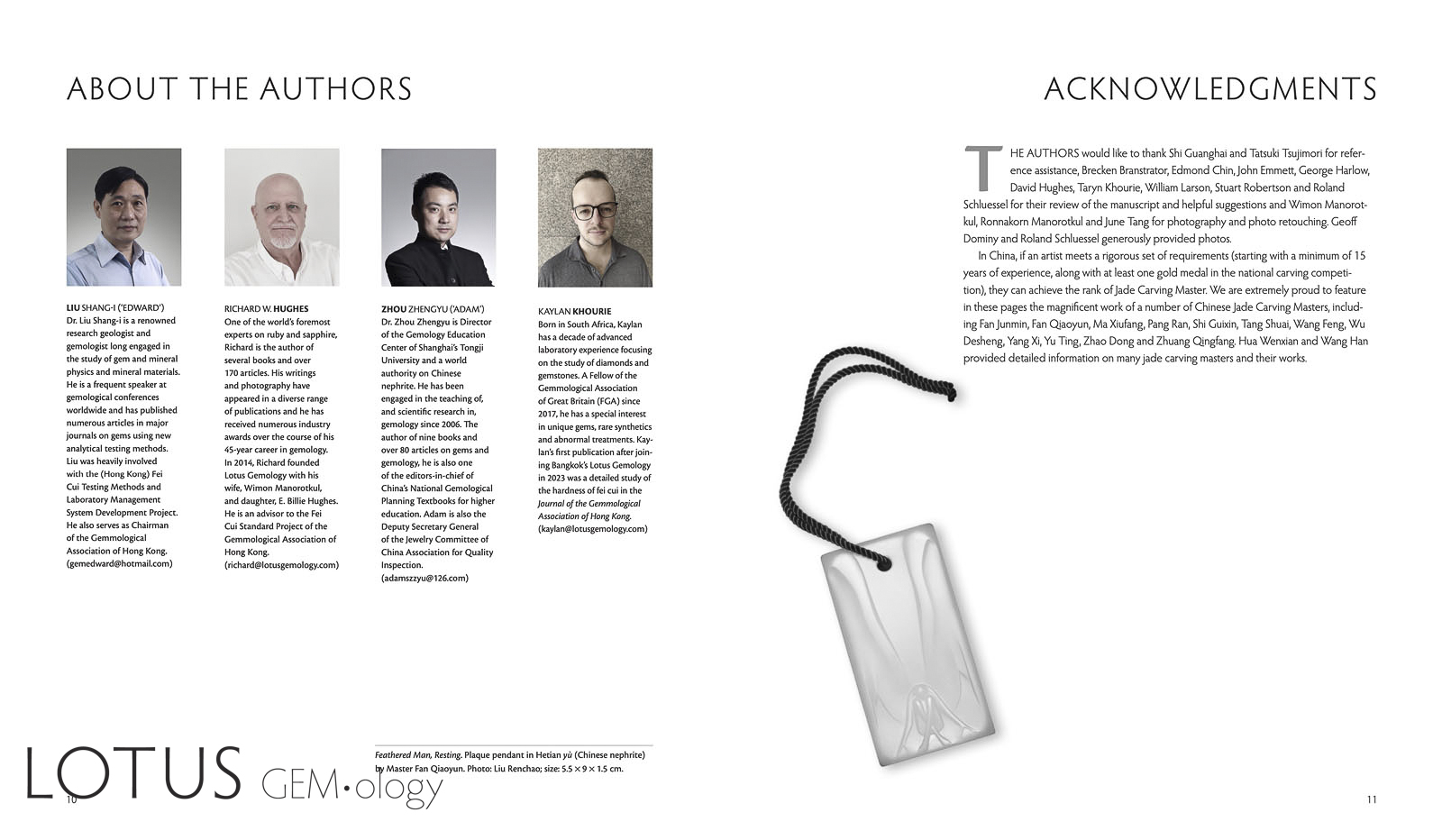
Sample Interior Spreads


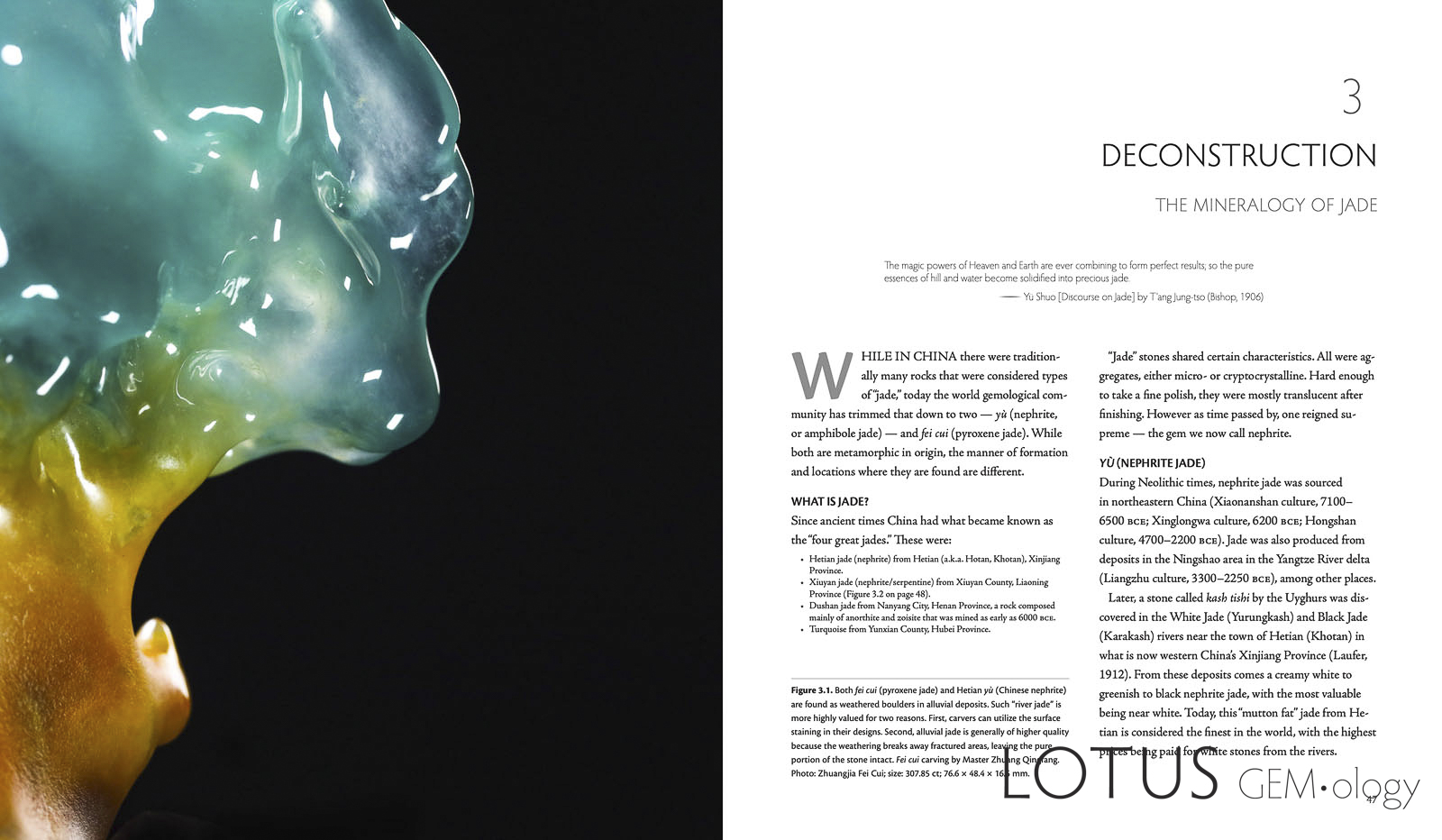
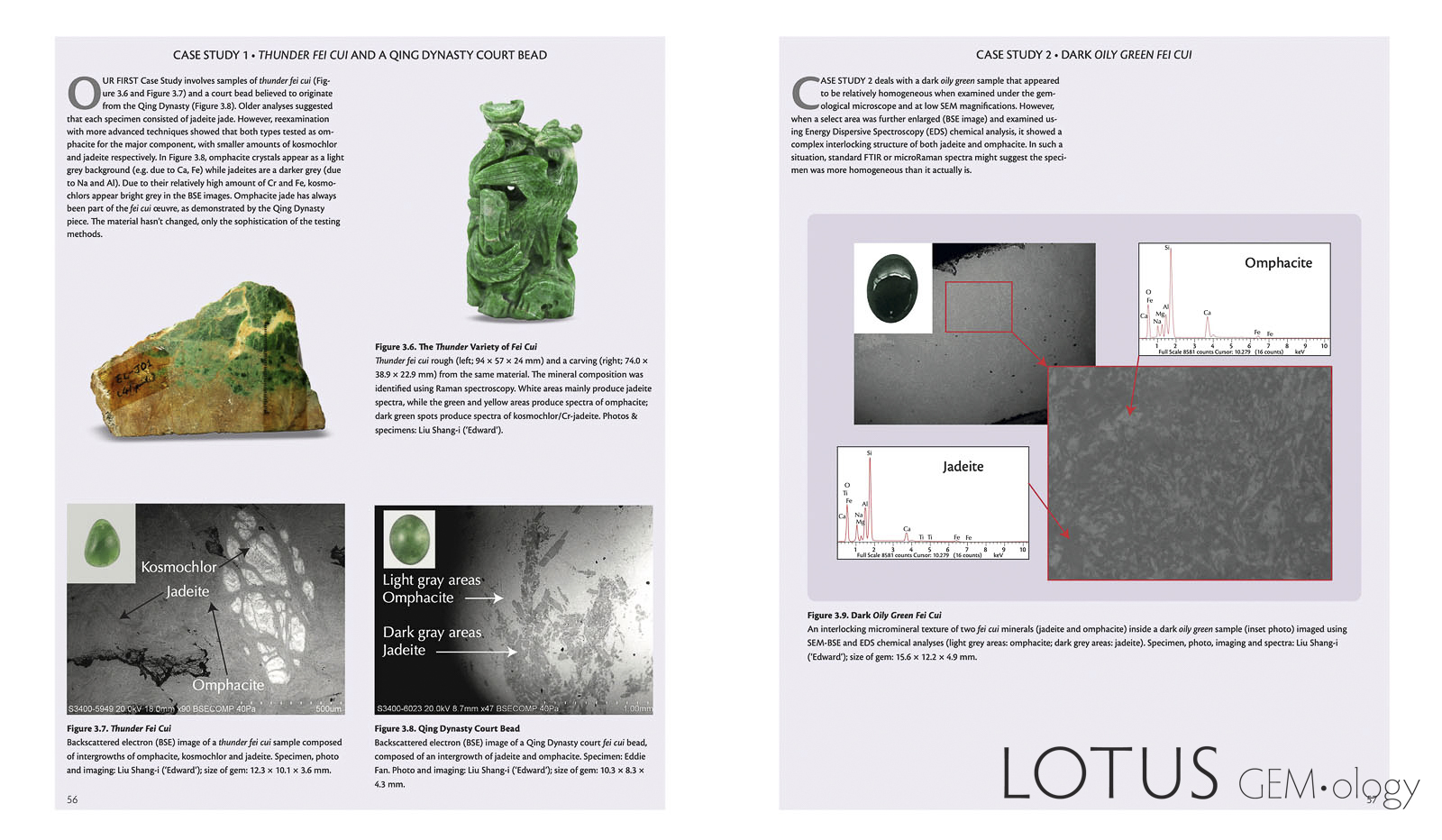
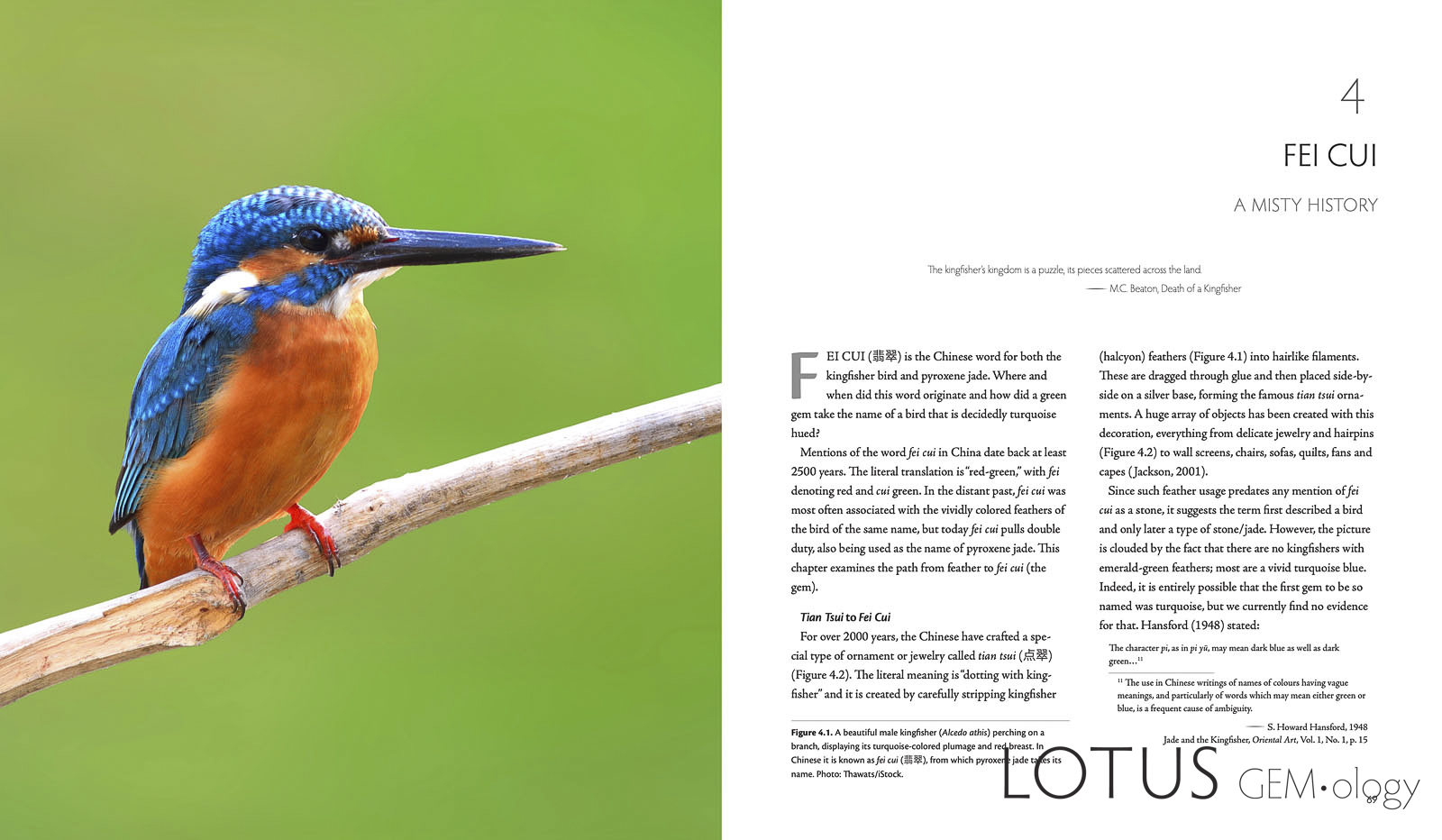
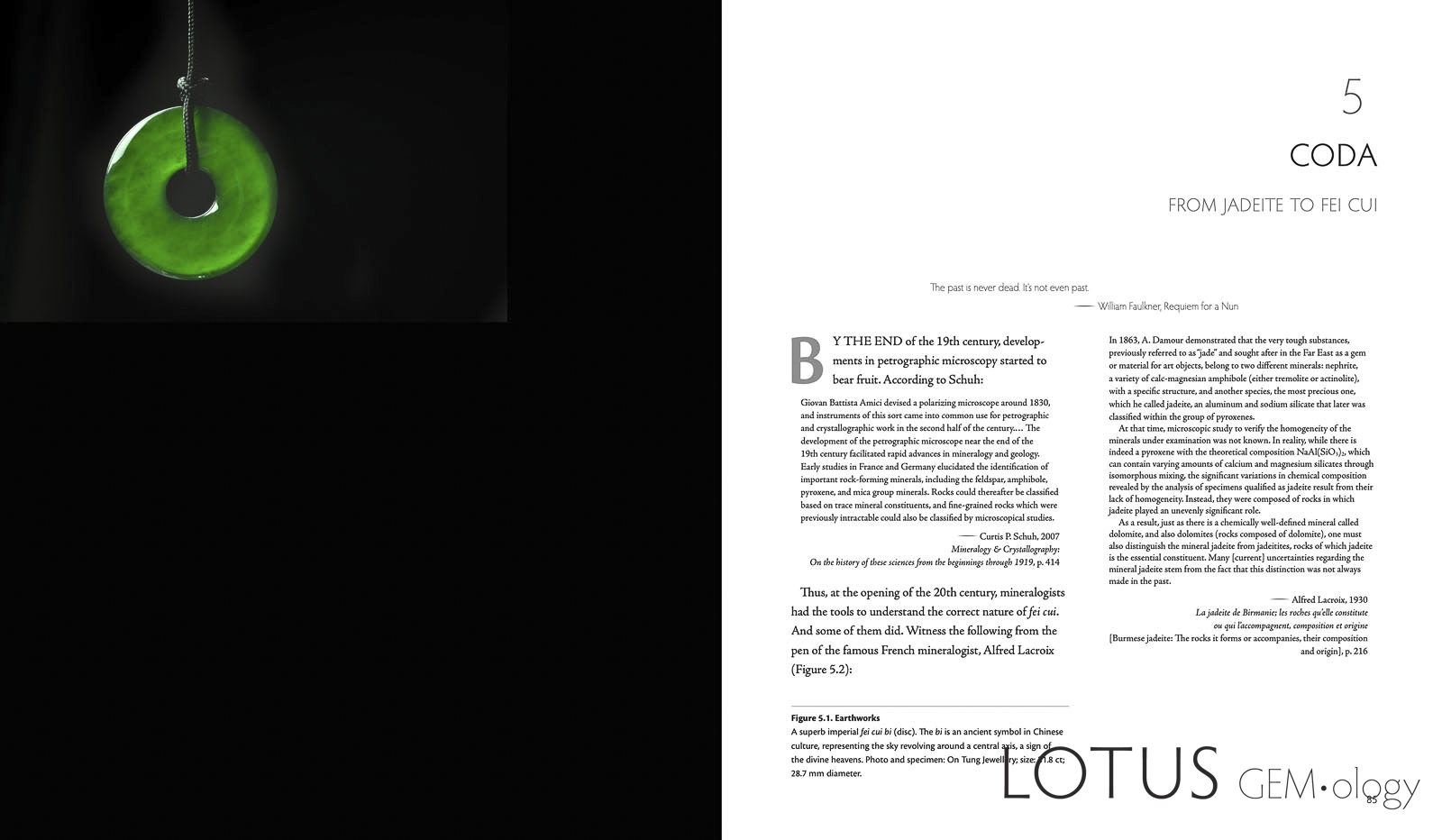
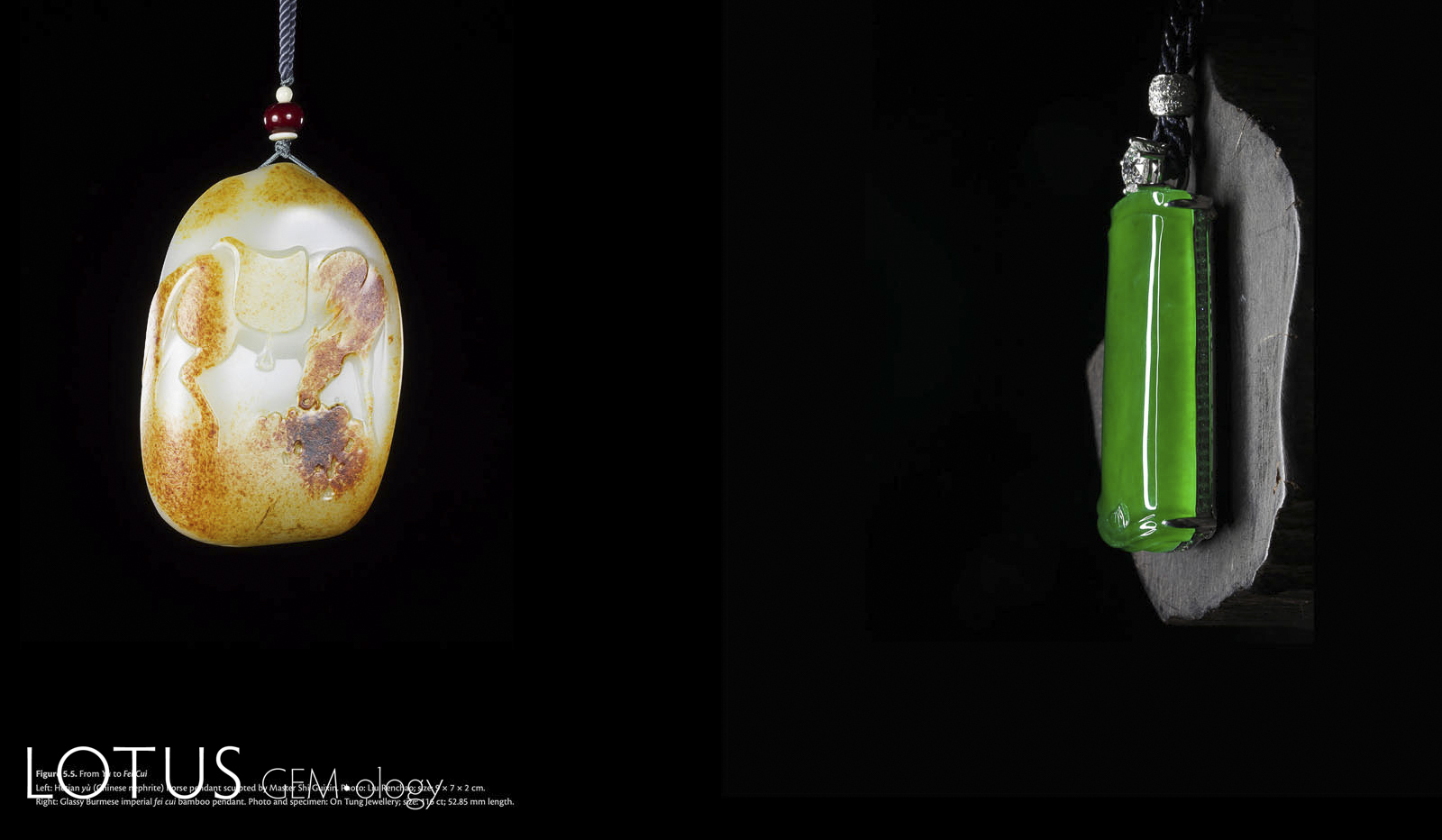

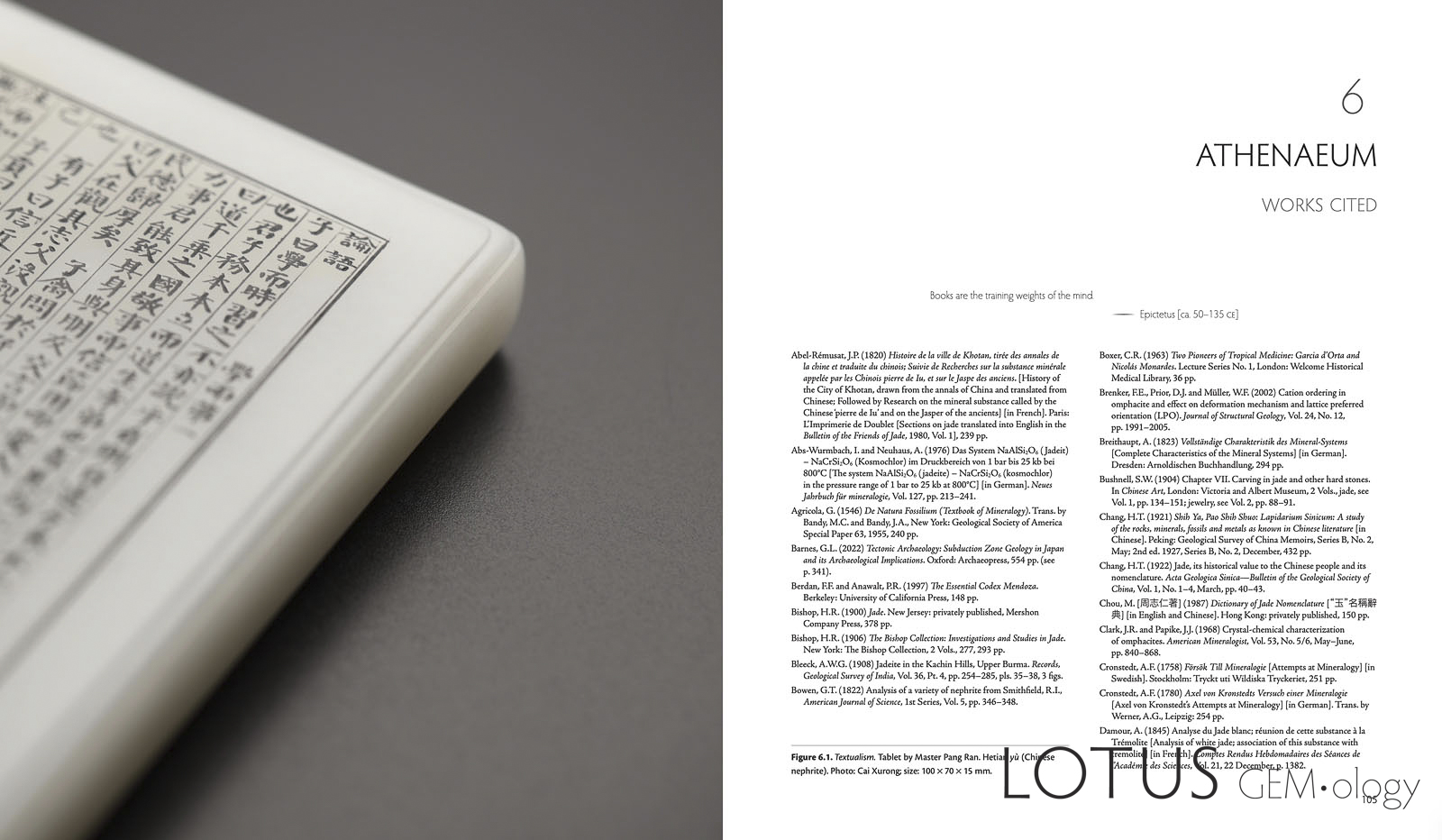
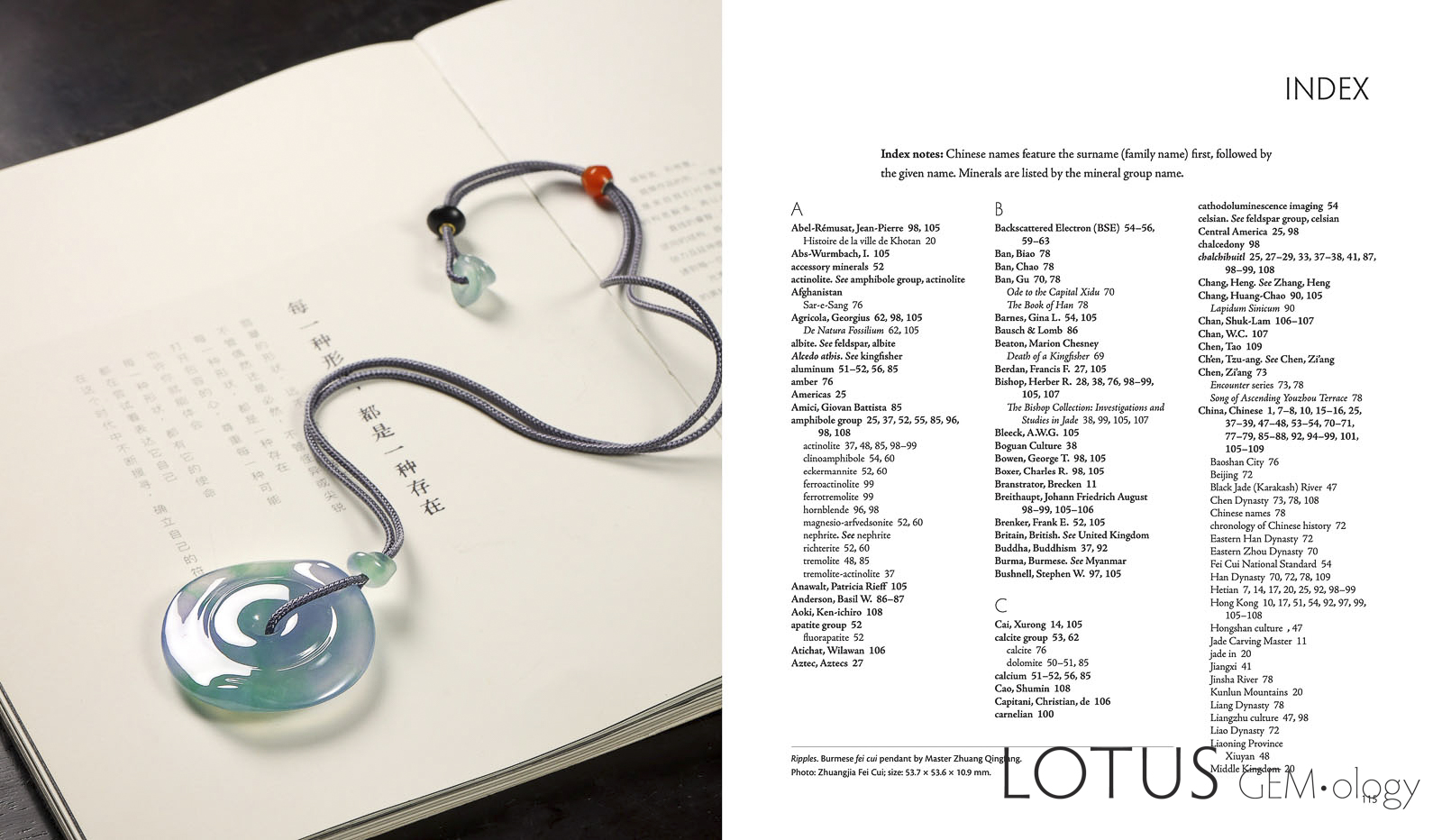
-
Book | Heinrich Fischer's Nephrite and Jadeite
Introducing…
Heinrich Fischer's Nephrite and Jadeite
translated and edited by
Richard W. HughesA Gemological Masterpiece Translated into English for the First Time
In 1875, Leopold Heinrich Fischer (b. 1817; d. 1886) published an extraordinary work on jade, Nephrit und Jadeit, by far the most comprehensive ever to appear. Fischer examined jade not just from China, but from around the world. His book was the first ever to appear in a Western language entirely devoted to jade as we know it today.
As you thumb through the pages that follow, the depth of Fischer’s work will amaze. There is an astonishing amount of detail here. That this could be the product of a single author is simply beyond belief.
Fischer goes on and on, as he tracks virtually every Western (and some Oriental) source. One senses an obsession, days in cold museums and libraries examining dusty texts, sleepless nights poring over a candle-lit desk scratching out sentences with a quill, condensing this enormous body of human history into a book of just a few hundred pages. It is truly astounding and a book that will delight those who open its pages.
This English translation includes a special 43-page appendix containing full bibliographic details of all the references cited by Fischer, as well as additional references on jade in both Western languages and Chinese, making it a valuable resource for scholars.
ABOUT THE AUTHOR
Leopold Heinrich Fischer (1817–1886) was a German polymath; born Freiburg i Breisgau; studied medicine at Freiburg/Vienna; practiced in Freiburg; fac U Freib zool, mineralogy, associate professorship 1845; professorship 1859; broad range of interests, noted for his many publications on entomology, microscopy, mineralogy, archeology, advanced study of insect taxonomy; later in life famous for studies of Stone Age implements & their distribution.
Hardcover | Published February 2025
Price: $195
638 pages; 189 x 246 mm (7.44 x 9.68 inches), 1 kg (2.2 lb)
Scattered Color Illustrations
Please note that this book is Print-On-Demand; as a result, the quality of printing willl not be the same as the exceptional quality of our other books which are printing on an offset press.CLICK HERE TO BUY NOW AT LULU.COM
Sample Spreads

-
Book | Inside Out | Gemology Through Lotus-Colored Glasses | Order Page
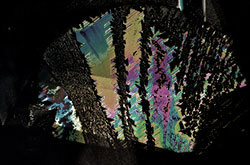
Introducing…
Inside Out: GEM•ology Through Lotus-Colored Glasses
by
E. Billie Hughes | Richard W. Hughes | Wimon Manorotkul
with a foreword by Paolo Minieri
Chinese translation by Jason C.H. Kao (高嘉兴), with Jinding Yu (俞瑾玎) and Bonnie Chao (晁艳)
From the dawn of time, precious stones have both attracted and fascinated humans in ways that few other items could. For while objects of desire are found throughout the natural world, physical beauty is too often ephemeral. From the allure of a man, woman, flower or butterfly, through the fleeting moments of a sunset, there is little that lasts and practically nothing that can be passed down to our descendants. The exception is precious stones. Not only are they the most durable creations of Mother Nature, but their visual splendor is truly eternal.
This book presents a completely fresh approach to the subject. Dubbing it humanistic gemology, the authors take readers around the world, showing the places they have explored in their search for gems, along with the people and cultures encountered along the way.
Within this volume, remarkable photographs of the human world are interwoven with images of the microscopic realm of the gems themselves. In a lifetime beset by time control, where living is broken into ever smaller bits, as you browse through these pages suddenly you plunge into a domain of frozen time, one that affords vistas of millions or even billions of years. For jewels offer not just superficial beauty, but a window on the primordial forces that birthed both our planet and universe.
Inside Out – Gemology Through Lotus-Colored Glasses represents a fascinating new direction for gemology, linking the external and internal worlds of precious stones for the first time.
•
Published 2020; Now shipping
Standard Edition – Hardcover
Price: Thai Baht 3000 + Shipping & Handling•
International Shipping & Handling from Thailand
Ships via International Parcel Air (2–3 weeks)Hardcover with Dust Jacket
152 pages; 270 x 360 mm (10.6 x 14.2 inches); 2.5 kg shipping weight
Full Color Throughout | Bilingual text in English & Simplified ChineseOnce you click the "Add to Cart" button below, you can select the quantity on the next page.
Discounts available for orders of 16 copies or more; please contact us.Order This Book Here
- If your destination is listed below, please proceed with your order as usual.
- If your destination is not listed below, we can still ship to most destinations. Please contact us directly with a list of the books you want to order and your shipping address, and we will provide you with a shipping quotation.
- Please note that some delays may be expected for handling & delivery at the destinations.
Proceed with your order if your destination is listed below:
Shipping cost by destination (THB)
Americas Canada ฿3000 Mexico ฿3000 USA ฿3300 Asia Pacific Australia ฿2500 China (mainland) ฿1500 Hong Kong ฿1500 Japan ฿1700 Singapore ฿1500 Taiwan ฿1700 Europe Austria ฿2000 Belgium ฿2500 Denmark ฿2500 France ฿2500 Germany ฿2300 Italy ฿2500 Netherlands ฿2500 Norway ฿2500 Sweden ฿2300 Switzerland ฿2500 UK ฿2500
All prices are in Thai Baht and will be charged in Thai Baht. Exchange rates fluctuate daily. See this link for current exchange rates.
Title Page
Introduction
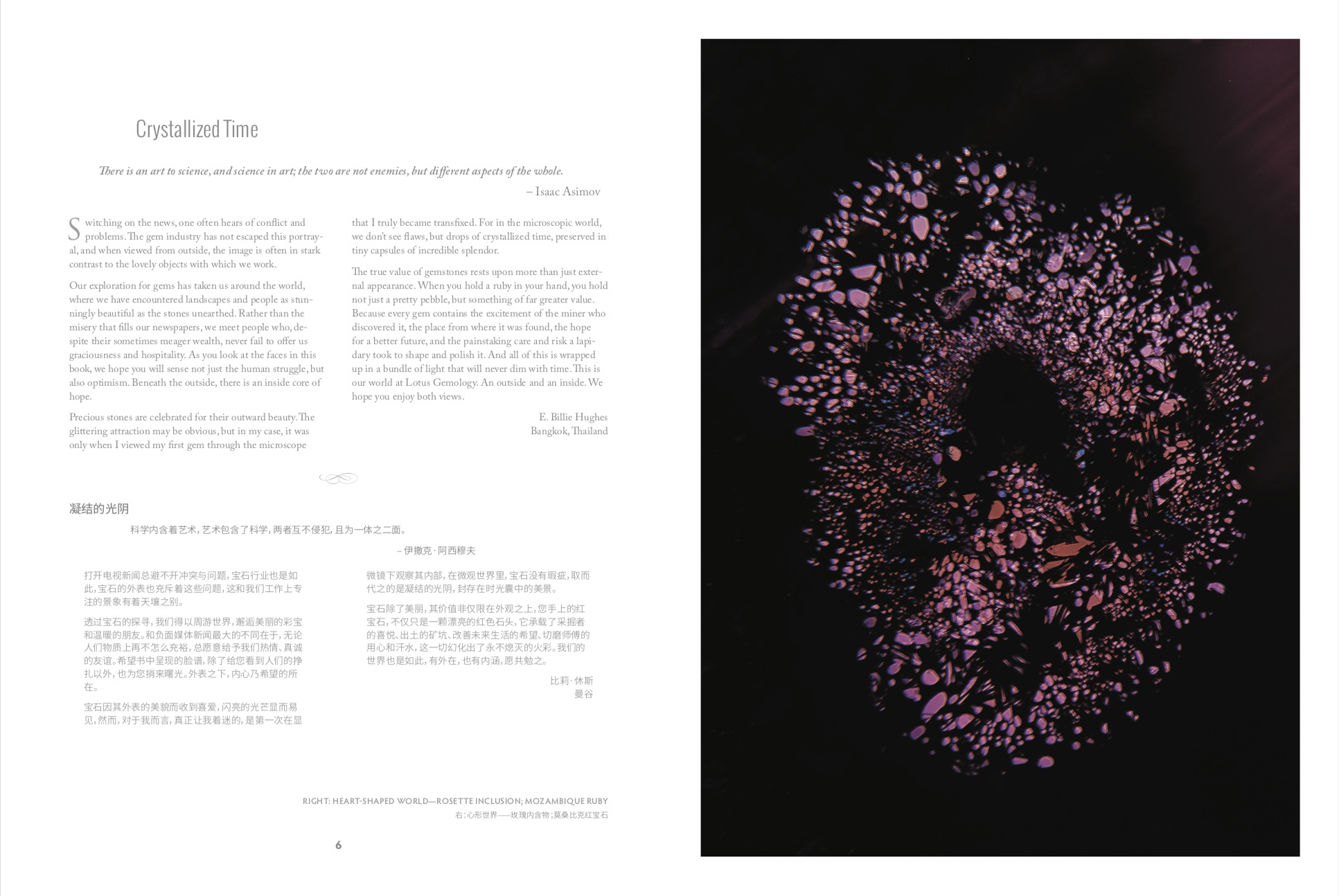
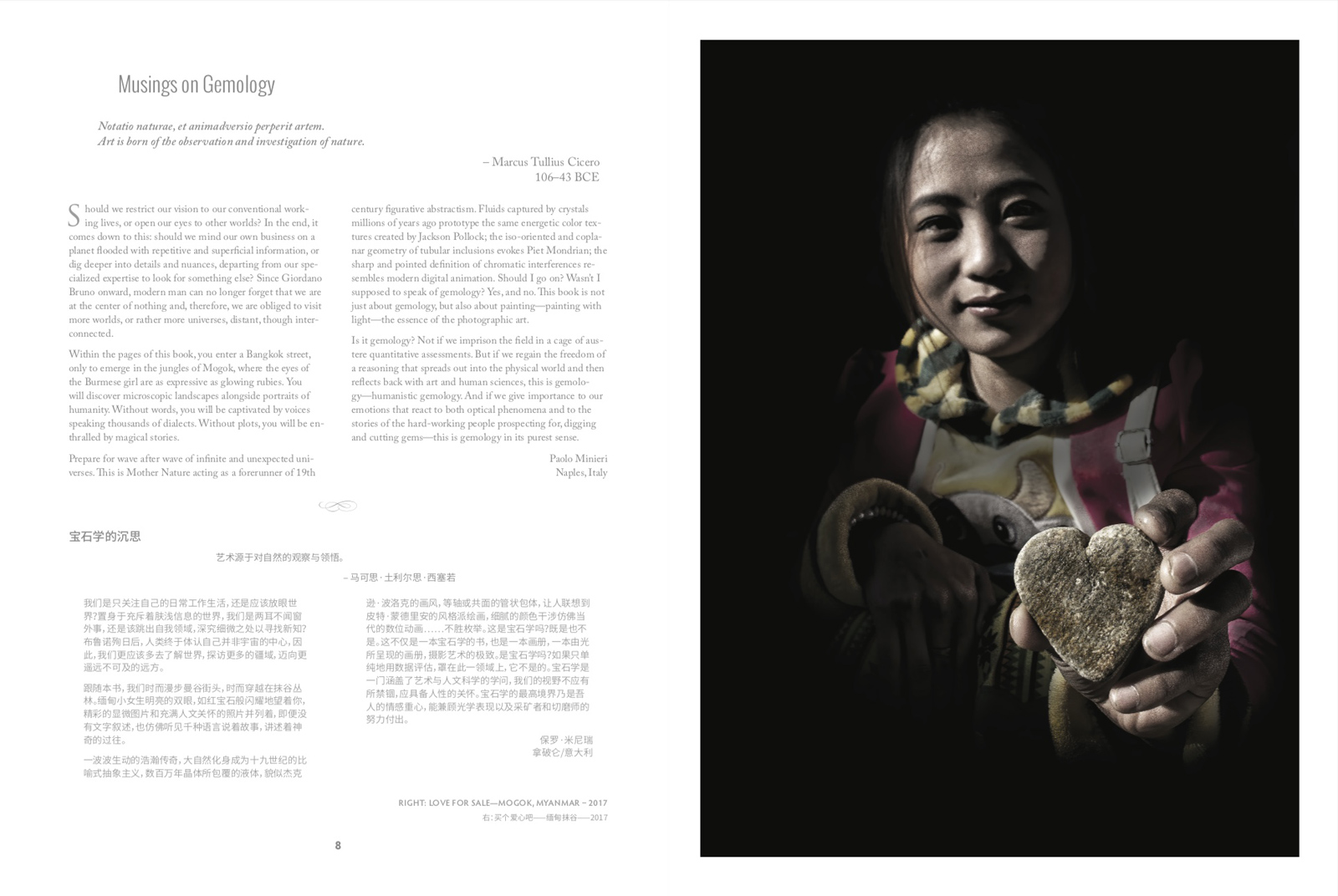
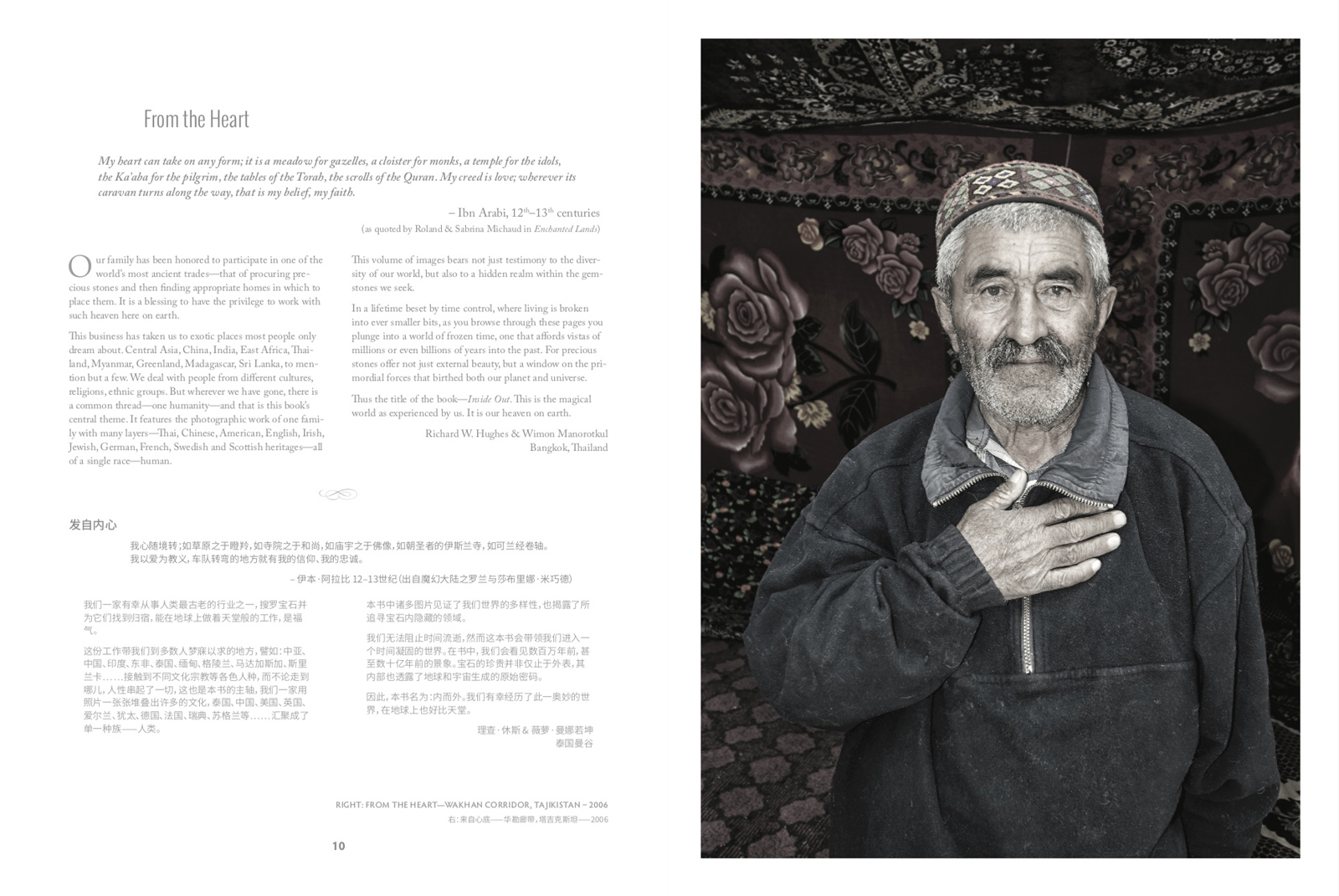
Sample Interior Spreads
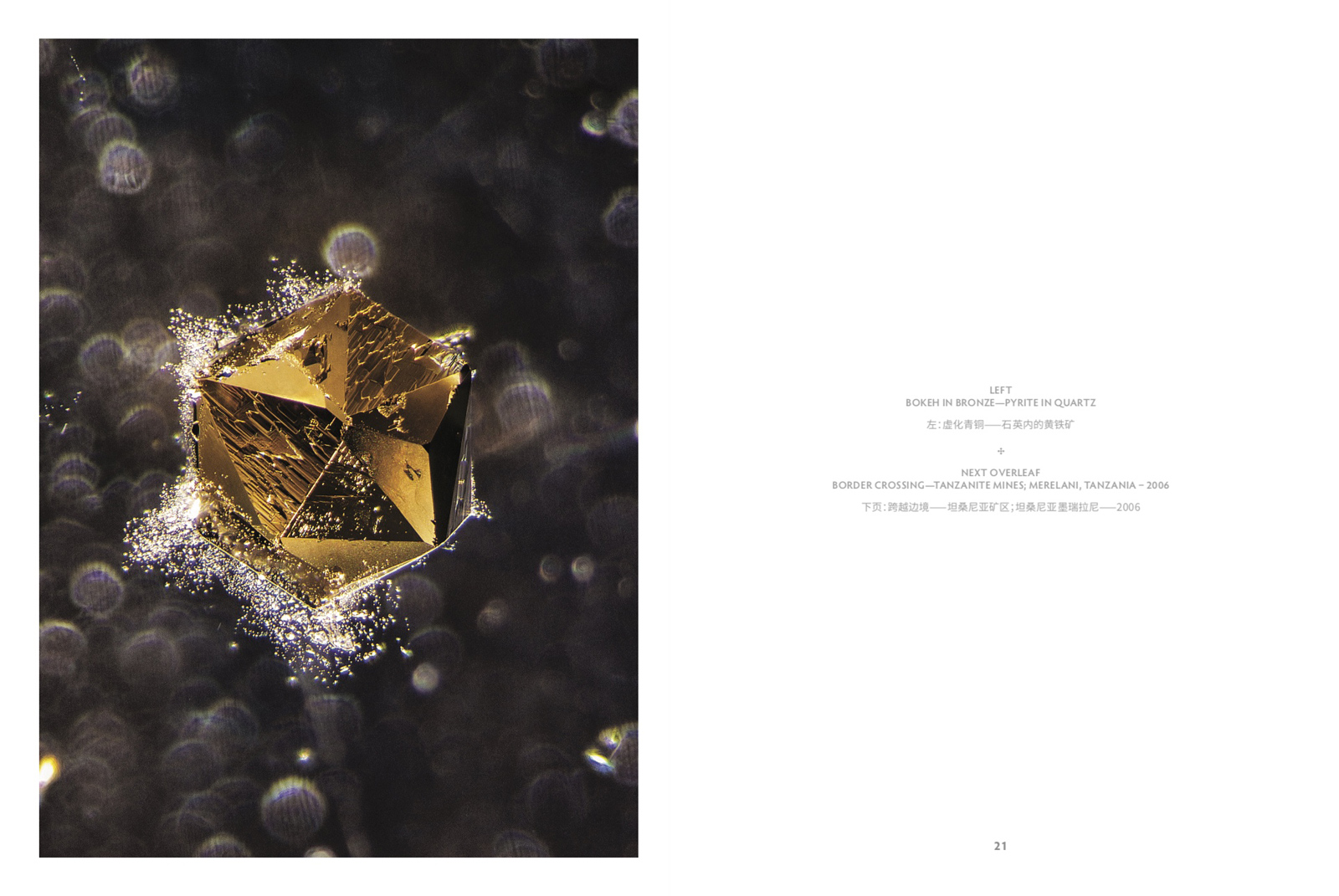

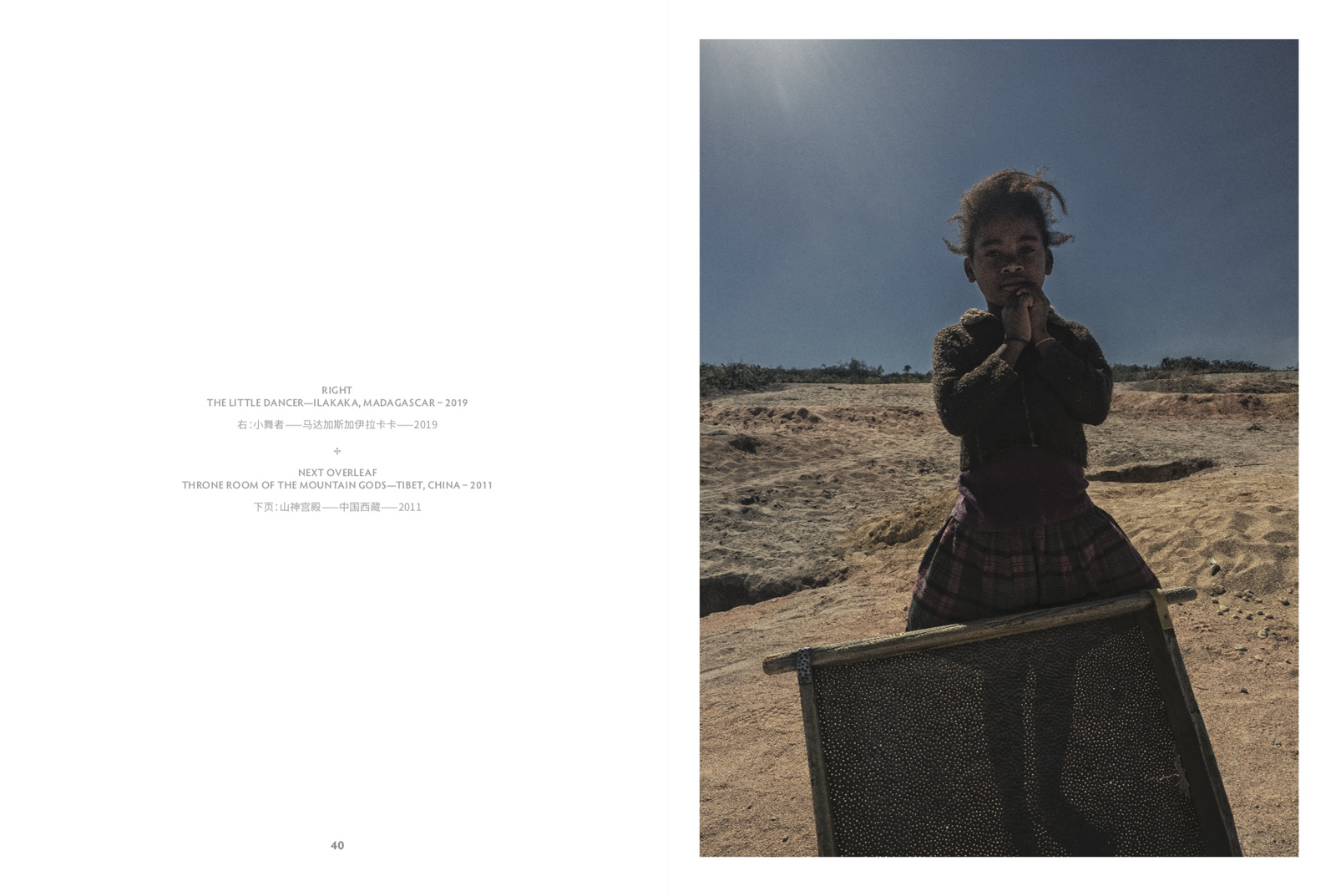

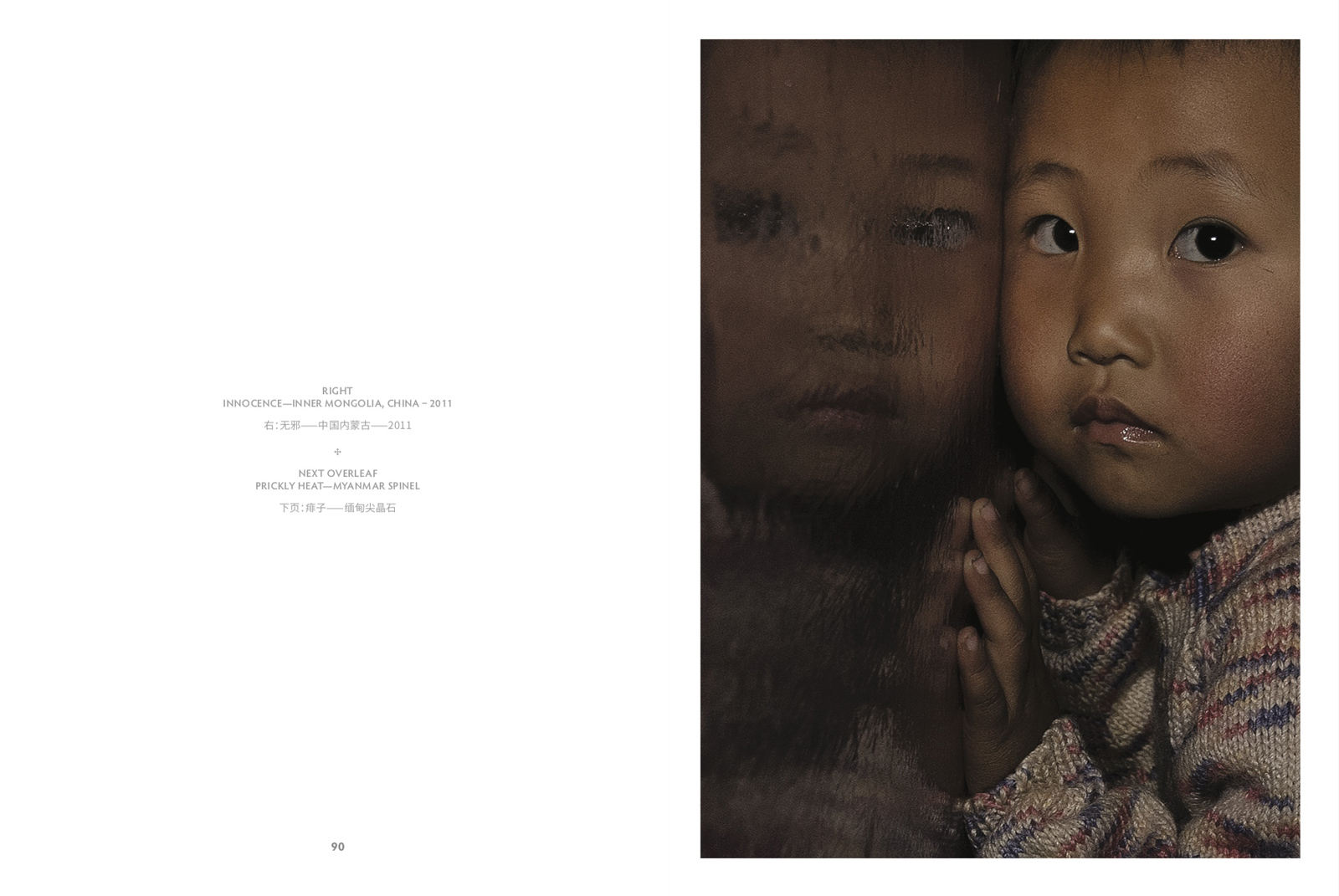

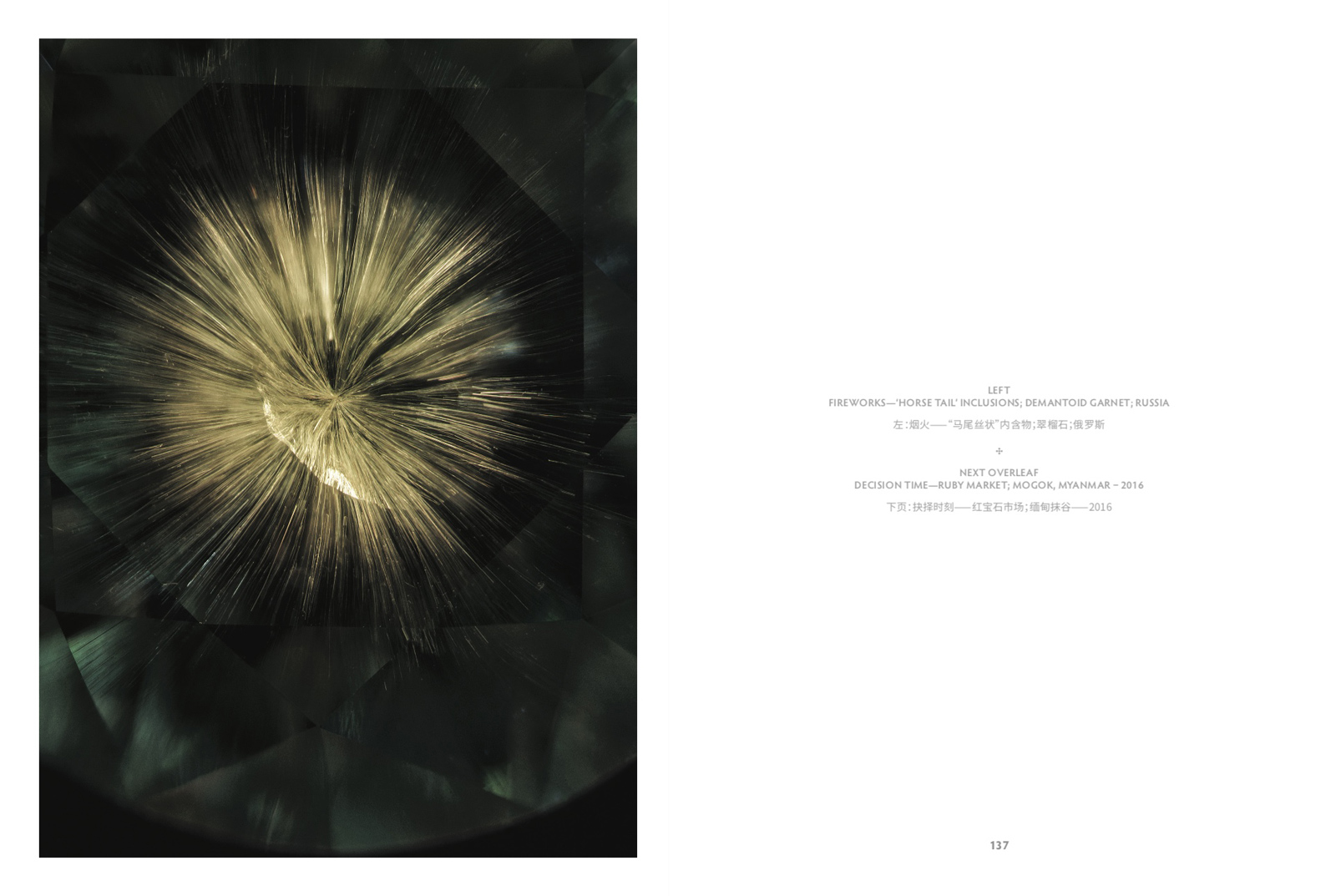

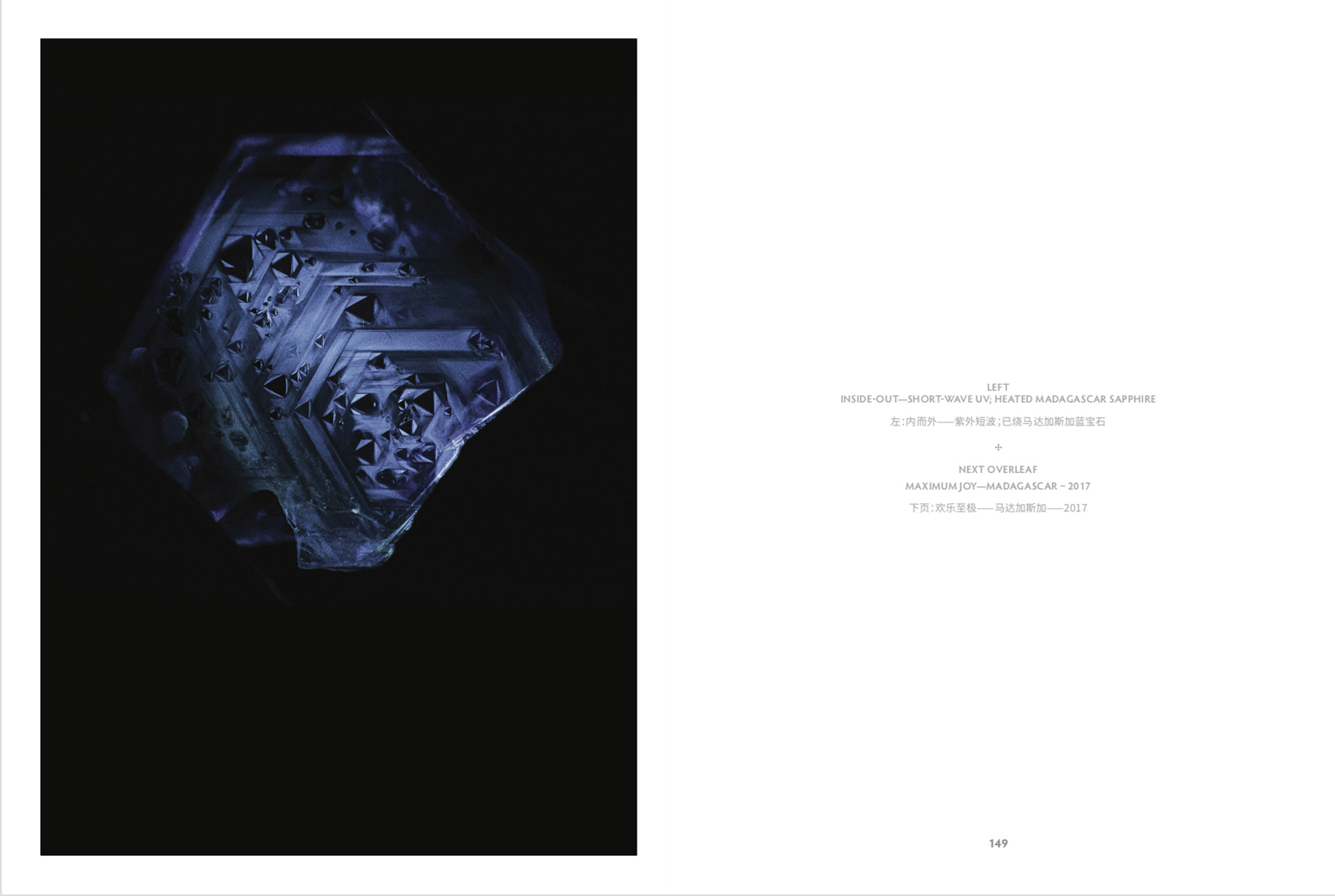

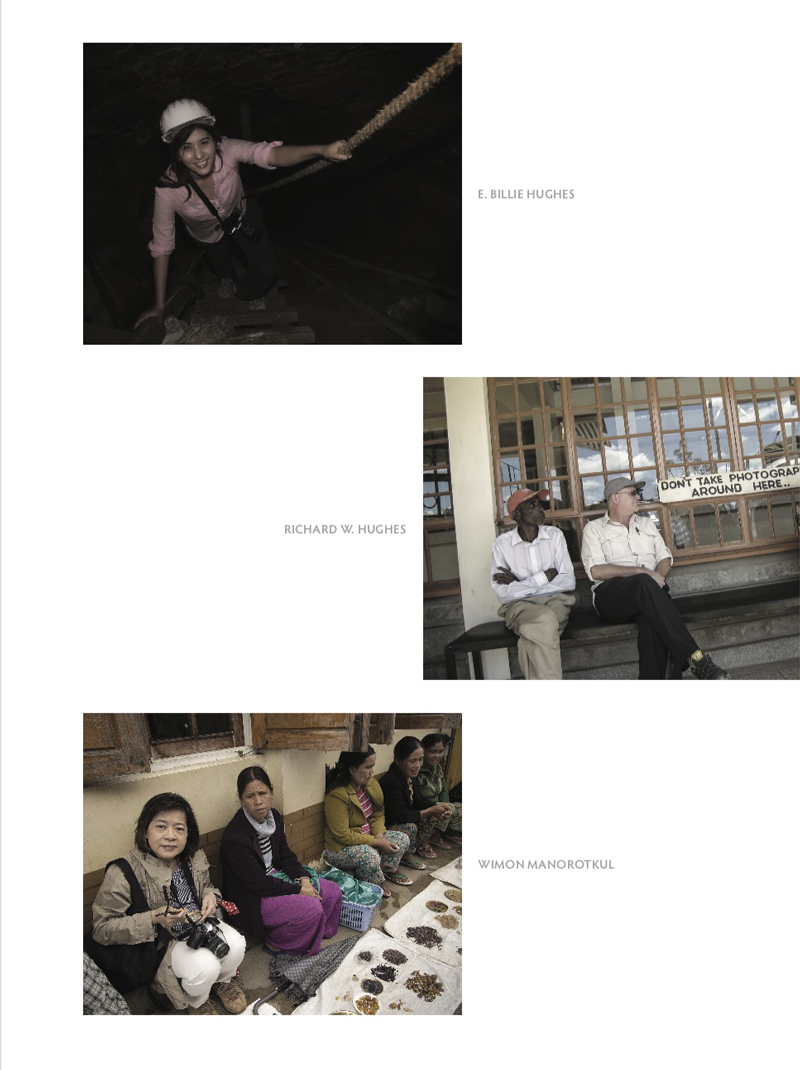
A few comments from reviewers…
I am doubtless readers both inside and outside of the gem trade will enthusiastically welcome Inside Out. Buy it, read it, give it away. I am fully confident you will be satisfied, ingratiated and inspired.
Jeffery Bergman – InColor MagazineThis book fills a gap in the literature on gems by pictorially exploring the relationship between humans and gems on an artistic and emotional level. It is a work of art that lives from the quality of the photographs and gets by with minimal textual commentary on the images.
Michael Hügi – Journal of GemmologyInside Out is a truly stunning work reflecting the combnied personalities, skills, knowledge and philosophy of the authors, who have created something exceptional and innovative for the world of gemmology.
Terry Coldham – Australian Gemmologist -
Book | Jade | A Gemologist's Guide | Limited Edition Order Page
Thank you for reserving
Jade • A Gemologist's Guide
Limited EditionTo proceed with your order, please select your shipping destination below.
This page is for clients that reserved single copies of the limited edition book. Please only add one copy of the limited edition to your cart. -
Book | Jade | A Gemologist's Guide | Order Page
Introducing…
Jade • A Gemologist's Guide
edited by
Richard W. Hughes
featuring contributions from…
Ahmadjan Abduriyim • Dale Blankenship • George E. Harlow • Eric J. Hoffman • E. Billie Hughes • Richard W. Hughes • Jiang “Chris” Chenglong • John I. Koivula • Nikolai Kouznetsov • Liu Yicen • Kirk Makepeace • Jeff Mason • Dominic W.K. Mok • Qi Lijian • Mary Lou Ridinger • Donn Salt • Roland Schluessel • Andrew Shaw • Shi Guanghai • Susan Stronge • Wang Mingying • Stewart Young • Zhou "Adam" Zhengyu
with…
Rudolph I. Estrada • Tao Hsu • Jason C.H. Kao • Michael S. Krzemnicki • William F. Larson • Wim Vertriest
Sponsored by the Houston Museum of Natural ScienceThe study of jade is unlike that of any other gem, trespassing across conventional boundaries, particularly those of the gemological and mineralogical realm. Despite the march of mineralogical orthodoxy and conformity, the word “jade” is a fist in the air of protest, crying out not for further reduction and definition, but an expansion of the mineralogical canon to include the cultural aspects of human civilization and life. Because jade is so much more than a simple census of atoms, valence states, and places of residence. Jade is a lexicon liberator.
While the literature on jade is vast, perhaps greater than any other gem, there is a distinct lack of a volume in English that treats jade as a gemological material. This book is designed to fill that gap, with extensive information on the history, sources, appraisal and identification of both treated and imitation jades. All of this is together in a single volume for the first time, making it a must-have for collectors, dealers, gemologists, appraisers, curators and anyone else with an interest in this fascinating gem.
An understanding of jade is not limited to the technical or exacting; it also incorporates a feeling for the cultural, textural, and ephemeral qualities that make the study of this gem unlike any other. This volume will not just fill the “traditional gemological” gap, but will open readers’ eyes to a world beyond. Because jade is so much more…
•
Publishing: 2022
Standard Edition Hardcover with Dust Jacket
US$200
534 pages; 240 x 280 mm (9.45 x 11 inches), 2.75 kg (6 lb)
Full Color ThroughoutSpecial Limited Edition of 100 Signed and Numbered Copies Bound in Thai Silk with Slipcase
US$300 (Sold Out)
Title Page & Table of Contents
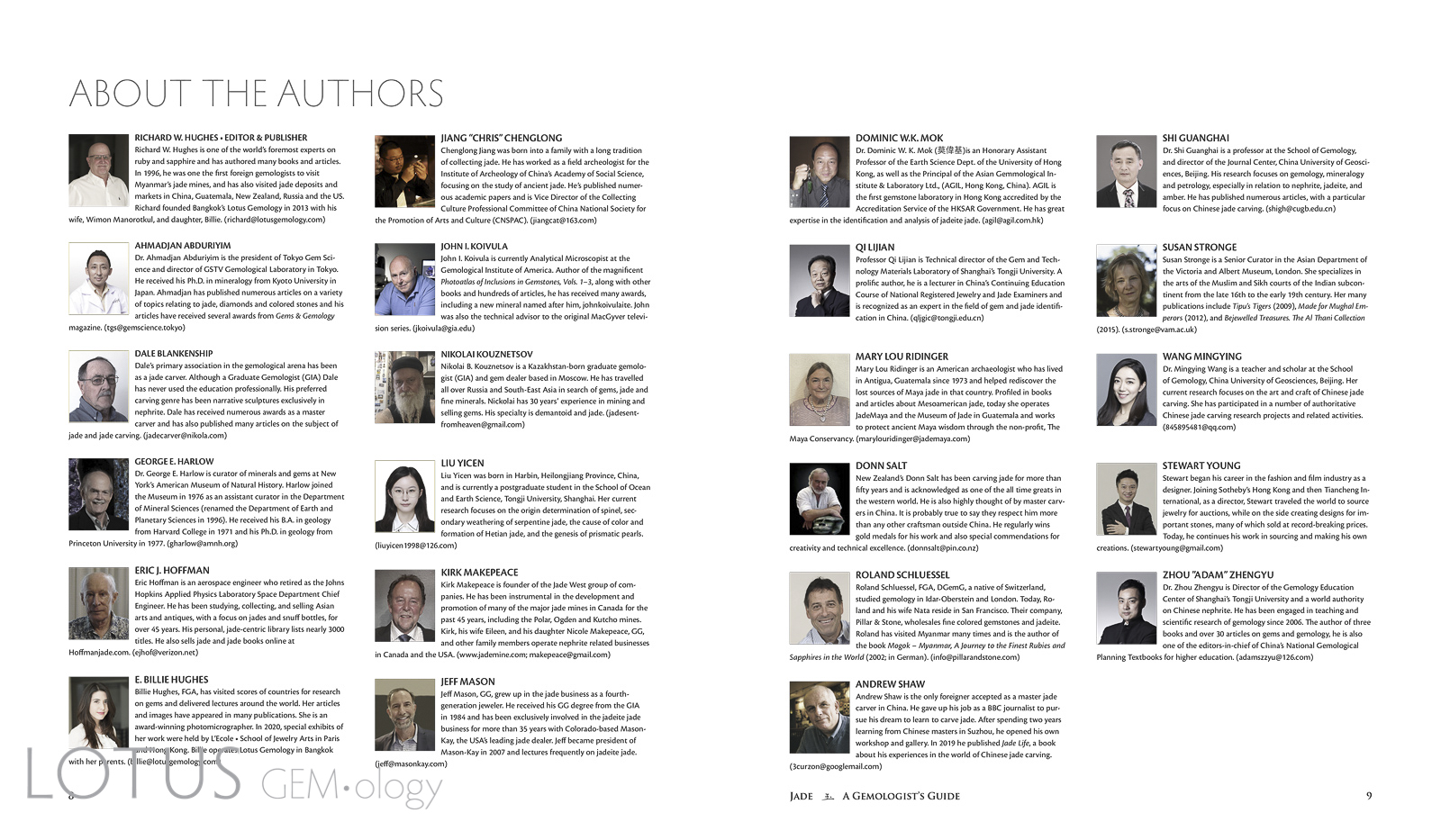
Sample Interior Spreads
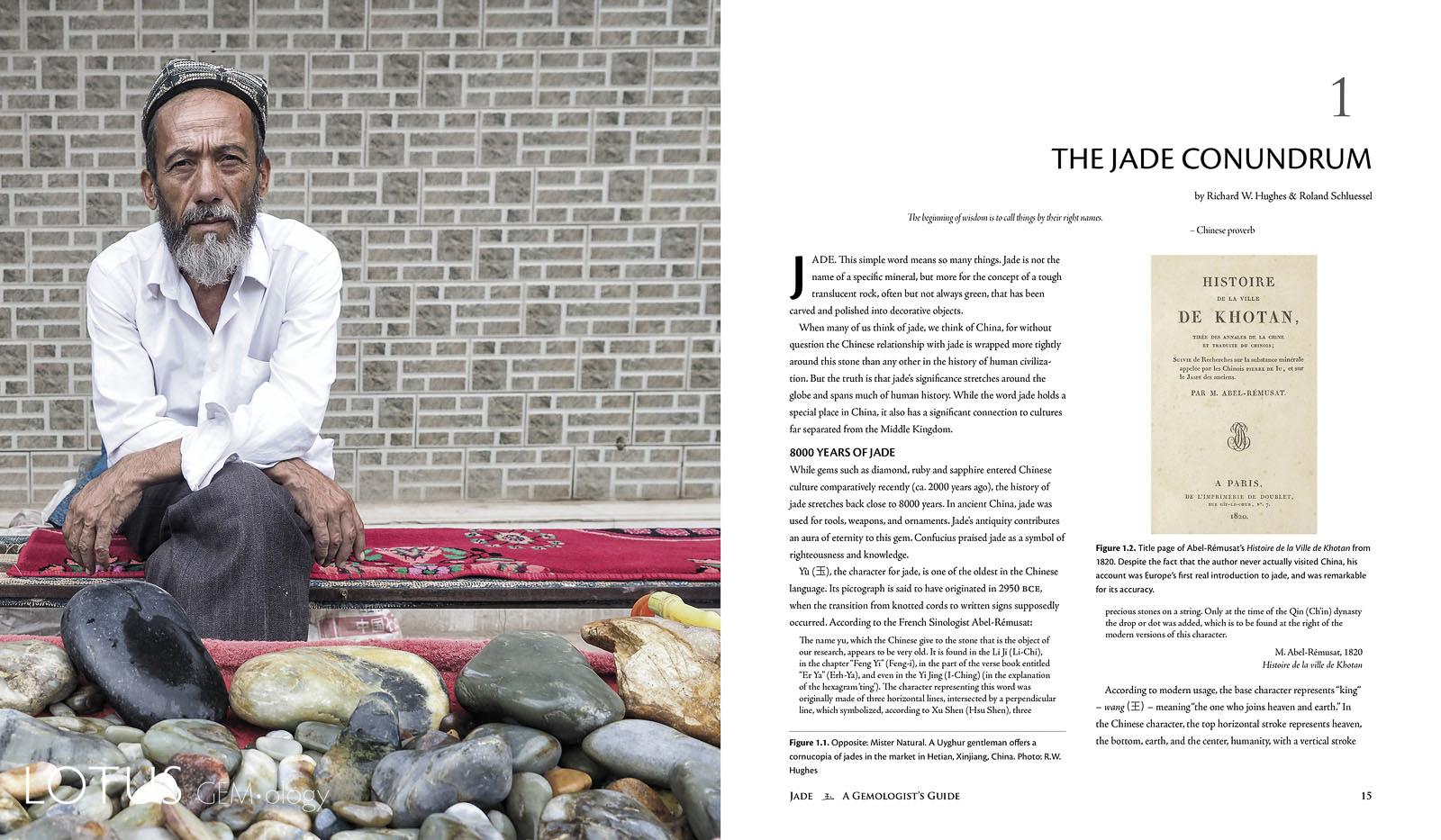


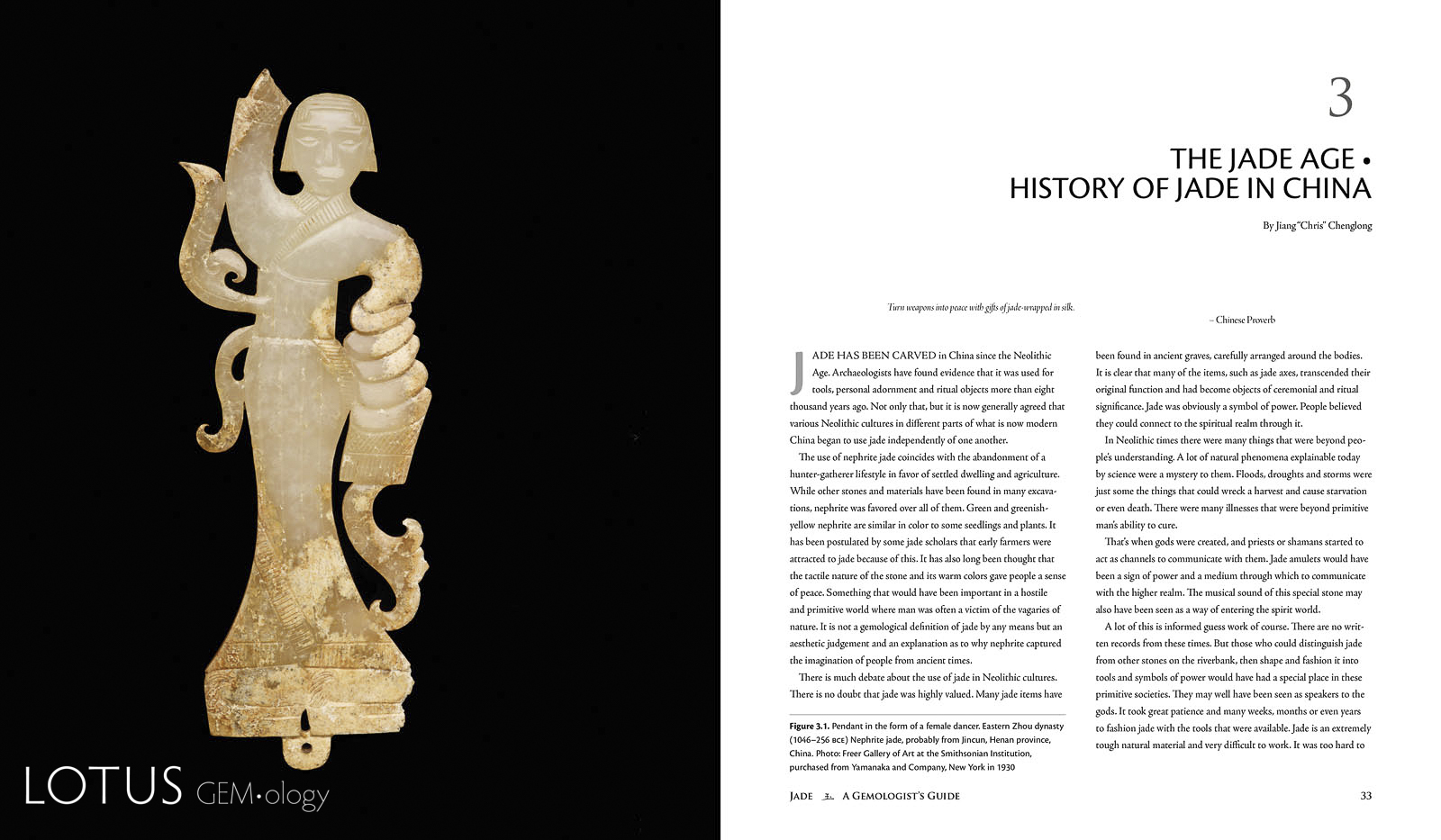

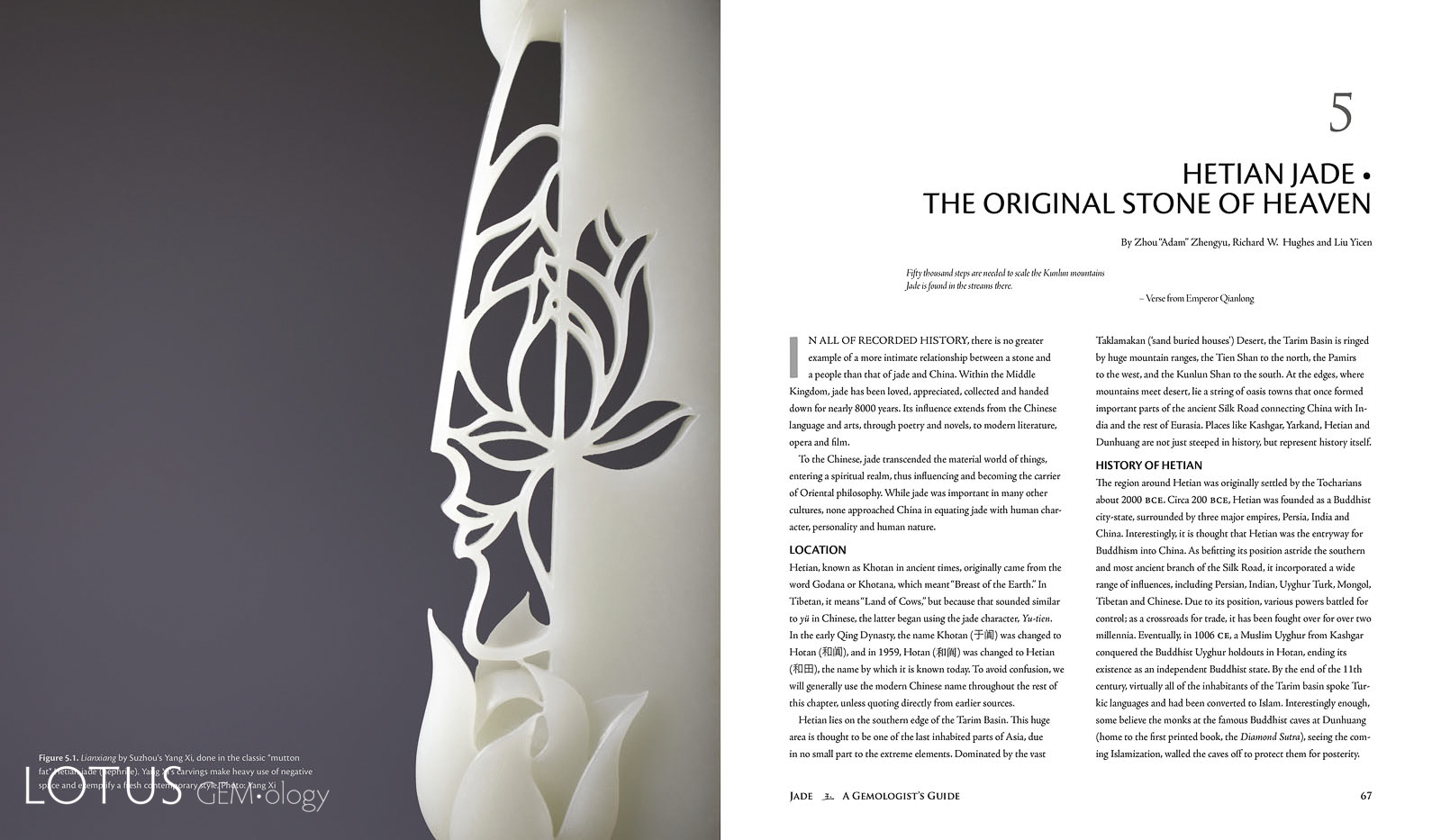
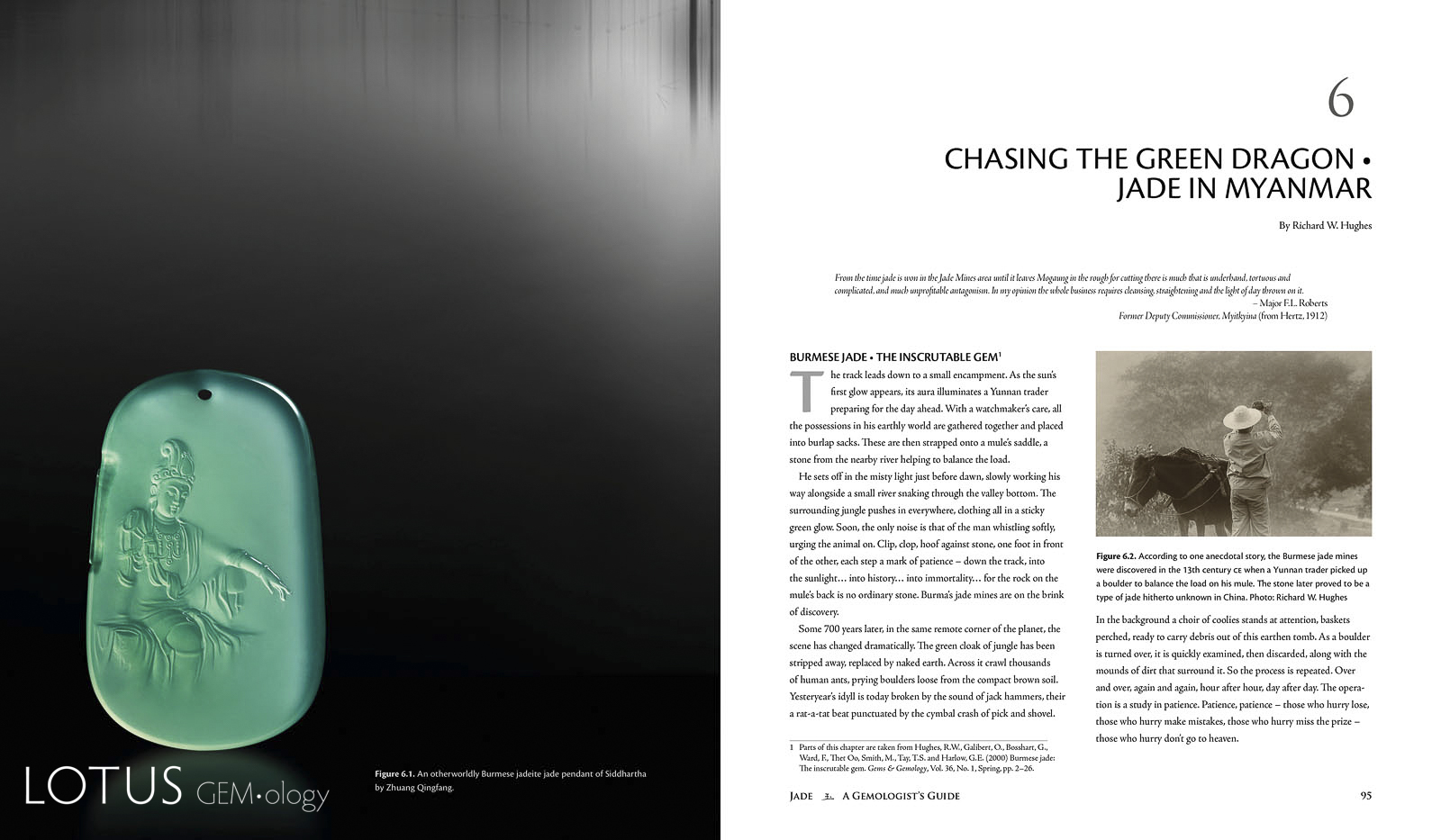
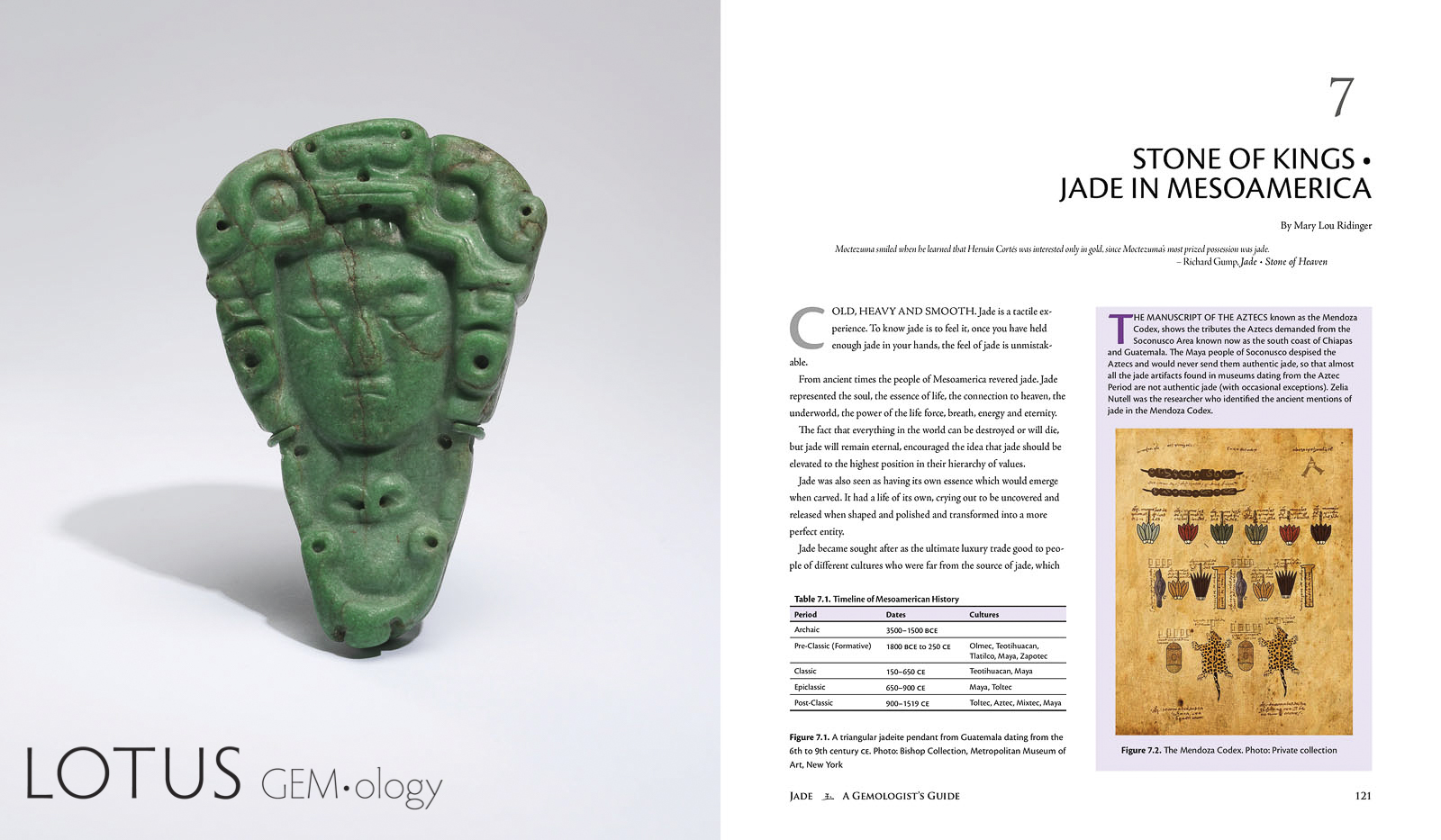
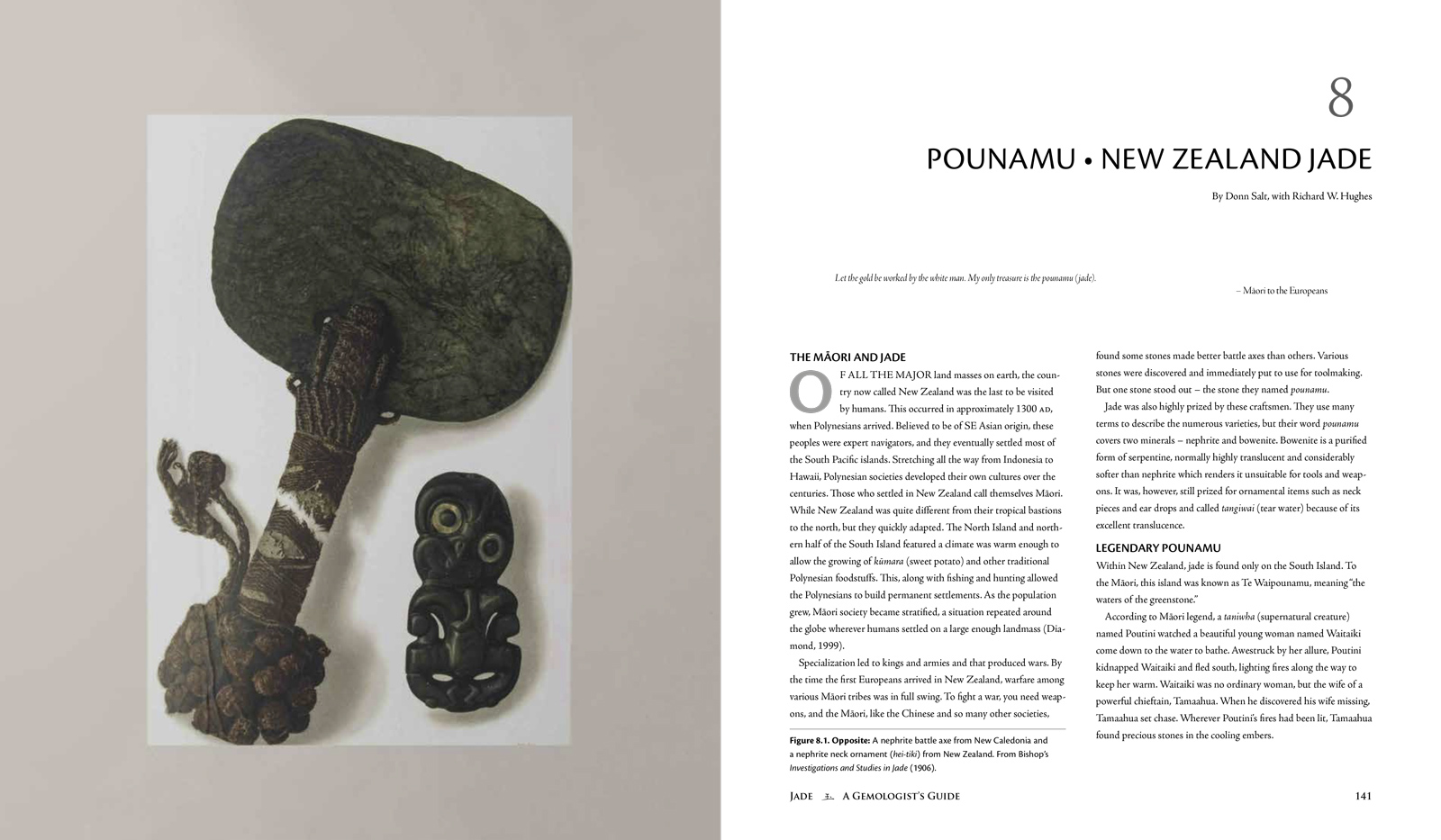
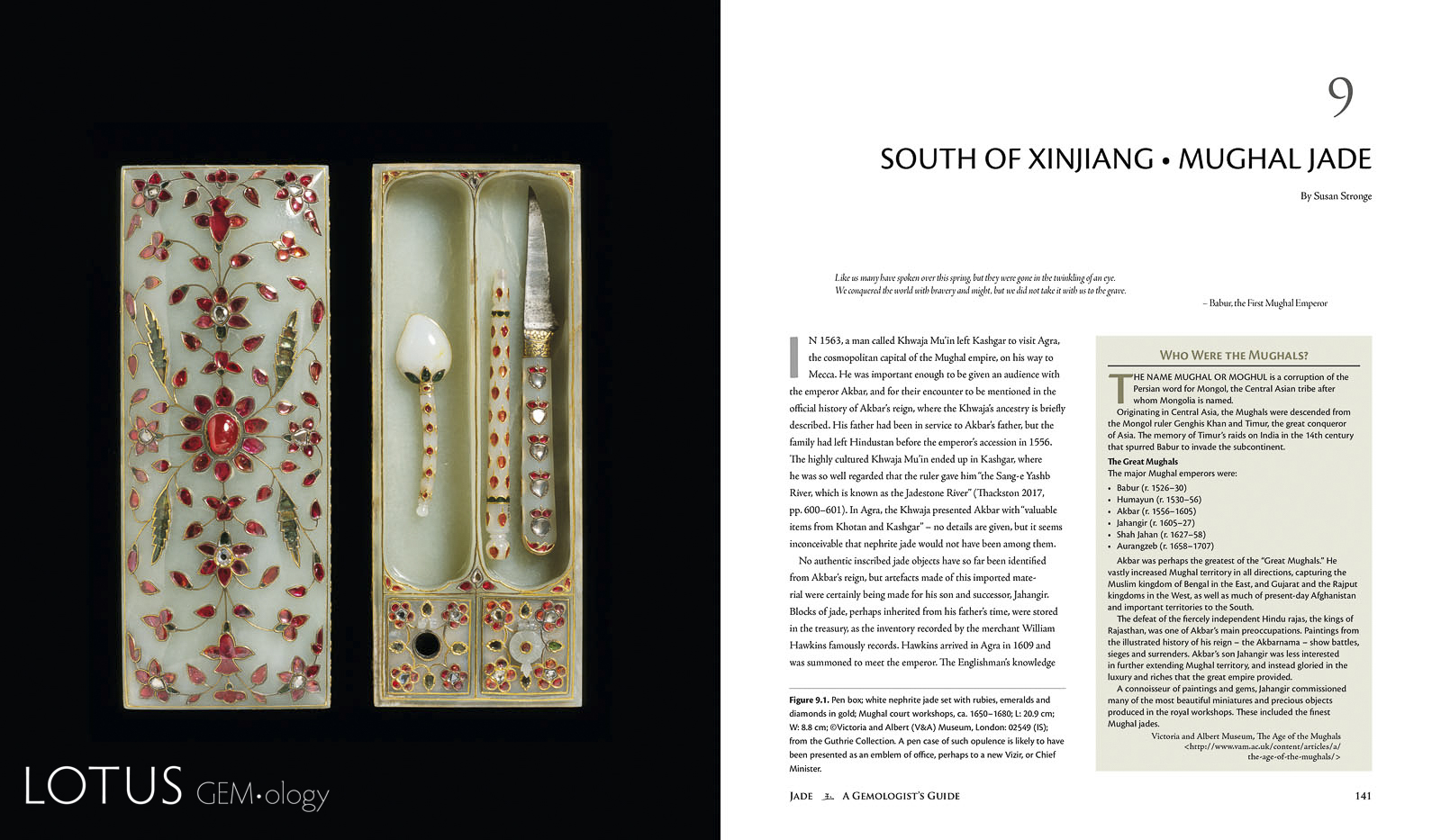
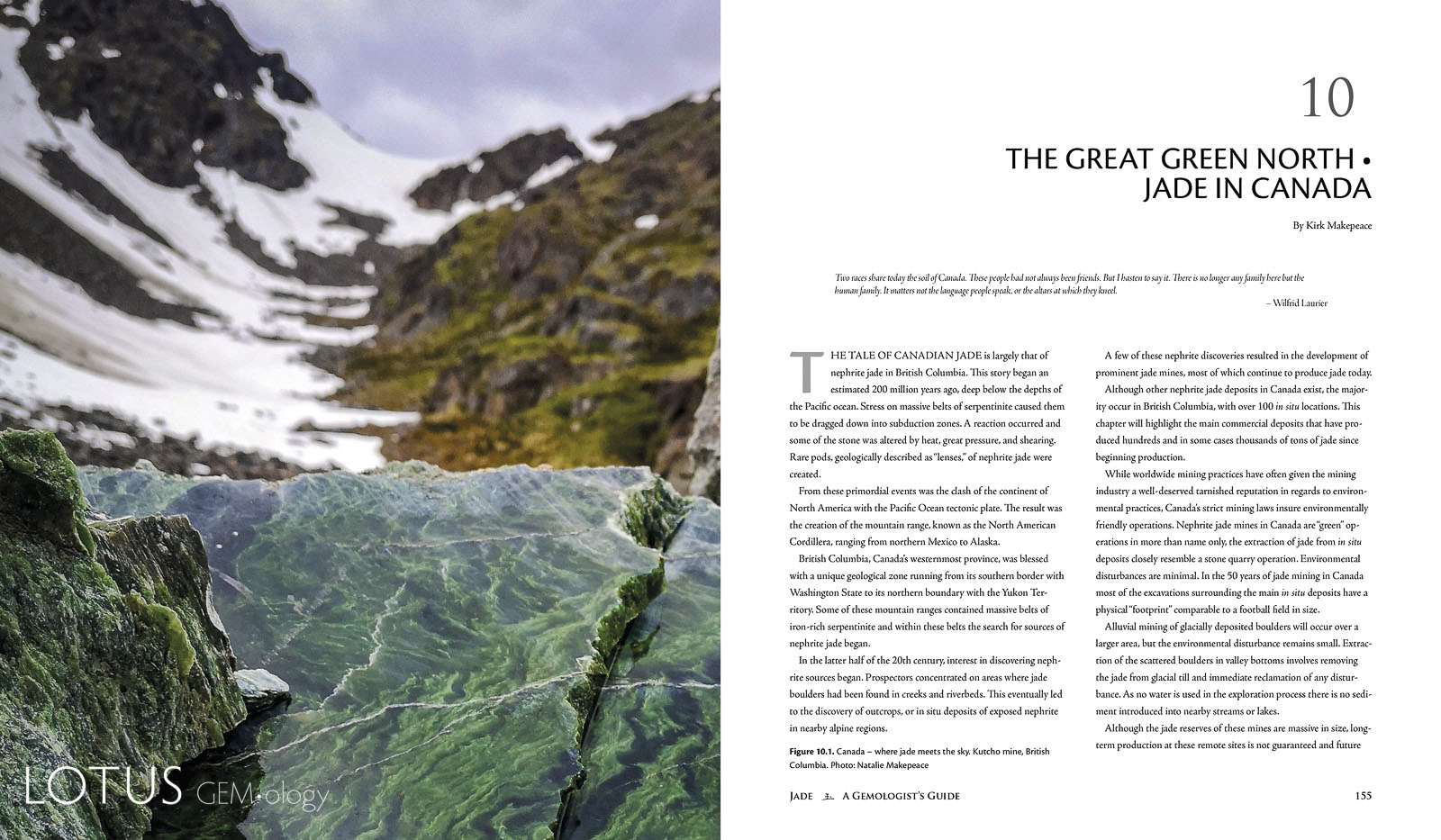
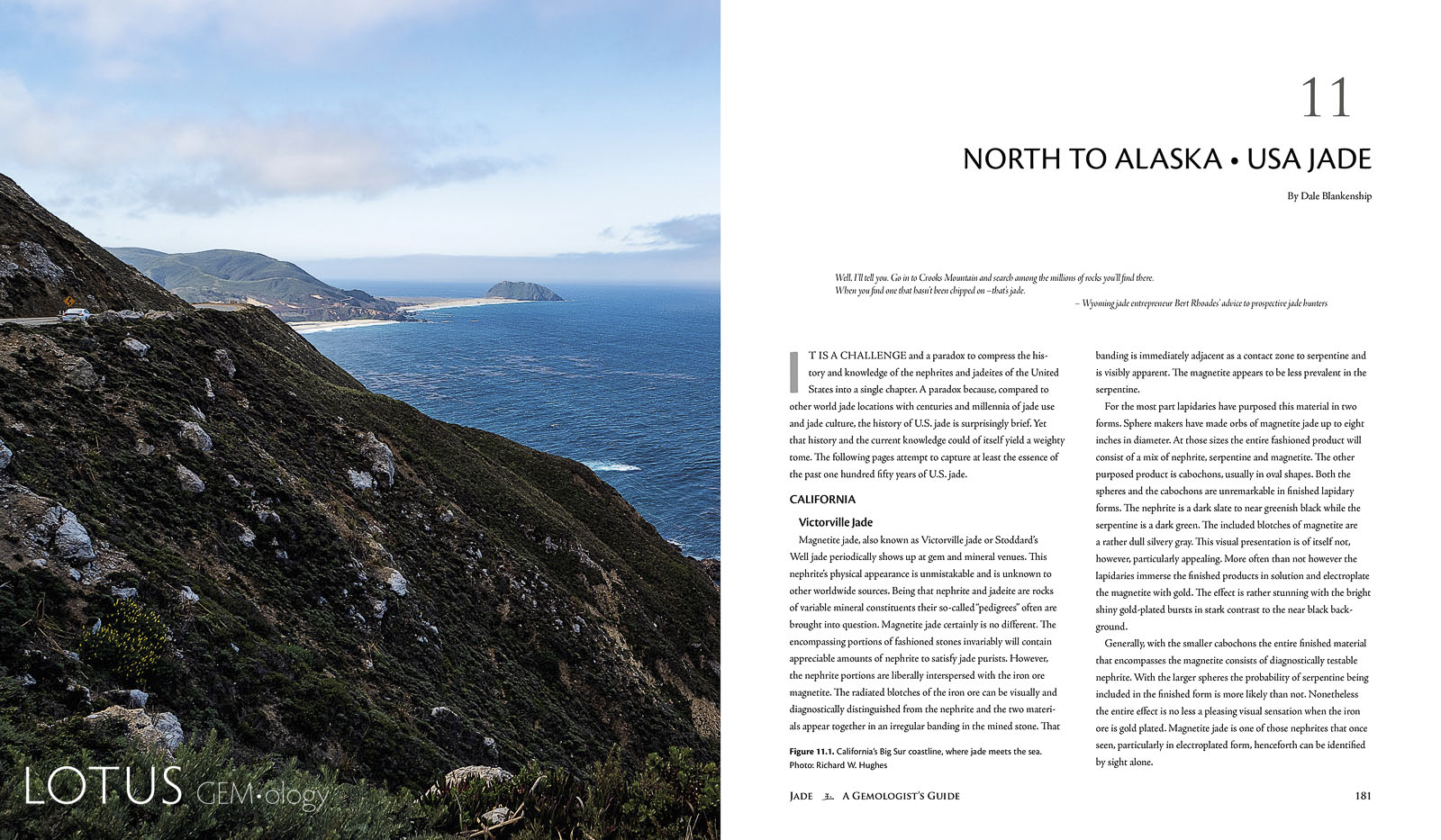
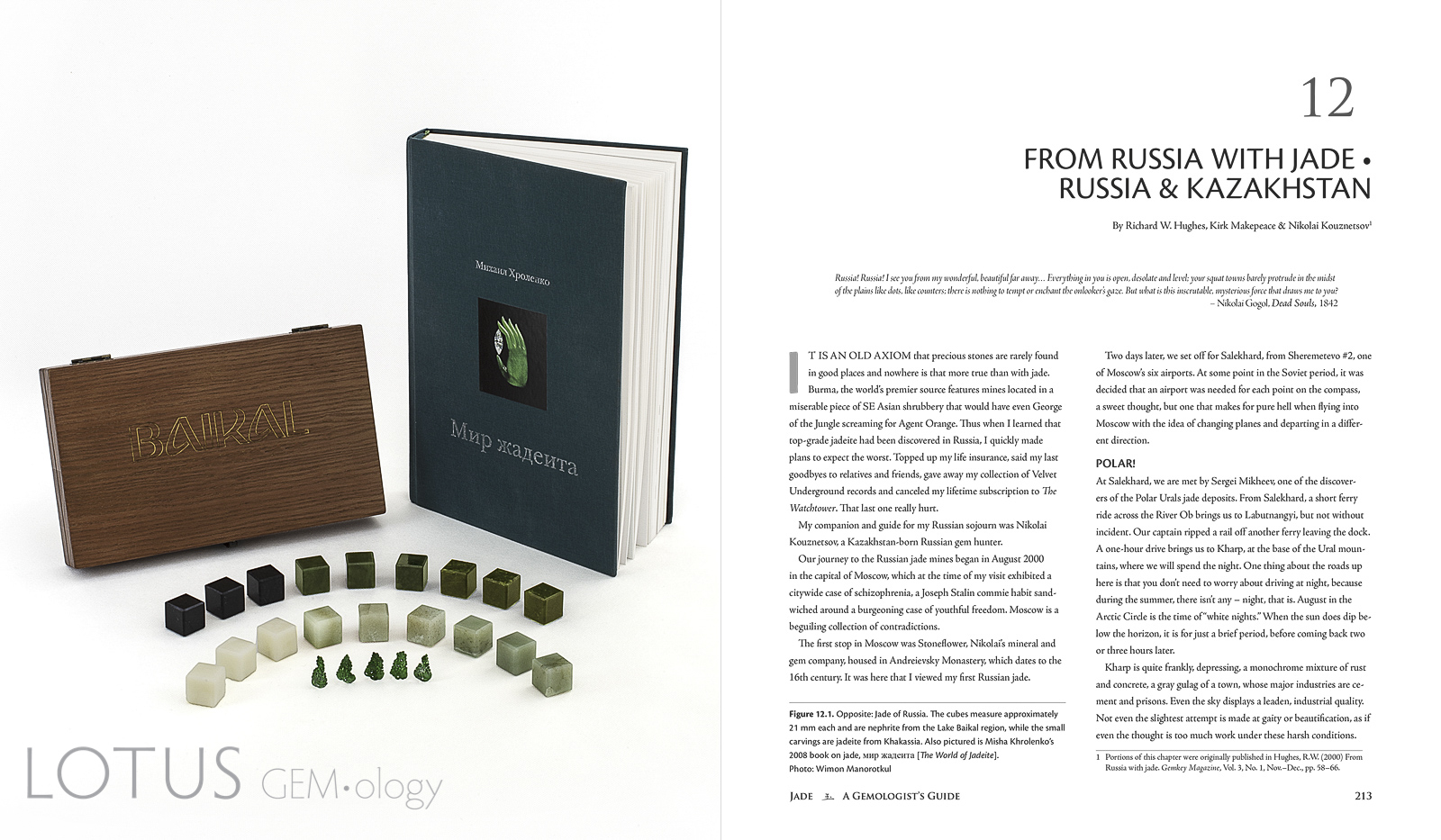
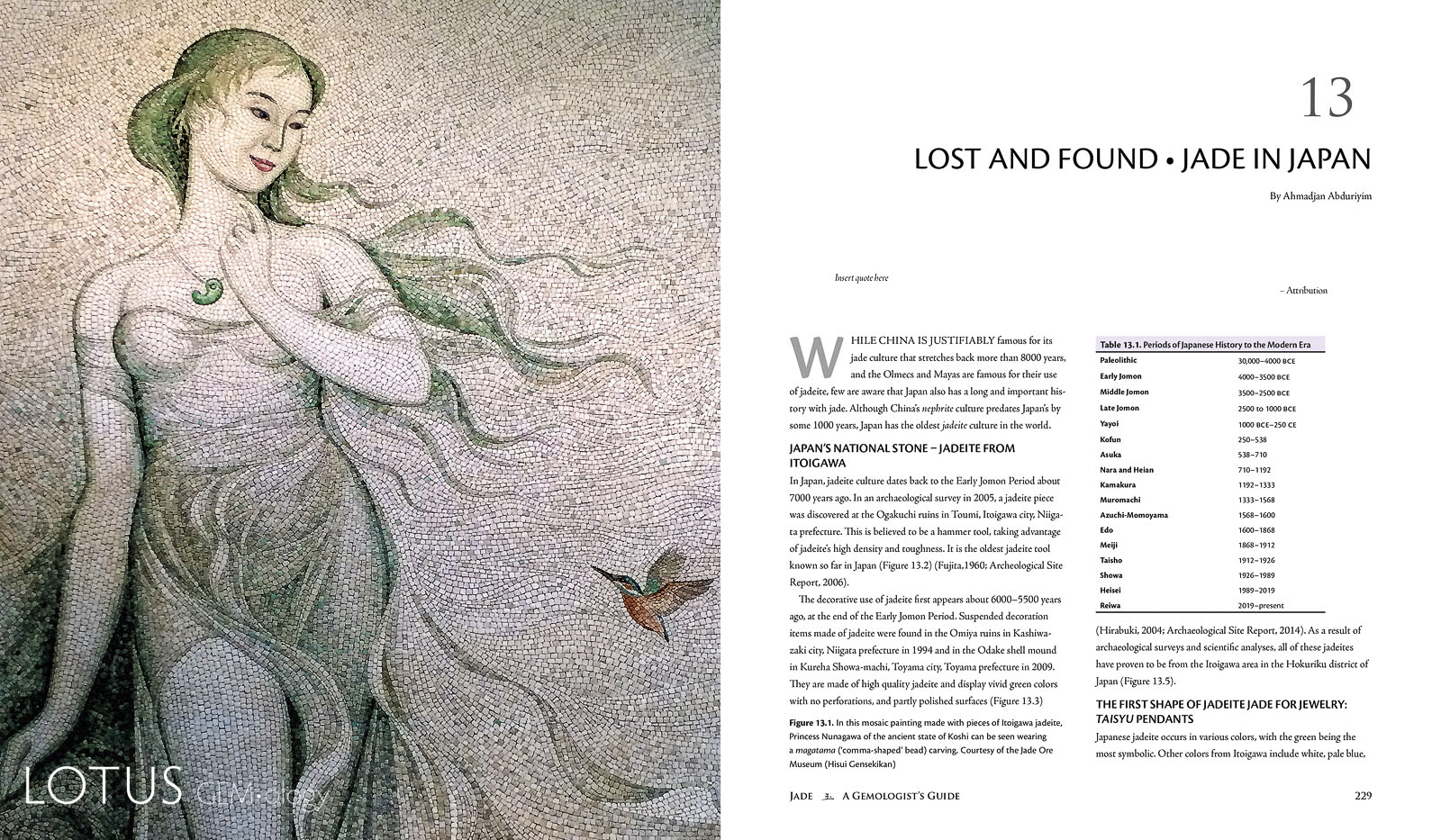
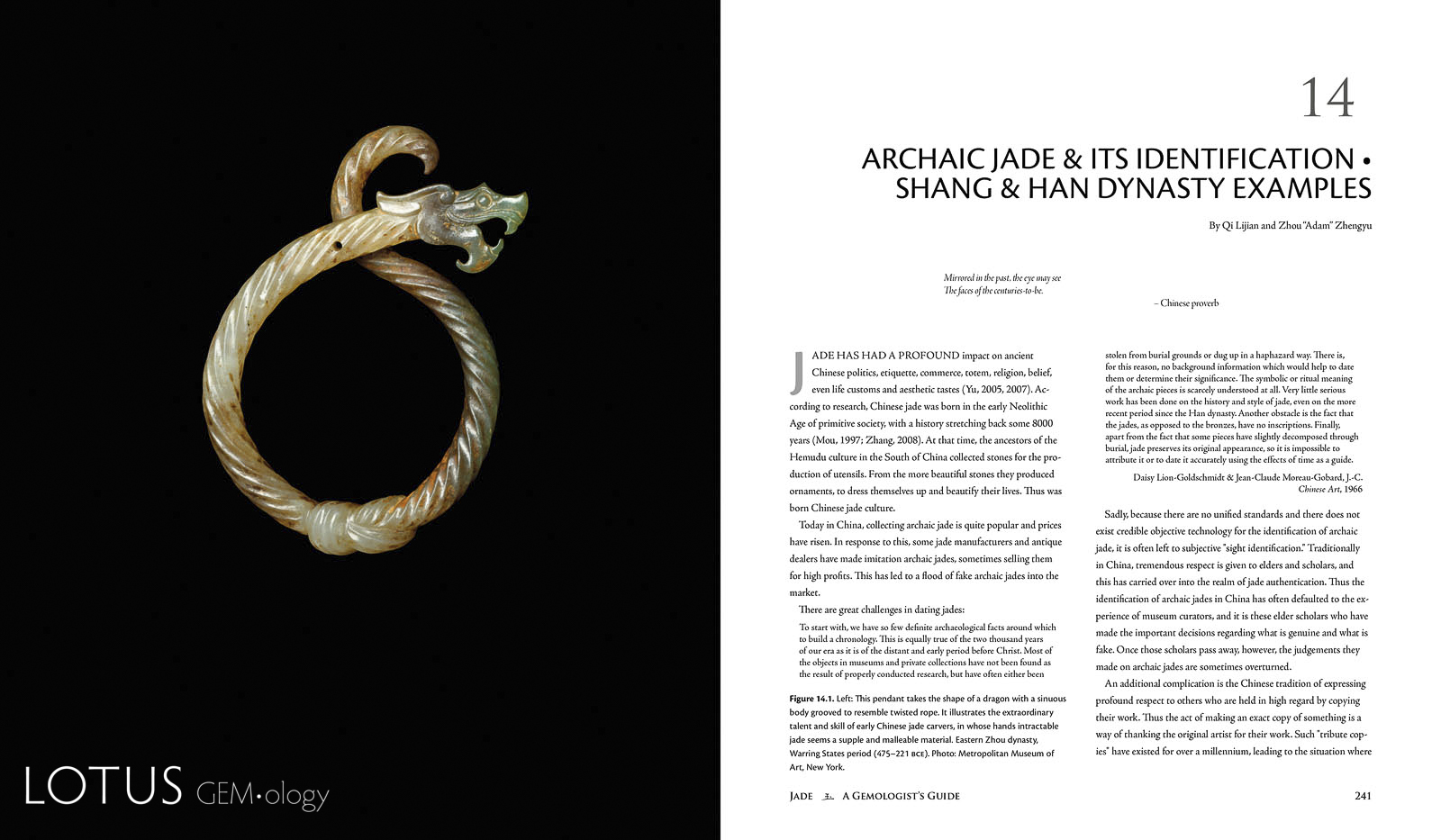
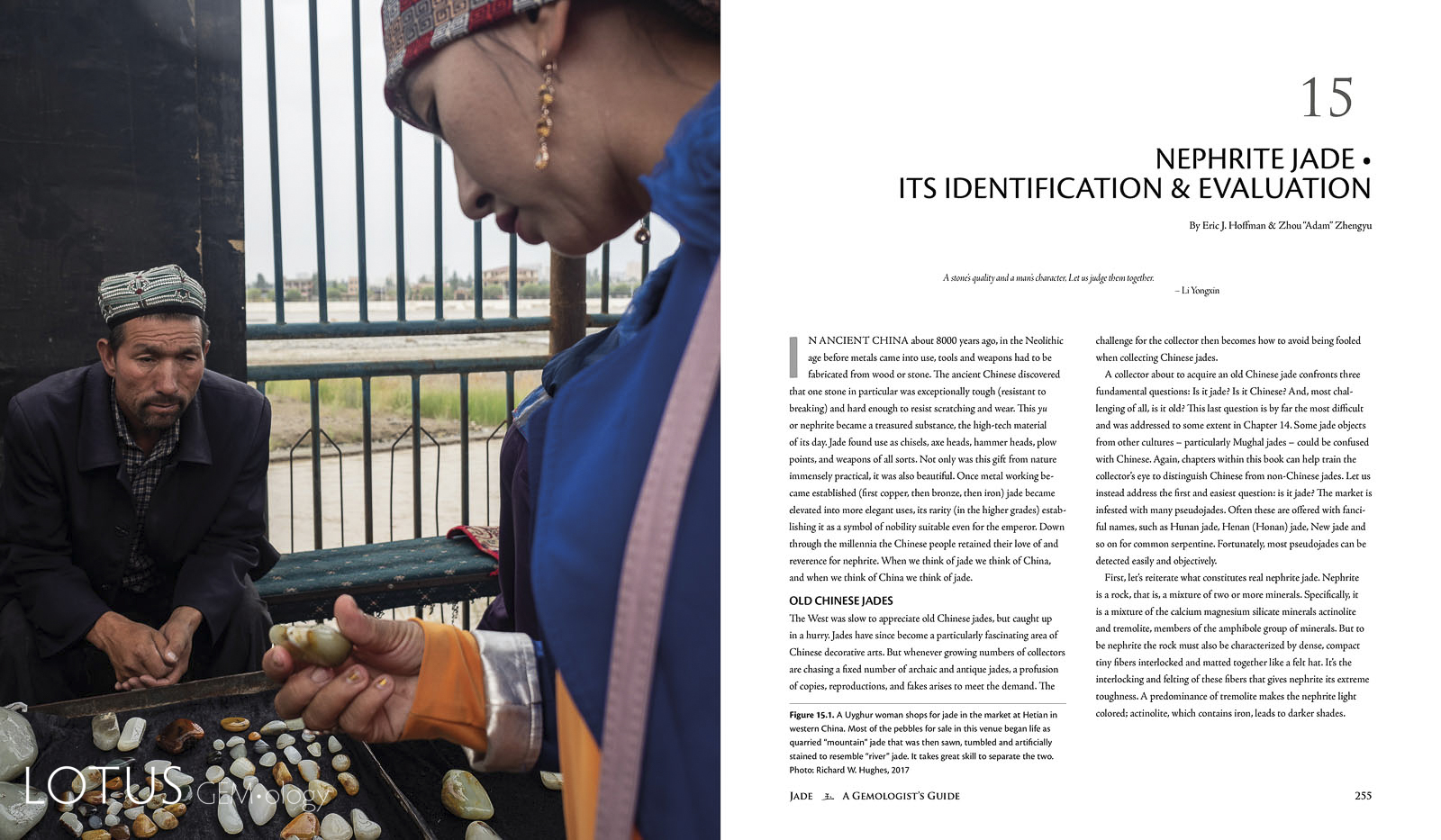

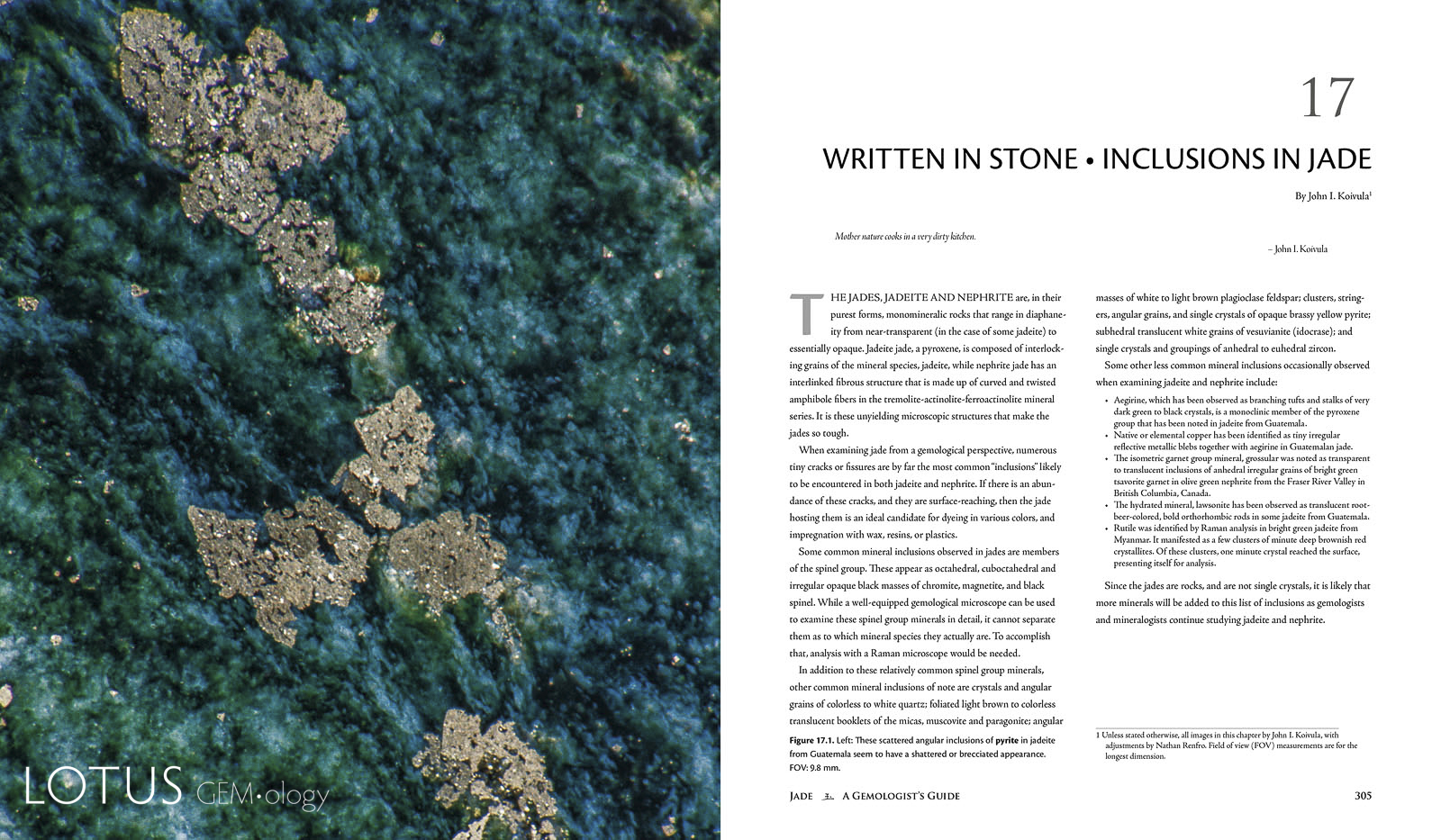
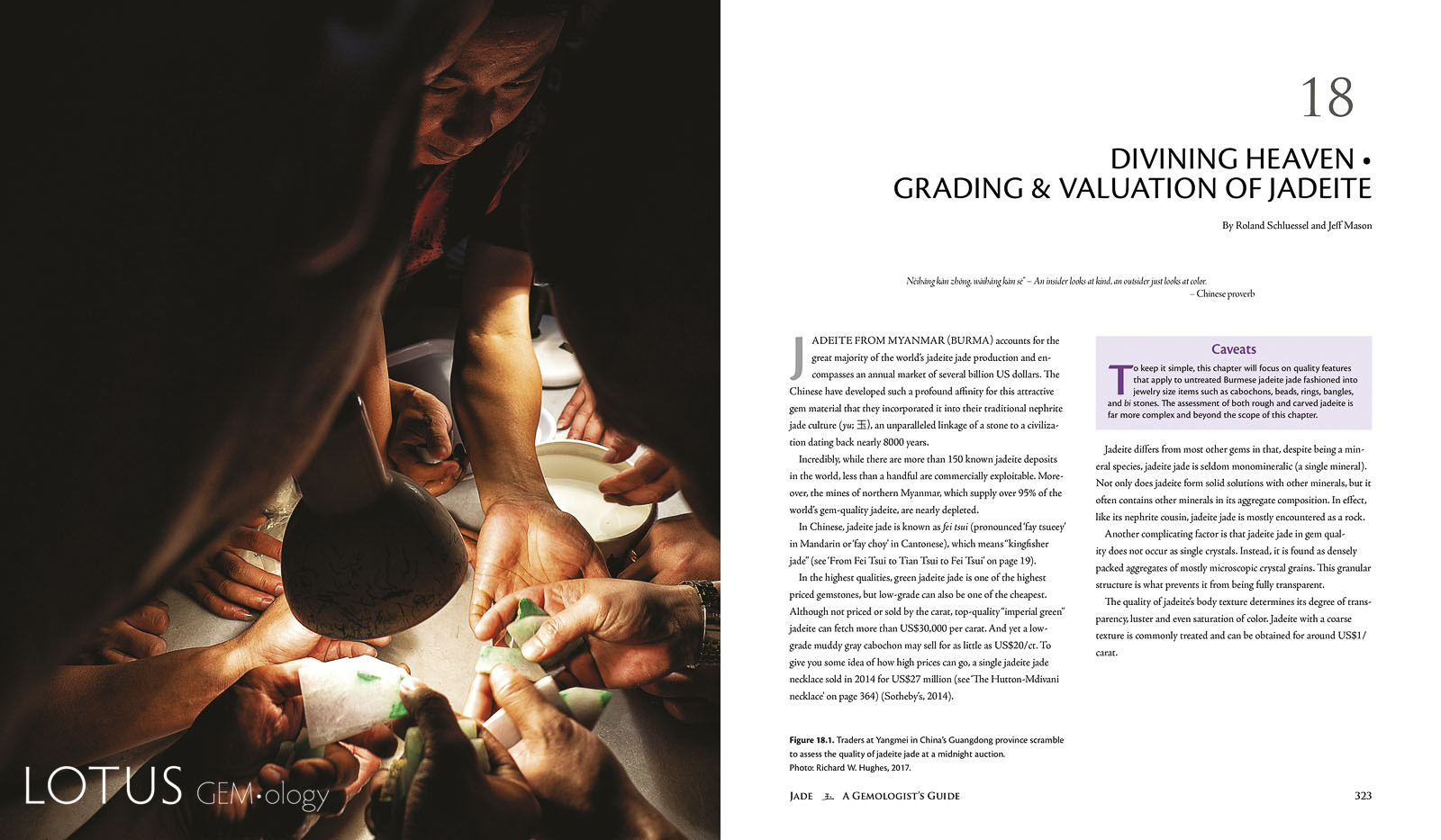

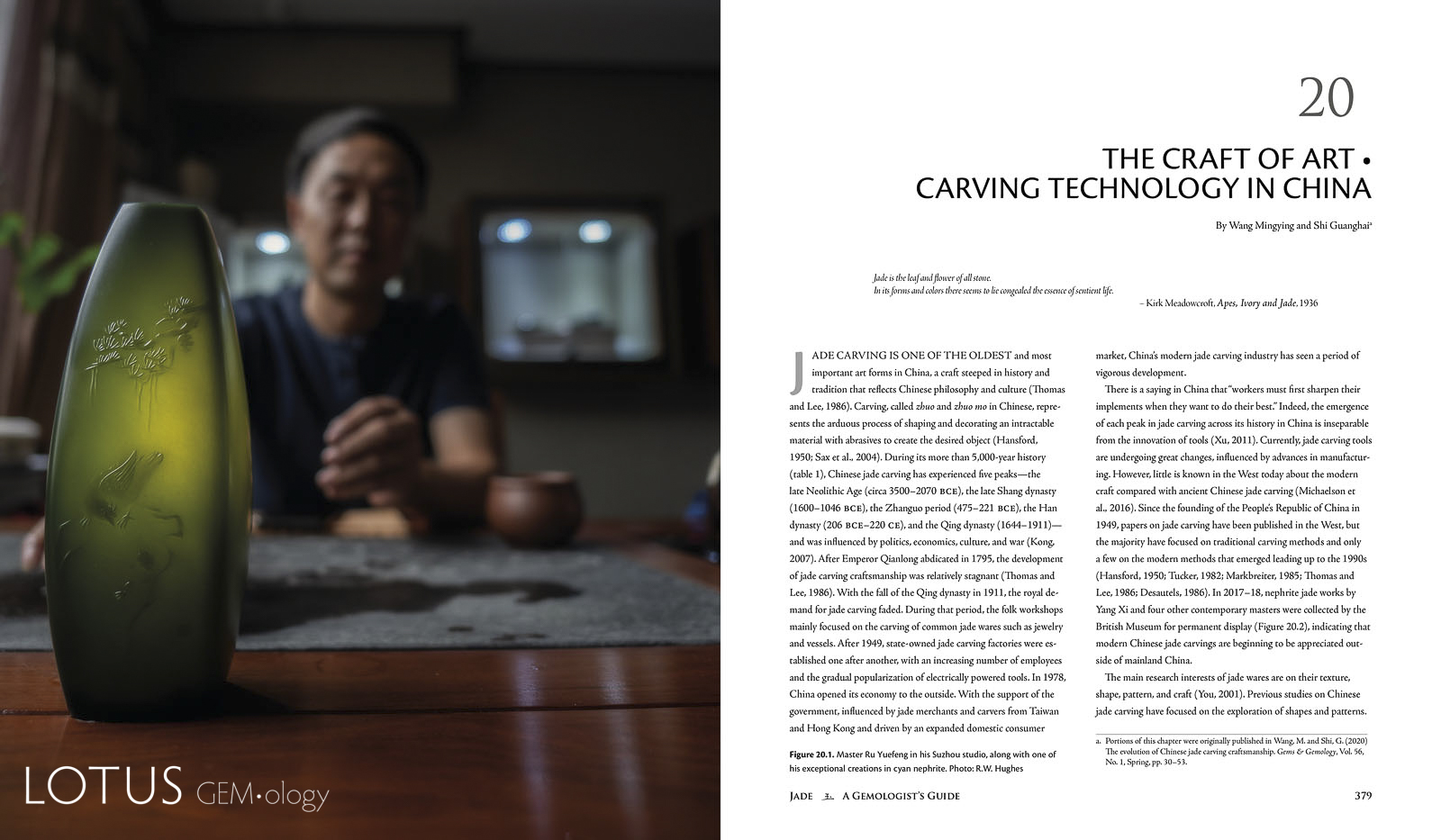
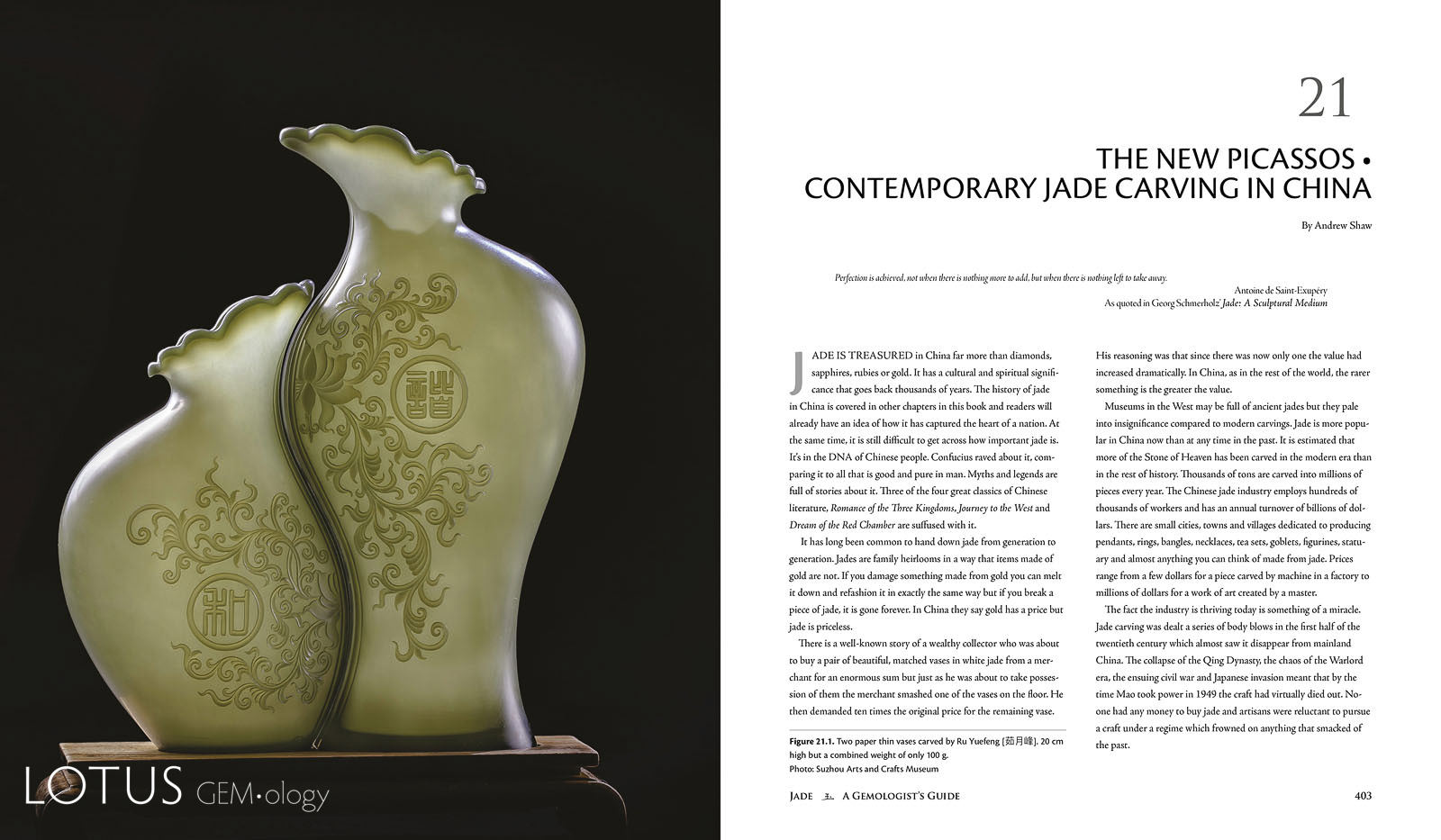
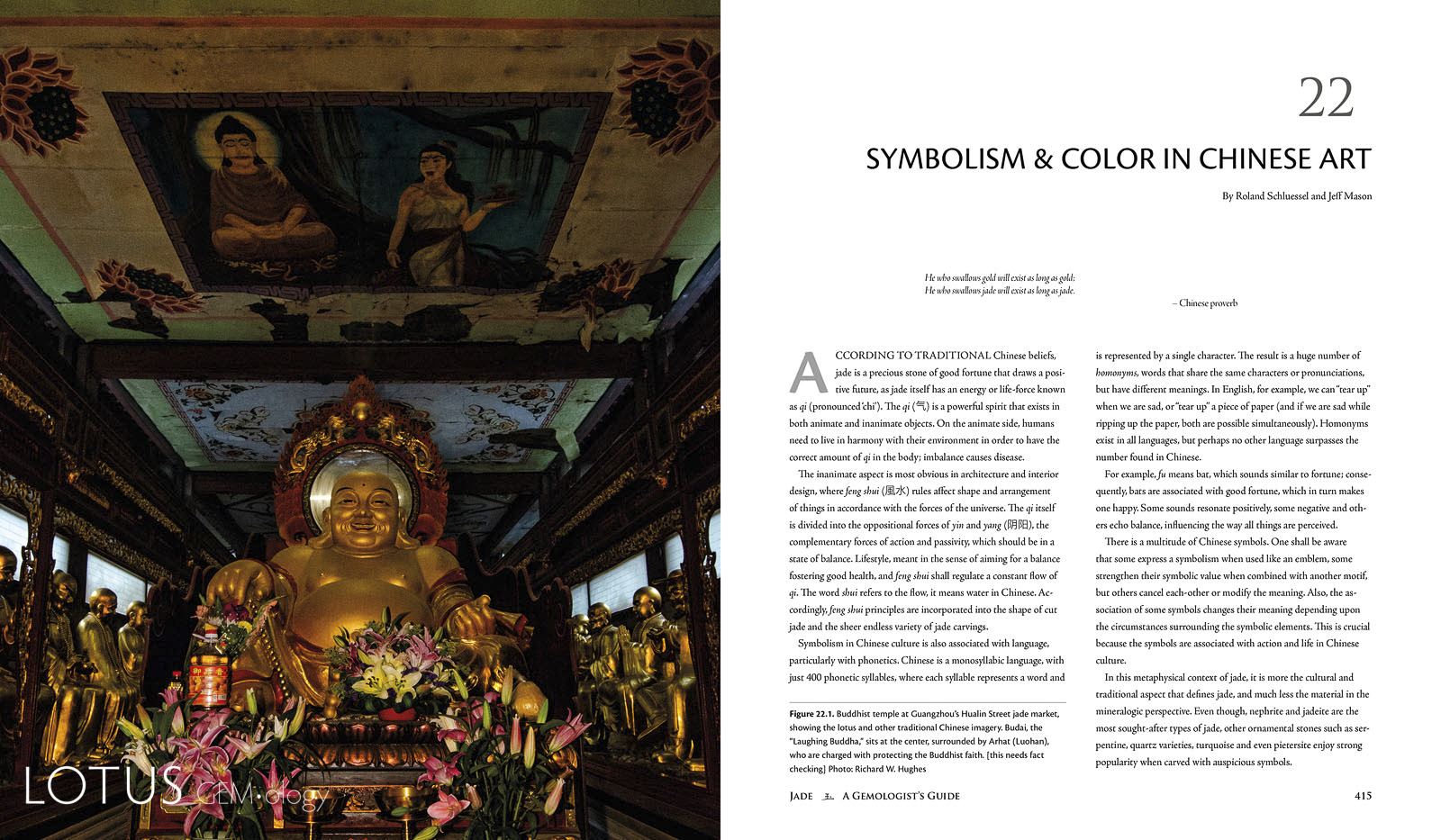
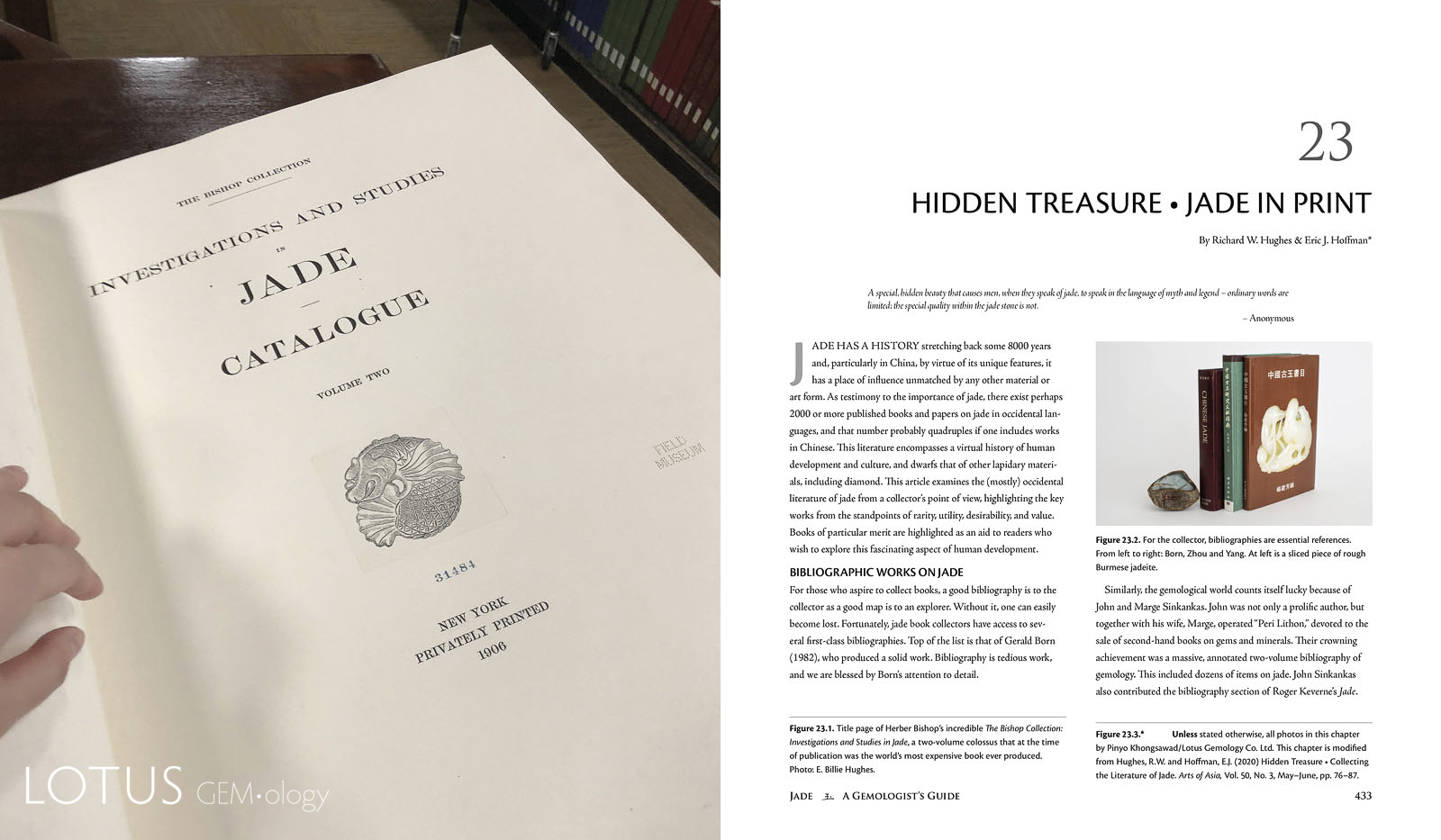
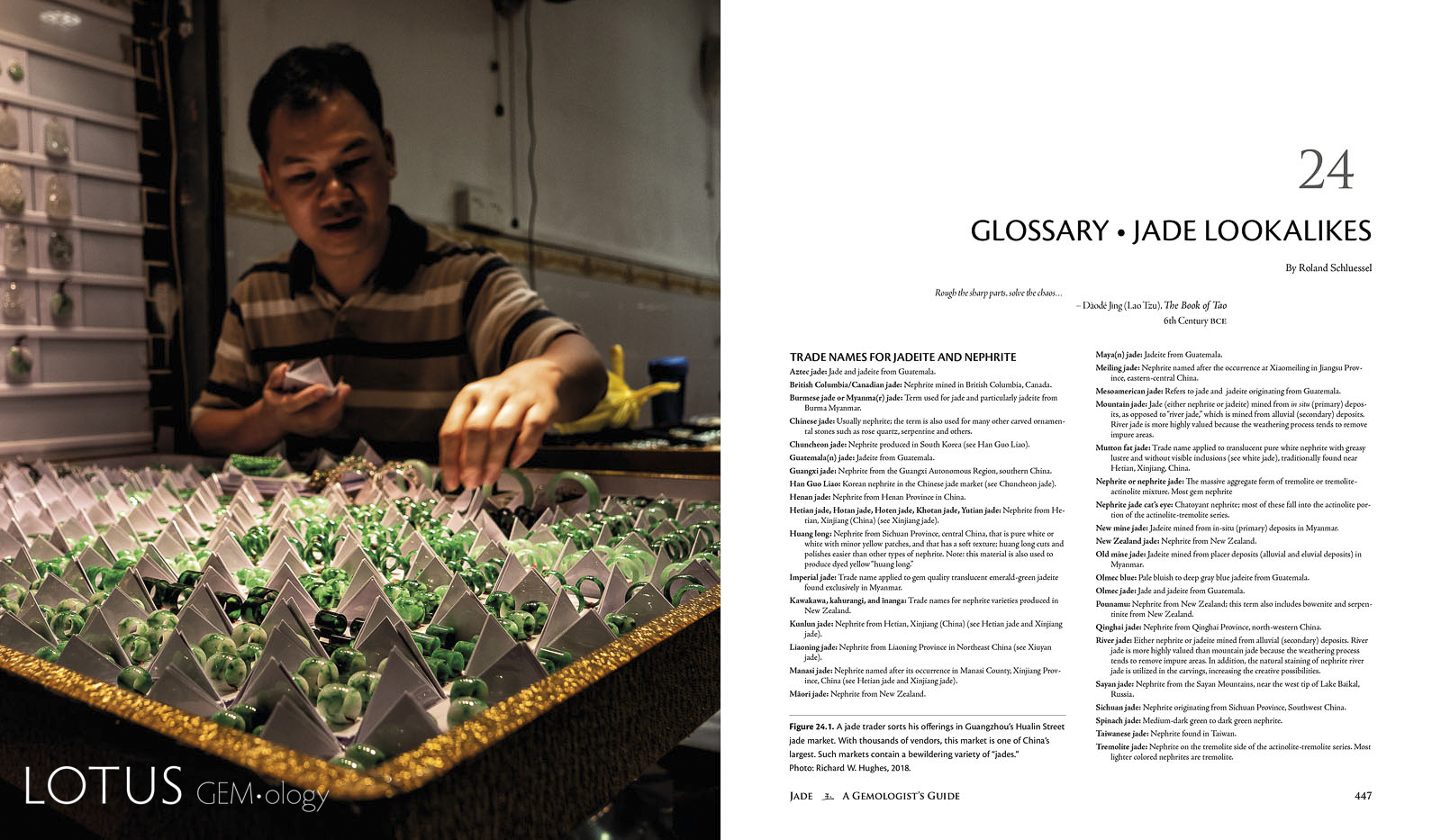
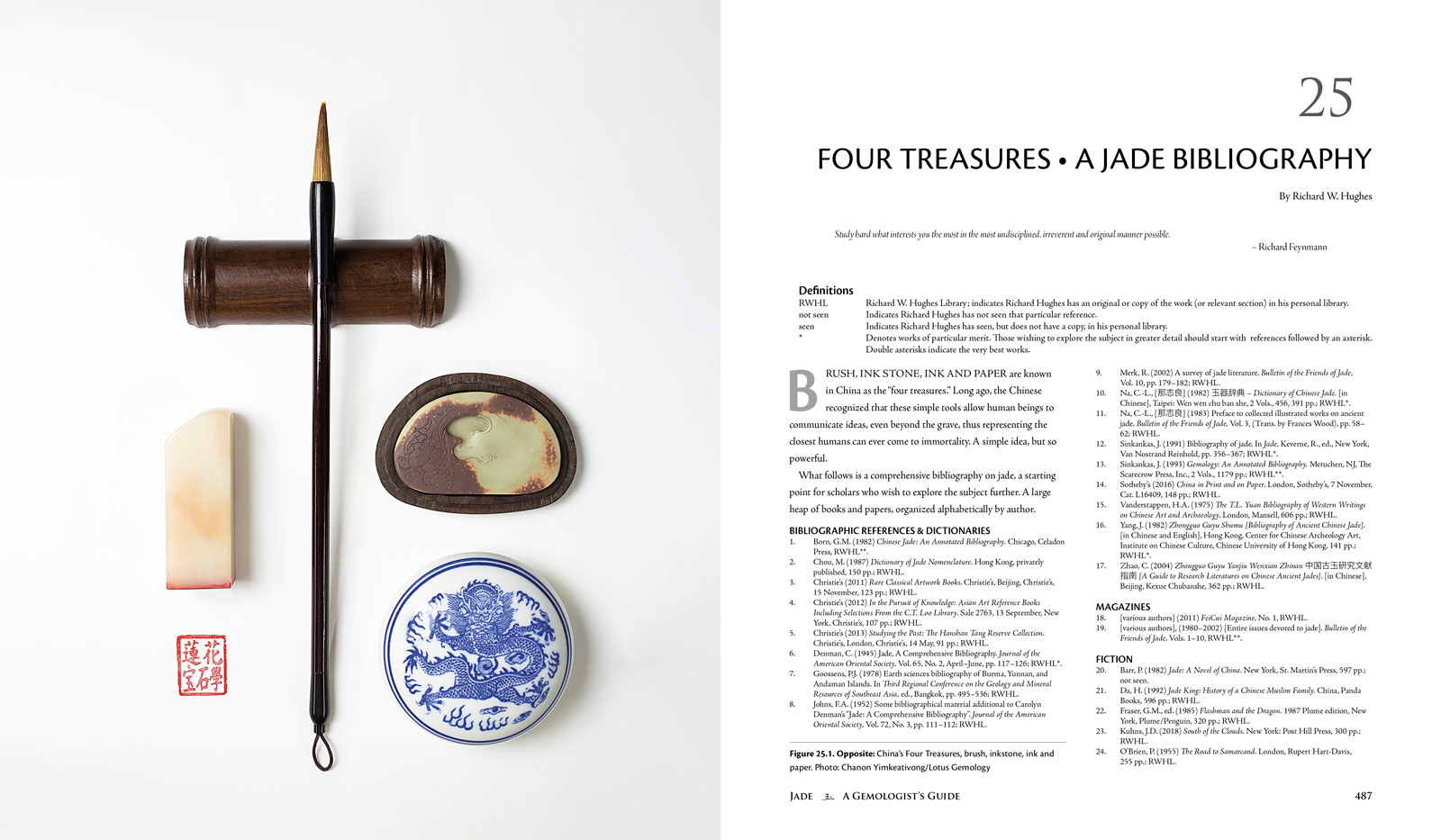
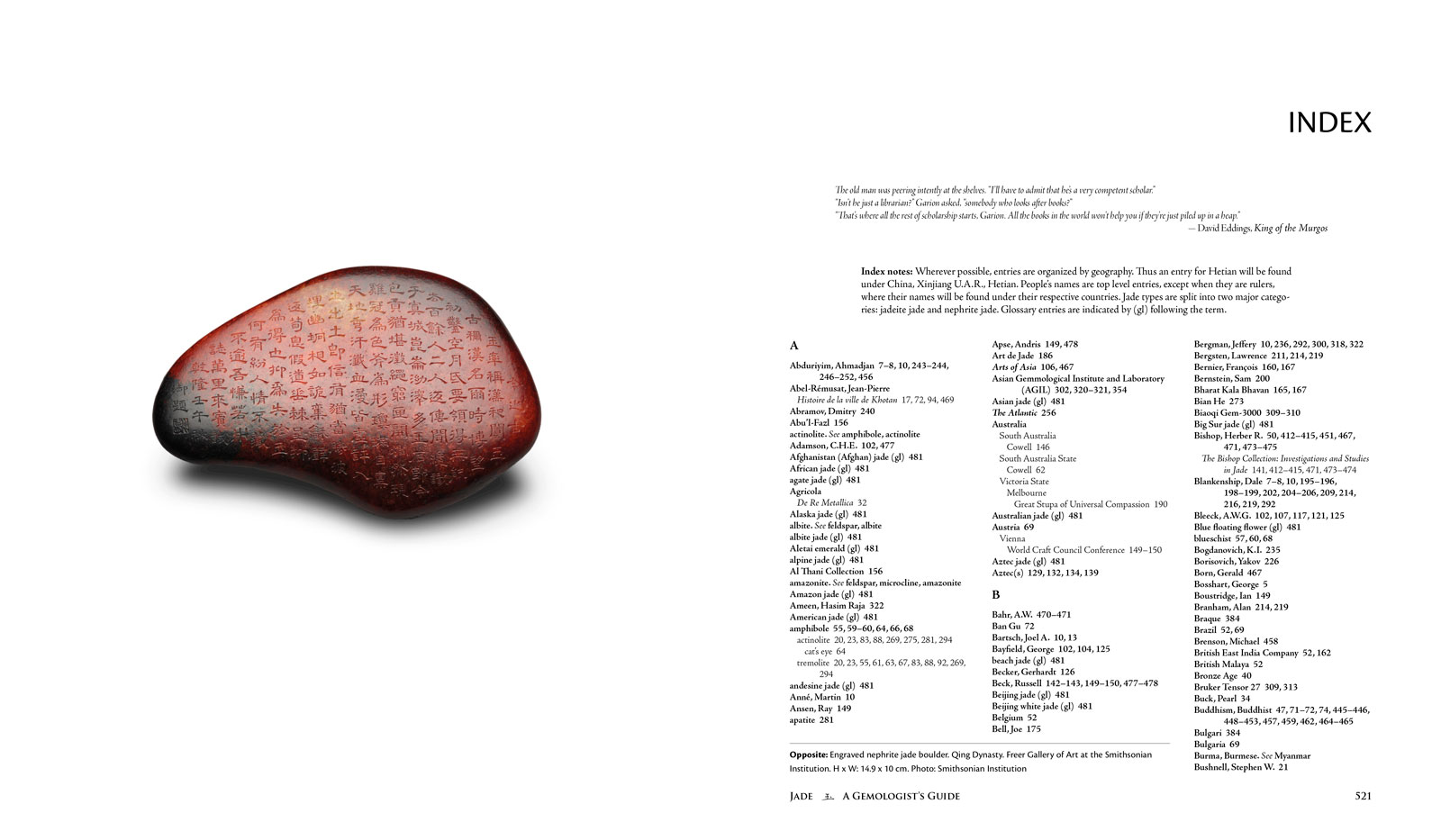
-
Book | Ruby & Sapphire | A Collector's Guide | 2014 | Order Page
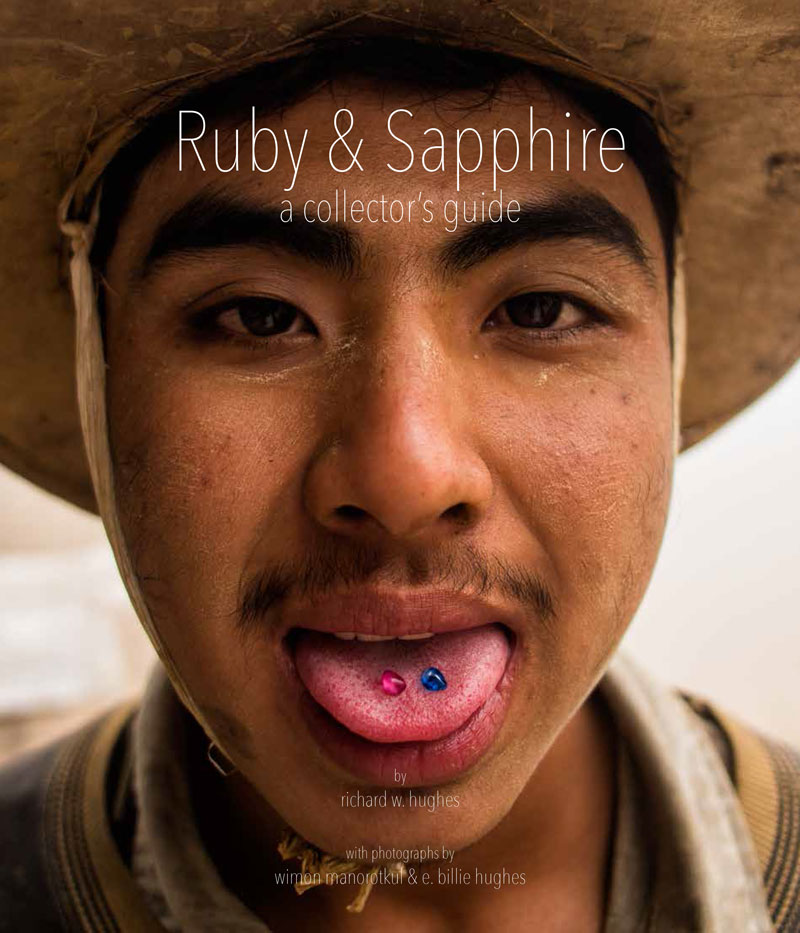
Introducing…
Ruby & Sapphire: A Collector’s Guide
by Richard W. Hughes
with photographs by Wimon Manorotkul and E. Billie HughesThis impressive coffee-table style volume takes readers into the secret world of ruby and sapphire, through the pen and lens of international expert, Richard Hughes. The author guides readers with the steady eye of a connoisseur, explaining what collectors should look for in ruby and sapphire. Many pictured pieces feature actual auction prices, aiding collectors in their buying decisions. Illustrated with more than 400 magnificent color photographs, for anyone with an interest in precious stones, this is a visual and intellectual feast of the most delicious order.
Published 2014; Sold Out
Hardcover with Dust Jacket
384 pages; 240 x 280 mm (9.45 x 11 inches); 2.4 kg shipping weight
Full Color Throughout
Content
1. Résumé
History
2. Source
Geology
Valley of Serpents
Afghanistan
Australia
India
Kenya
Laos
Madagascar
Malawi
Mozambique
Myanmar
Nepal
Pakistan
Rwanda
Sri Lanka
Tajikistan
Tanzania
Thailand & Cambodia
Thailand & Cambodia
USA–Montana
Vietnam
3. Connoisseur
Cutting
From Pigeon's Blood to Peacock's Neck
Ruby & Sapphire Prices
Does Size Matter?
The Tao of Jewelry
4. Forensic
Inner Space
Enhancements
Connoisseurship of Crystals
5. Heart
Gem Cutting in Thailand
The Thai Jeweler's Art
6. Library
Library
Library
7. Portfolio
Portfolio
Index
-
Book | Ruby & Sapphire | A Gemologist's Guide | Order Page
Introducing…
Ruby & Sapphire: A Gemologist's Guide
by Richard W. Hughes
with Wimon Manorotkul and E. Billie HughesThis massive volume is the most comprehensive book ever written on a single precious stone. Designed as a companion volume to Ruby & Sapphire: A Collector's Guide, it is aimed specifically at working gemologists, appraisers and students. Based on Richard W. Hughes' 1997 classic, Ruby & Sapphire, this edition is fully updated. The product of nearly 40 years of firsthand experience and research, it covers every aspect of the subject from A–Z. History, sources, prices, quality analysis, synthetics and treatments, everything is here. Ruby & Sapphire—A Gemologist’s Guide represents the definitive reference on the subject. With over 1000 photos, maps and illustrations and 3500 references, it is nothing less than a tour-de-force of gemological scholarship.
Published 2017; Sold Out
•International Shipping & Handling from Thailand
Ships via International Parcel Air (2-3 weeks)Hardcover with Dust Jacket
816 pages; 240 x 280 mm (9.45 x 11 inches); 4.6 kg shipping weight
Full Color Throughout
Gallery
Title Page
Contents
Contents
Introduction
1. History
2. Chemistry & Crystallography
3. Properties & Phenomena
4. Color & Luminescence
5. Inclusions
6. Treatments
7. Synthetic Corundum
8. Assembled Stones
9. Methods of Fashioning
10. Judging Quality
11. Geology
12. World Sources
Afghanistan
Australia
China
Colombia
France & Greenland
India
Kenya
Laos
Madagascar
Malawi
Mozambique
Myanmar
Nepal & Nigeria
Pakistan
Rwanda
Sri Lanka
Tajikistan
Tanzania
Thailand/Cambodia
USA
Vietnam
Appendix A: Tagore's Mani-Mala
Appendix B: Prices & ID Flow Charts
Index
Click on the icon to download a corrected Table of Contents and Errata sheet for the current volume (PDF).
Comments from reviewers…
Voilà un livre de poids, 735 pages et plus de 4 kg qui enrichira vos connaissances historiques comme scientifiques et gemmologiques. L' auteur, bien connu des gemmologues, nous offre un nouveau voyage dans l' univers des corindons. C' est un livre à regarder, approcher, toucher, feuilleter, découvrir enen l' ouvrant avec à la fois impatience et retenue, pour finalement s' y abandonner. C' est une leçon de vie, un livre-compagnon à déguster sans modération.
—Association Française de Gemmologie
-
Book Review | The Eduard Josef Gübelin Story: The Art and Science of Gems | Lotus Gemology

The Gübelin Foundation (2014) The Eduard Josef Gübelin Story: The Art and Science of Gems. London. Gübelin Group, Lucerne, and Unicorn Press, 306 pp., illus., hardcover, ISBN 978-1-91006-540-2
-
Broken Bangle | The Blunder-Besmirched History of Jade Nomenclature | 2024
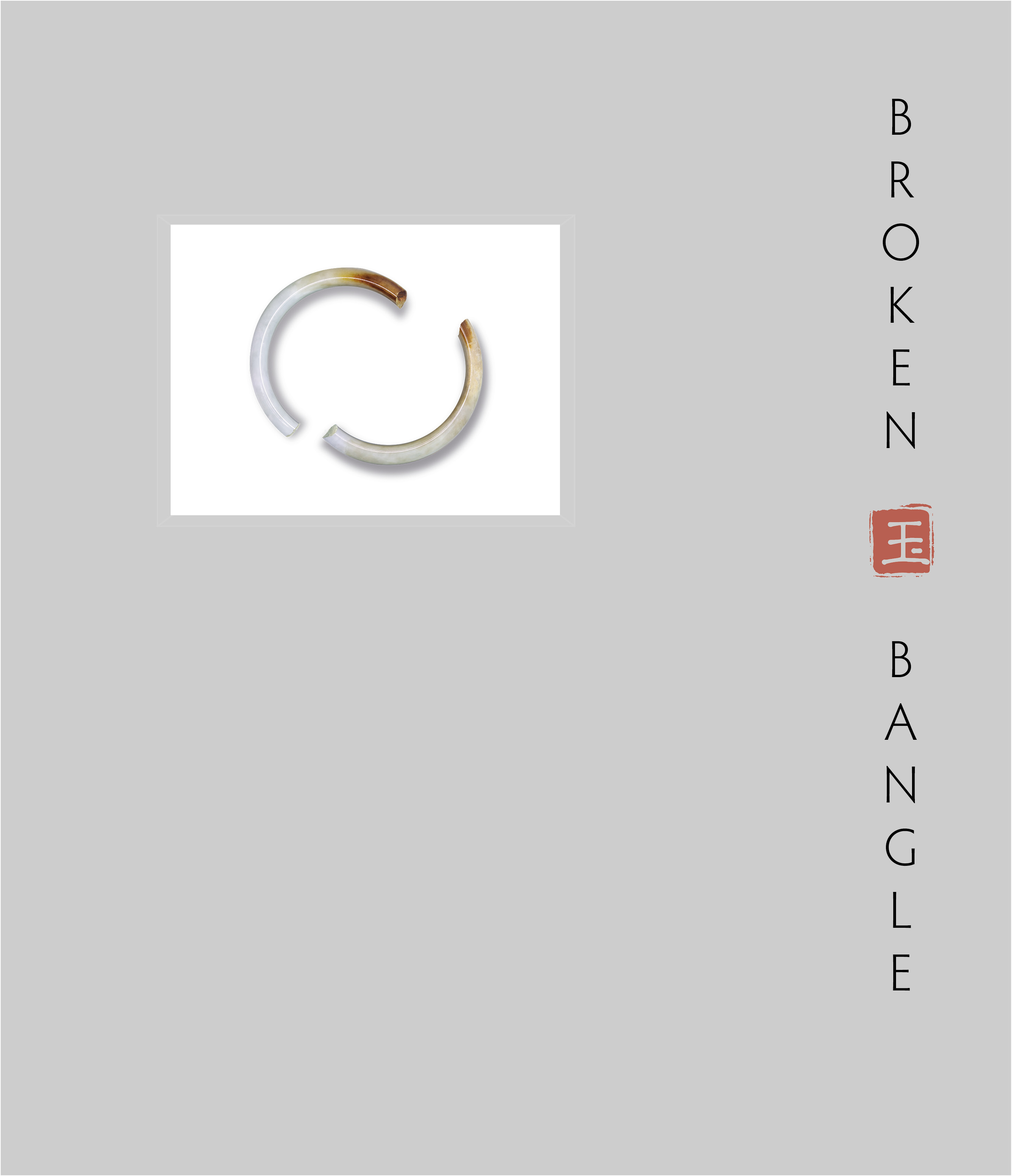
In recent years, jade nomenclature has been upended by the discovery by gemologists that the gem being sold as "jadeiite" is actually a rock composed of three different pyroxene minerals. But the problems of jade nomenclature run much deeper, literally to the application of the words nephrite and jadeite to jade in the mid-19th century. Already by the 1930s, mineralogists realized that one should not apply the name of a mineral species to a rock, but this knowledge sadly never made its way into the gemological lexicon. Broken Bangle tackles jade nomenclature from the earliest times to the present day, advocating that the mineral species names jadeite, omphacite and kosmochlor not be used because their application to rocks does not follow standard mineralogical/geological practices. In addition, breaking down rocks into their mineral components is not done anywhere else in gemology. Instead, the authors suggest that the traditional Chinese term fei cui be used for the pyroxene jade gems.
-
Burmese Jade | The Inscrutable Gem
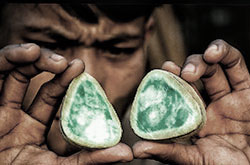
Myanmar's jadeite mines occupy a privileged place, representing the planet's principal source of fine jadeite jade. This article covers the deposits themselves, along with the cutting, grading and trading of jadeite.
-
Cobalt-Doped Glass-Filled Sapphires | An Update
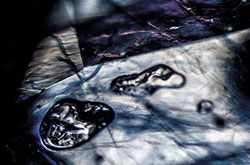
The history of glass-infilling in blue sapphire, along with a description of the latest treatment generation developed in Chanthaburi, Thailand.
-
Colored Stone Grading | A Heretic's Guide
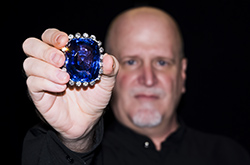
Developing a comprehensive colored stone grading system has been the dream of gemologists since the late 1970's, but despite a number of valient attempts, we are no closer to the goal today than we were four decades ago. This article examines the various problems of colored stone grading, explaining why the challenges are at least an order of magnitude greater than the grading of diamonds.
-
Curved Banding in Flame-Fusion Synthetic Sapphires

Short-wave fluorescent illumination provides a useful tool to spot curved banding in flame-fusion synthetic sapphire.
-
Discover the Gemstones: Ruby & Sapphire Exhibition | Hong Kong
Experience the hidden world of ruby & sapphire in this exhibition with Lotus Gemology and Van Cleef & Arpels' L'École School of Jewelry Arts
-
Fiber-Optic Light in Gemology | Living in the Dark Ages
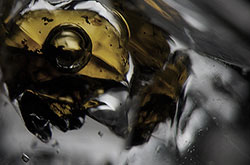
The role of fiber-optic lighting in gemological microscopy.
-
Fracture Healing of Ruby | Fluxed Up
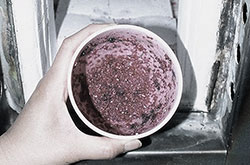
A discussion of the flux-healing treatment of rubies. This article was given the Richard T. Liddicoat Journalism Award by the American Gem Society in 2005.
-
Gem Inclusion Pairs | Hyperion Siamese Twins
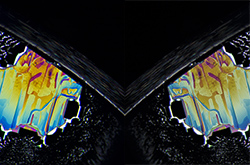
Why should Hugh Hefner be the only one to enjoy twins? This special Hyperion Inclusion Gallery features images from the Lotus Gemology Hyperion Inclusion Database, but are shown as pairs, all the better to compare one form of beauty with another.
-
Gem Inclusions & the Symmetry of Crystals | Inside Out

A discussion of how inclusion patterns mimic crystallographic symmetry in ruby and sapphire.
-
Gem Testing with the Spectroscope
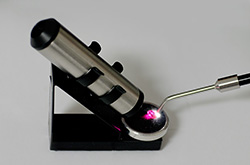
Many gemologists have difficulty mastering the direct-vision spectroscope. This article eases the pain. -
Gem Treatment Disclosure | Trust

The ethics of gem enhancement disclosure.
-
Gemology in the 21st Century | Betwixt Two Worlds

Traditional gemology considers itself a science, but typically omits a key element of the scientific method. And is gemology simply a science, or something more? Read on to learn the answer…
-
Gems & Gemology Lectures | Lotus Gemology Bangkok
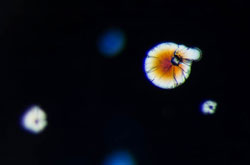
Lotus Gemology's gemologists have lectured extensively about a wide variety of gemological topics including ruby, sapphire, jade, and more.
-
Heat Seeker | UV Fluorescence as a Gemological Tool
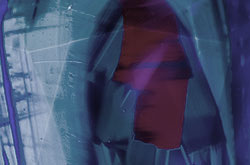
One of the greatest gemological challenges is determining if a ruby or sapphire has been heat treated. UV fluorescence can assist in that identification, as well as detecting fillers in emerald.
-
Identifying Yellow Sapphire Using the Blue Filter
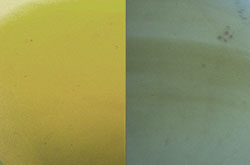
Introducing the blue filter as a gemological tool to separate natural and Verneuil synthetic yellow sapphires.
-
In Search of the Lost Andesine Mines | Part 1 | Hunting Barack Osama in Tibet

The subject of andesine in Tibet has been one of controversy since 2008. This article examines the history of the issue, along with detailing an October 2010 visit to the Tibetan andesine deposit.
-
In Search of the Lost Andesine Mines | Part 2 | Faith

The mining of natural red andesine in Tibet has been a subject of controversy. This article describes RWH's second visit to the Tibetan deposit.
-
Inclusions in Gemstones | Hyperion Literature Sources
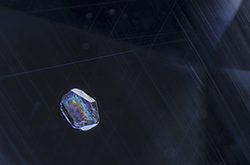
For those who wish to explore the literature of inclusions in gemstones further, we have selected the following articles and books that are of particular merit. Most of these are cited in the Lotus Gemology Hyperion Inclusion Database, and all can be found in our full Four Treasures Reference Database, but are listed below in a more convenient summary format. Many of the links will allow you to download a PDF copy of the original article.
-
Inside Out | GEM•ology Through Lotus-Colored Glasses | 2020
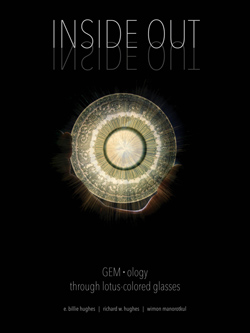
From the dawn of time, precious stones have both attracted and fascinated humans in ways that few other items could. For while objects of desire are found throughout the natural world, physical beauty is too often ephemeral. From the allure of a man, woman, flower or butterfly, through the fleeting moments of a sunset, there is little that lasts and practically nothing that can be passed down to our descendants. The exception is precious stones. Not only are they the most durable creations of Mother Nature, but their visual splendor is truly eternal.
This book presents a completely fresh approach to the subject. Dubbing it humanistic gemology, the authors take readers around the world, showing the places they have explored in their search for gems, along with the people and cultures encountered along the way. Within this volume, remarkable photographs of the human world are interwoven with images of the microscopic realm of the gems themselves. In a lifetime beset by time control, where living is broken into ever smaller bits, as you browse through these pages suddenly you plunge into a domain of frozen time, one that affords vistas of millions or even billions of years. For jewels offer not just superficial beauty, but a window on the primordial forces that birthed both our planet and universe.
Inside Out – Gemology Through Lotus-Colored Glasses represents a fascinating new direction for gemology, linking the external and internal worlds of precious stones for the first time.
Inside Out | GEM•ology Through Lotus-Colored Glasses Order Page
-
Instrument Review | GemmoRaman-532

The difference between a synthetic, treated, or untreated natural gemstone could mean a difference of thousands, even millions of dollars. Thus, it is no wonder that laboratories are becoming more in demand than ever. With treatments become increasingly sophisticated, gemologists and traders search for new tools to help identify stones.
-
Instrument Review | Presidium Synthetic Ruby Identifier
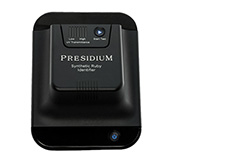
In the lab and marketplace alike, gemologists and gem traders seek to separate natural ruby from synthetic with training and gemological equipment. But what if there was an easier, faster method?
-
Jade | A Gemologist's Guide | 2022
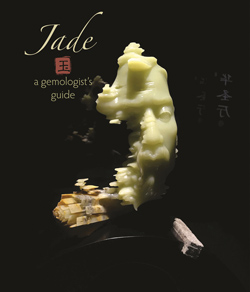
The study of jade is unlike any other gem, trespassing across all conventional boundaries, particularly those of the gemological and mineralogical realm. Despite the march of mineralogical orthodoxy and conformity, the word “jade” is a fist in the air of protest, crying out not for reduction and definition, but an expansion of the mineralogical lexicon to include the cultural aspects of human civilization and life. The word “jade” is the anti-mineral. Because jade is so much more than a simple census of atoms, their valence states, and their places of residence.
An understanding of jade is not limited to the technical or exacting; it also incorporates a feeling for the cultural, textural, and ephemeral qualities that make the study of this gem unlike any other in the world of gemstones. It is our heartfelt hope that this volume will not just fill the “traditional gemological” gap, but will open readers’ eyes to a world beyond. Because jade is so much more.
While the literature on jade is vast, perhaps greater than any other gem, there is a distinct lack of a volume that treats jade as a gemological material. This book is designed to fill that gap, with extensive information on the history, sources, appraisal and identification of both treated and the various forms of imitation jade. All of this is together in a single volume for the first time, making this a must-have for all collectors, dealers, gemologists, appraisers, curators and anyone else with an interest in this fascinating gem.
-
Long-Wave Ultraviolet Torches • A Gemologist’s New Best Friend
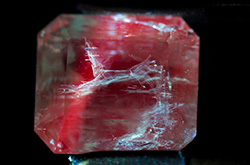
This article discusses the use of handheld long-wave ultraviolet torches with the microscope. It has been found that these have tremendous utility in identifying and characterizing certain oiled gemstones, such as emerald, tourmaline, etc.
-
Made You Look | The Challenges of Identifying Inclusions at First Sight

This article discusses the challenges of identifying inclusions based on observation alone. While certain features can help narrow down the possibilities, other methods such as micro Raman help identify inclusions with a greater degree of certainty.
-
Nephrite and Jadeite | First English Translation of this 1875 Classic | 2025

In 1875, Leopold Heinrich Fischer (b. 1817; d. 1886) published an extraordinary work on jade, Nephrit und Jadeit, by far the most comprehensive ever to appear. Fischer examined jade not just from China, but from around the world. His book was the first ever to appear in a Western language entirely devoted to jade as we know it today. As you thumb through the pages that follow, the depth of Fischer’s work will amaze. There is an astonishing amount of detail here. That this could be the product of a single author is simply beyond belief. Fischer goes on and on, as he tracks virtually every Western (and some Oriental) source. One senses an obsession, days in cold museums and libraries examining dusty texts, sleepless nights poring over a candle-lit desk scratching out sentences with a quill, condensing this enormous body of human history into a book of just a few hundred pages. It is truly astounding and a book that will delight those who open its pages. This English translation includes a special 43-page appendix containing full bibliographic details of all the references cited by Fischer, as well as additional references on jade in both Western languages and Chinese, making it a valuable resource for scholars.
-
Oiled Gems Lab Alert • Lotus Gemology
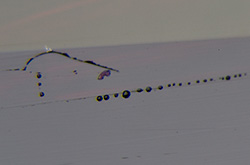
Lotus Gemology warns that oiled rubies, sapphires and spinels are entering the Bangkok wholesale market in increasing numbers. Most, but not all, of these gems are originating from Burma.
-
Padparadscha or Pretender | An Unusual Pink-Orange Sapphire
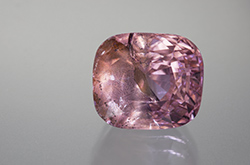
An orangish pink “padparadscha” sapphire was submitted for testing at Lotus Gemology’s Bangkok laboratory. Testing showed a number of conflicting features that suggested the gem was a cleverly treated synthetic pink sapphire designed to imitate natural padparadscha.
-
Padparadscha Sapphire & the Ownership of Words

A discussion of the definition of padparadscha sapphire, from early to modern times, along with the difficulty in standardizing such definitions.
-
Pleochroism in Faceted Gems | An Introduction
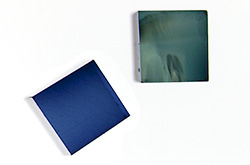
The phenomenon of pleochroism in doubly refractive (DR) gemstones is described, as it relates to overall color appearance in the context of faceted gems. With strongly pleochroic gems, pleochroism can be seen in faceted gems, even if the table facet is oriented perpendicular to an optic axis. This is because facets change the direction of light as it moves through the gem.
-
Ruby & Sapphire (Corundum) Inclusions | The Lotus Gemology Crystal Registry
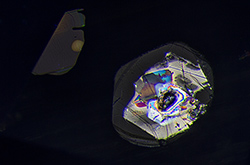
Solid inclusions have been used by gemologists as a means of determining origin. While there is a great deal of overlap from one source to another, there are also important differences. For example, while apatite has been identified in sapphire from Madagascar, Myanmar and Sri Lanka, apatite has never been identified in sapphire from Kashmir. Thus the purpose of this article is to give a full listing of solid inclusions in gem corundums from around the world, with each occurrence fully referenced. This is provided with the goal of making origin determination of ruby and sapphire more accurate. -
Ruby & Sapphire | 1997
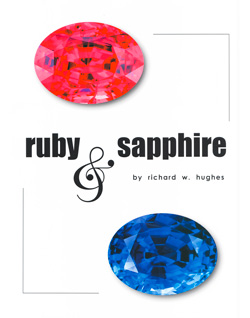
Ruby & Sapphire is widely acknowledged as one of the finest gemology books ever published. Not just an update of his previous volumes on ruby and sapphire, it represents something rarely seen in a technical book, a fusion of accurate science and spirited, accessible prose. Within its pages, one finds information on prices, quality analysis, sources, history, treatments and identification. Featuring over 300 color photos and 2500 references, this now out-of-print volume is today highly sought after by collectors and gemologists, who pay as much as $1000 or more for the privilege of owning a copy.
Out-of-print. Try searching on second-hand book sites.
-
Ruby & Sapphire | A Gemologist's Guide | 2017

Designed as a companion to Ruby & Sapphire: A Collector's Guide, this massive volume is aimed specifically at working gemologists, appraisers and students. Based on Richard W. Hughes' 1997 classic, Ruby & Sapphire, this edition is fully updated. The product of nearly 40 years of firsthand experience and research, it covers every aspect of the subject from A–Z. History, sources, prices, quality analysis, synthetics and treatments, everything is here. With over 1000 photos, maps and illustrations and 3500 references, Ruby & Sapphire—A Gemologist’s Guide represents the most comprehensive book ever written on a single precious stone.
-
Ruby & Sapphire Books | Collecting the Literature of Corundum | Hidden Treasure
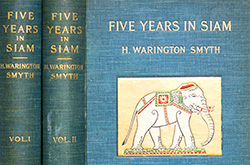
A discussion of the literature of ruby and sapphire (corundum), with particular emphasis on the most collectible books covering ruby and sapphire around the world.
-
Ruby & Sapphire Colors | From Peacock to Pigeon's Blood | 2017

A layperson's introduction to the ruby & sapphire color types used at Lotus Gemology.
-
Ruby, Pink Sapphire & Padparadscha | Walking the Line
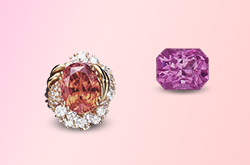
An examination of the problem of separating pink sapphire and padparadscha from ruby.
-
Rutile in Corundum | Following the Silk Road
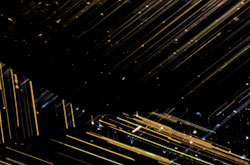
A discussion of rutile silk in corundum and its use in detecting artificial heat treatment. Careful examination of these "silk" inclusions can provide vital clues to unmask heated gems.
Rutile Silk in Sapphire | Discovery in 1878

In 1878, the noted Austrian mineralogist, Gustav Tschermak von Seysenegg [1836–1927], was the first to properly identify silk in corundum, finding it to be composed of the mineral rutile (TiO2). An English translation of his landmark paper is included, along with the original German version.
Spinel | Resurrection of a Classic

Since the turn of the millennium, the price of fine spinel has risen at an incredible pace. No longer simply the poor man's ruby, spinel is finally getting the attention it deserves as one of the world's premier gems.
Spinel Inclusions | An Exercise in Aesthetics

To the jeweler, spinel is famous for its vivid colors. But for the gemologist, this gem is unlike any other. Its extreme hardness allows a fine polish. Couple this with single refraction, which eliminates the image blurring found in most other gems, and a varied landscape of inclusion subjects, and the result is an unparalleled canvas of delight for the photomicrographic artist.

